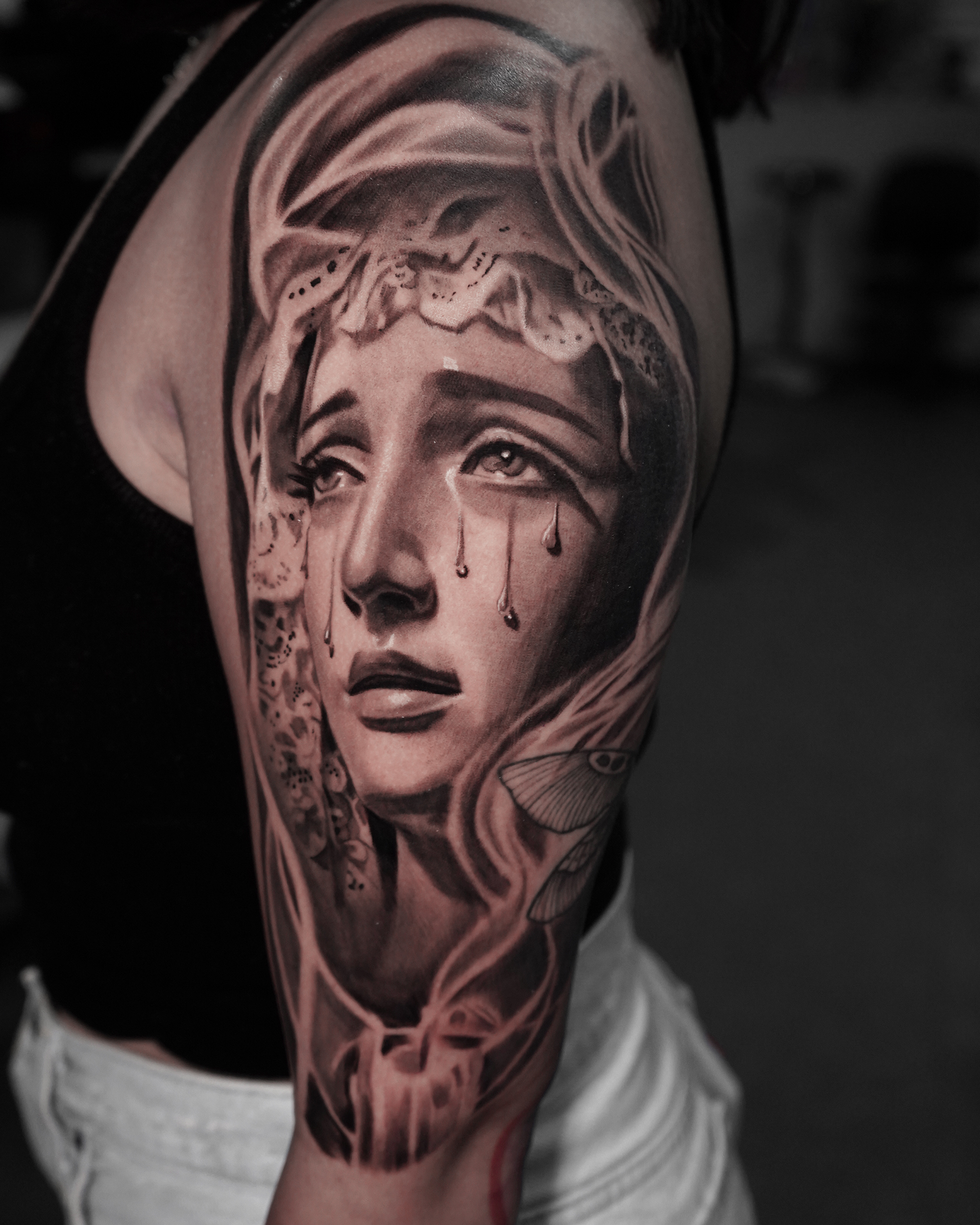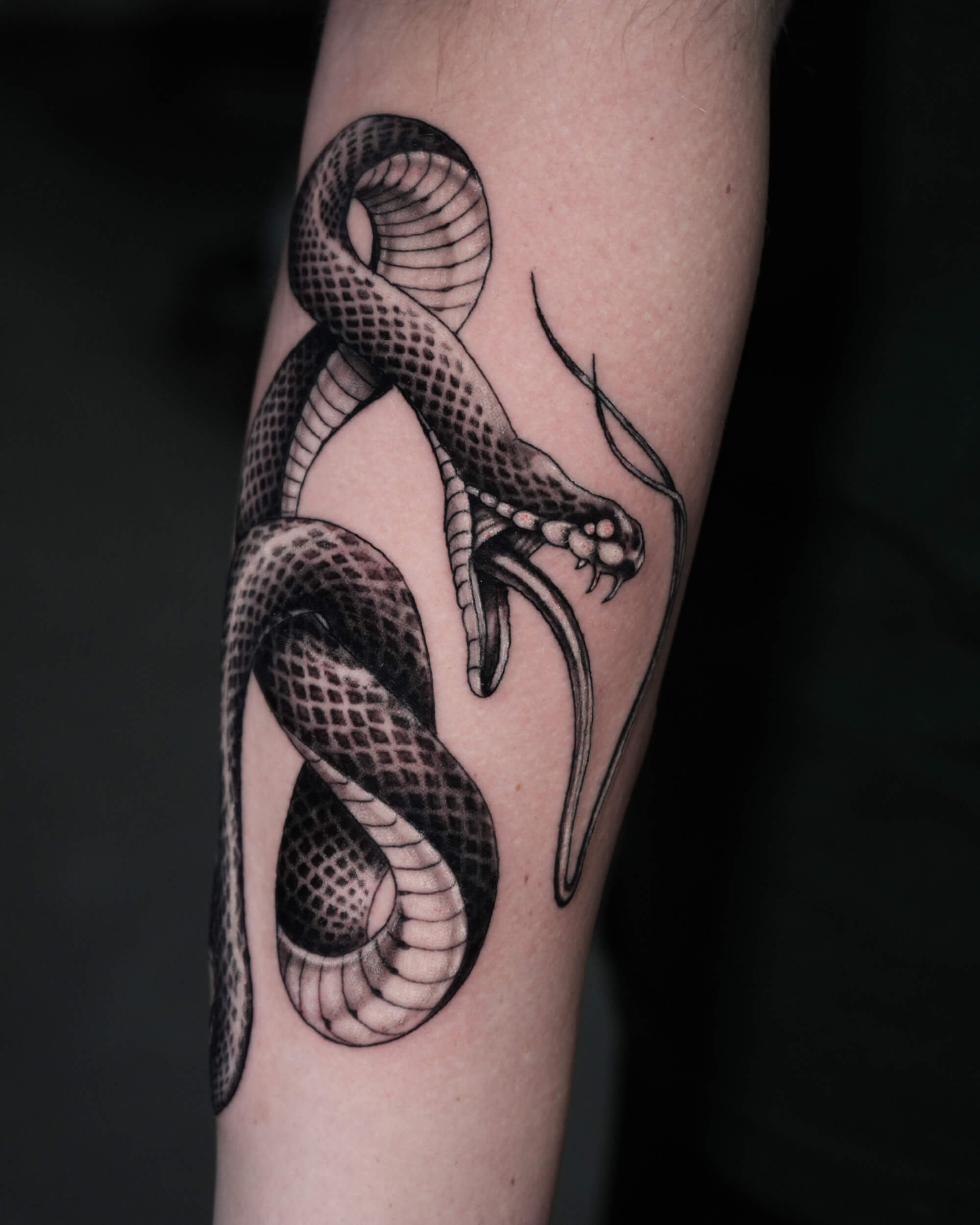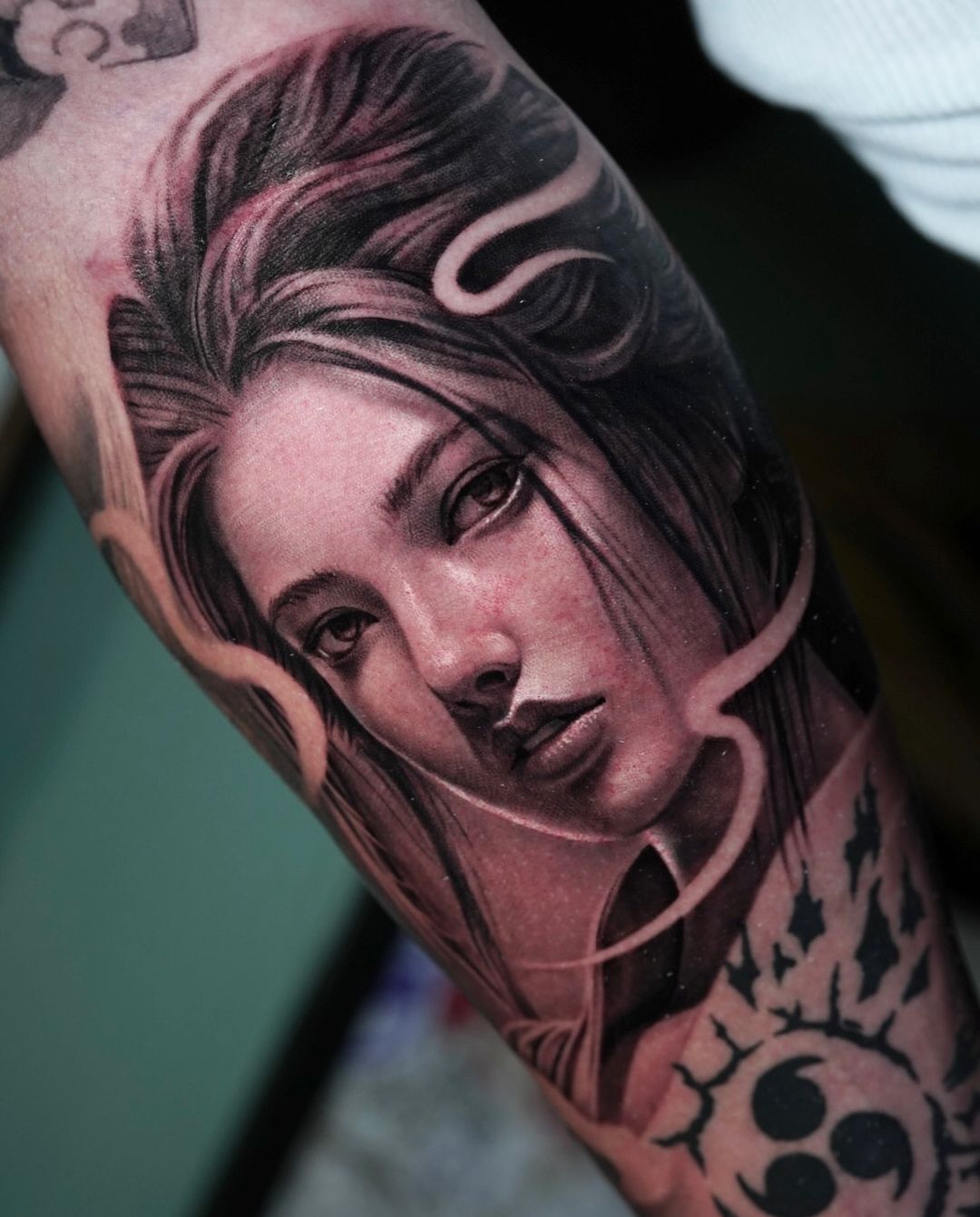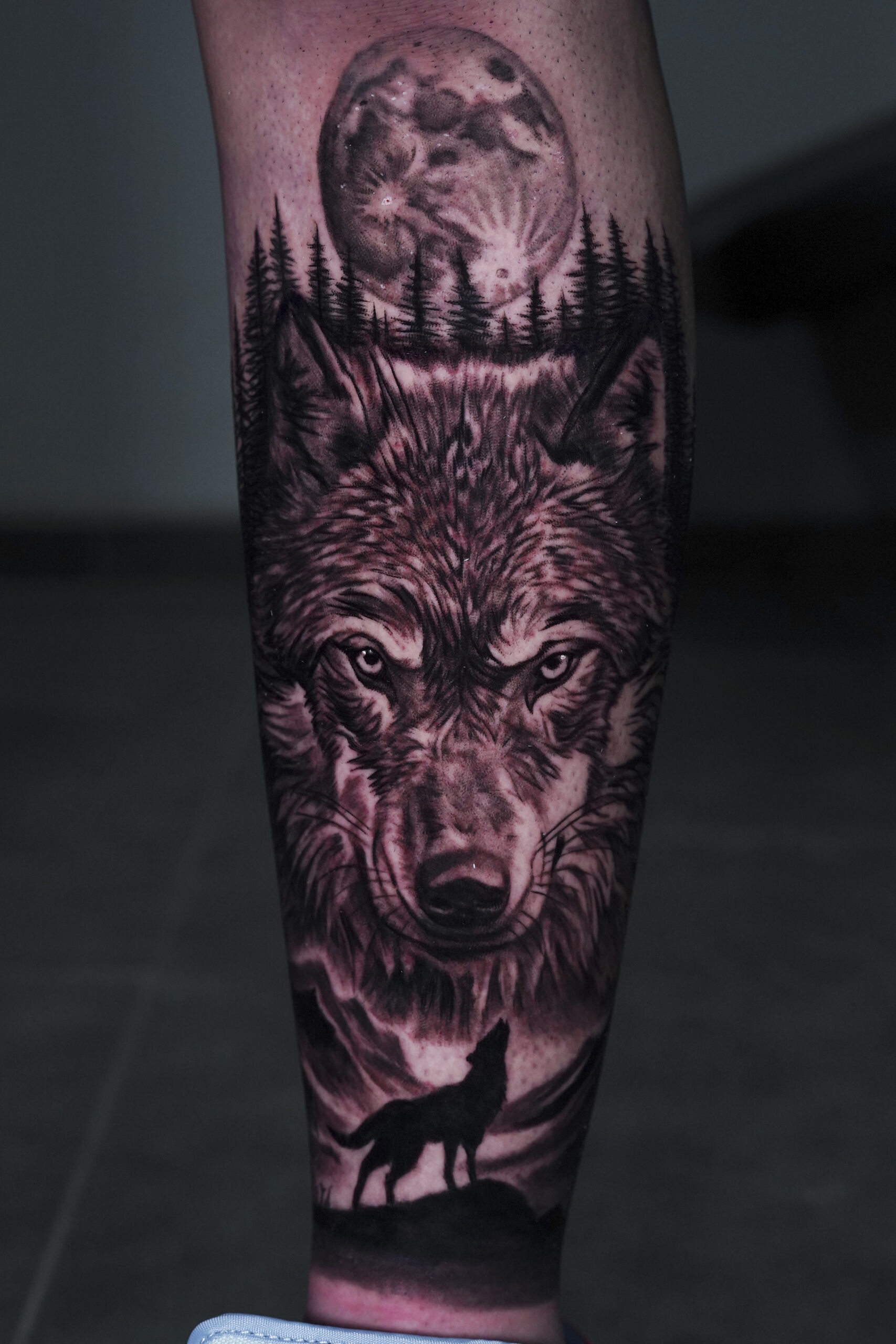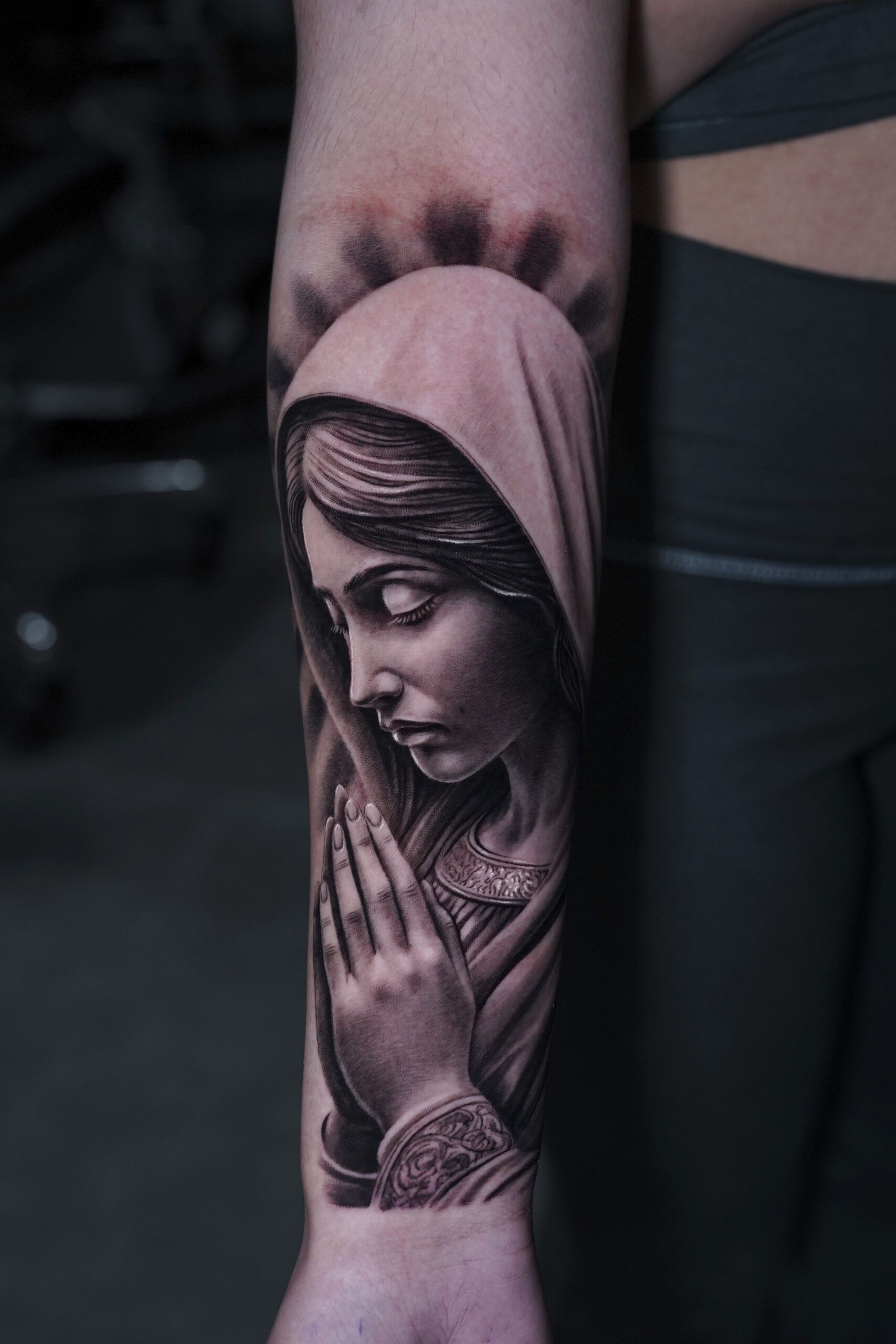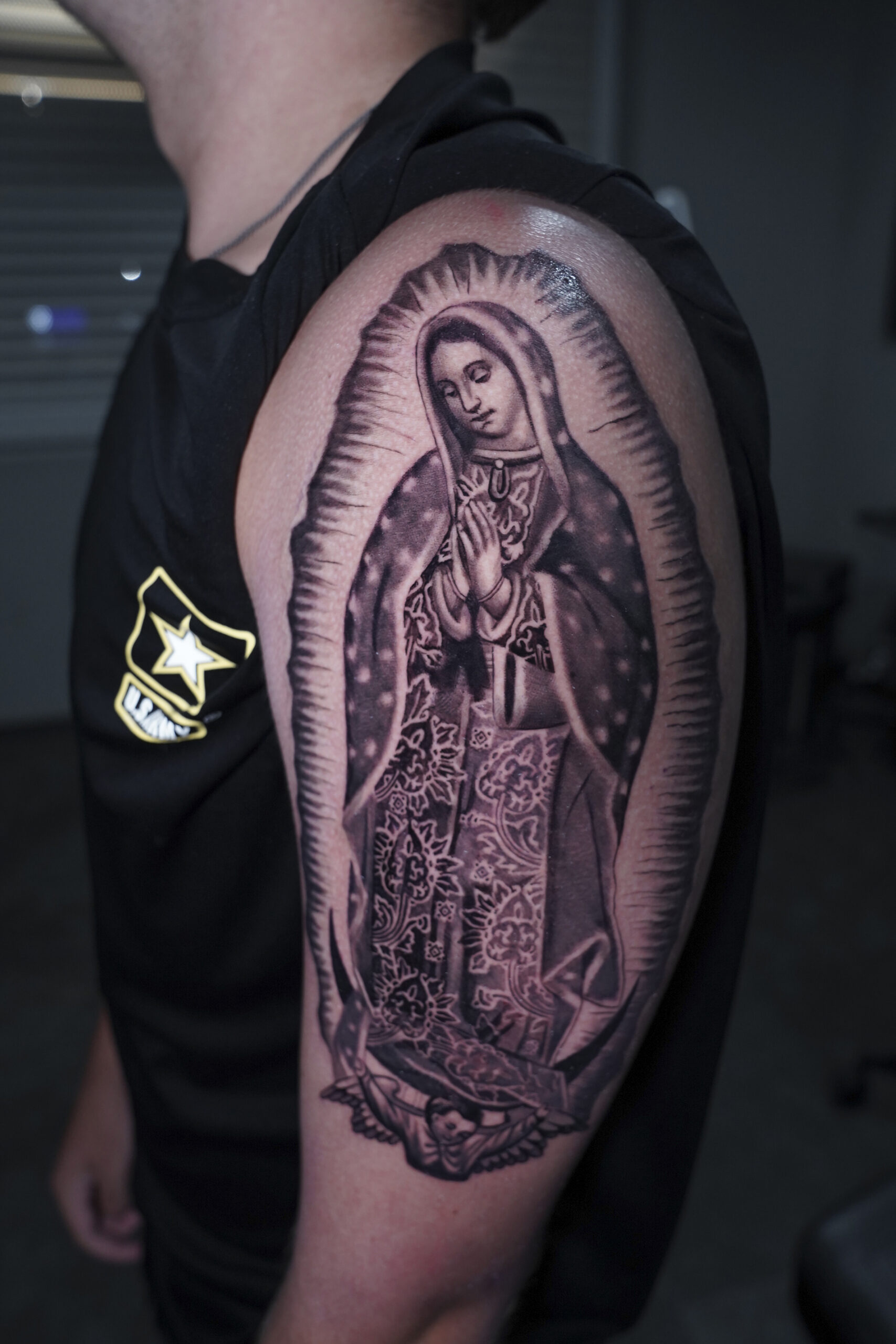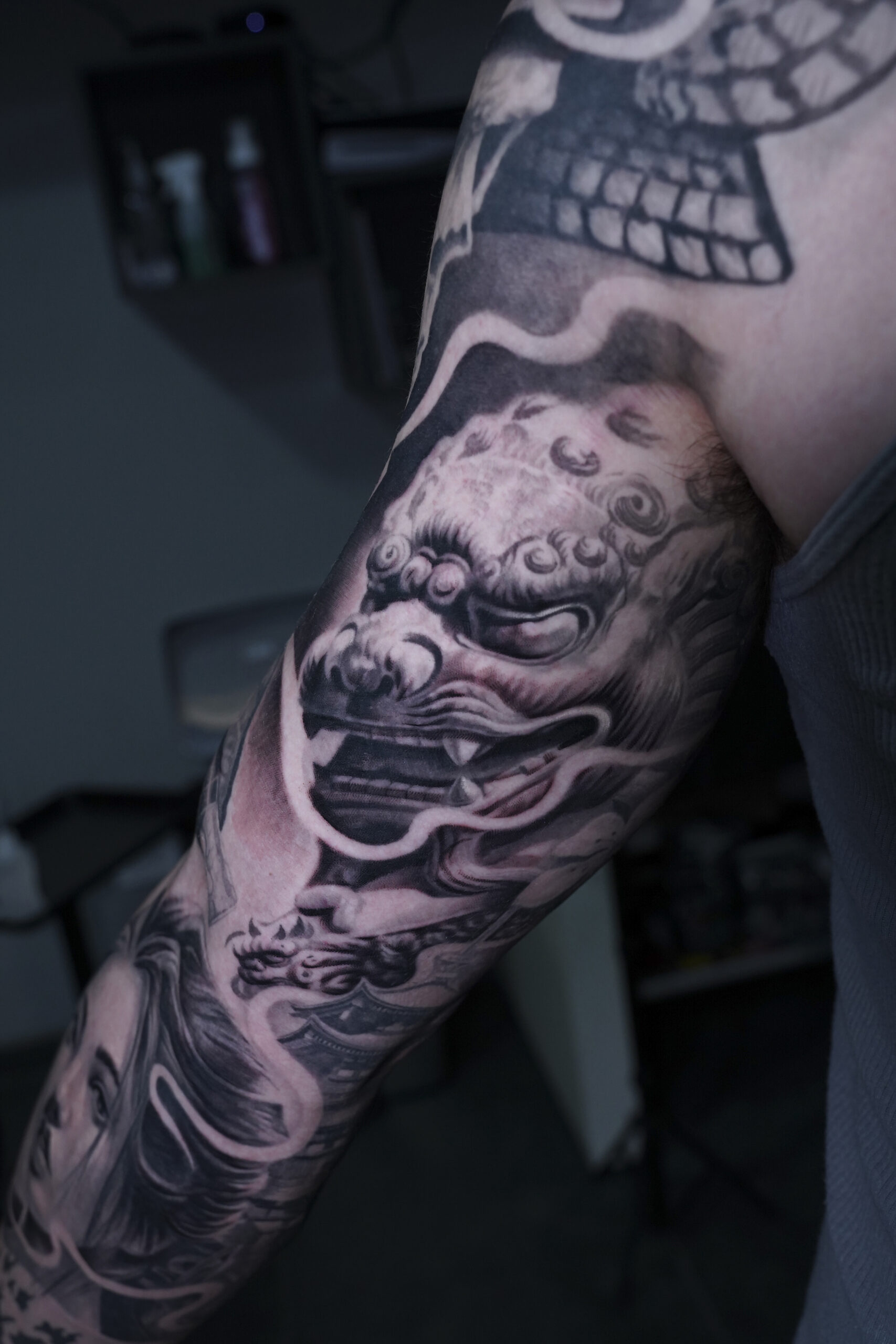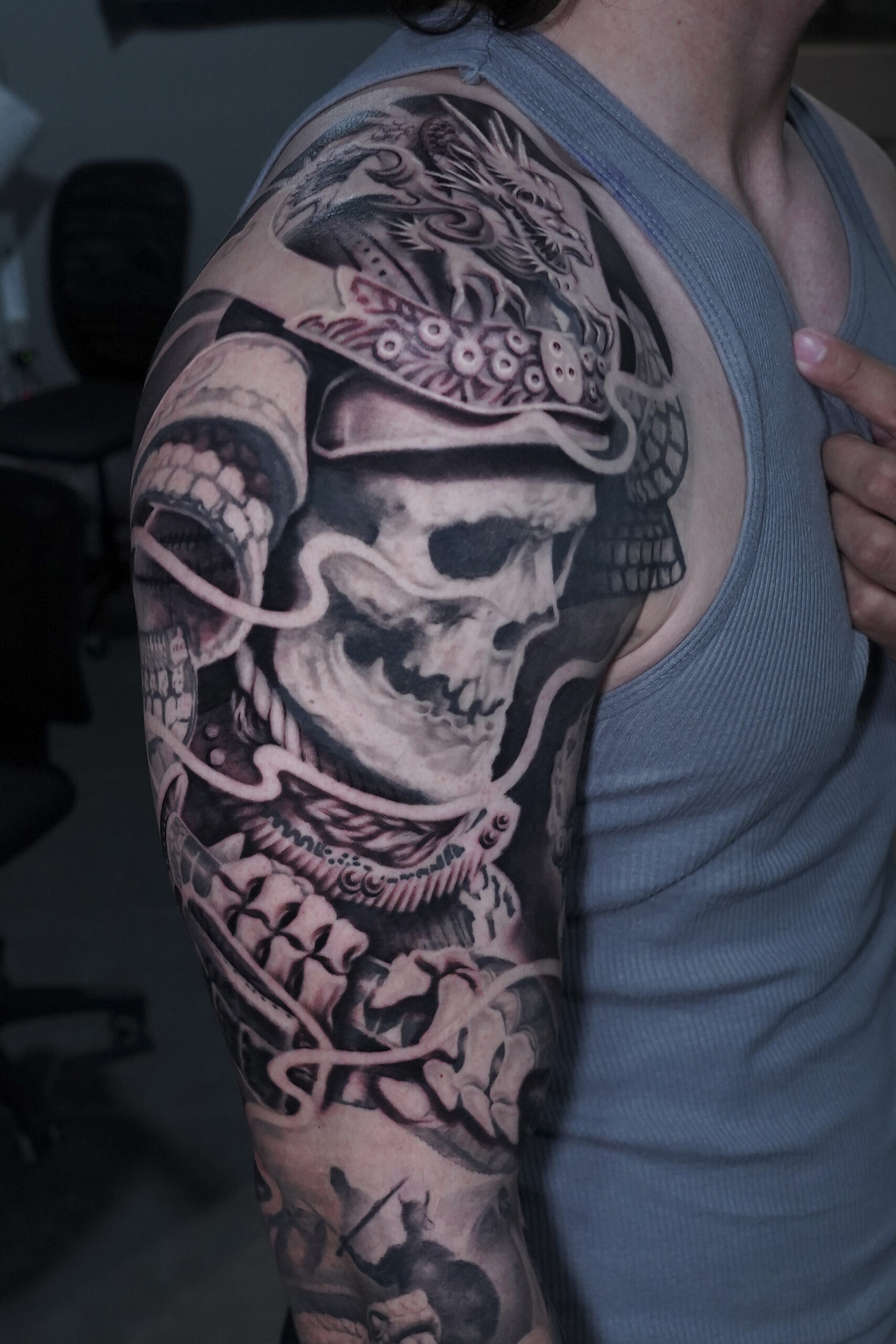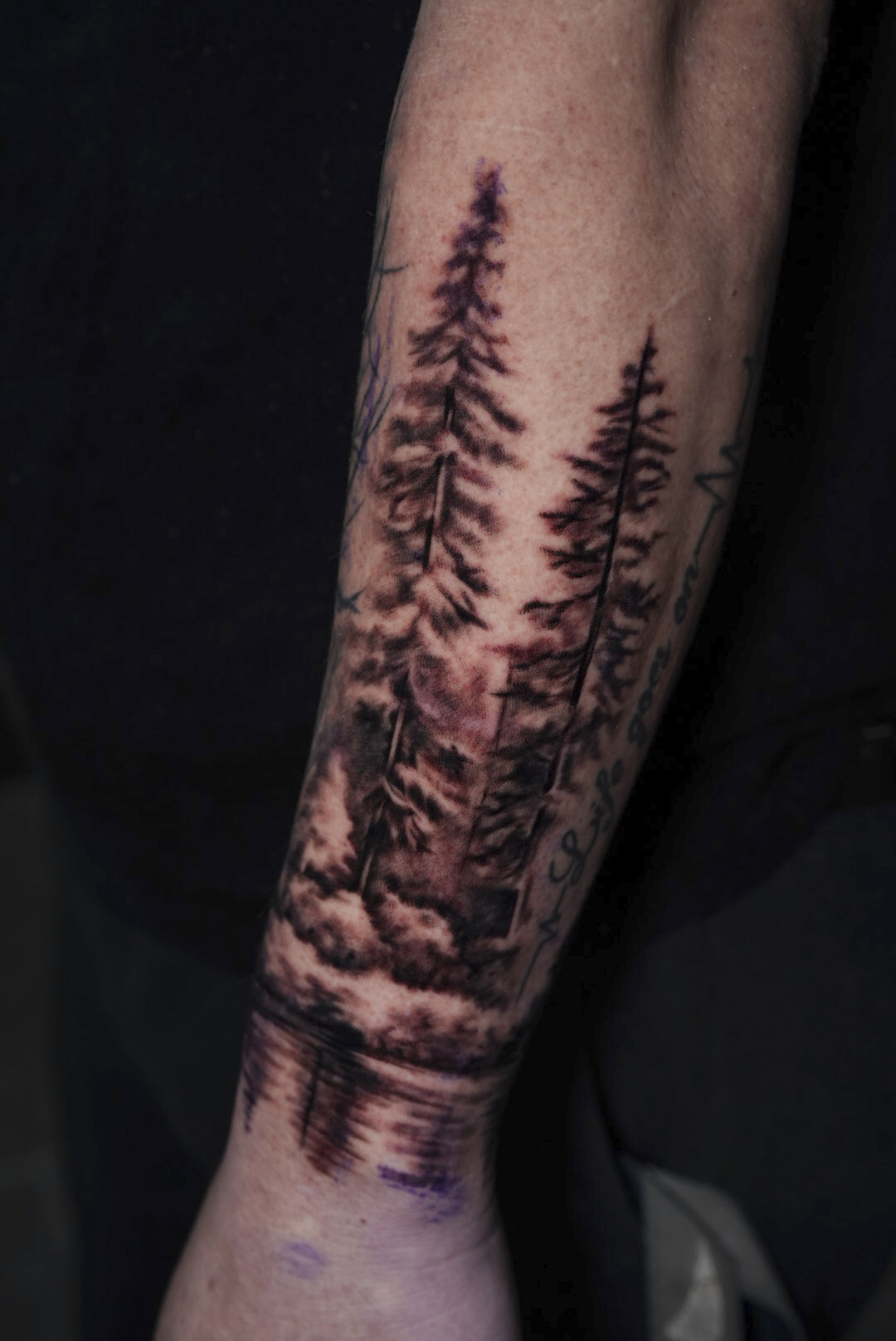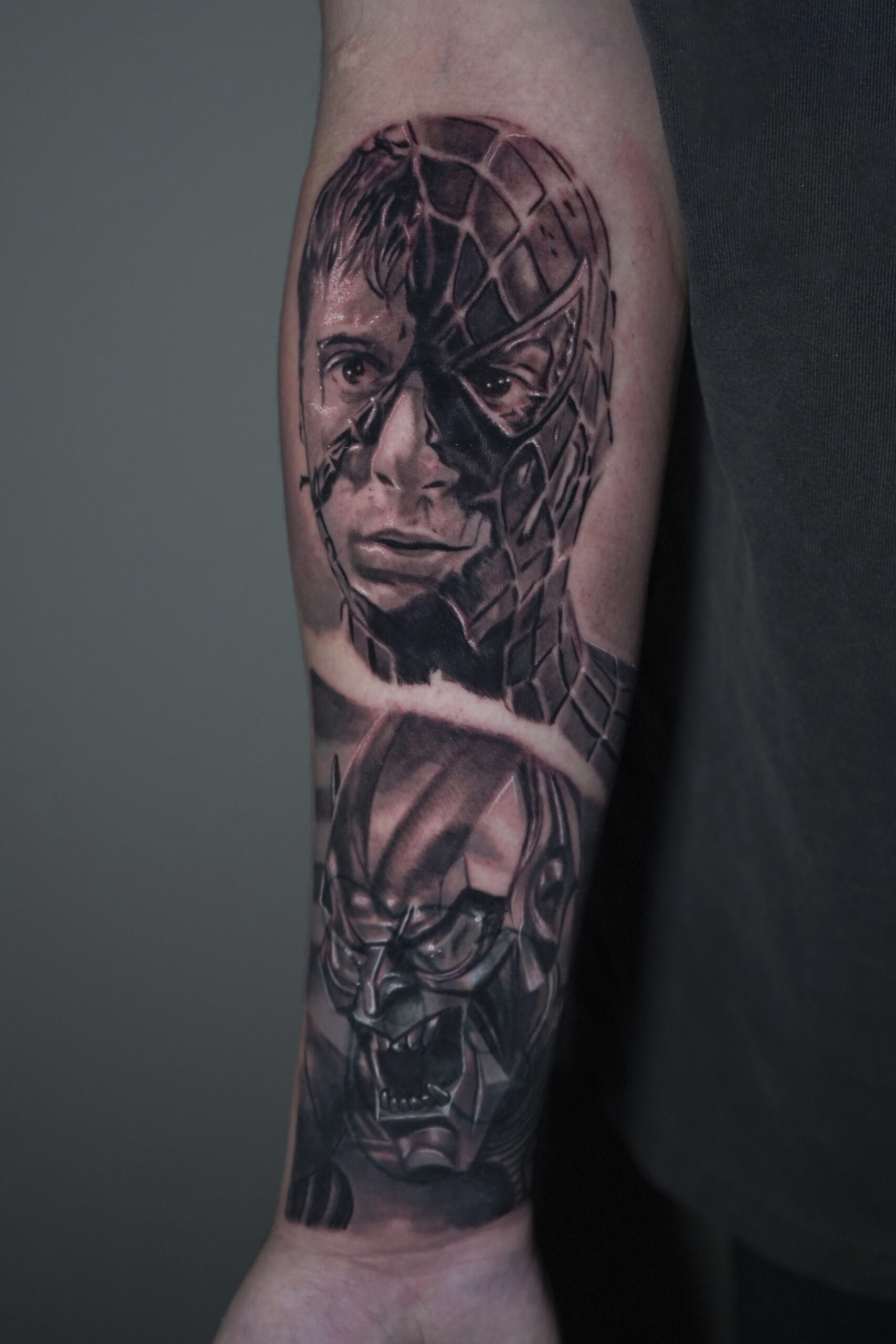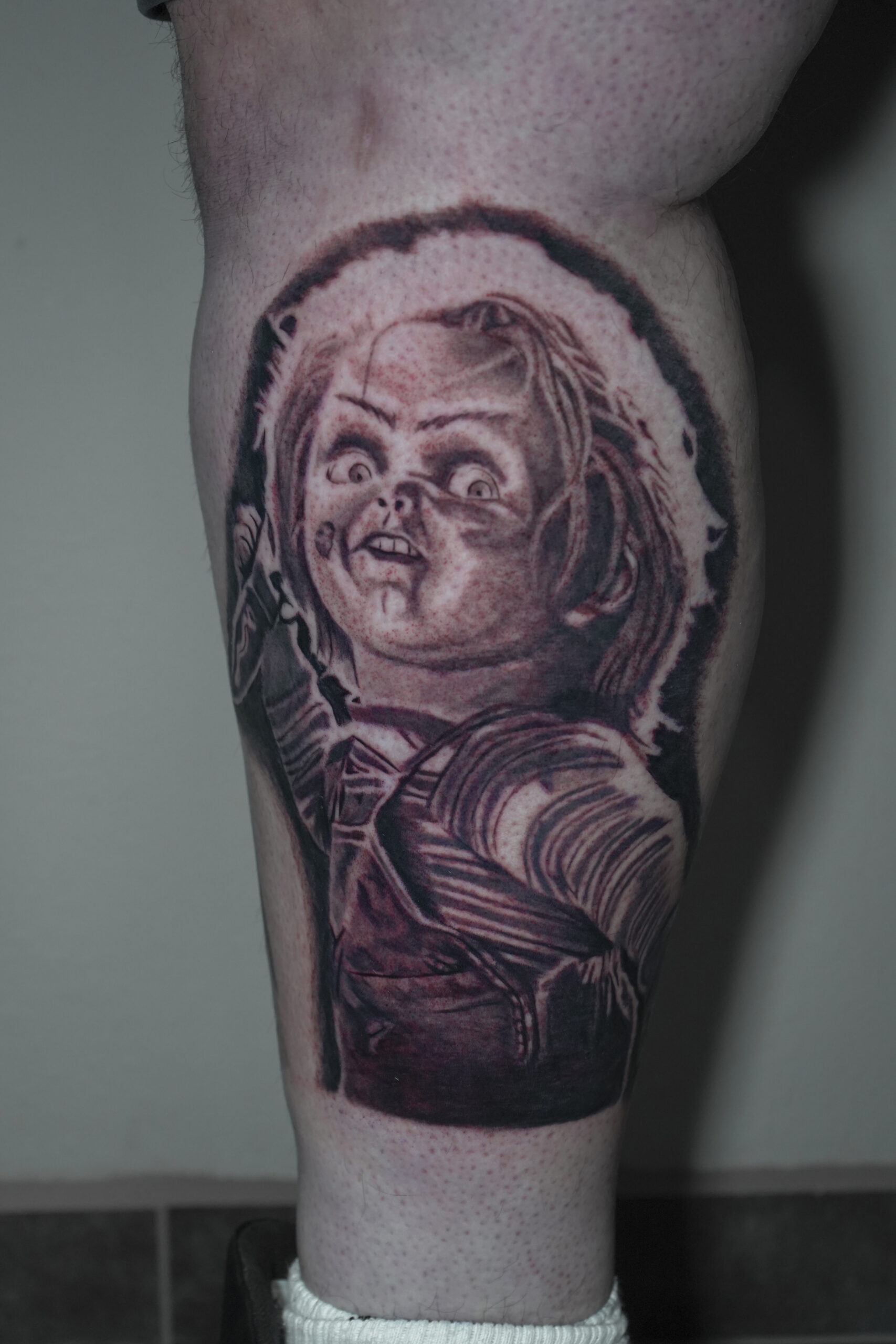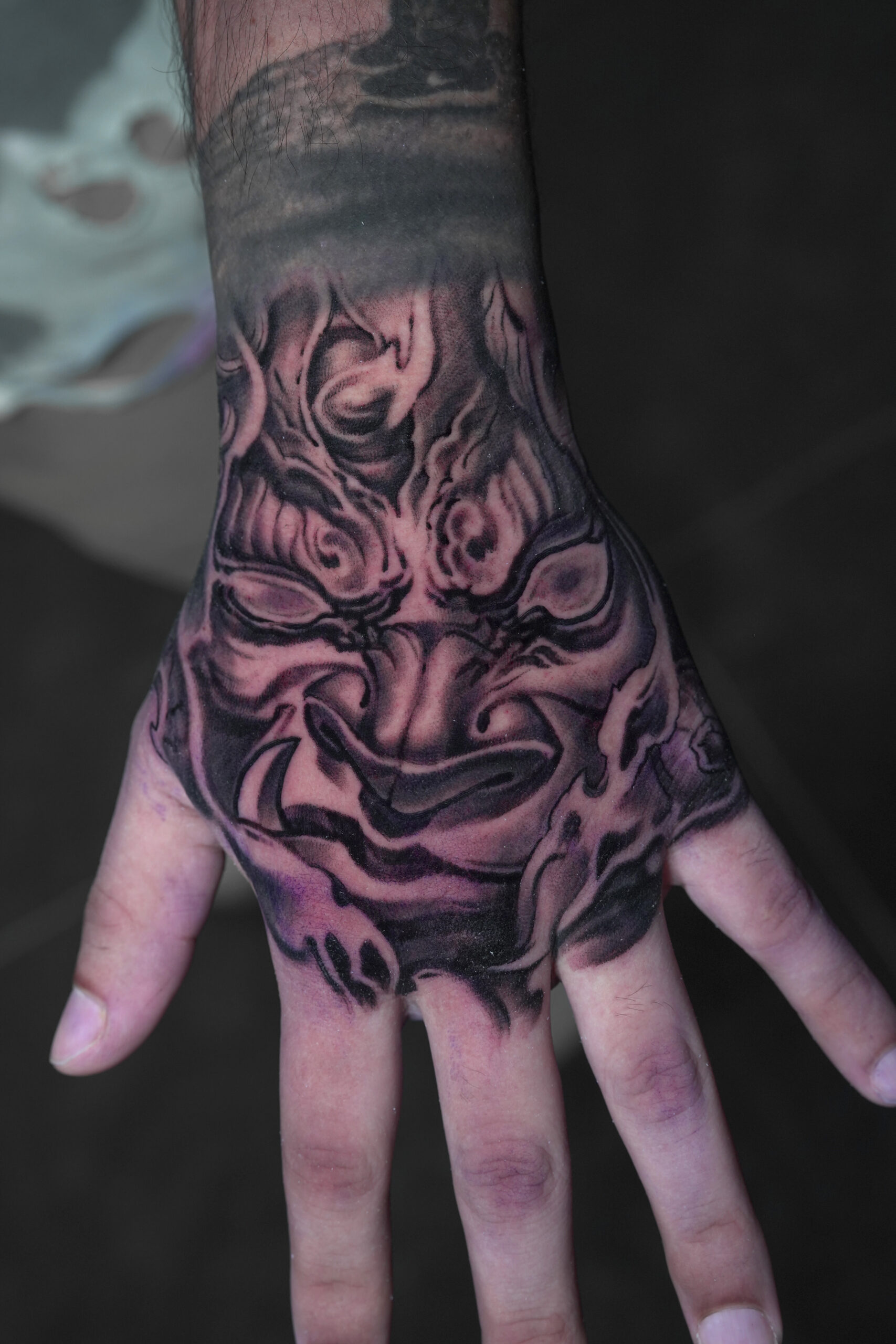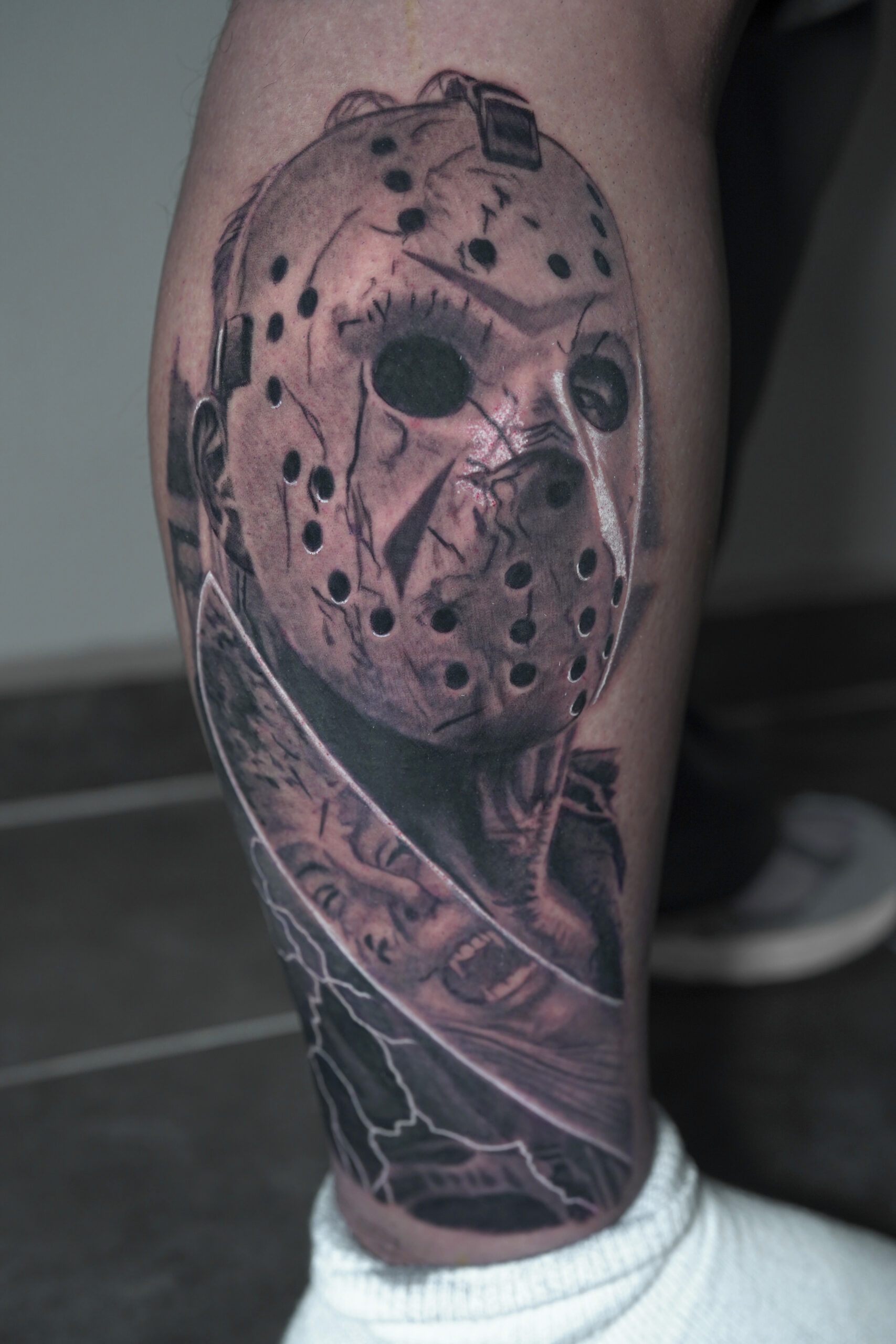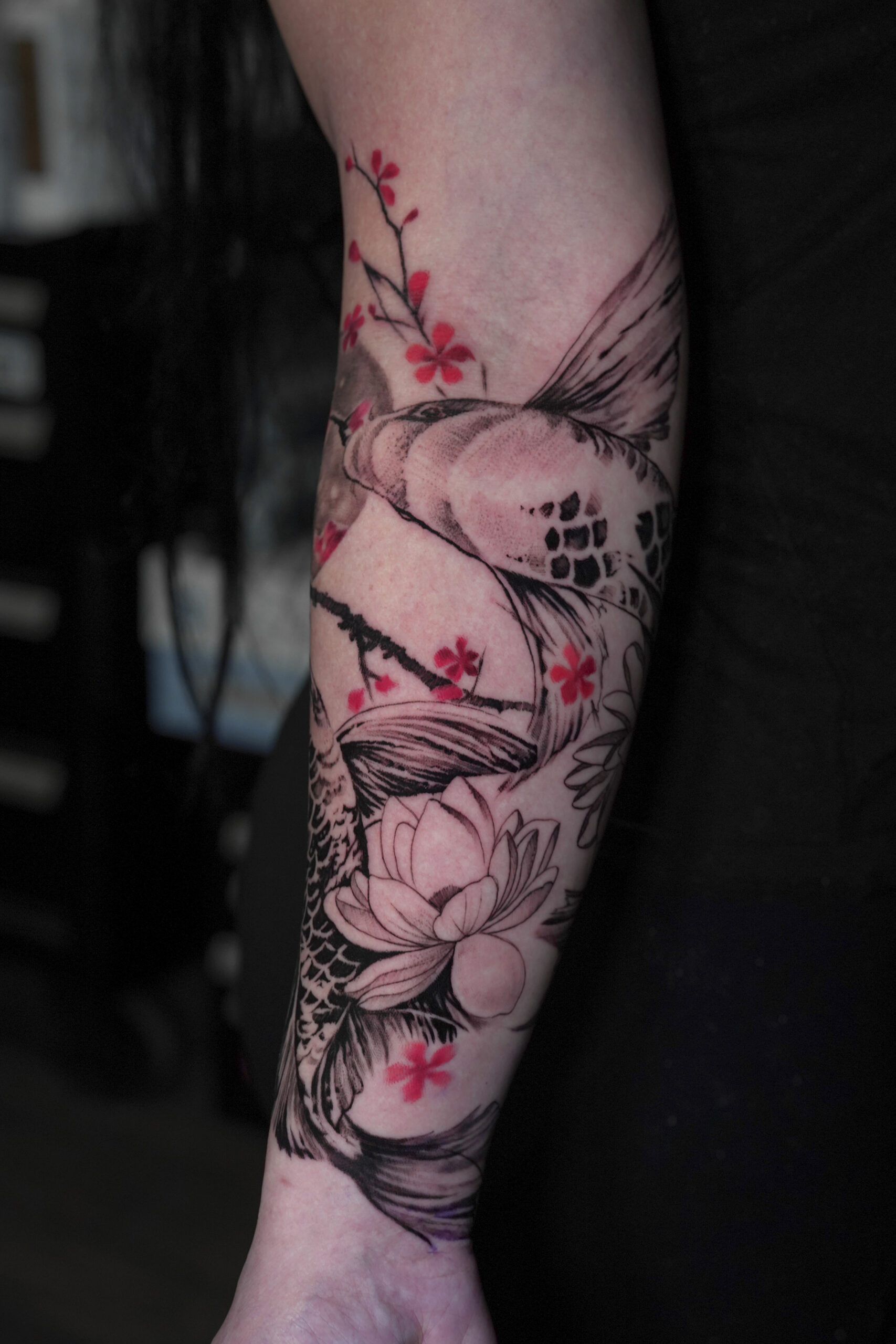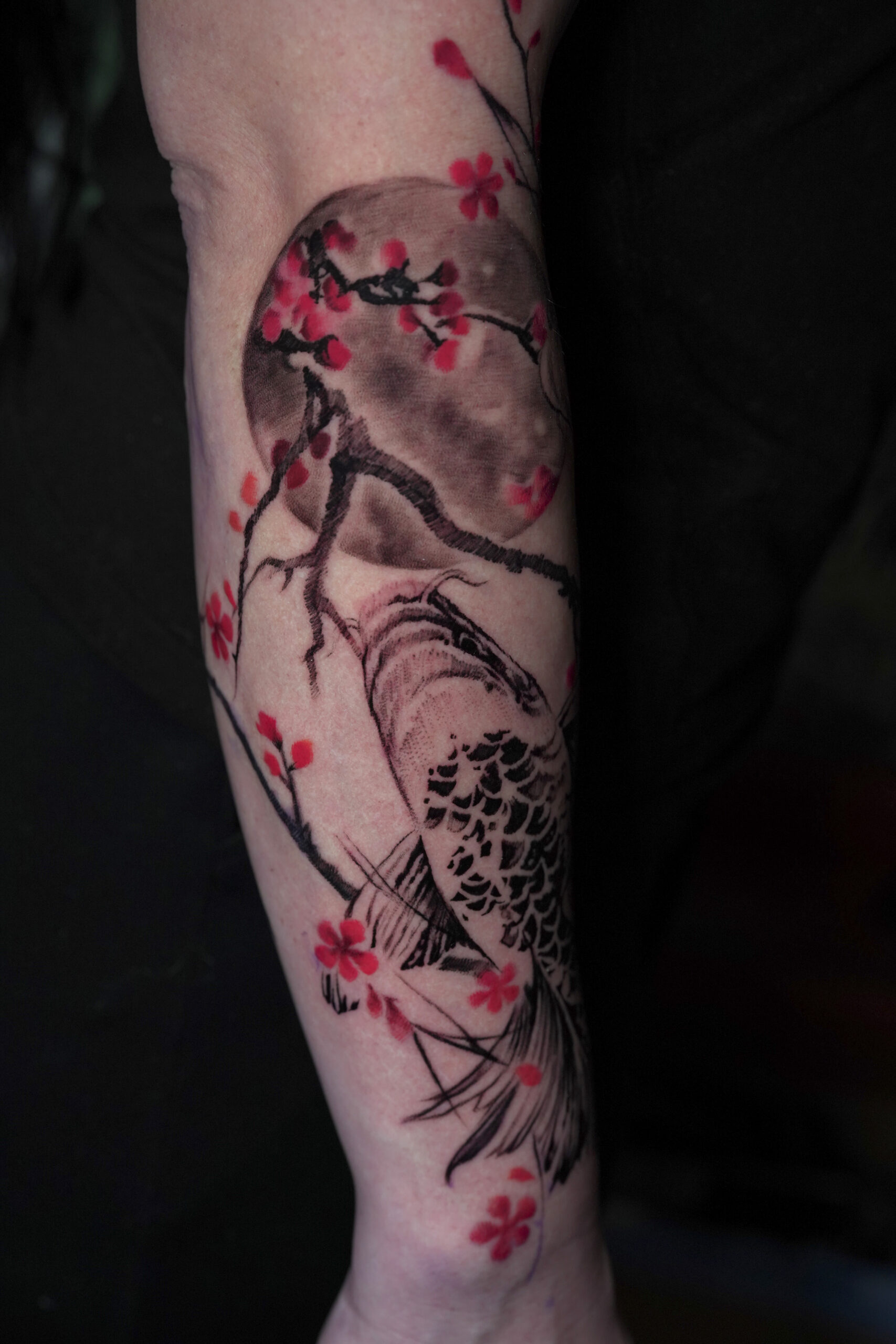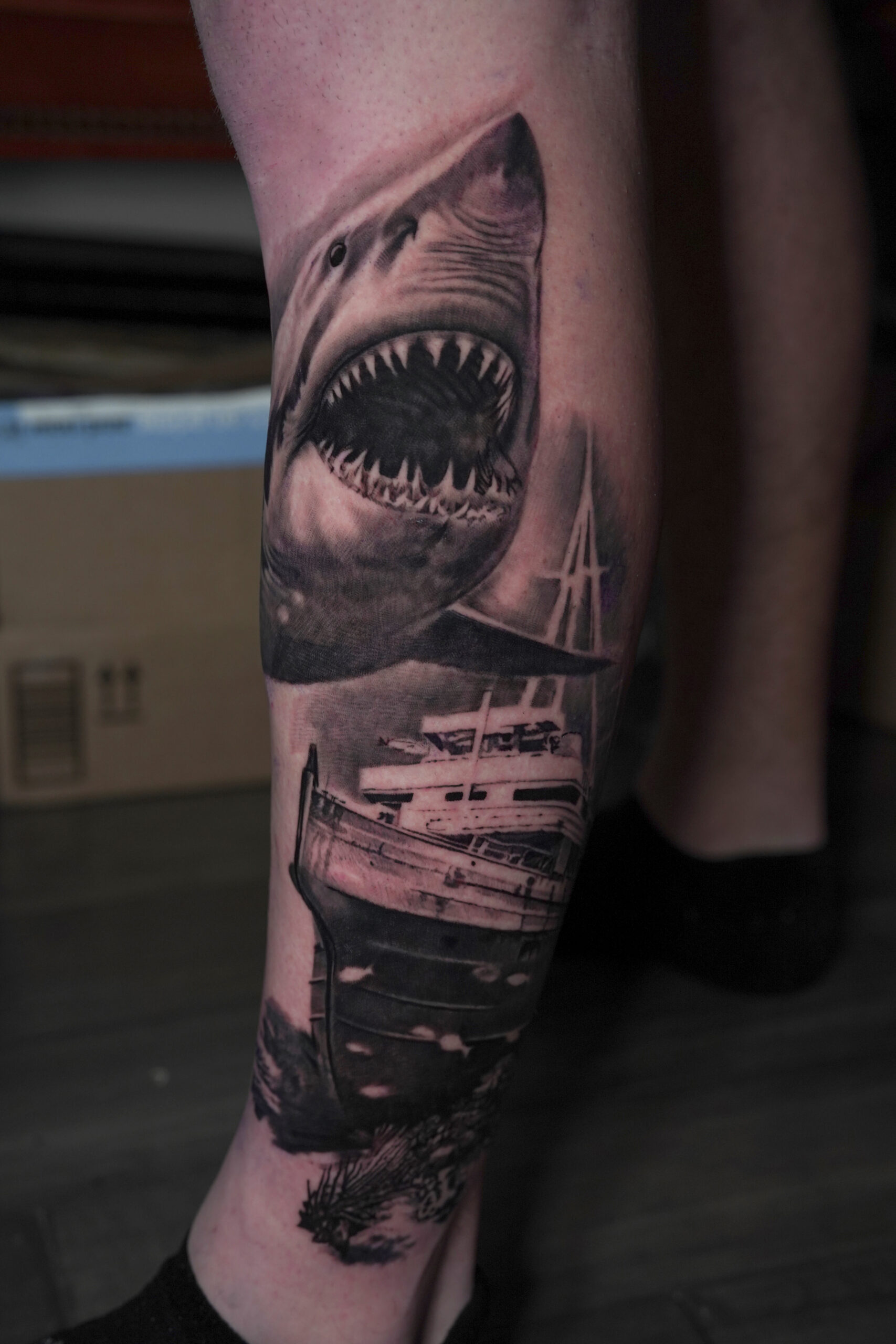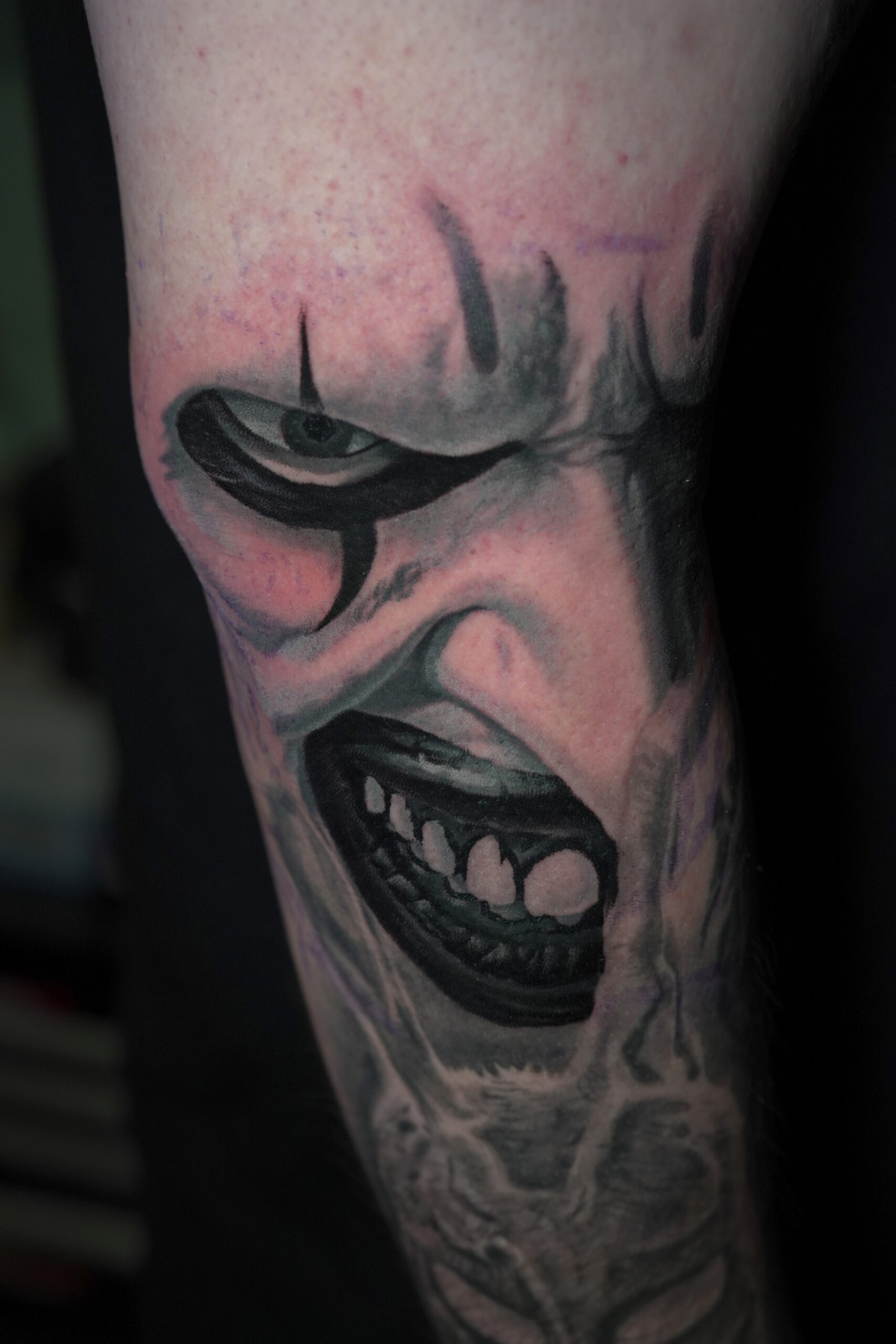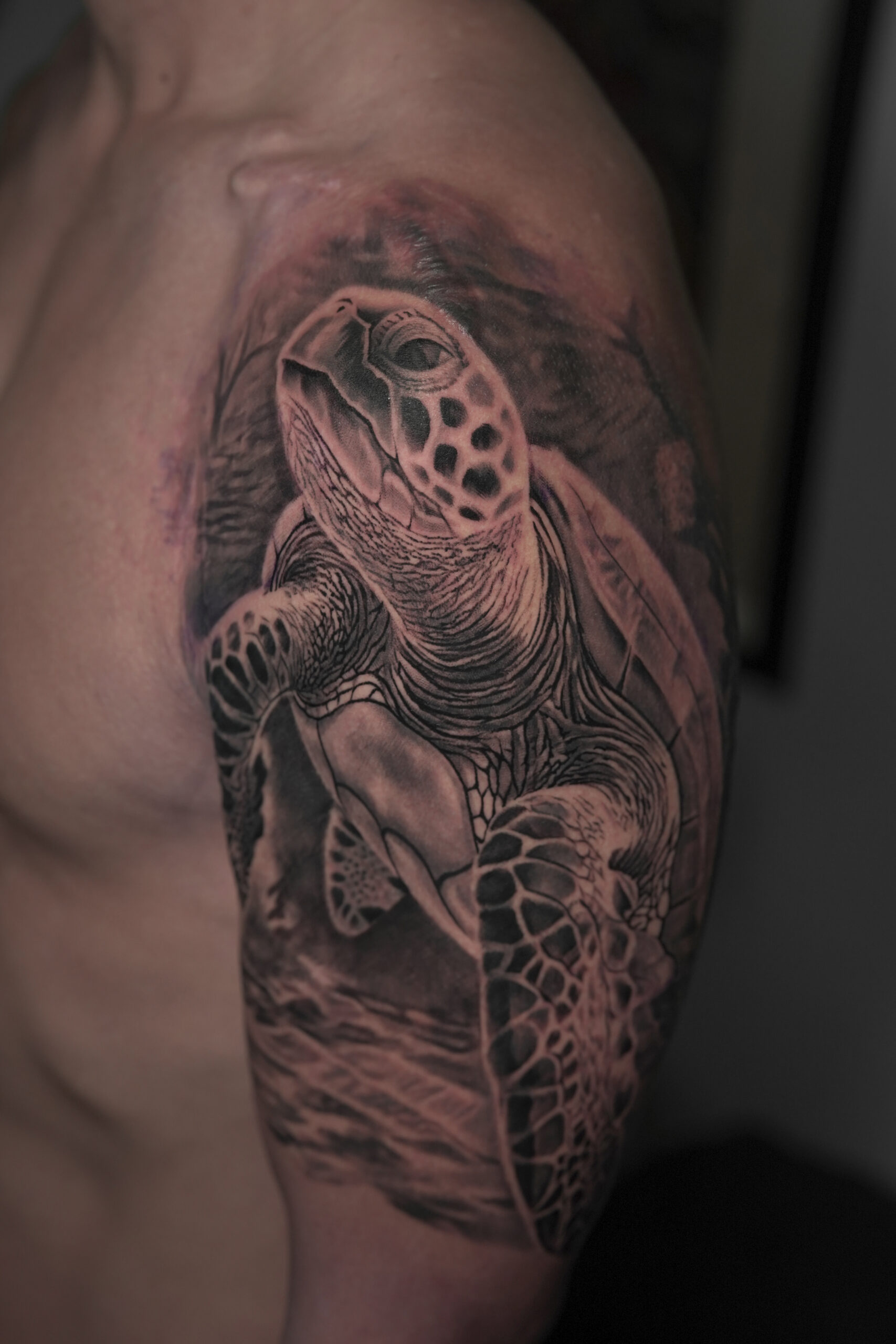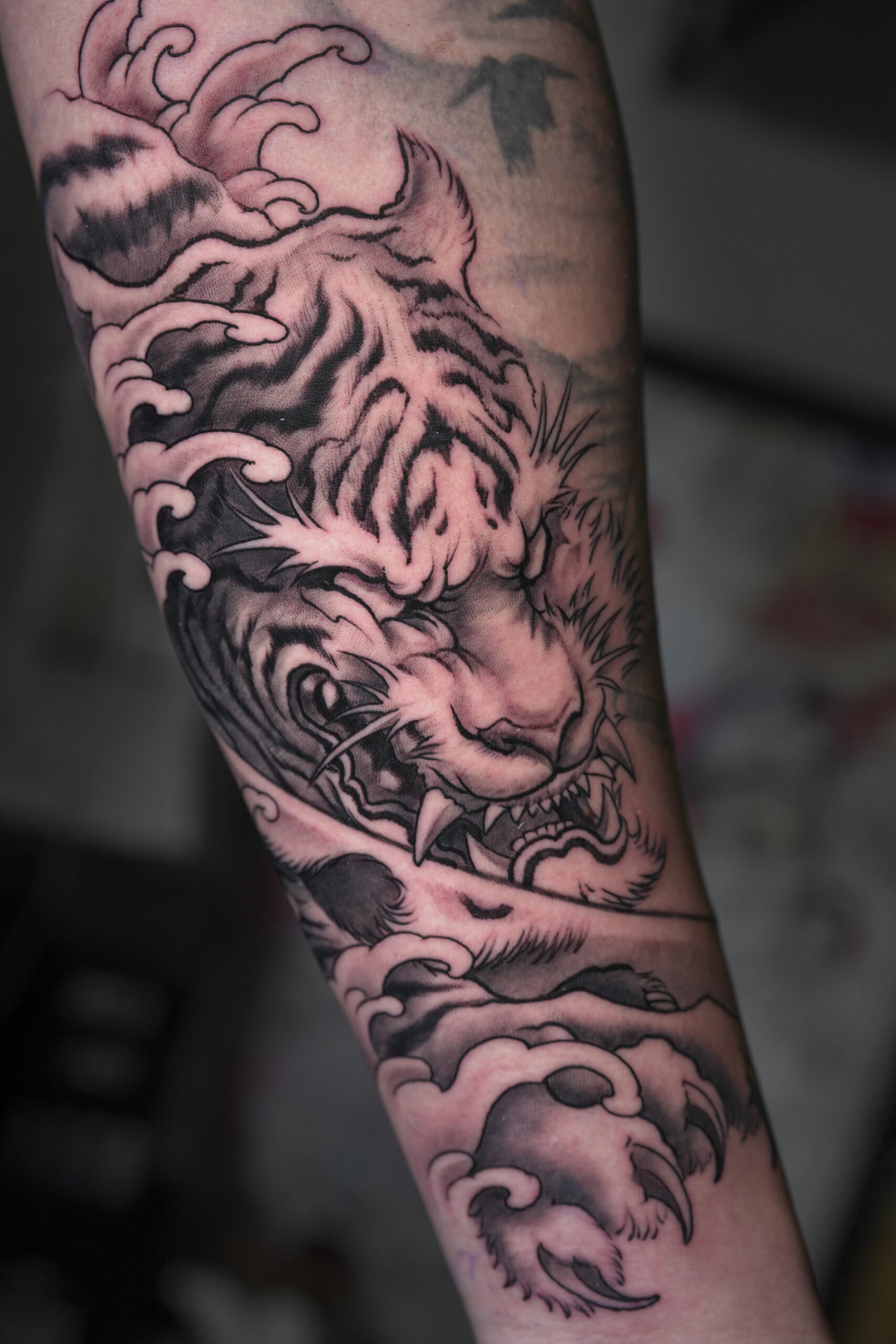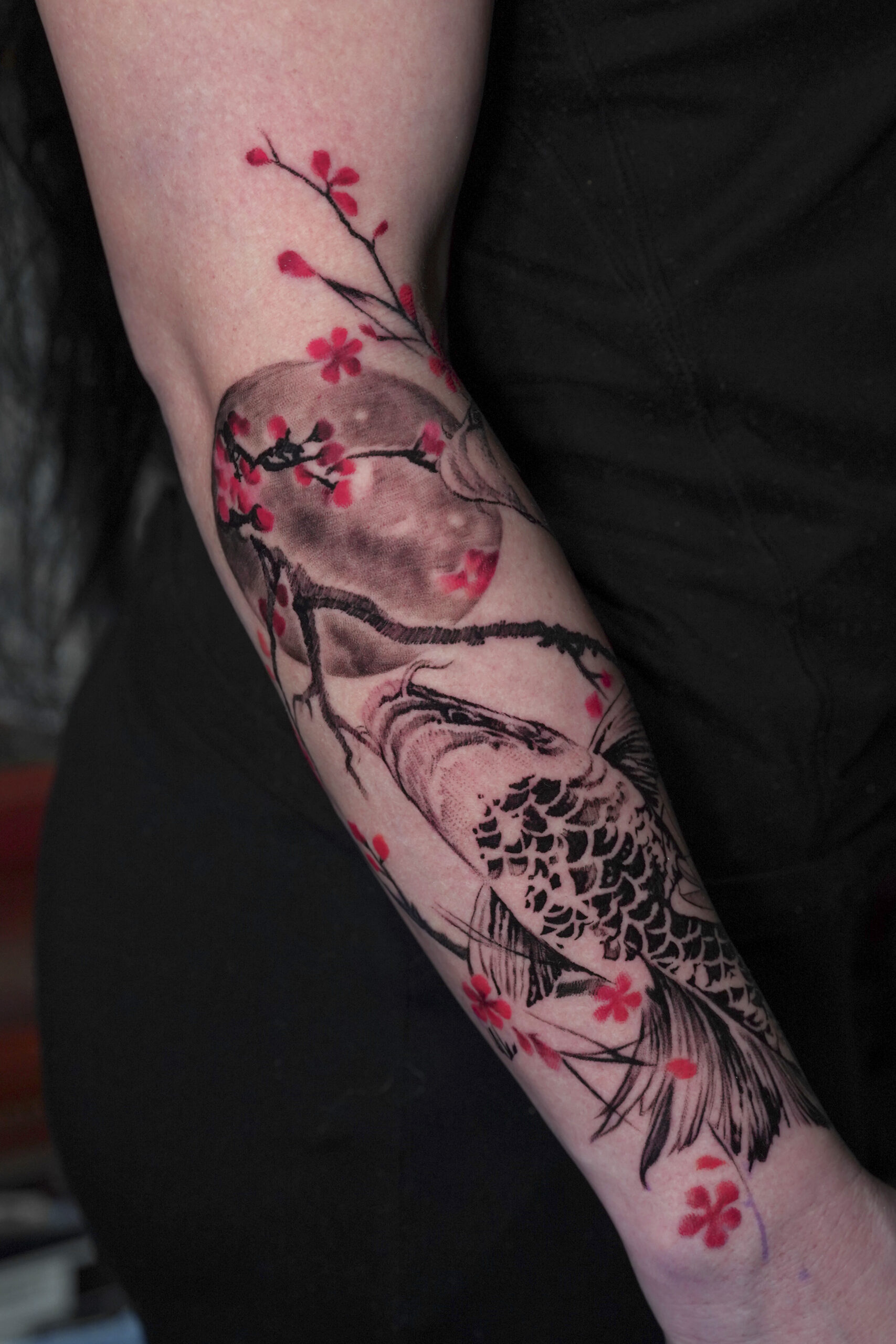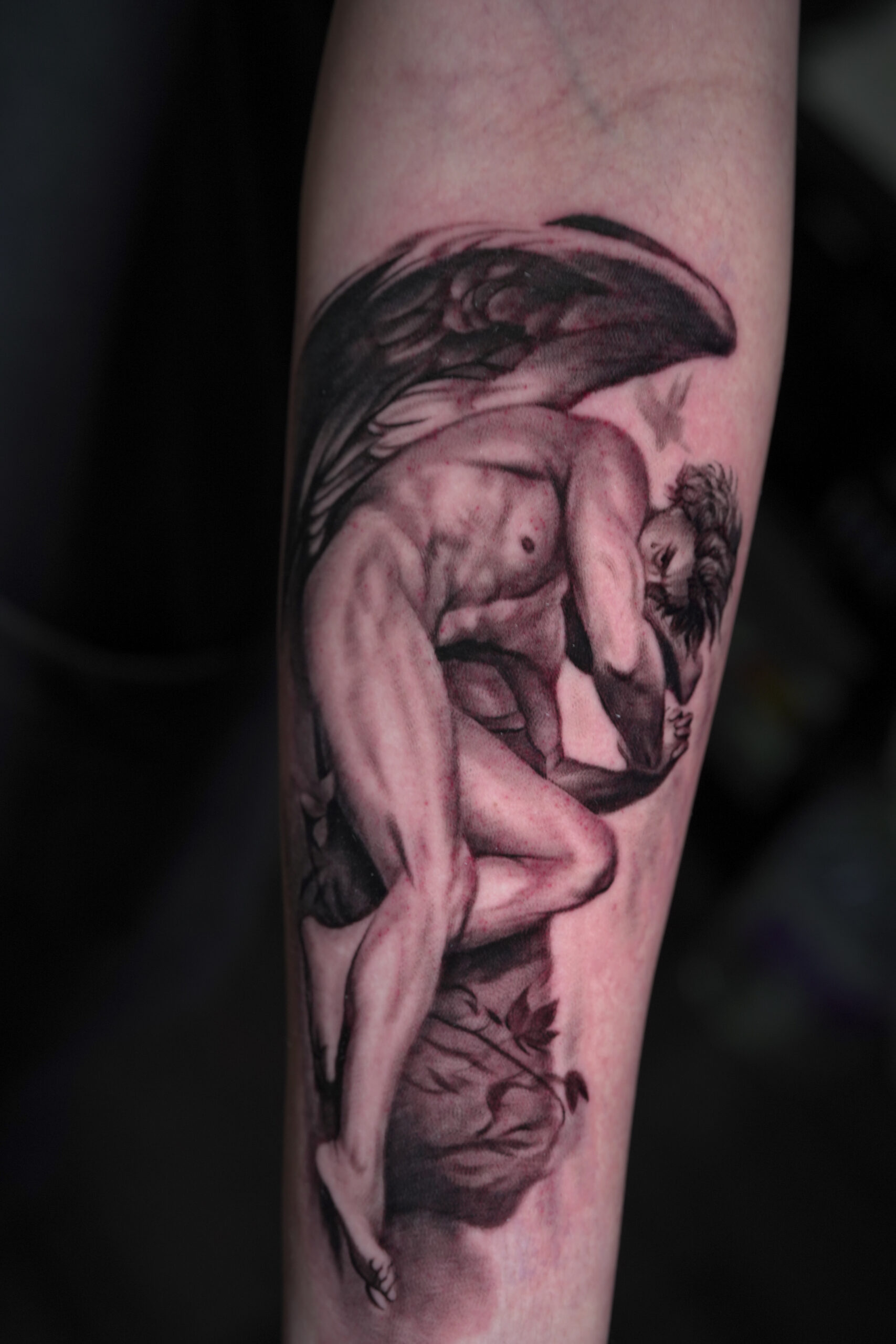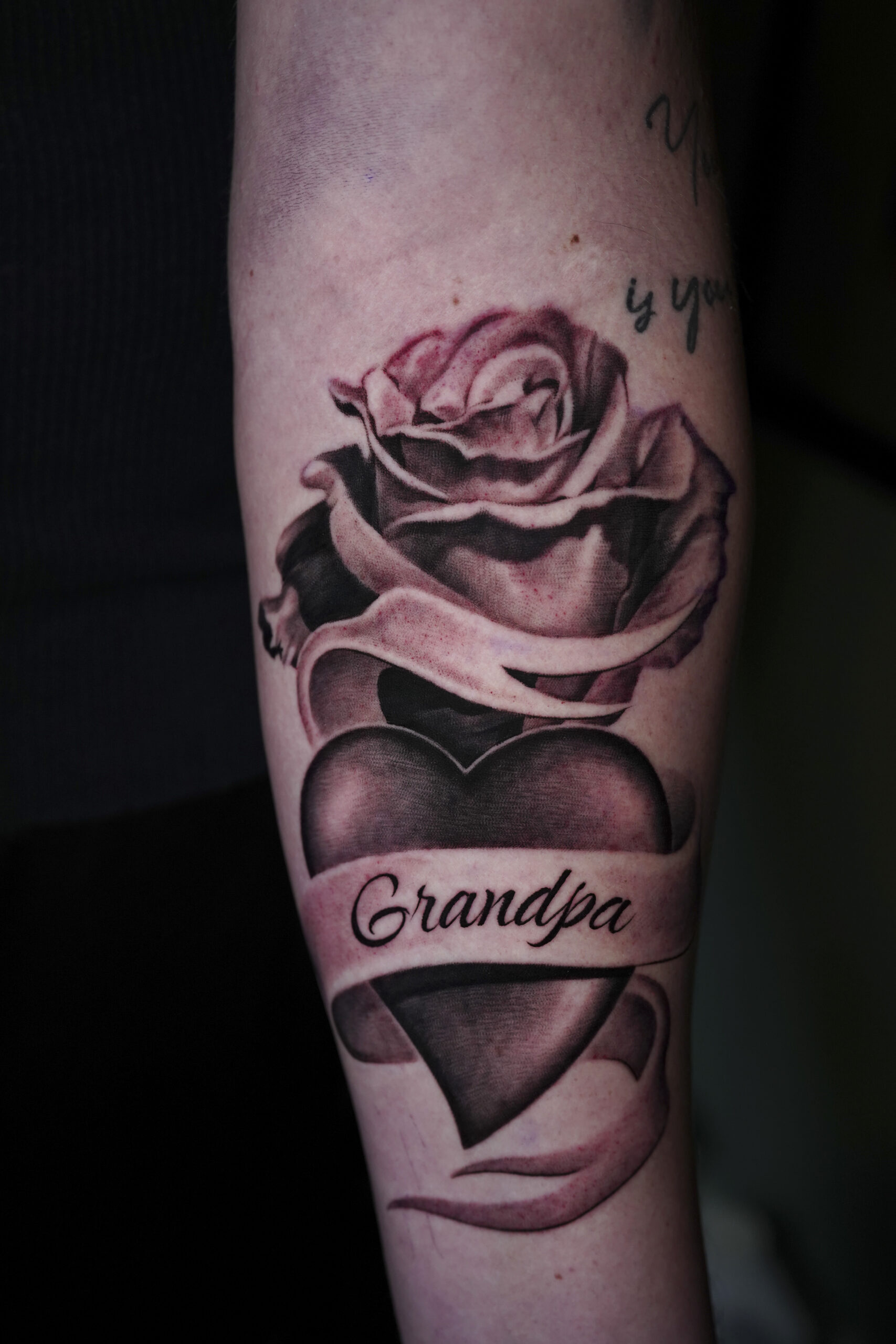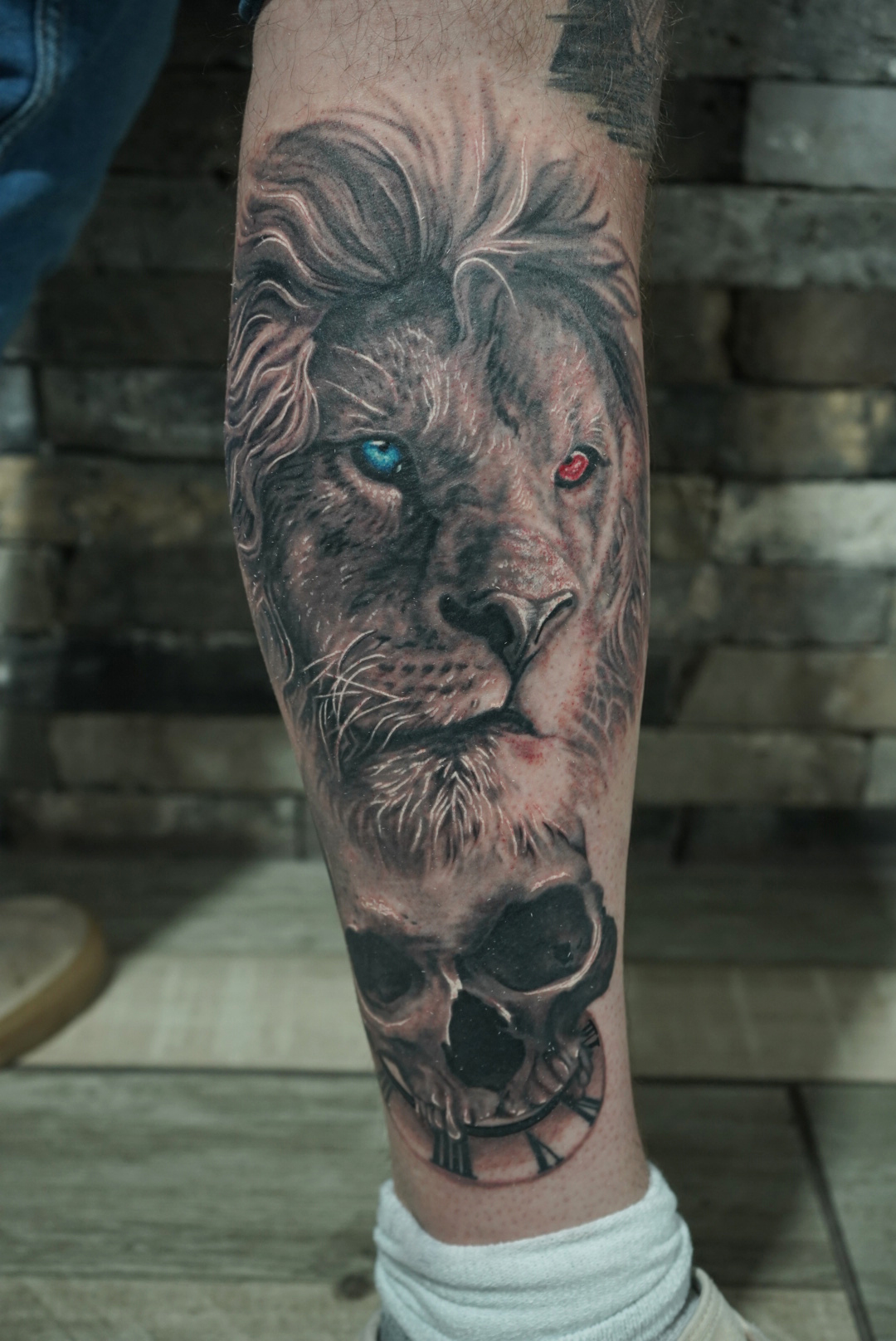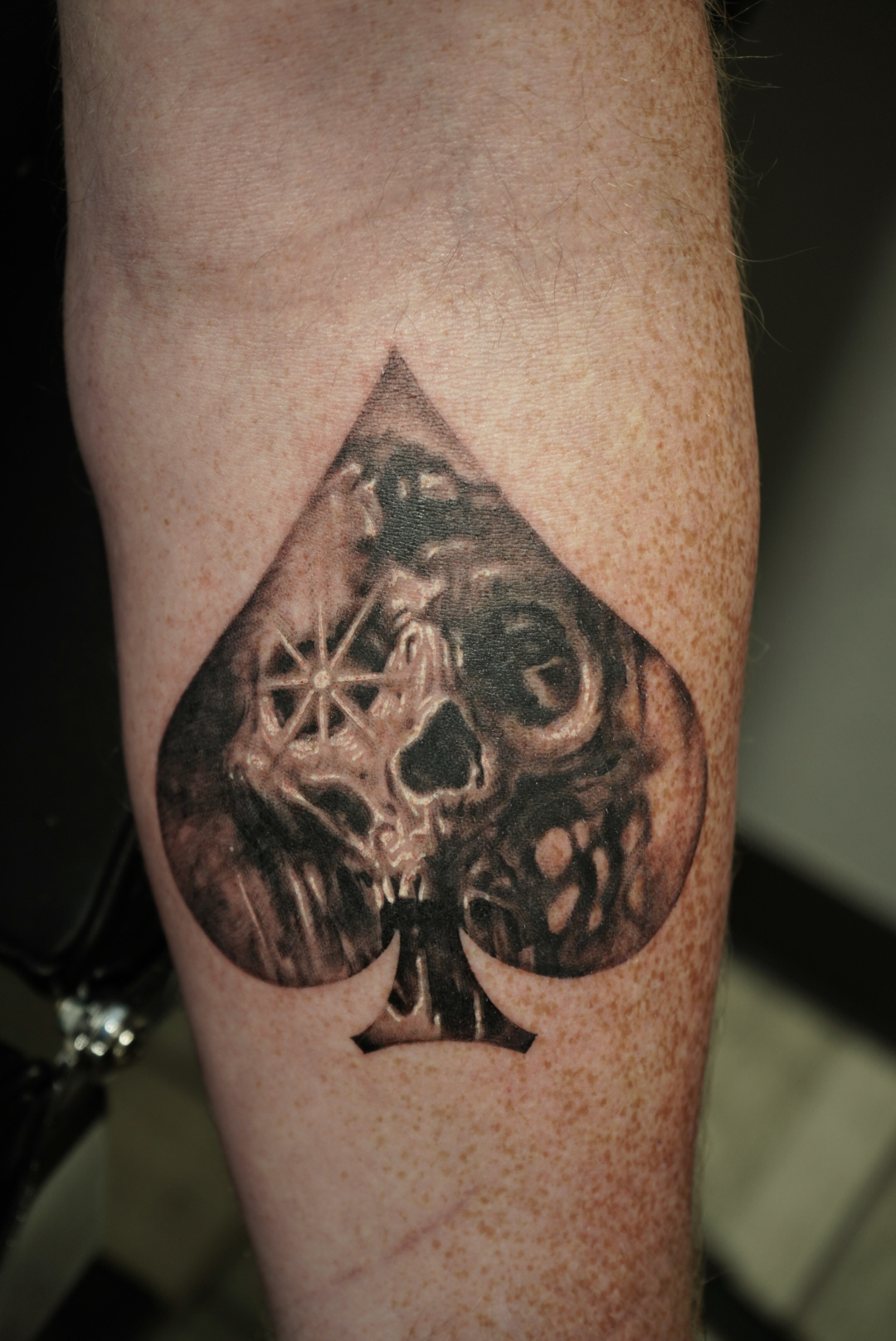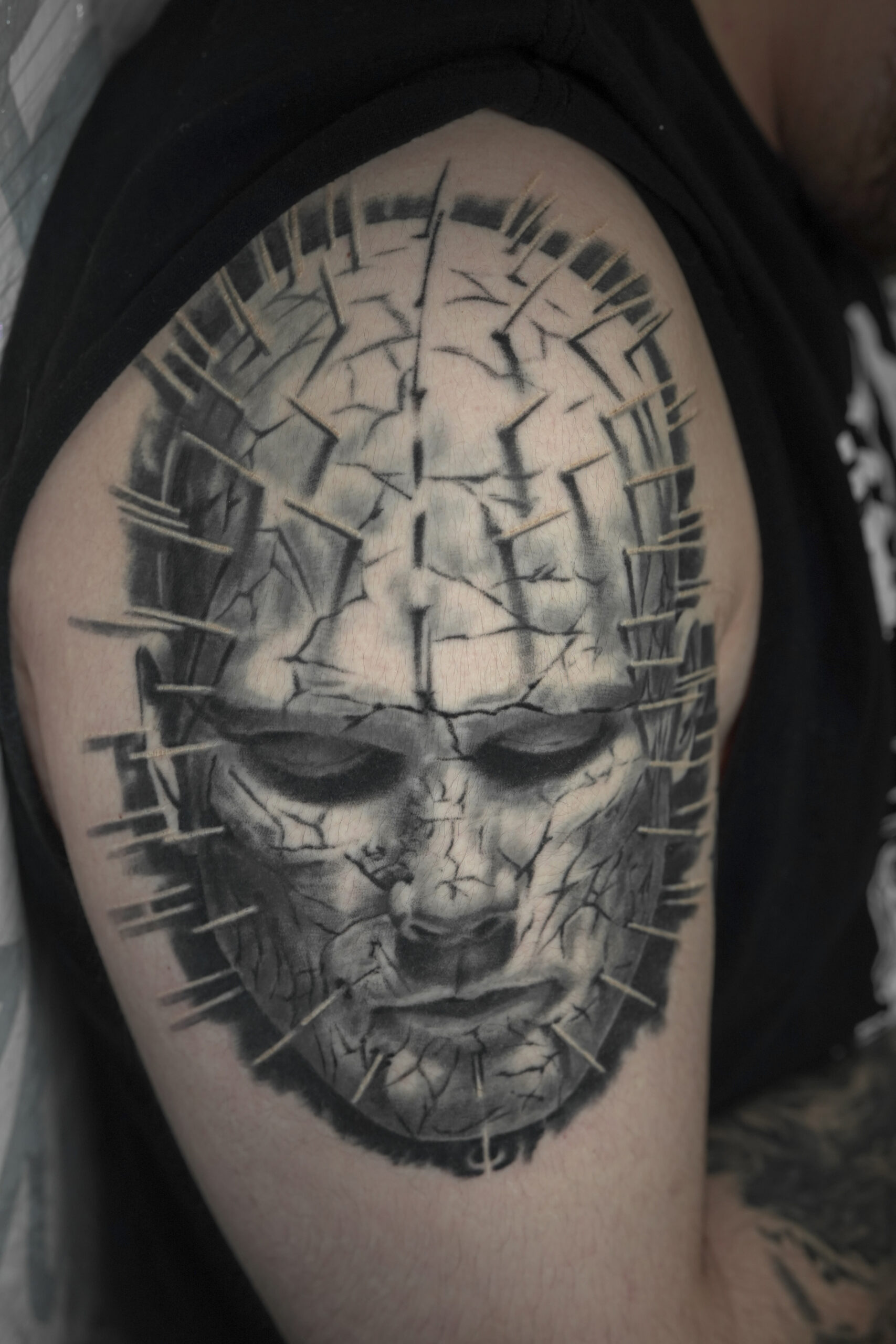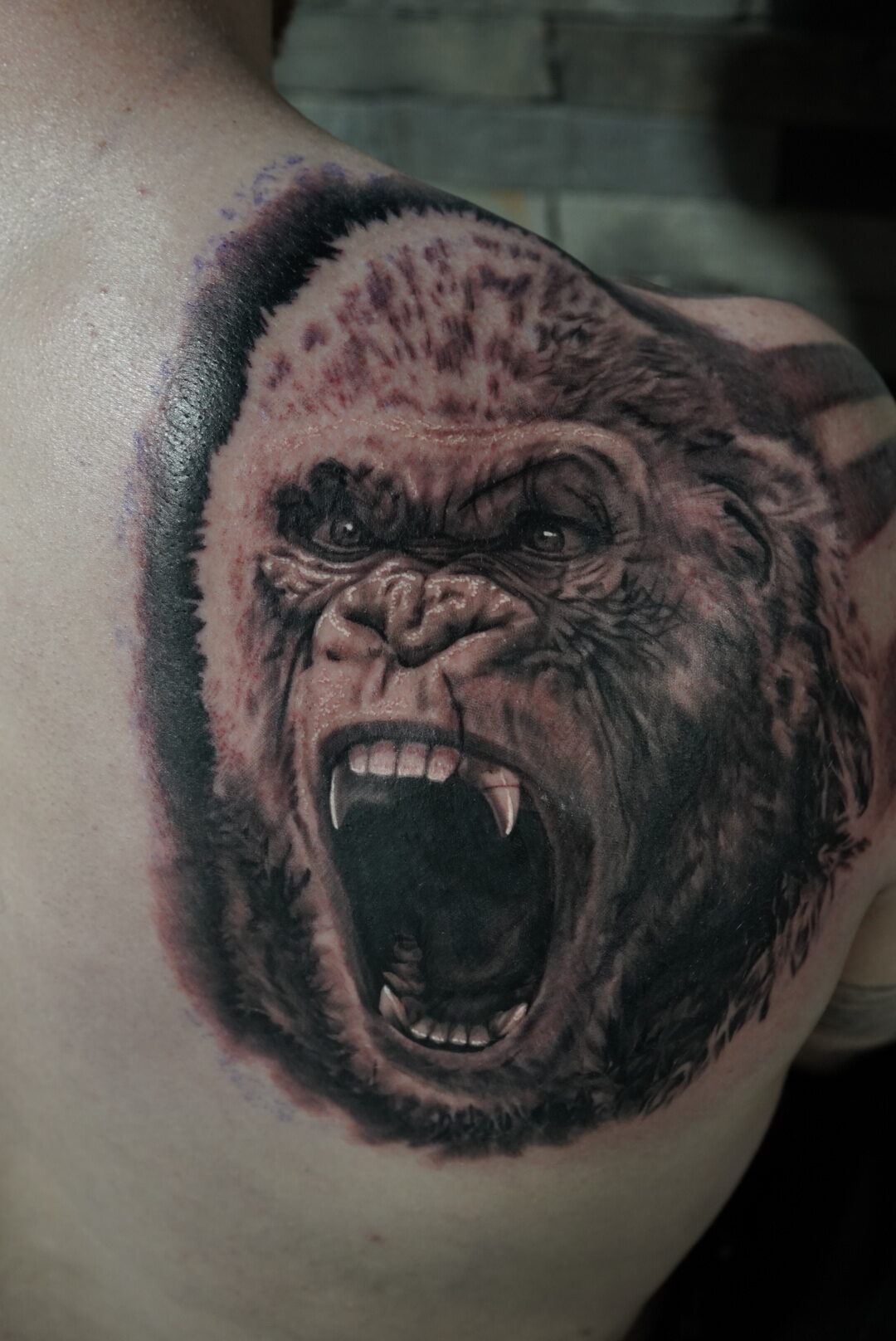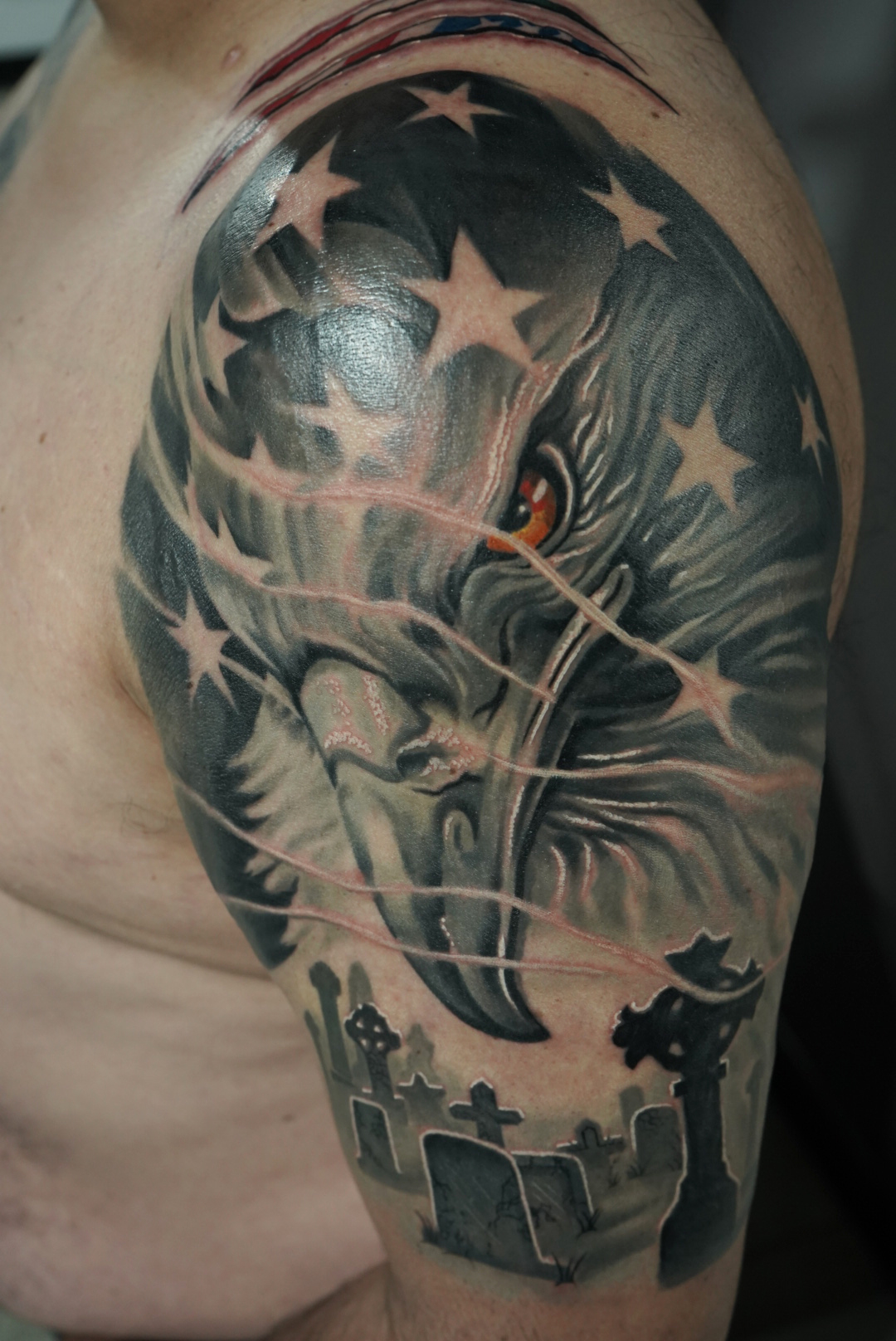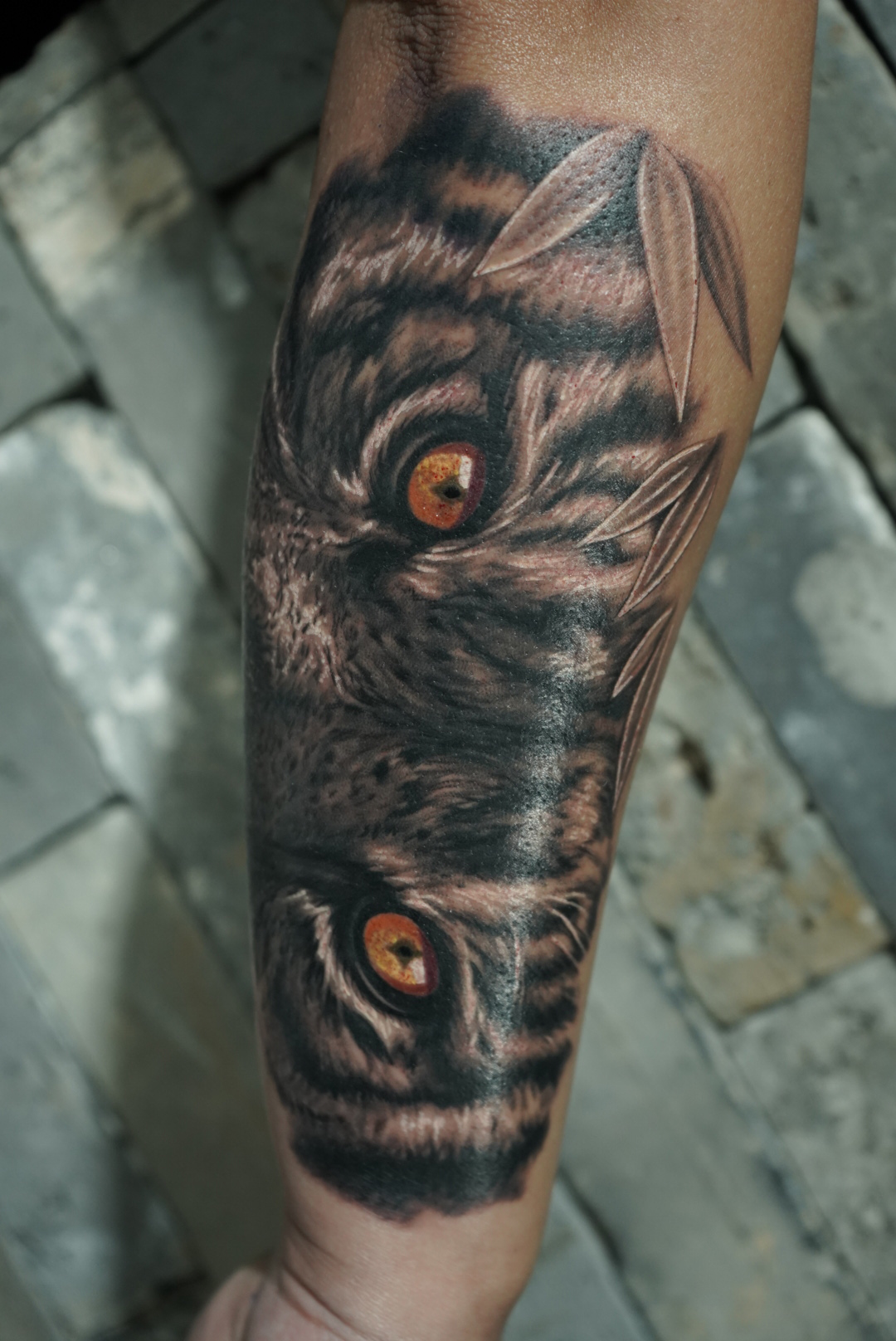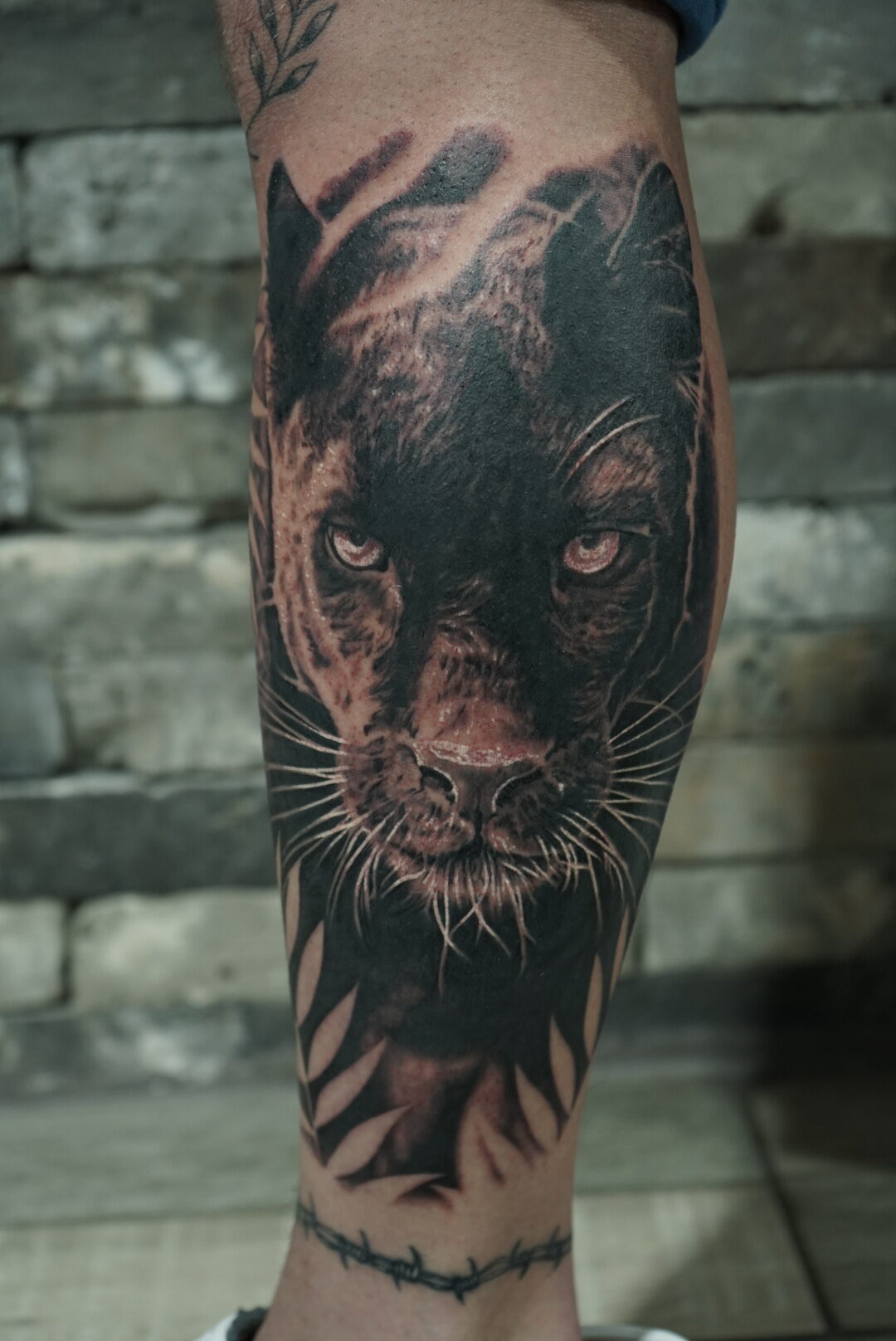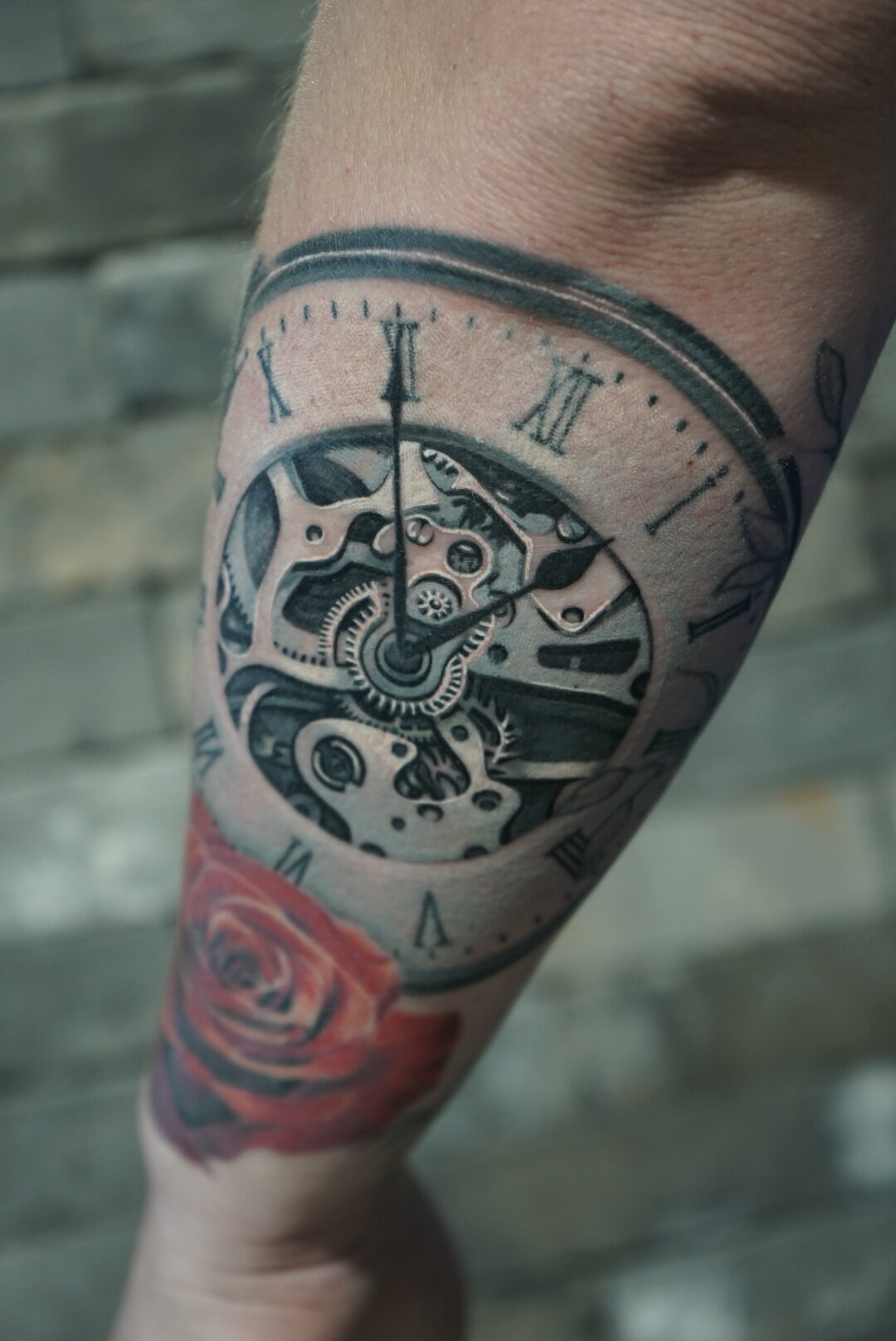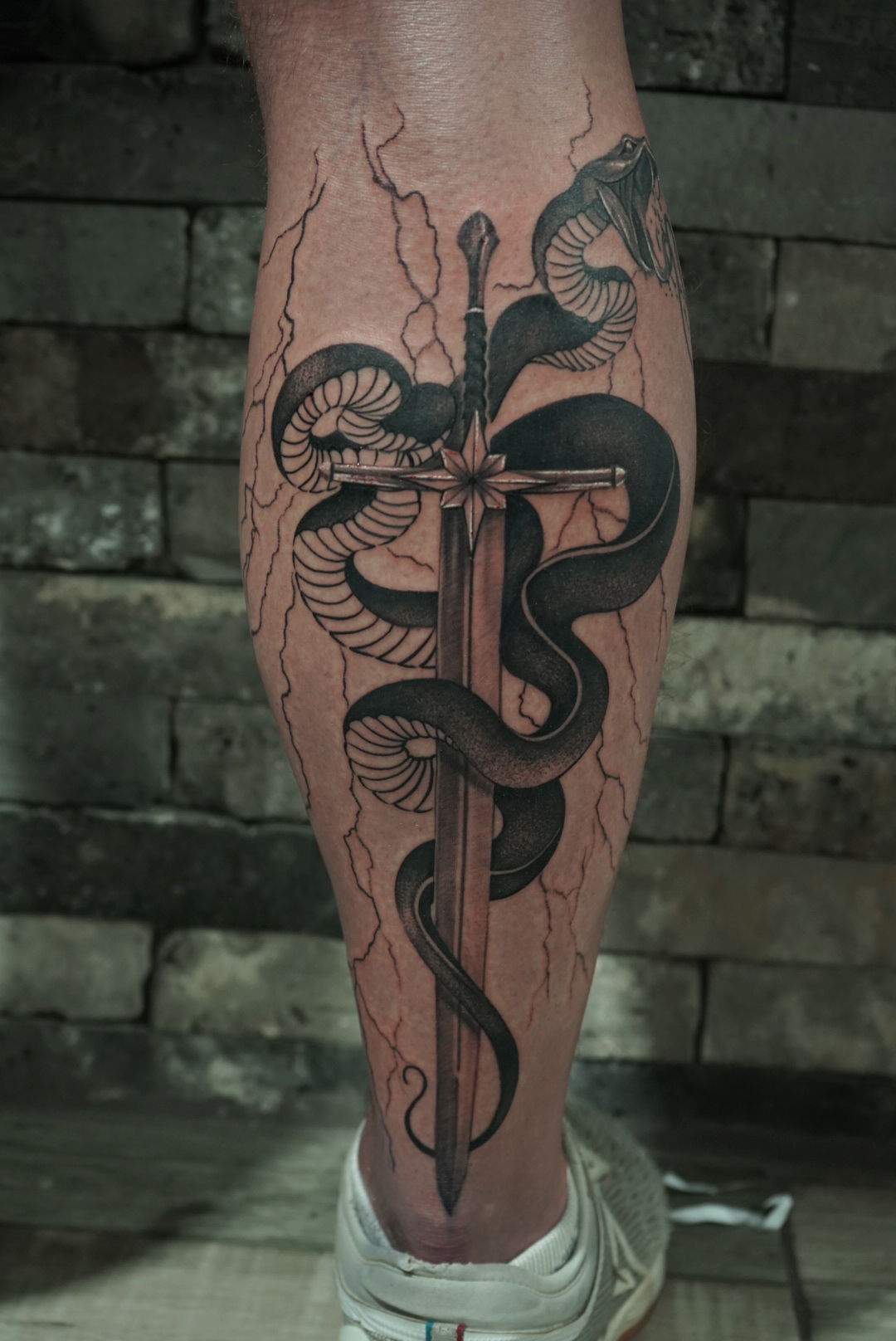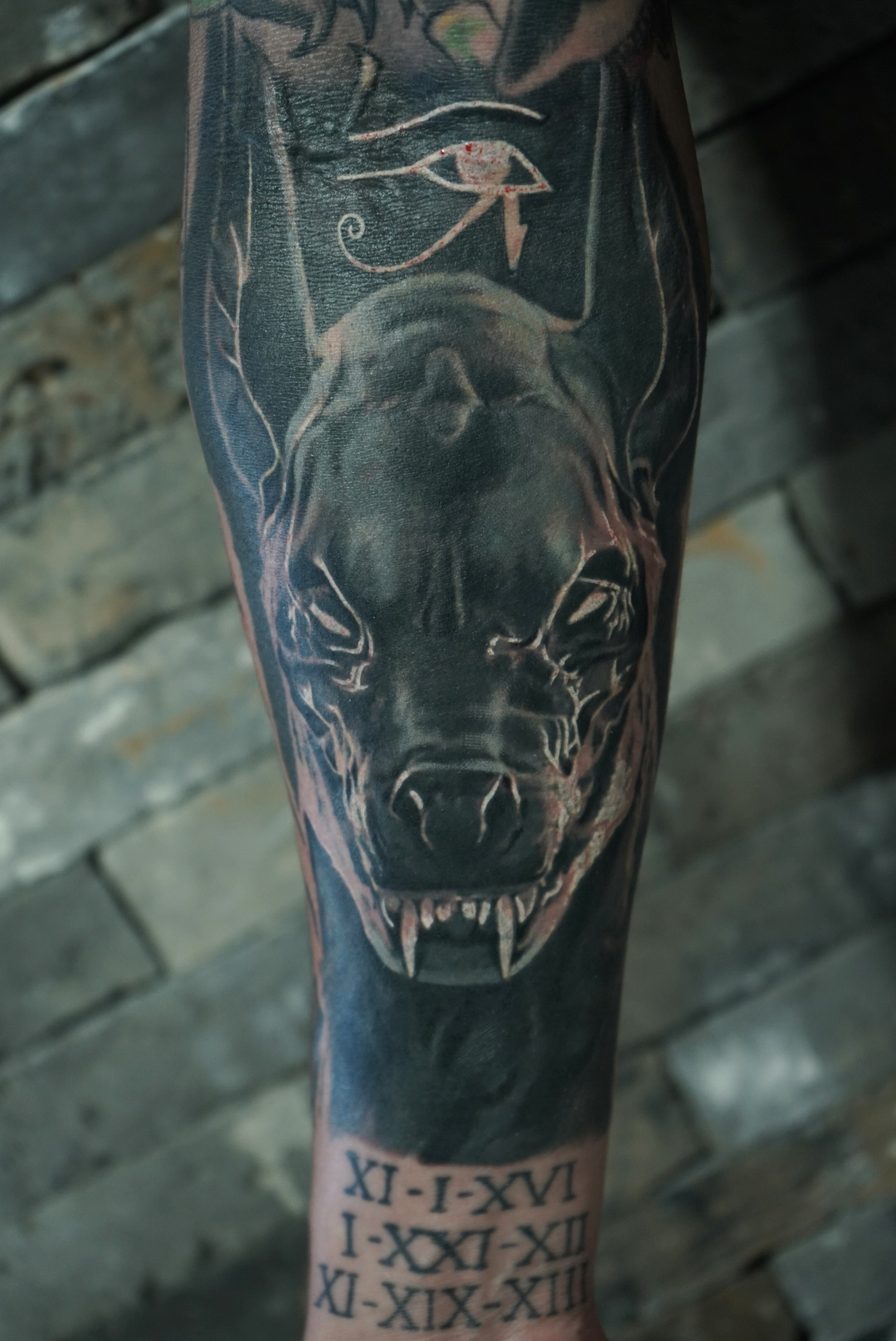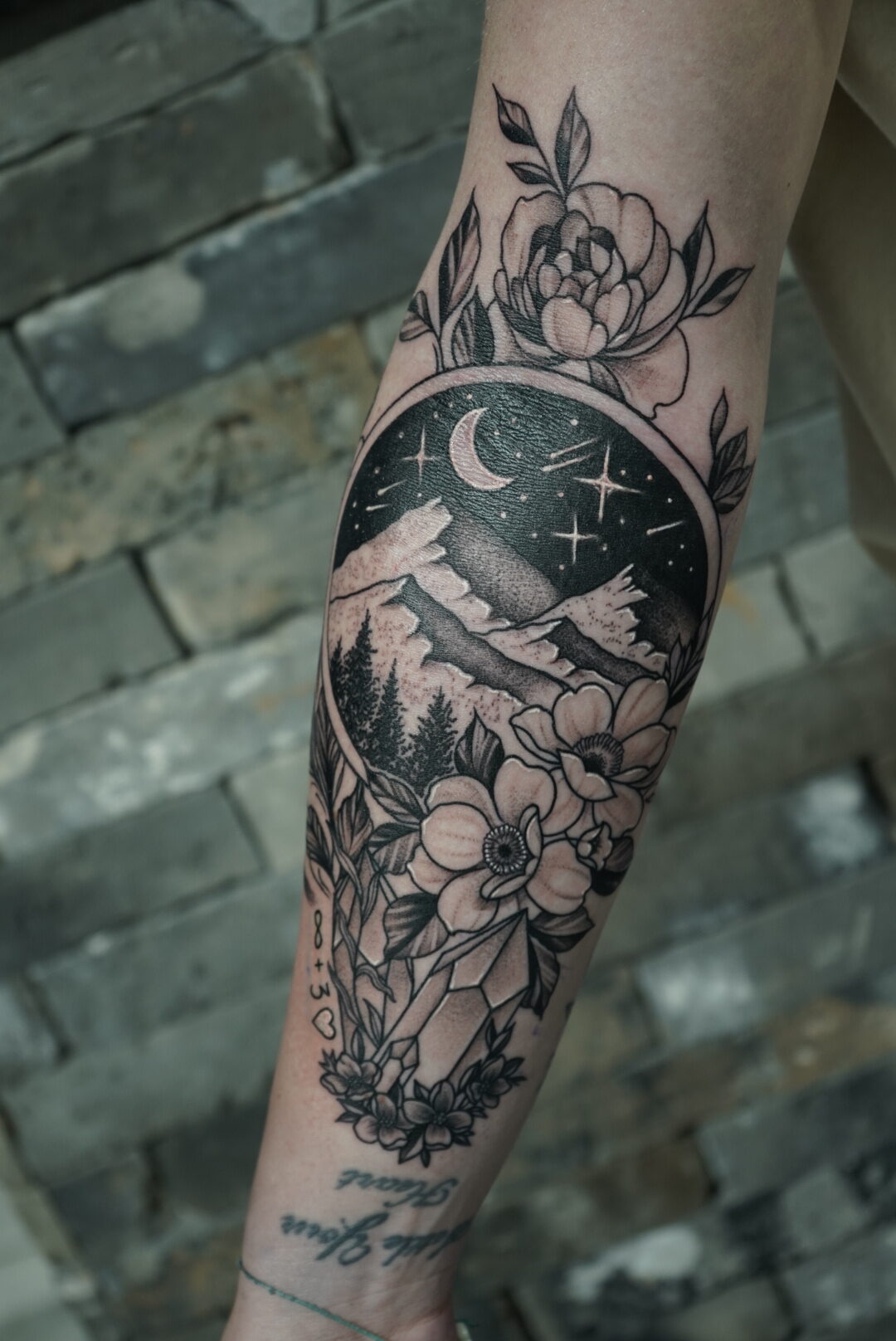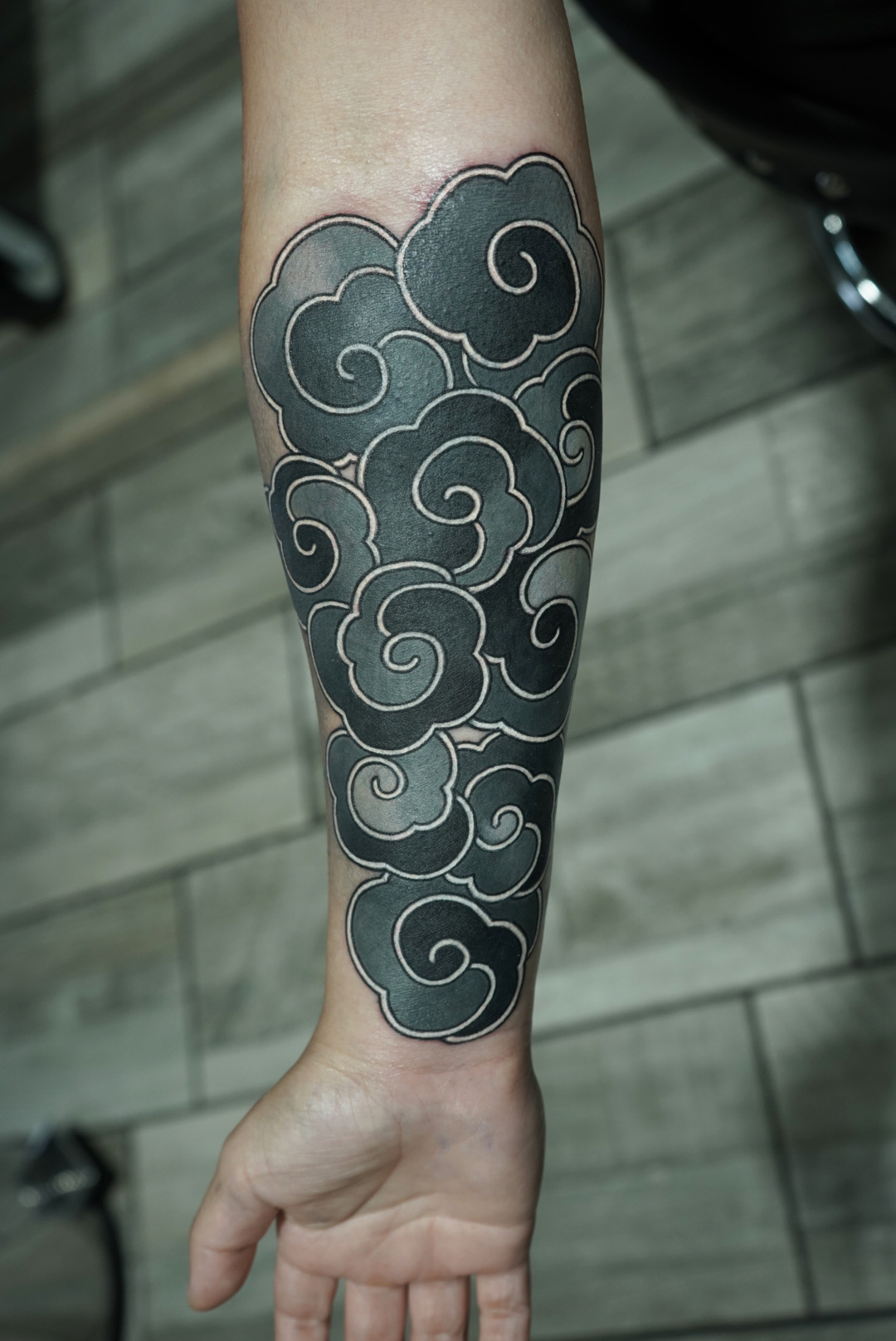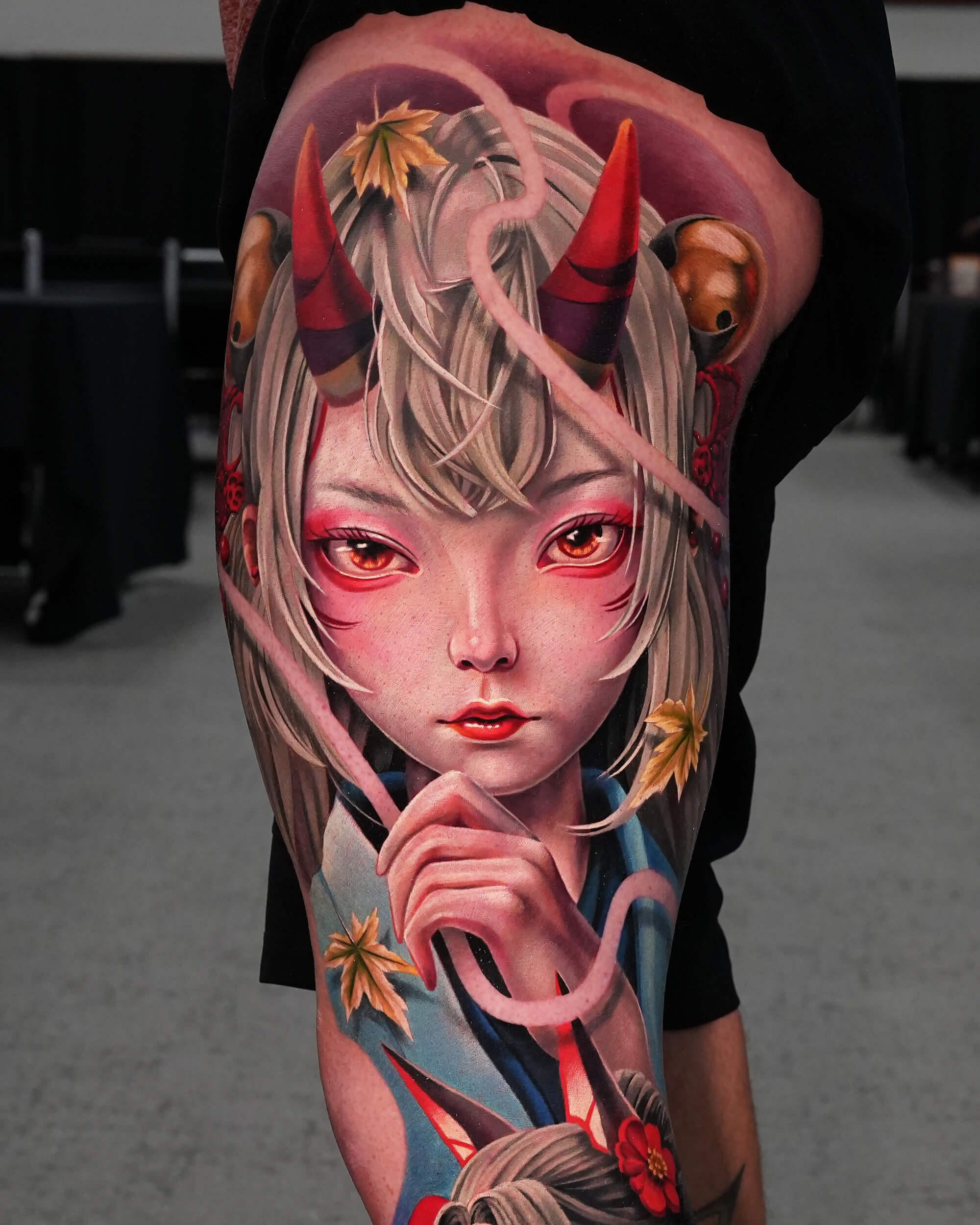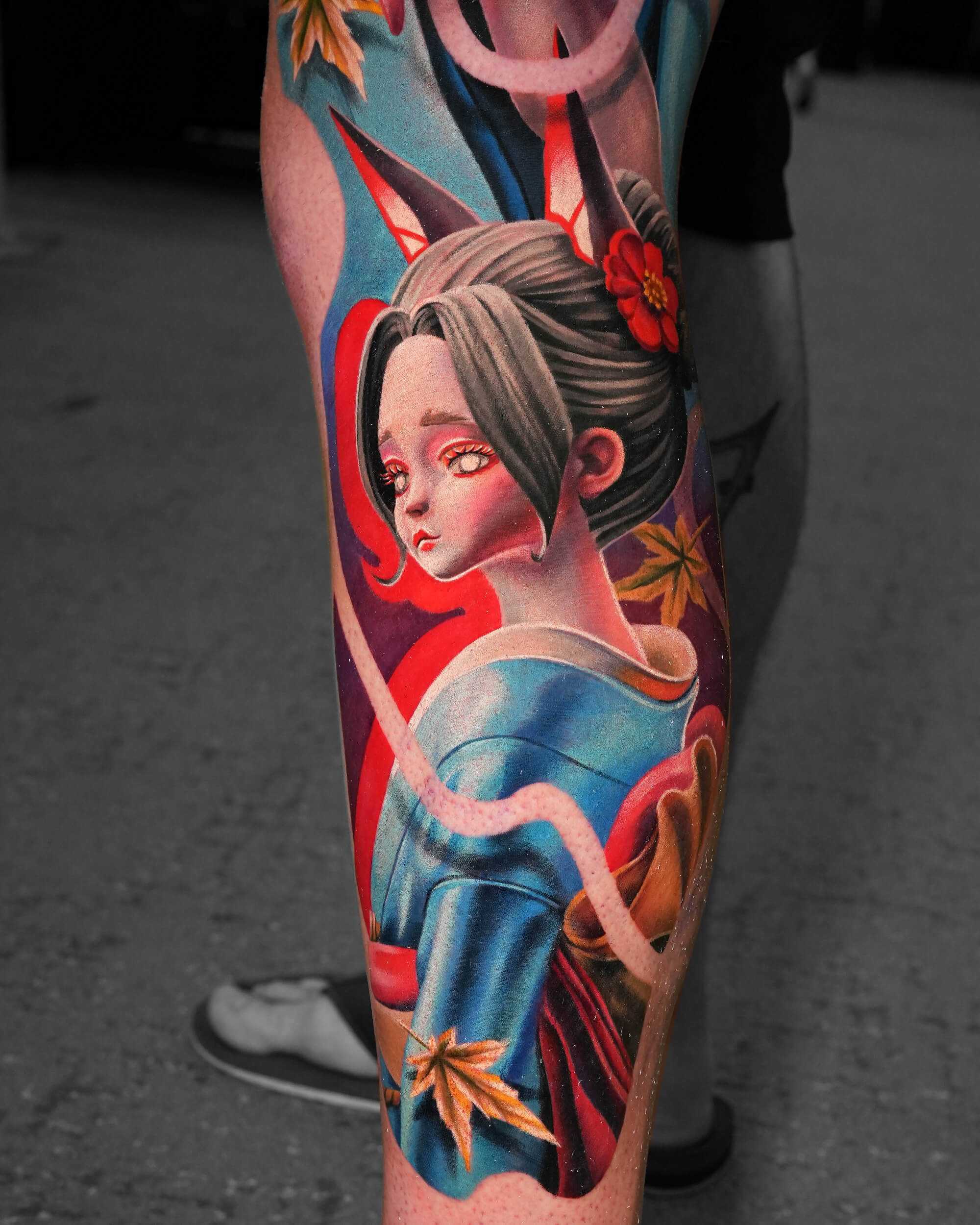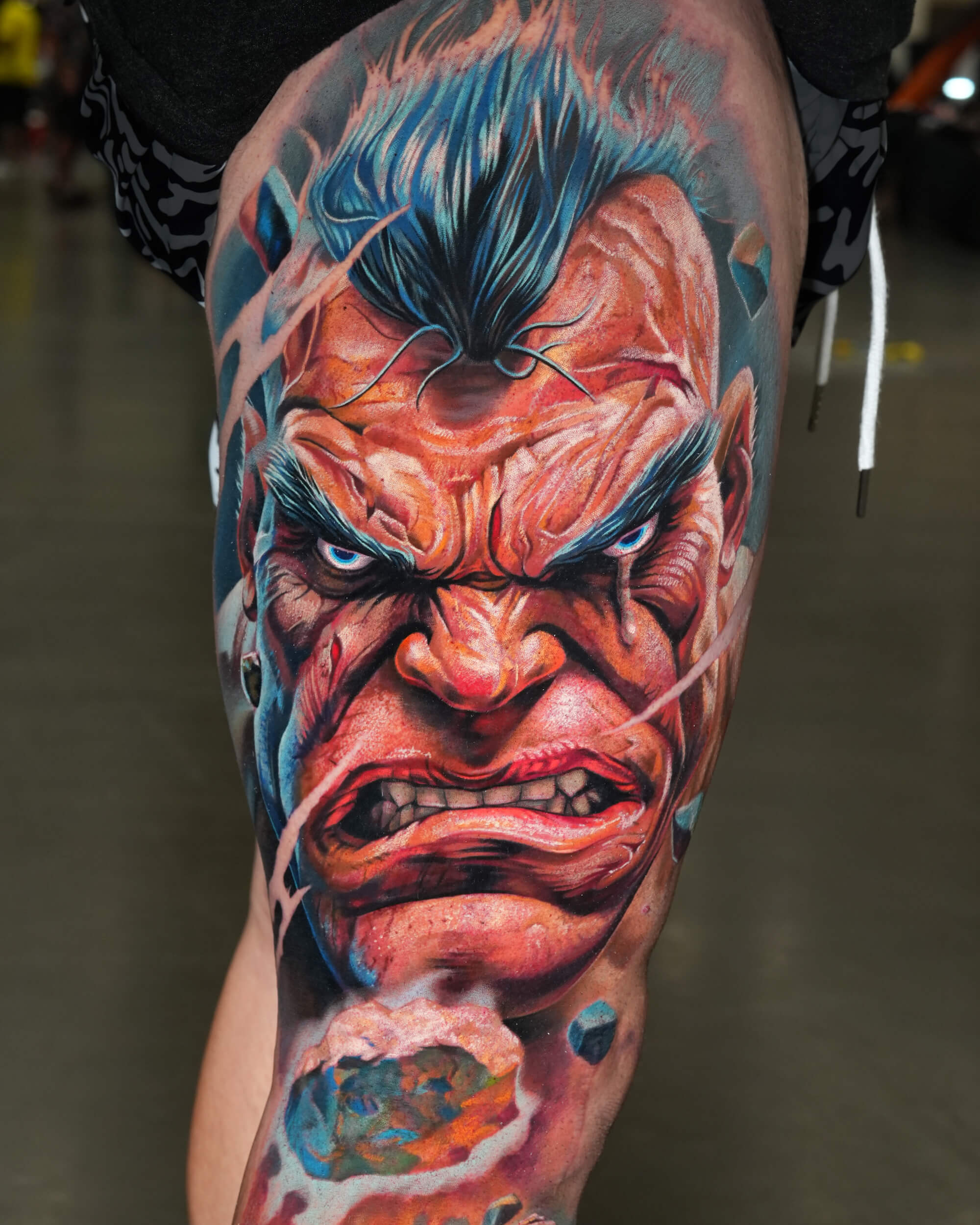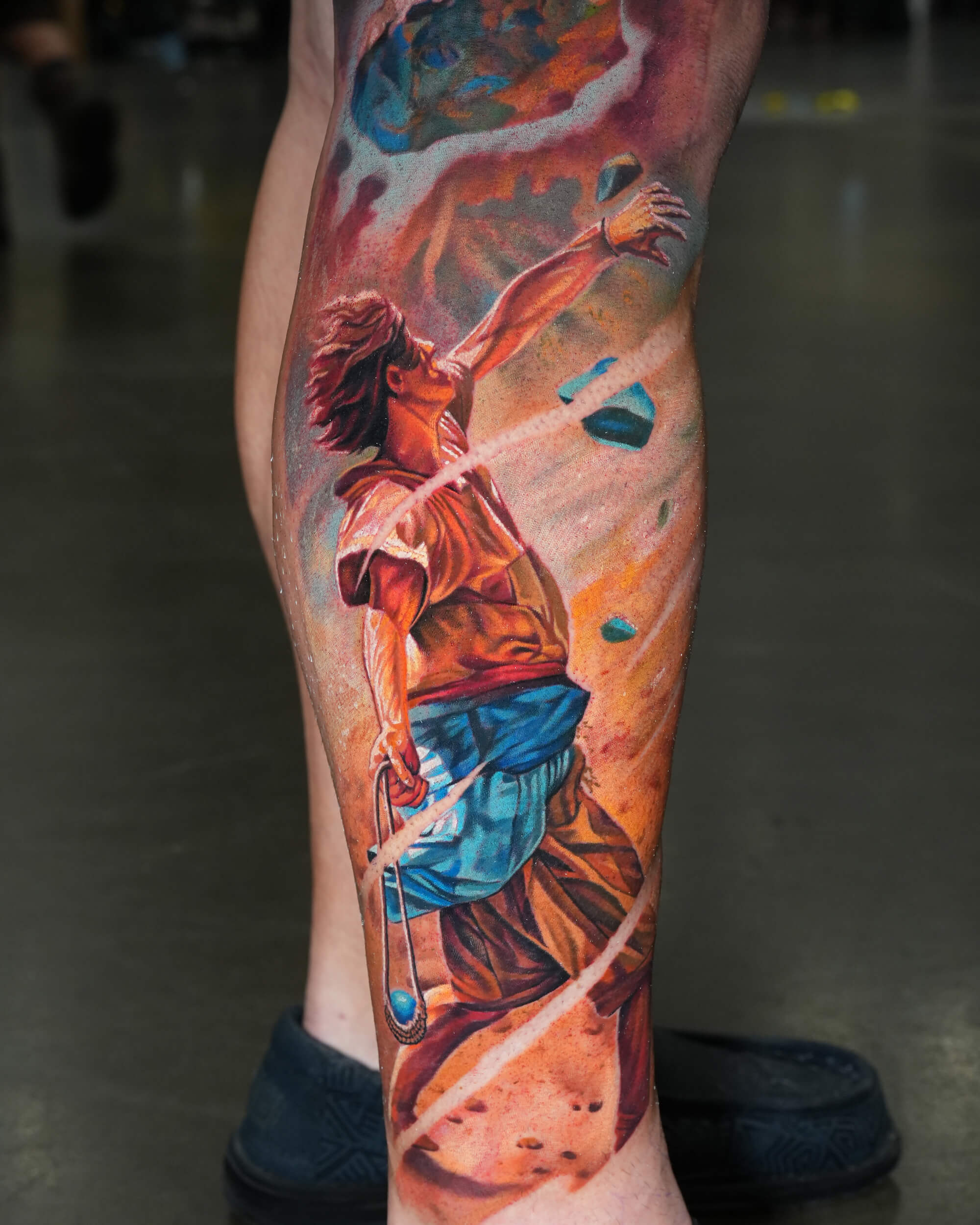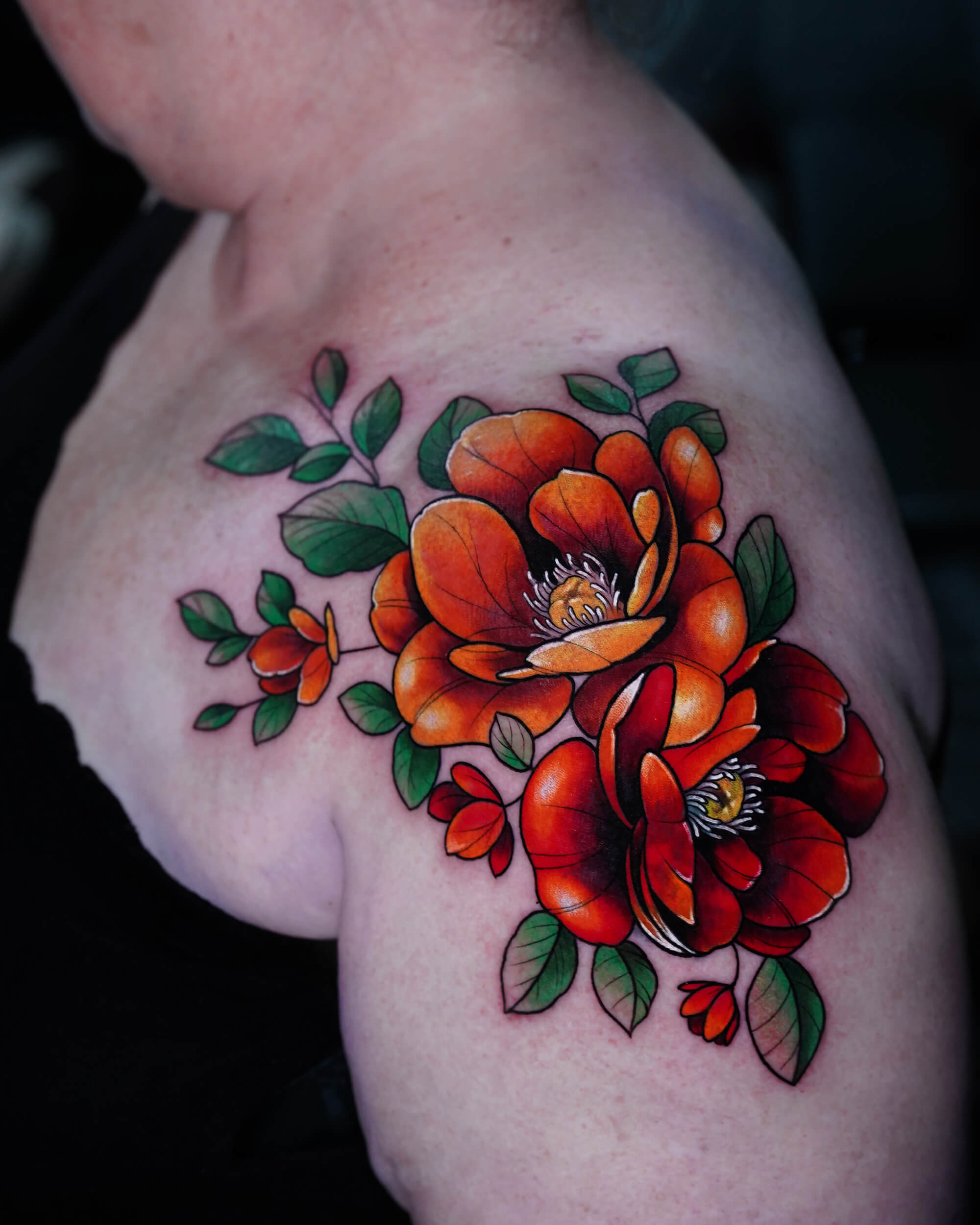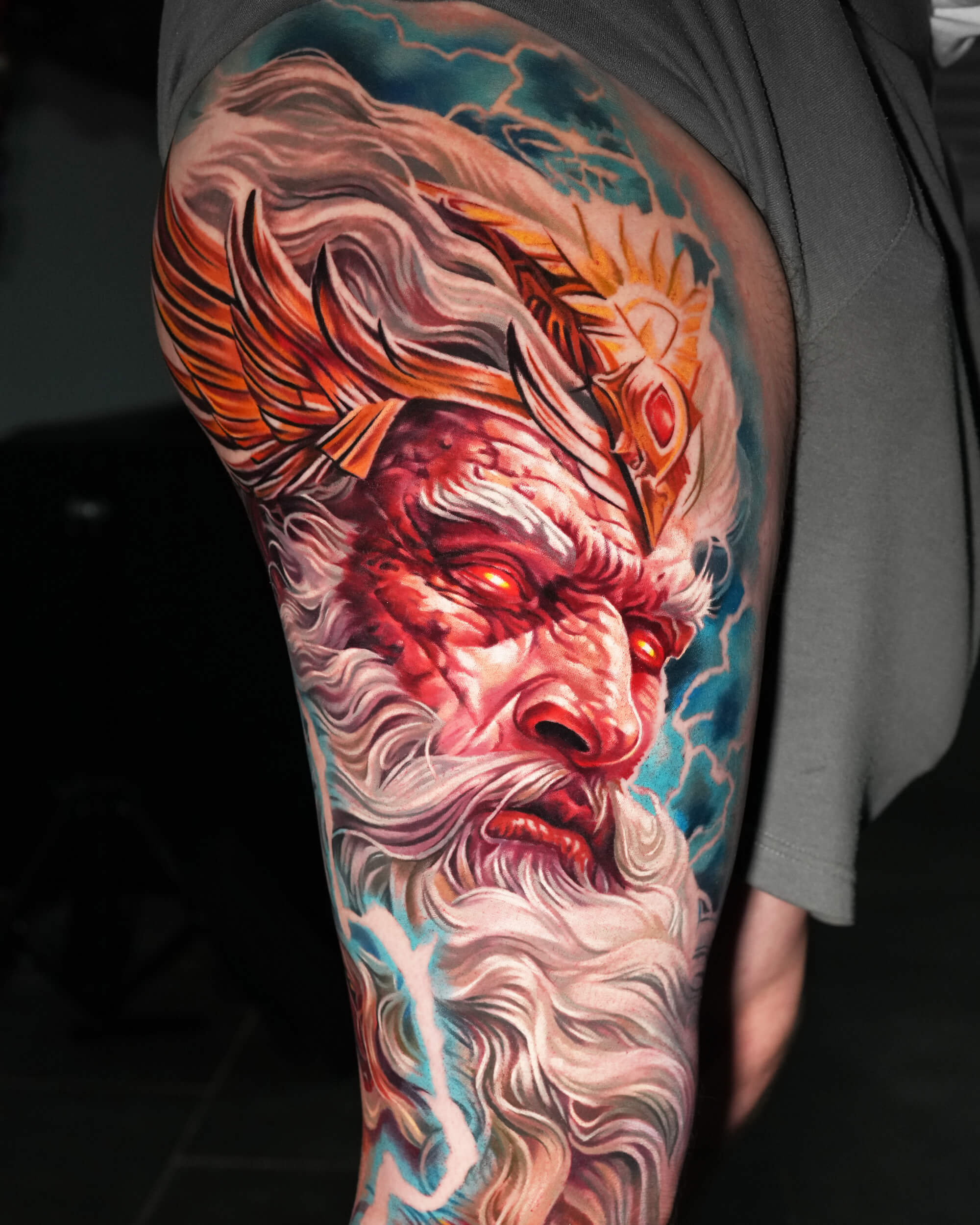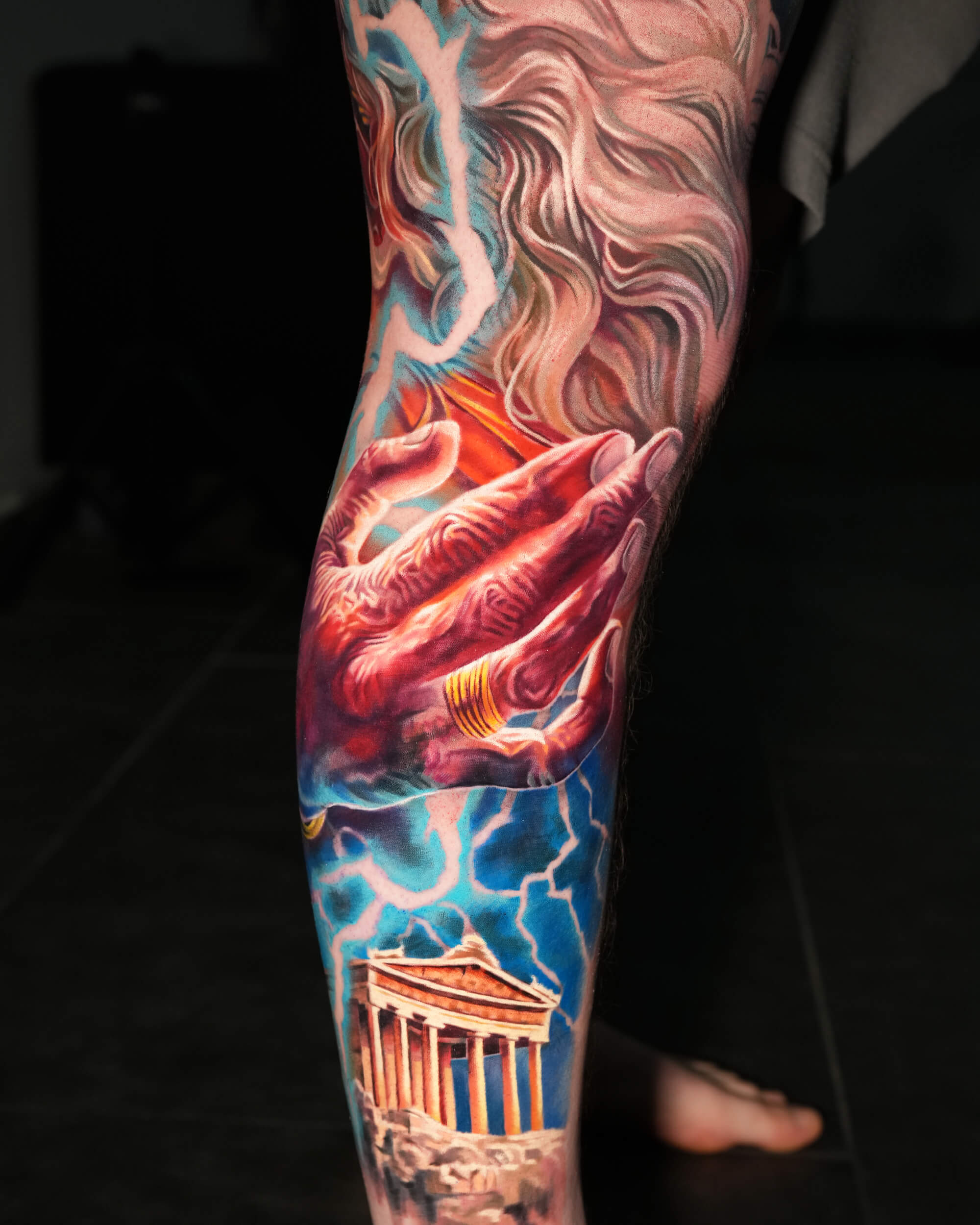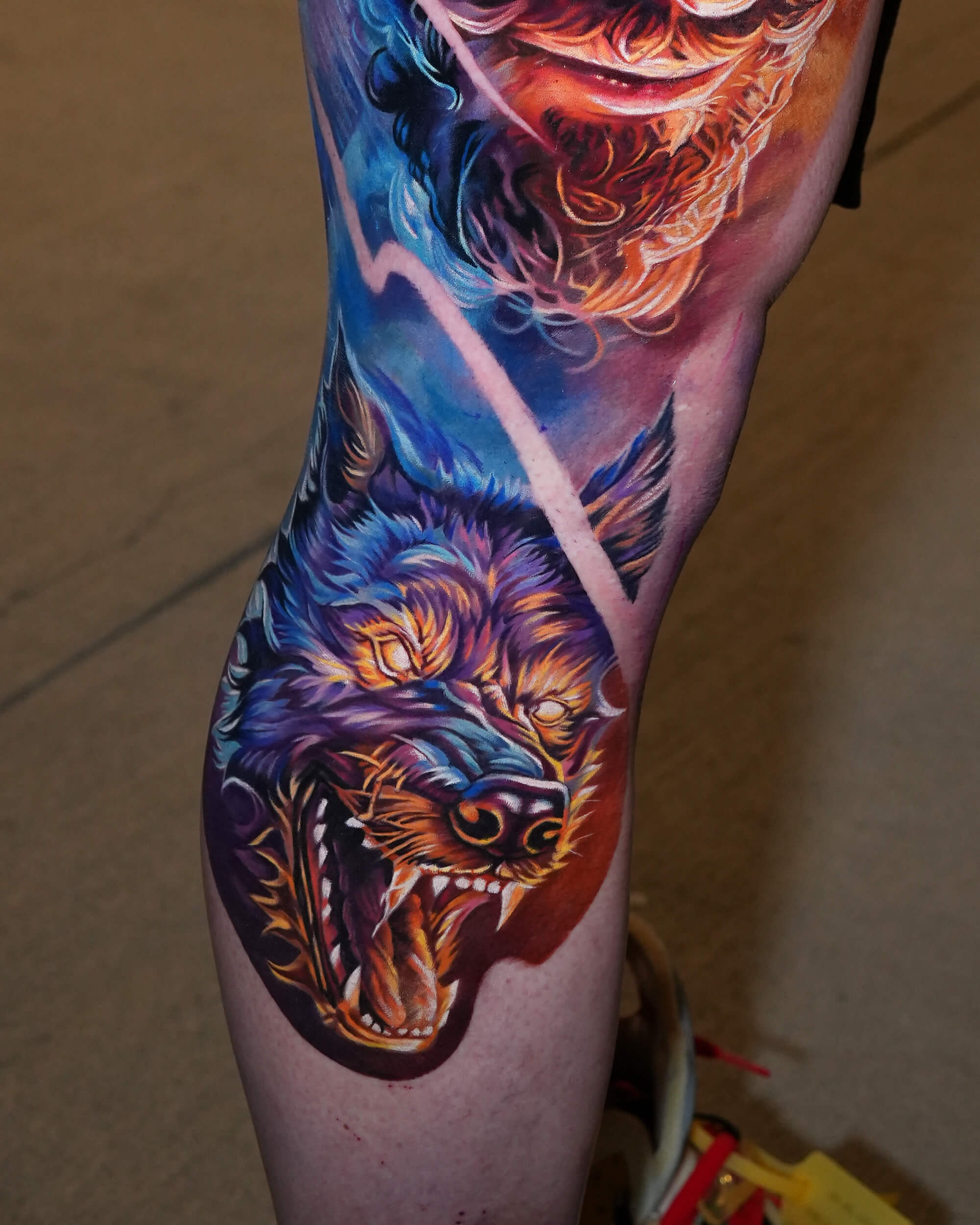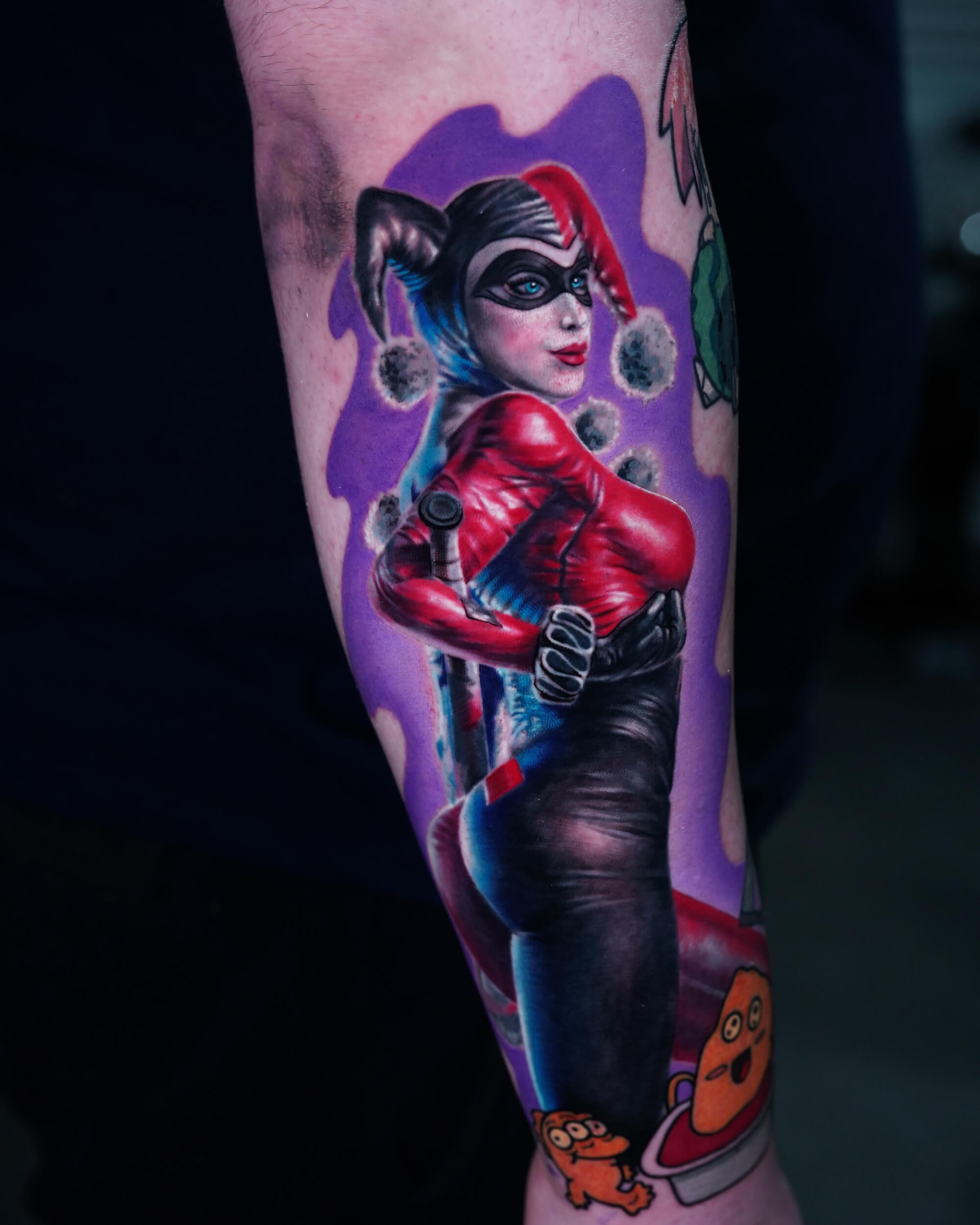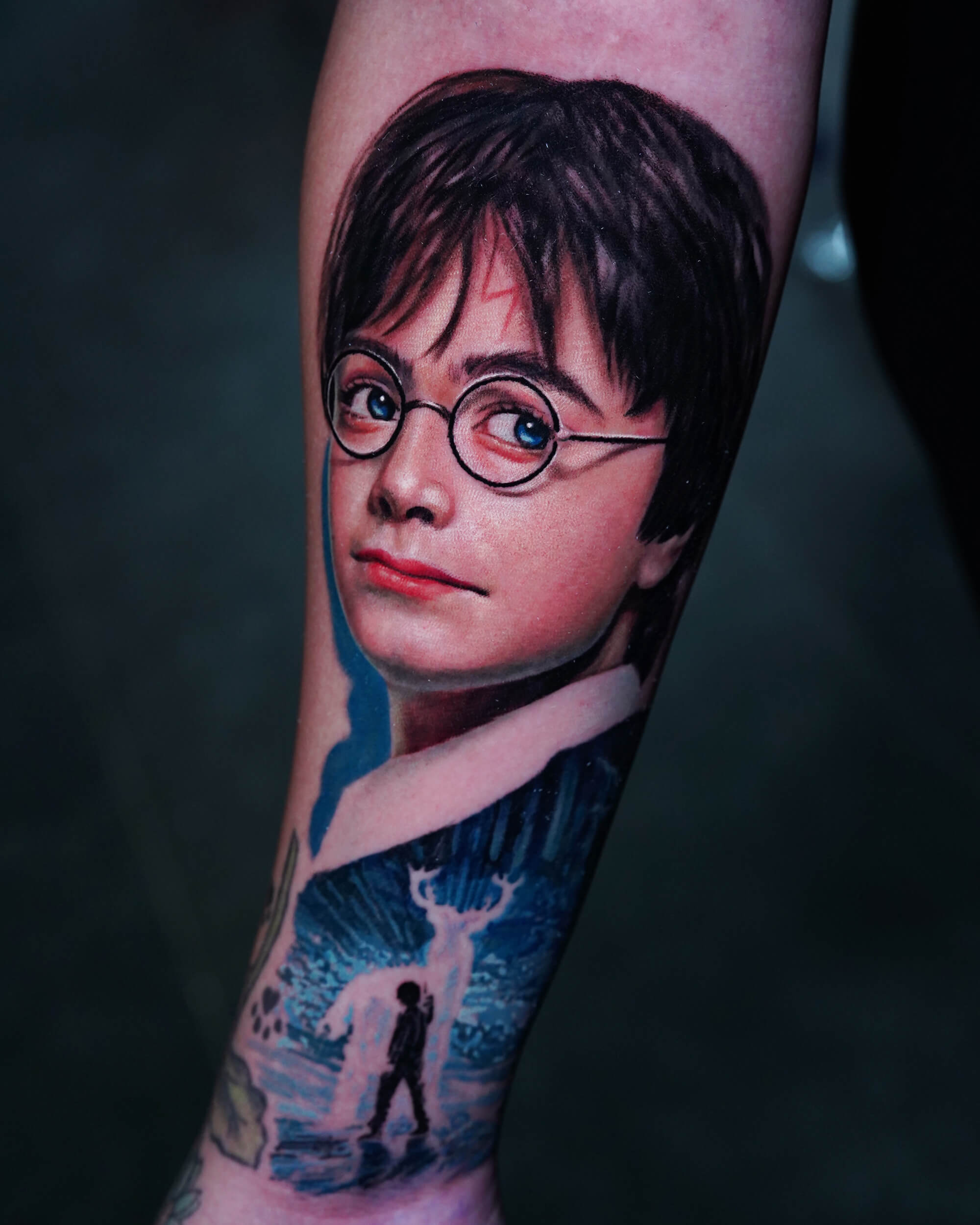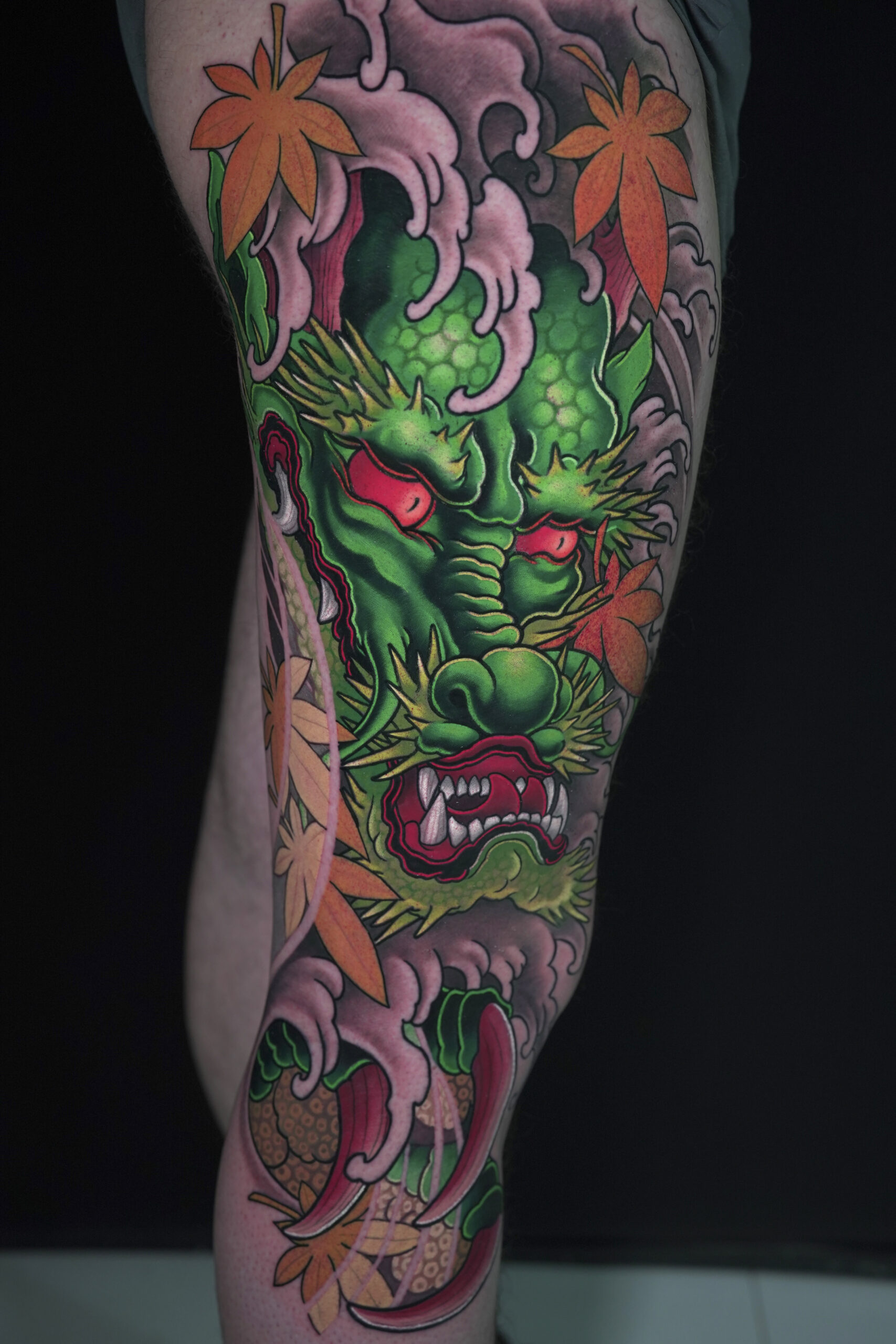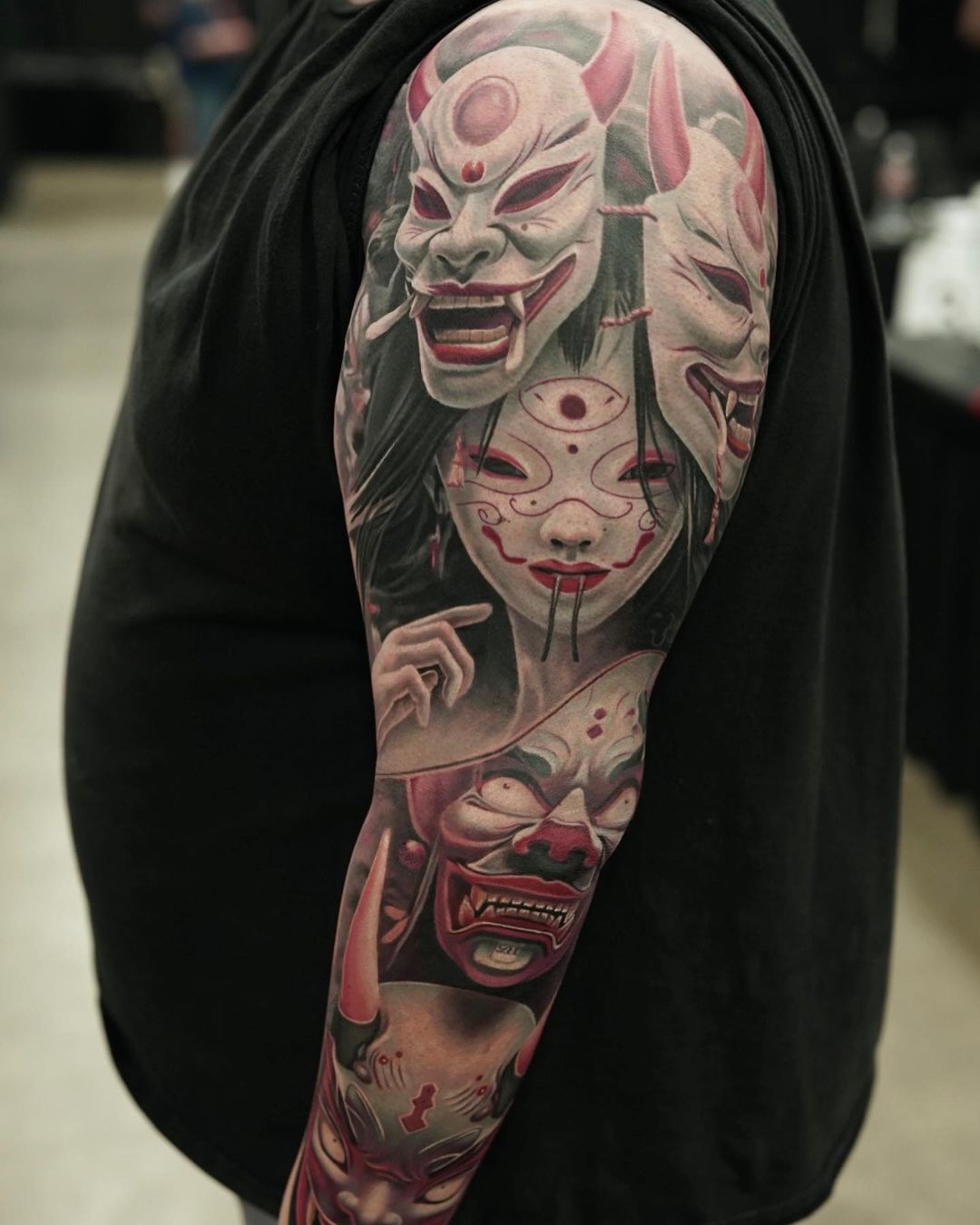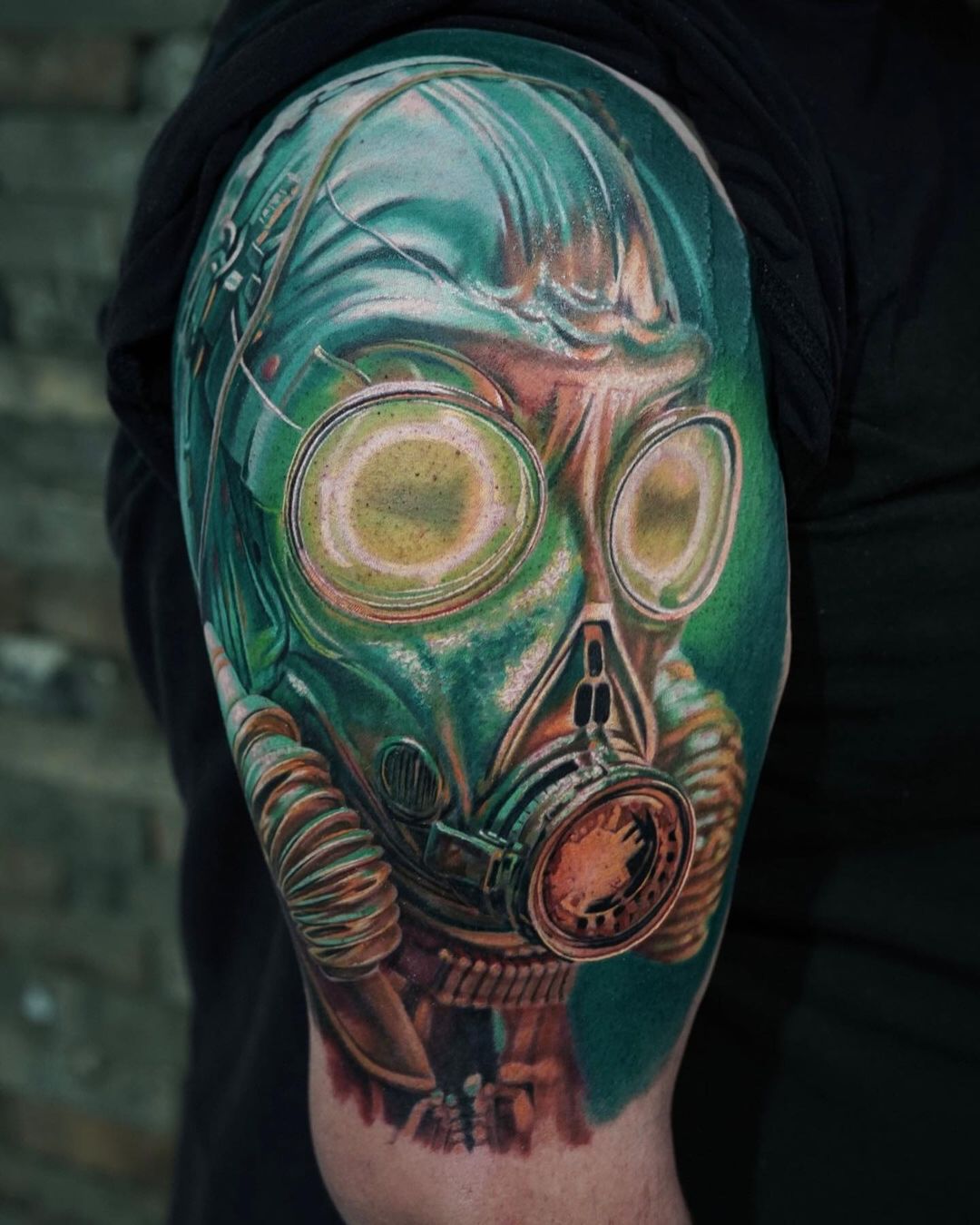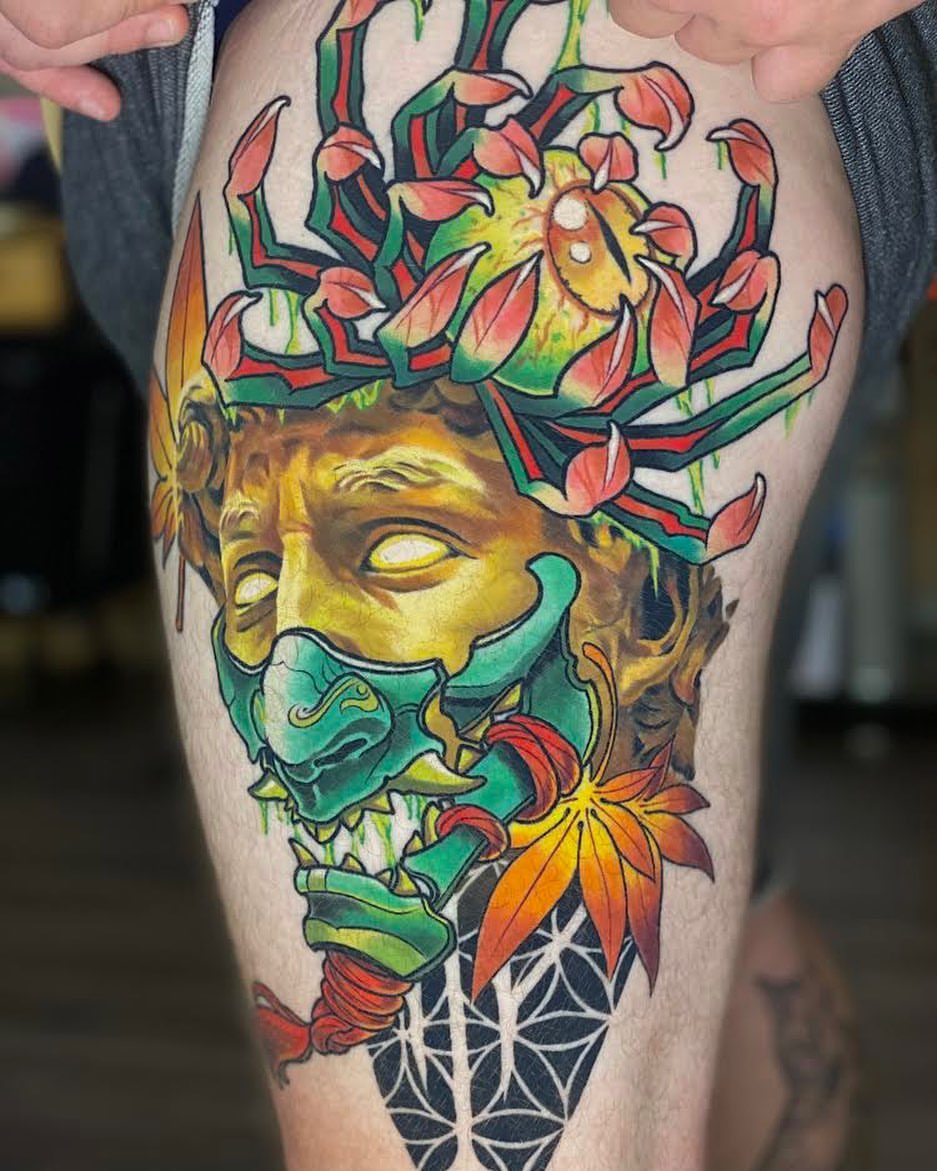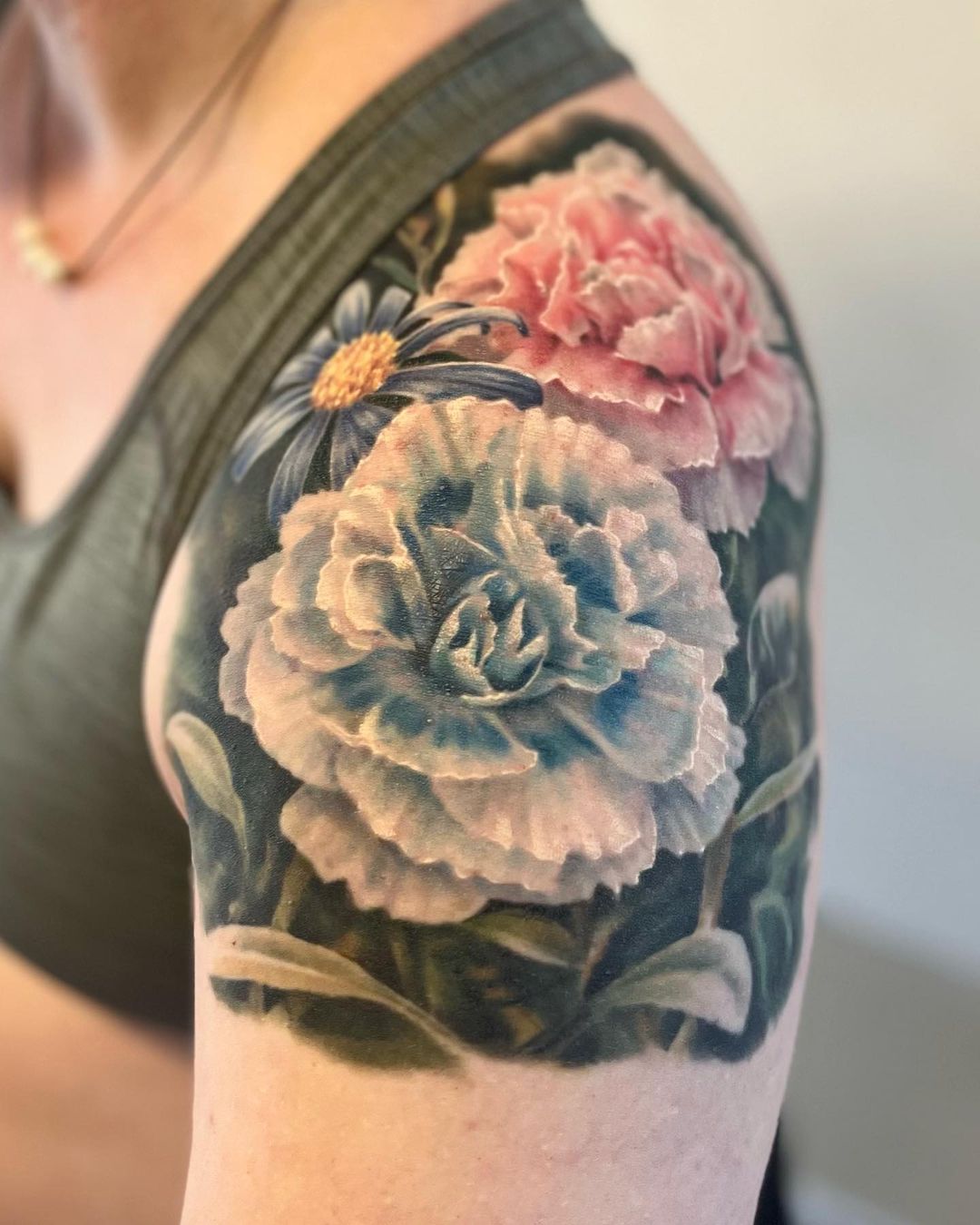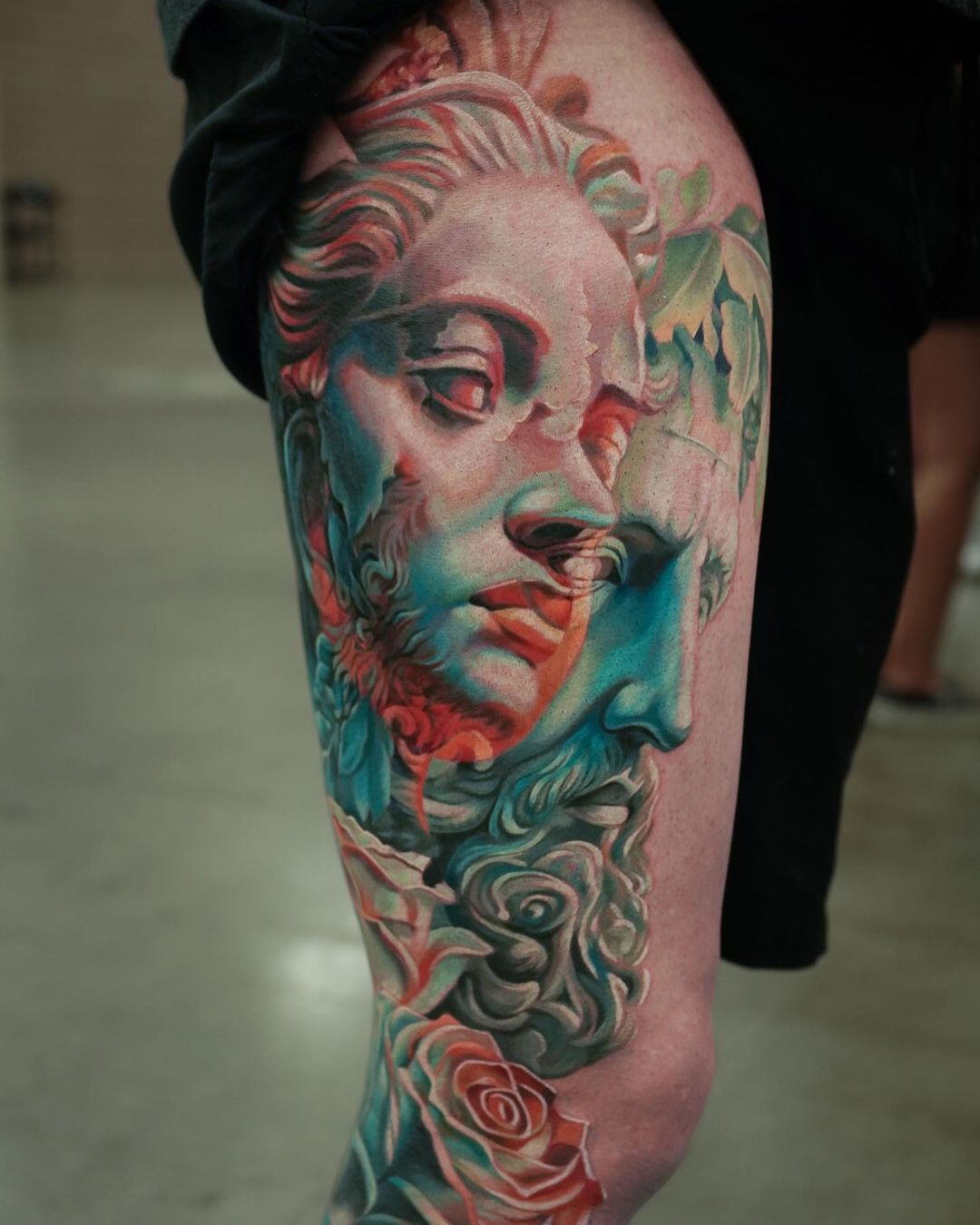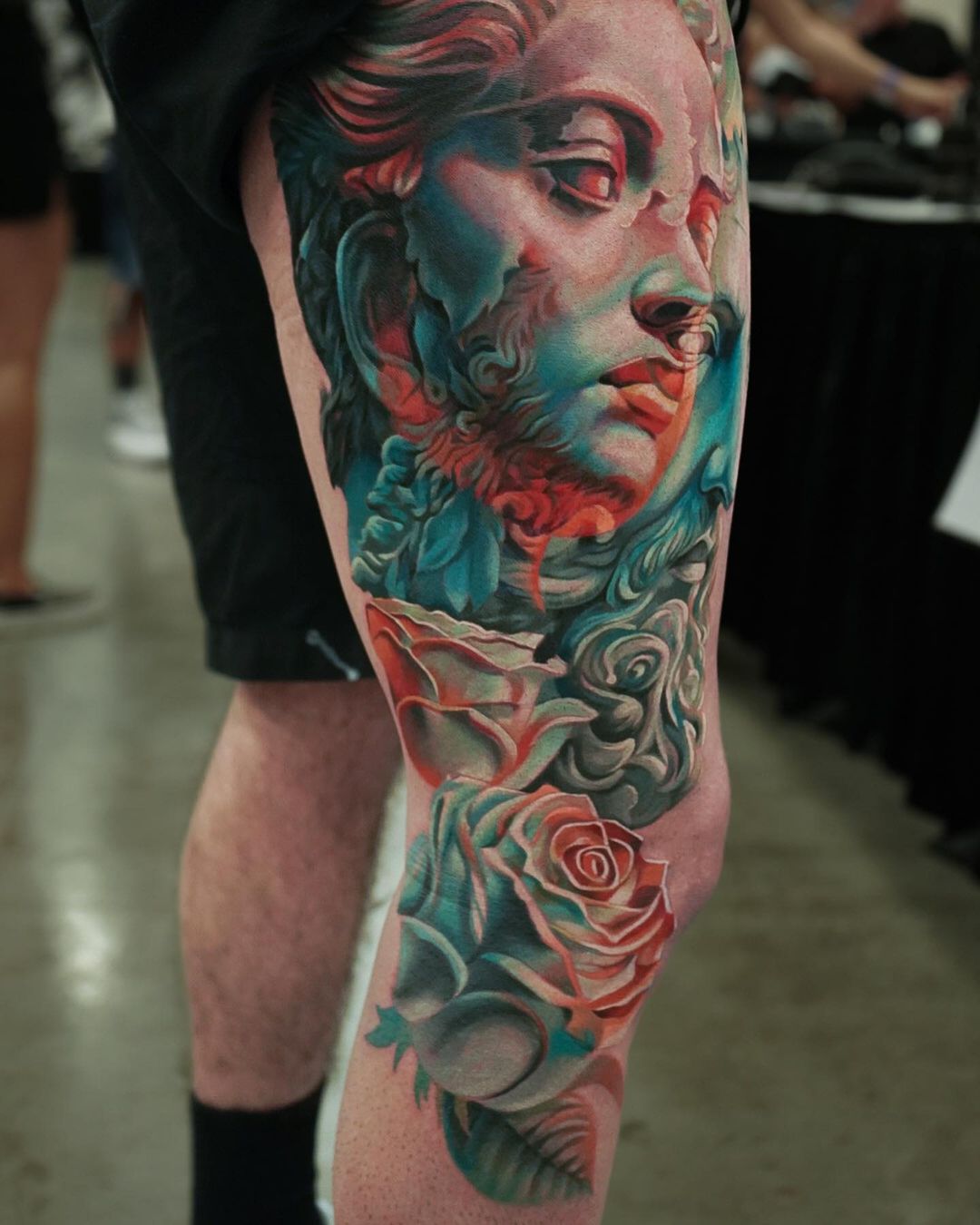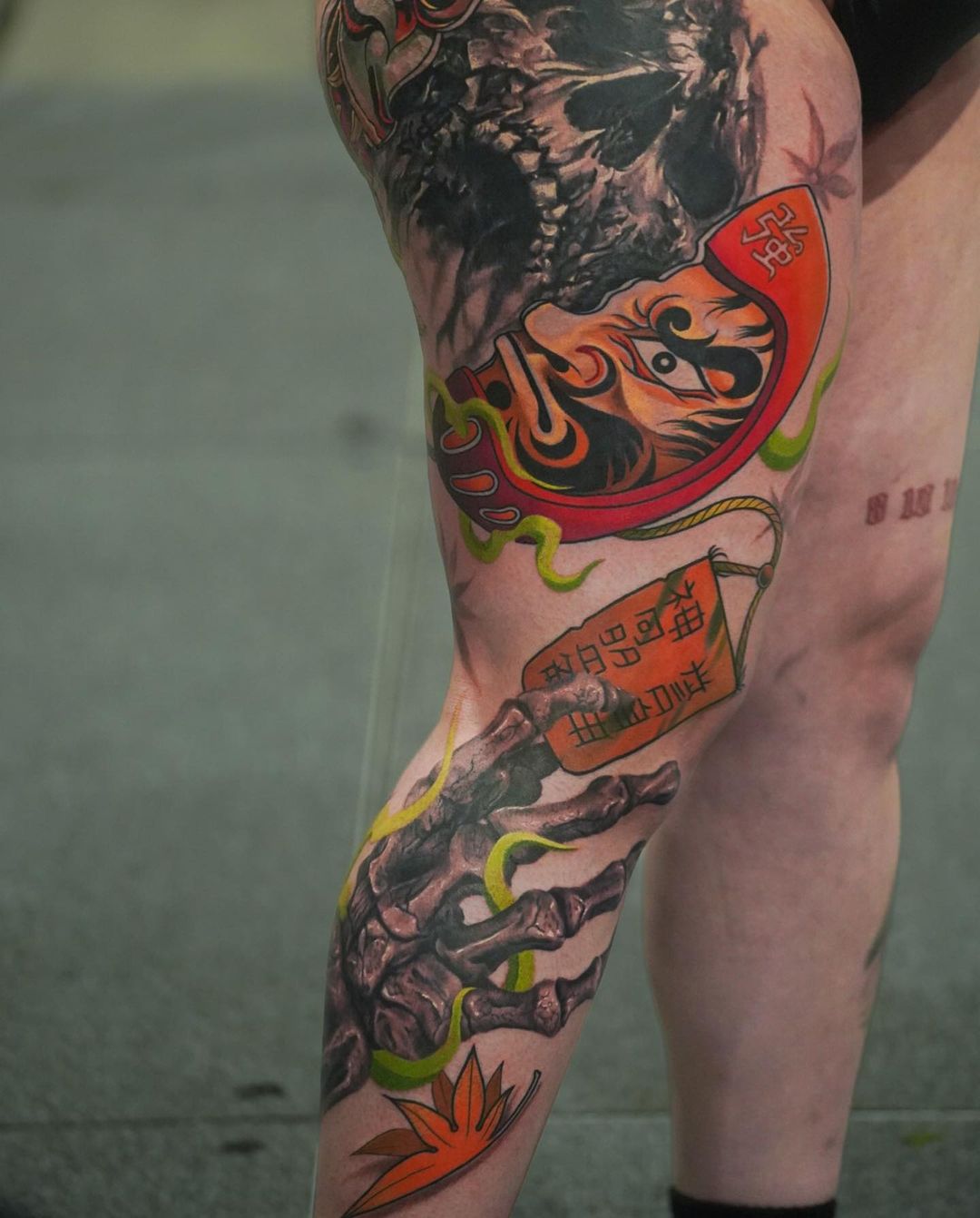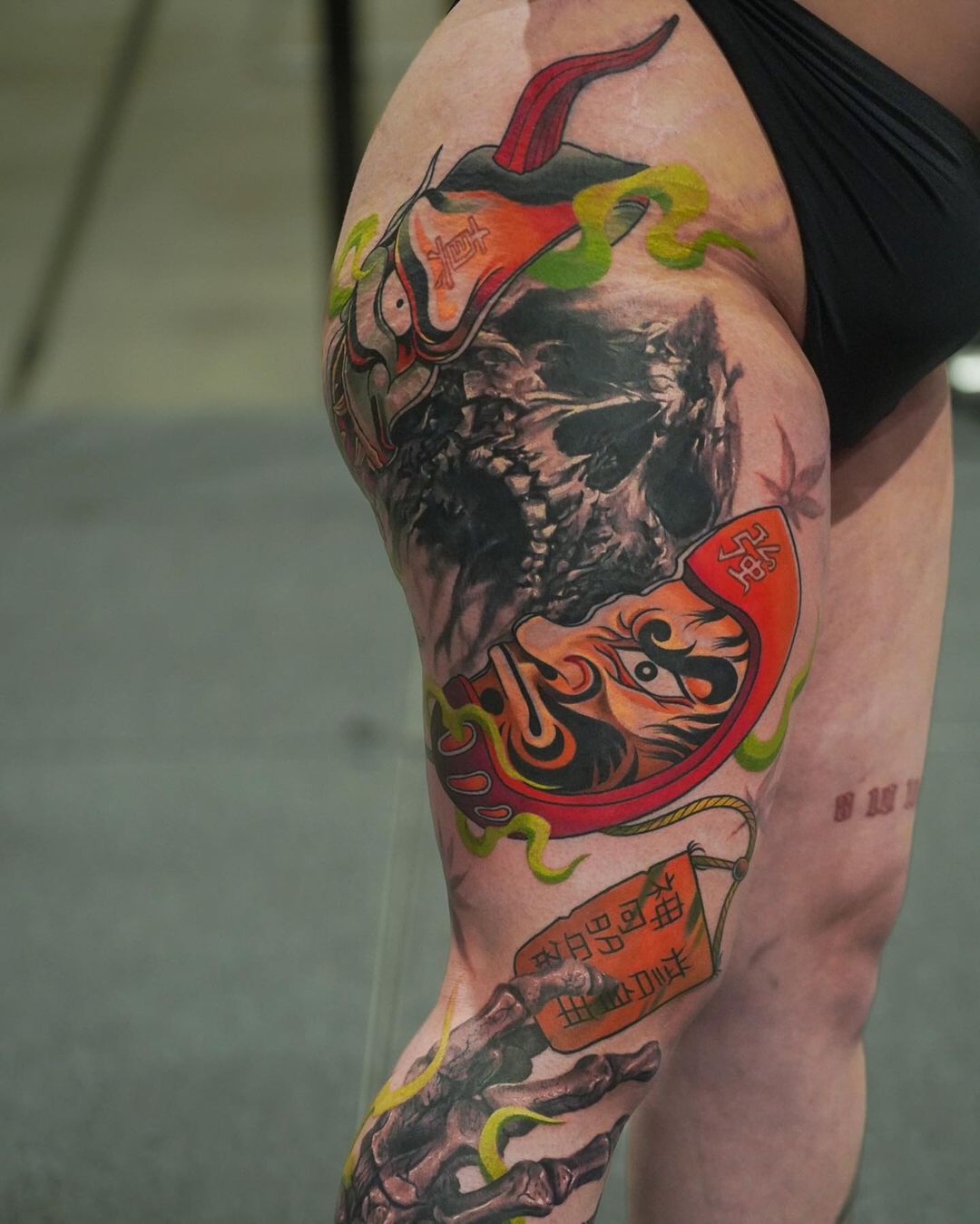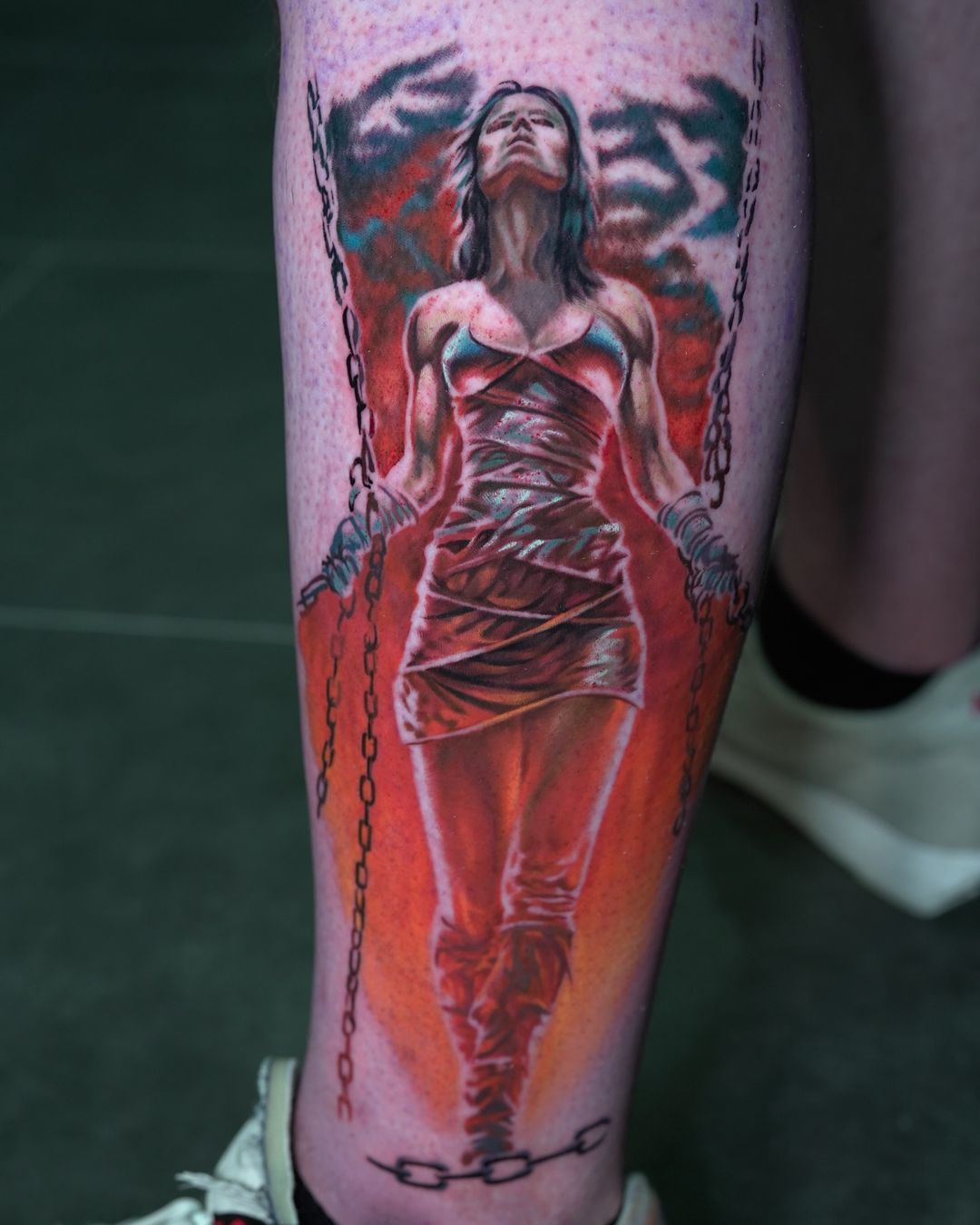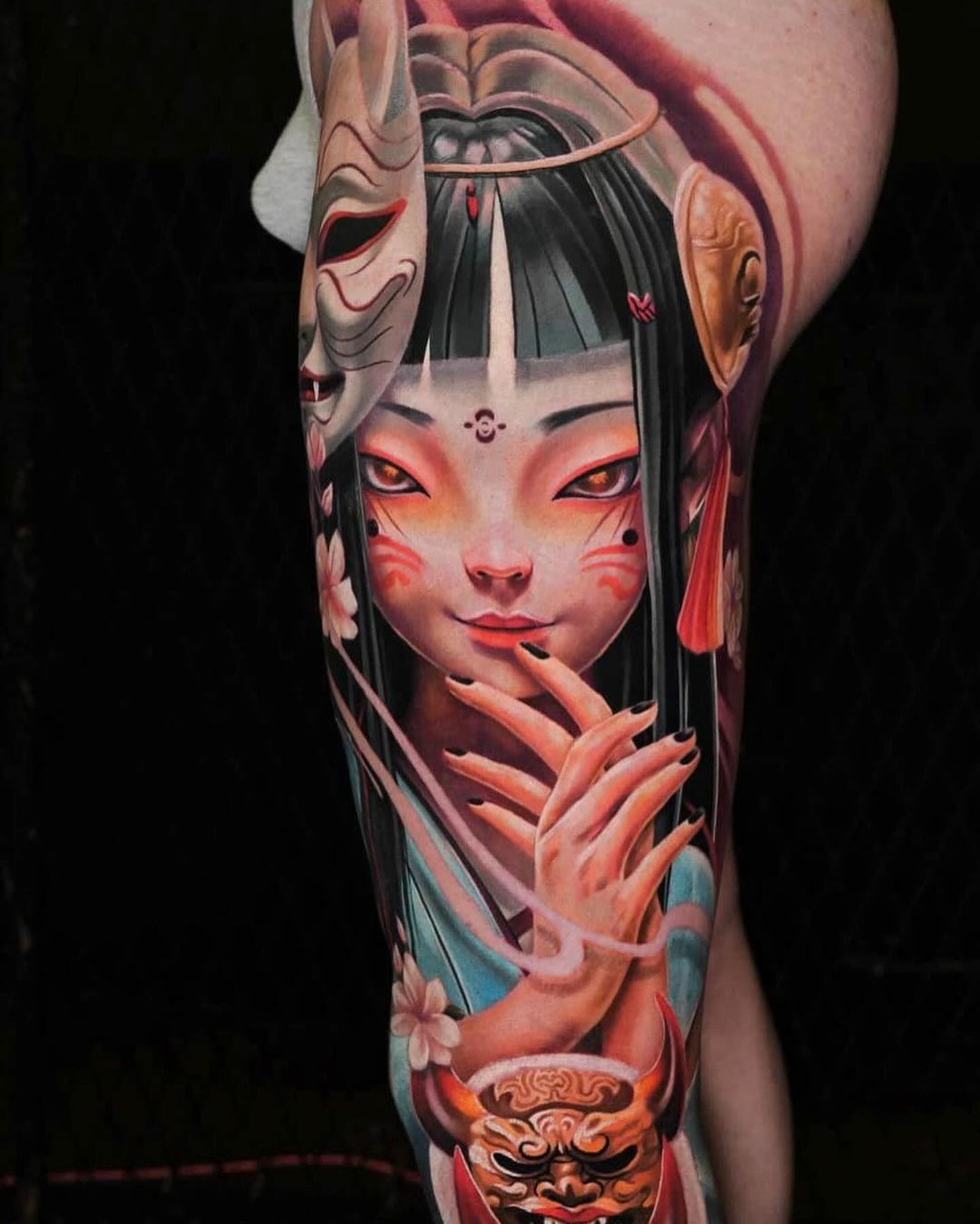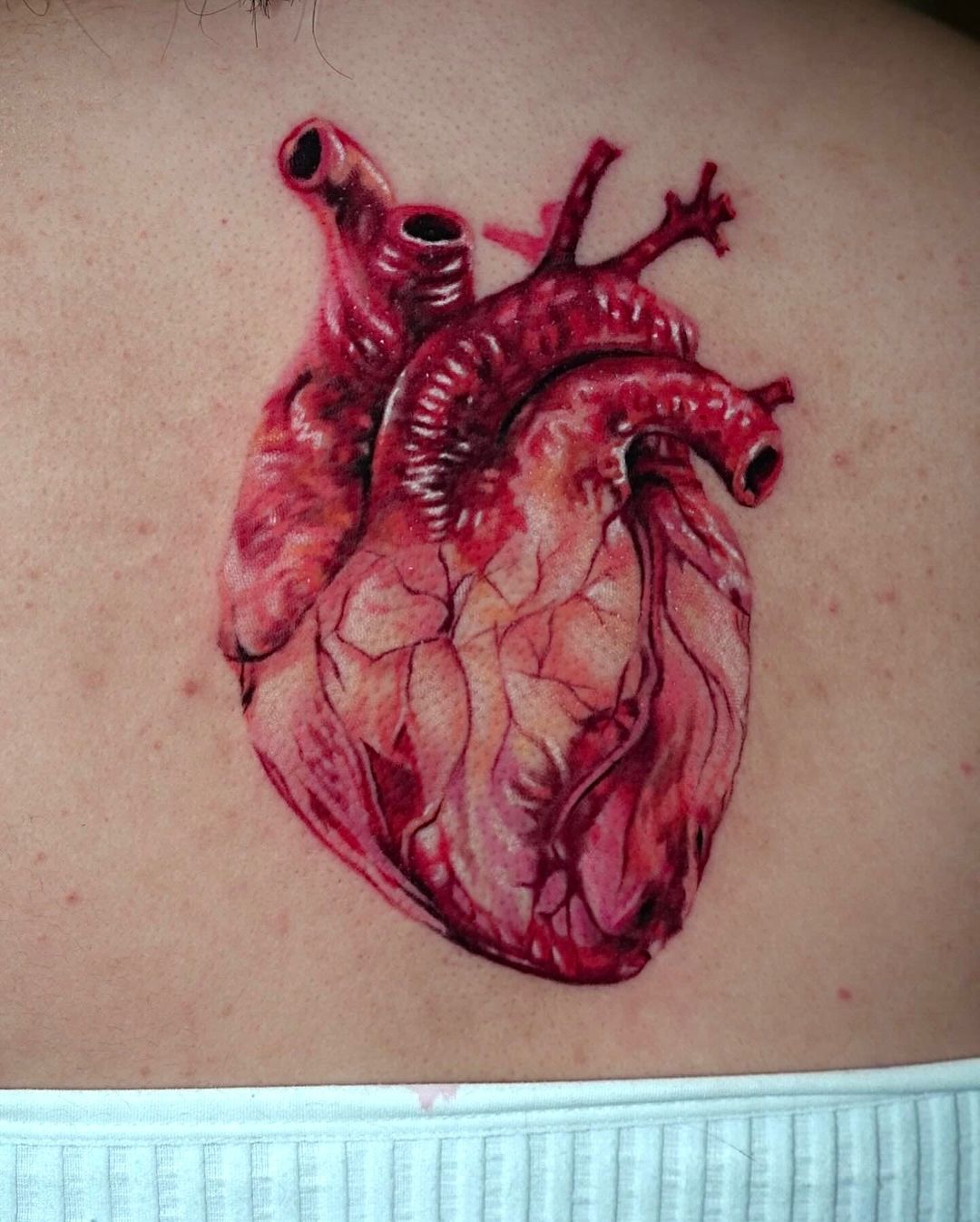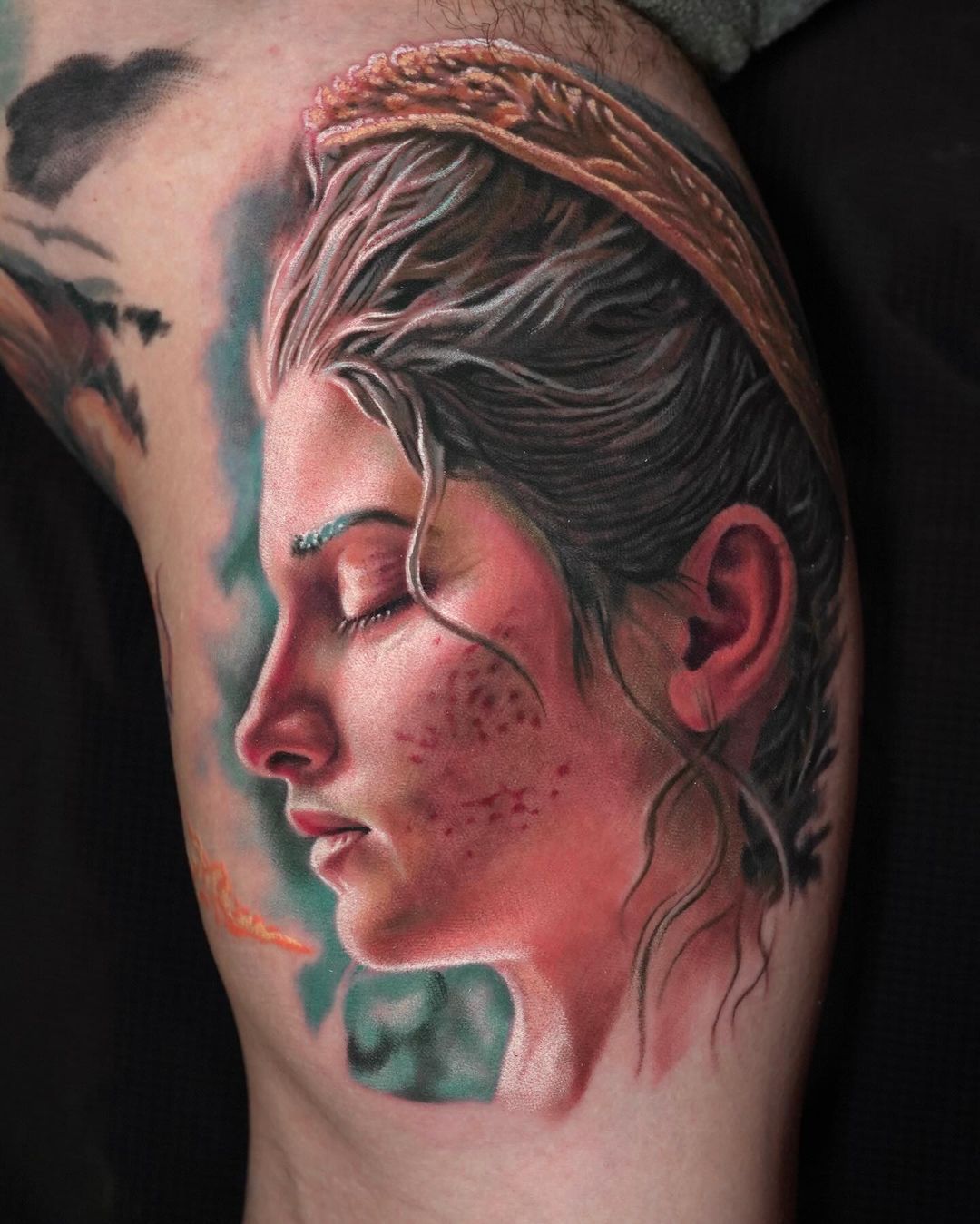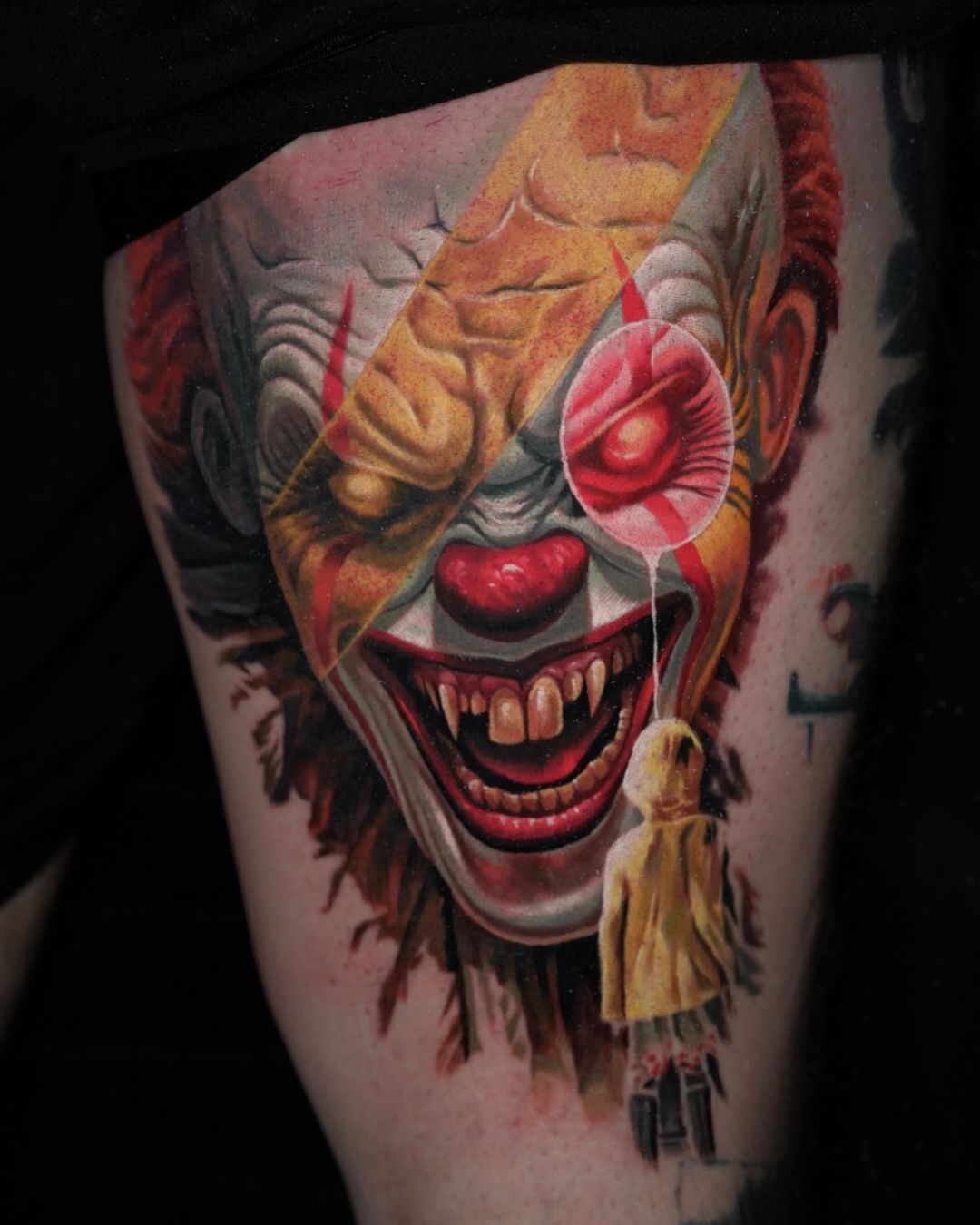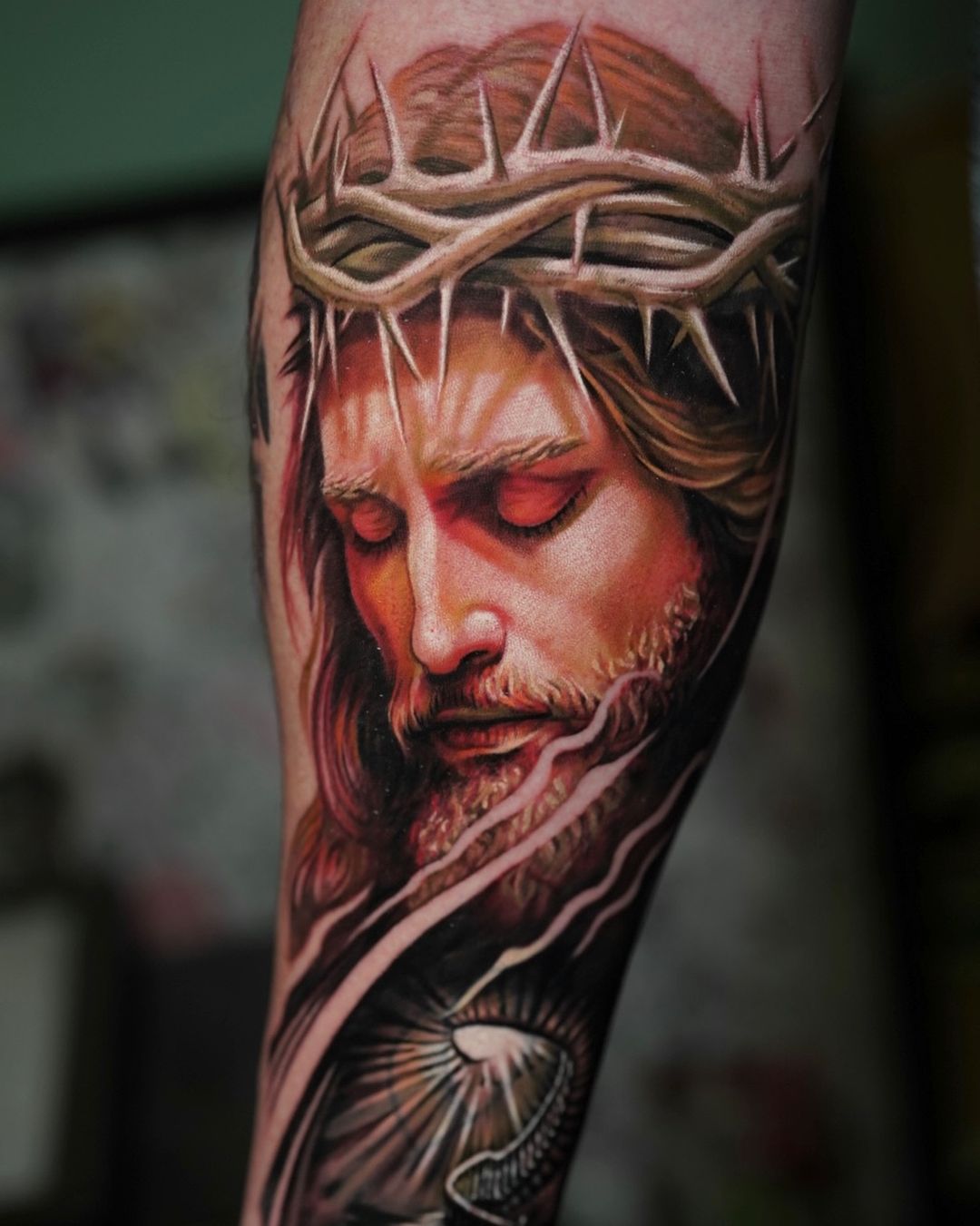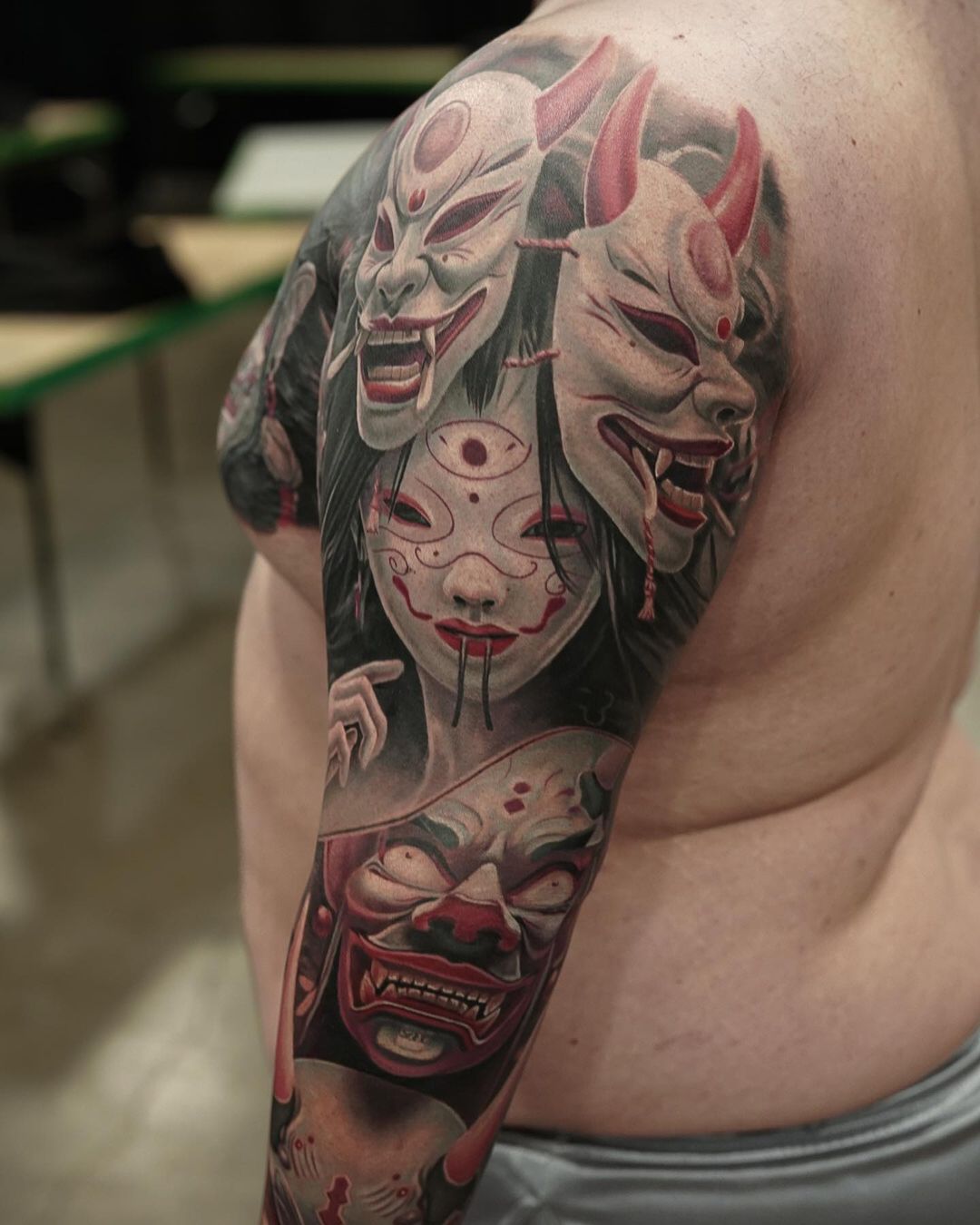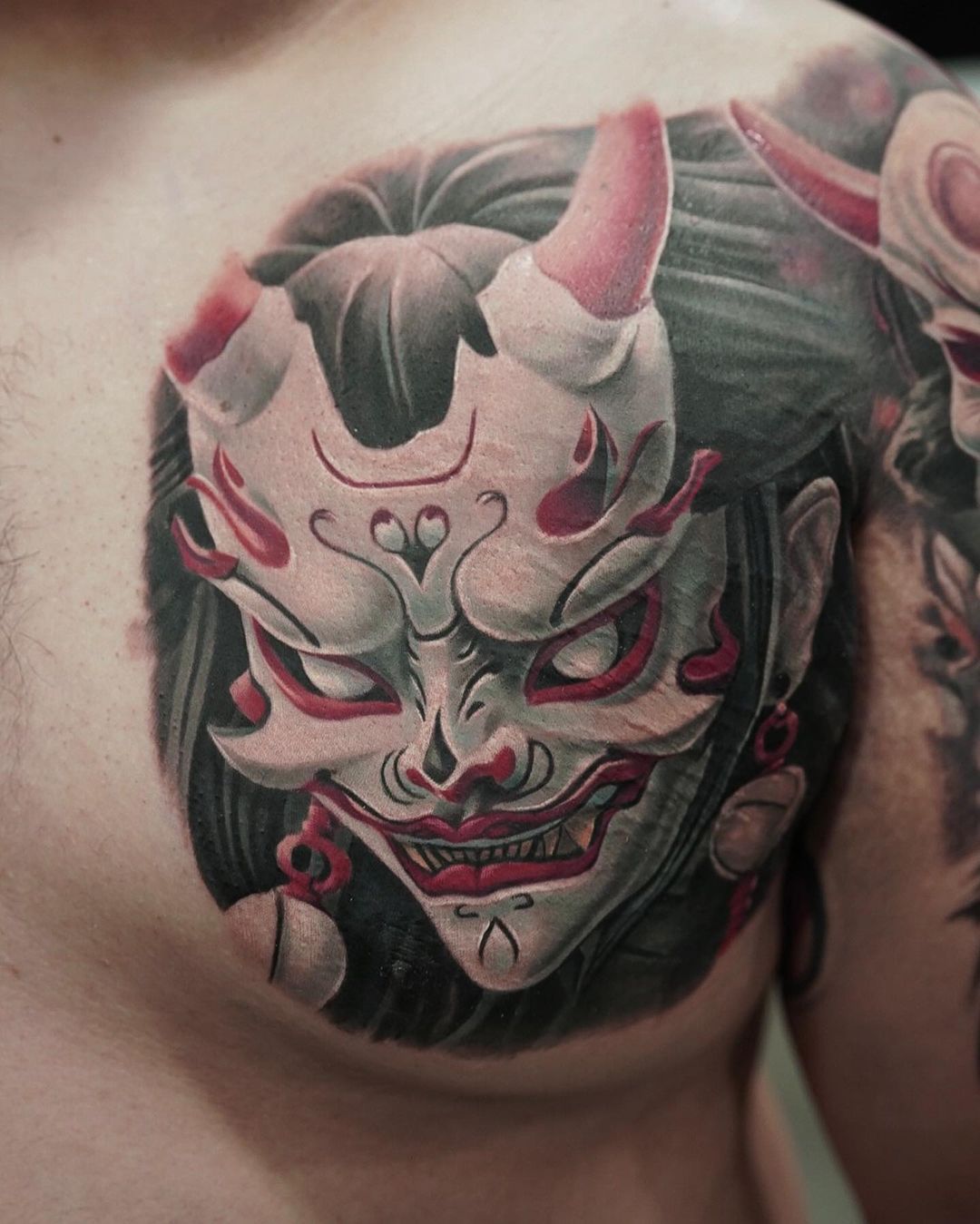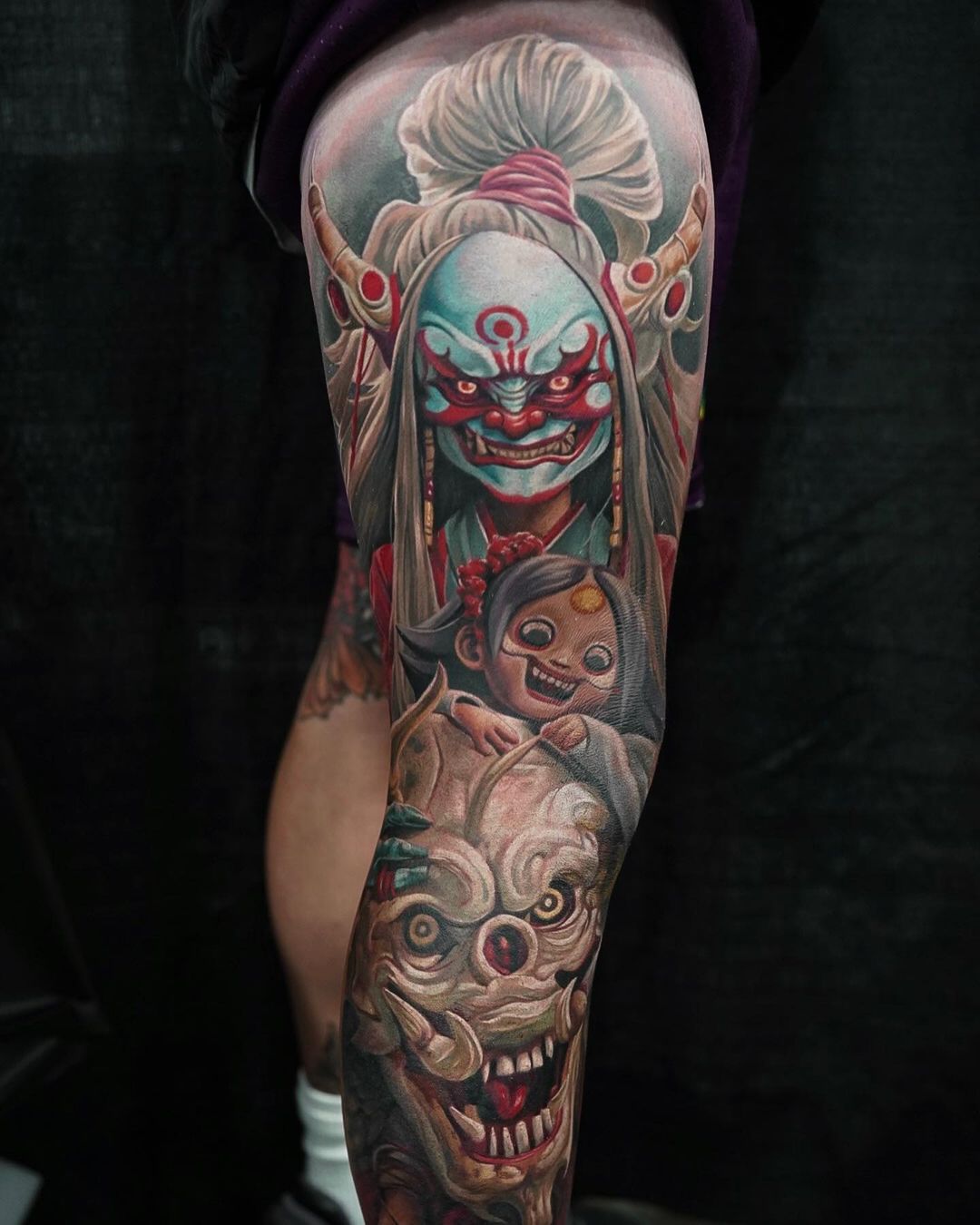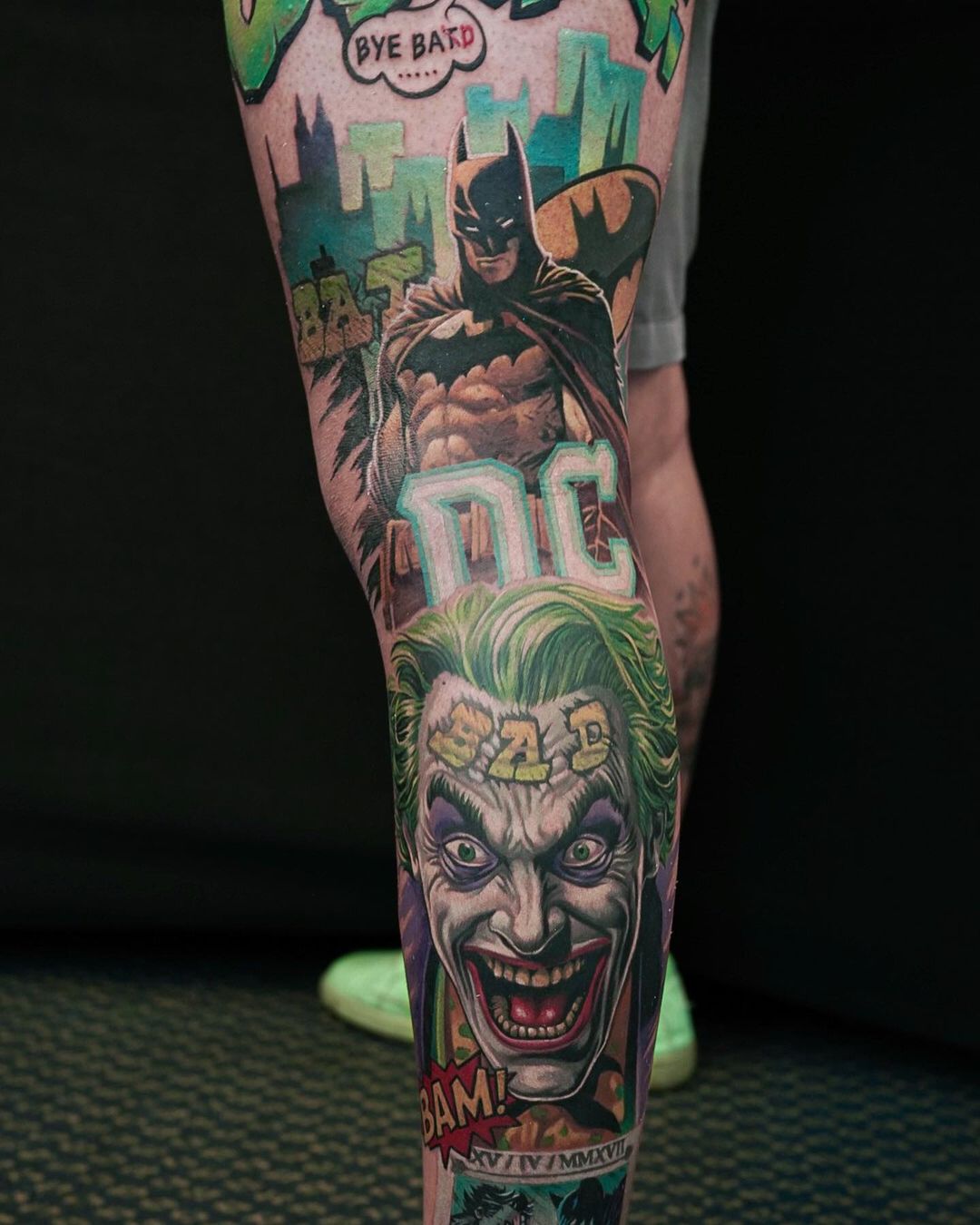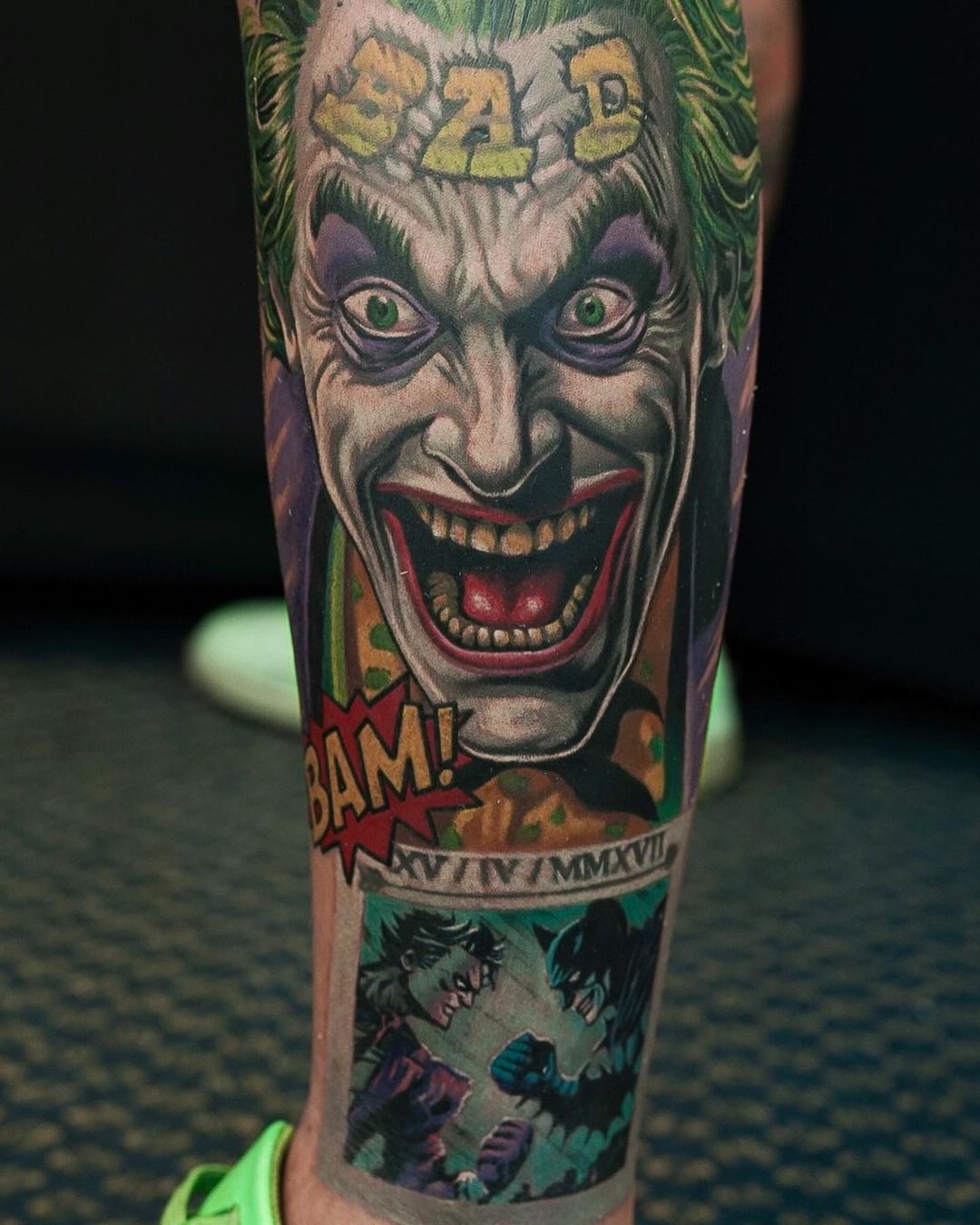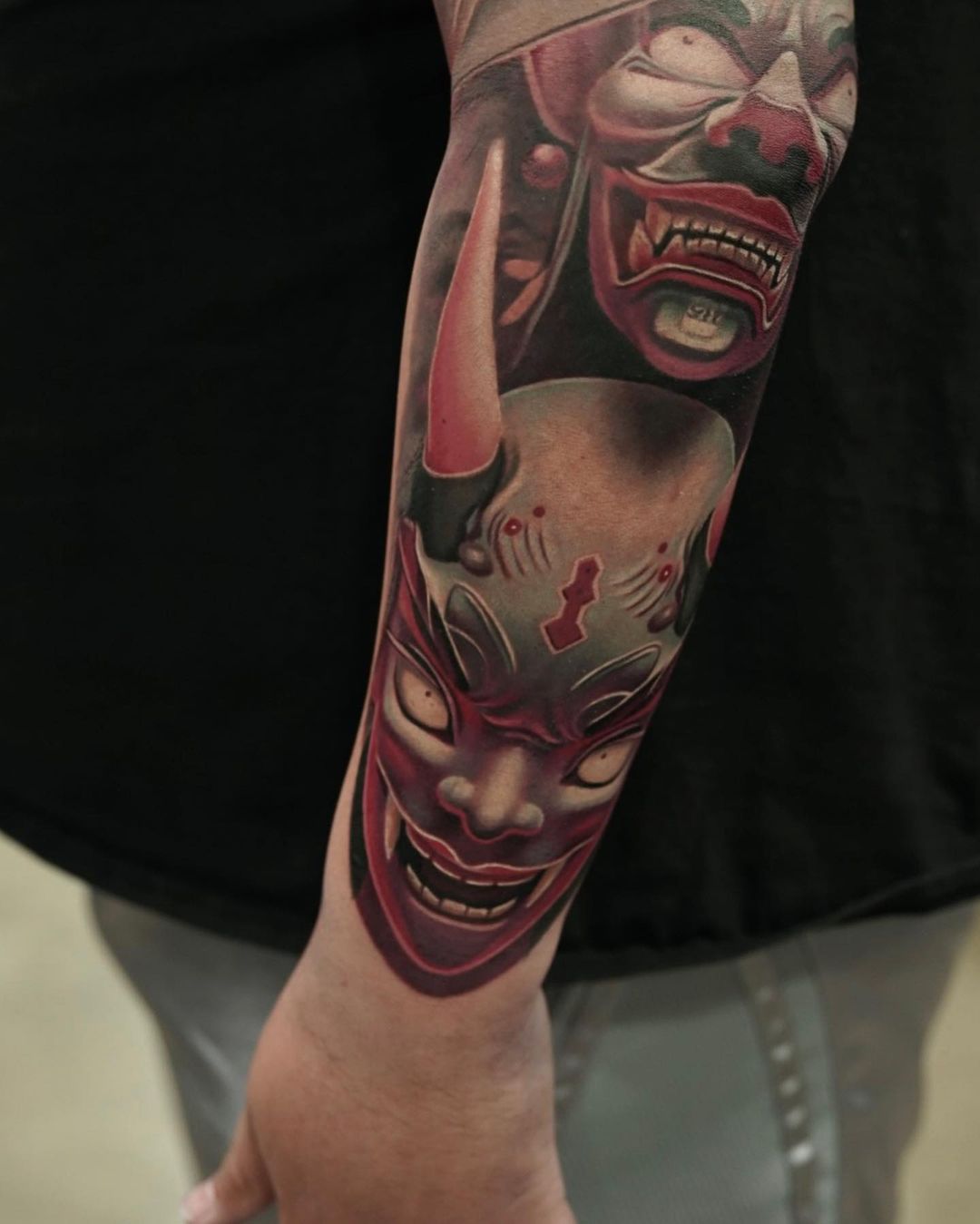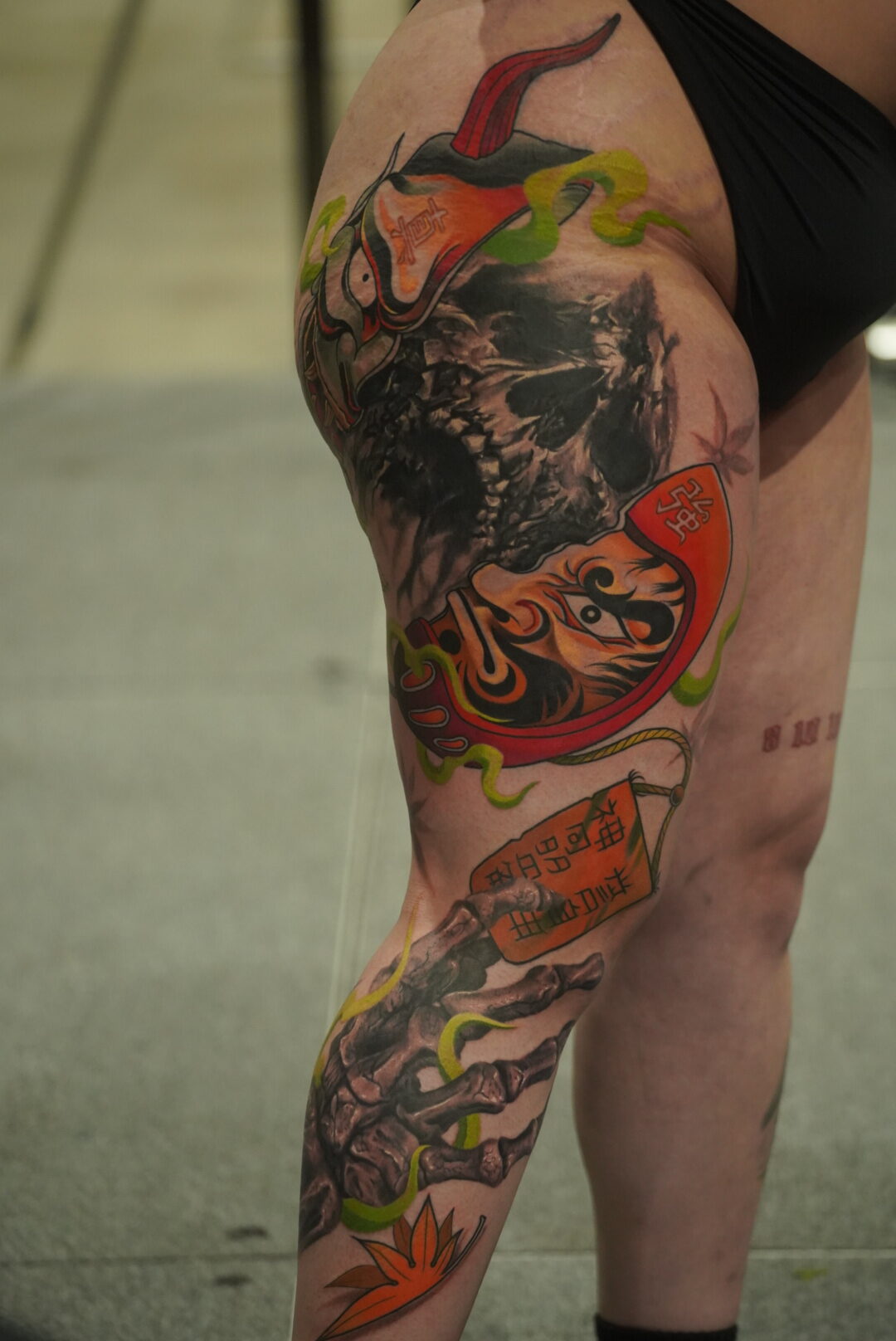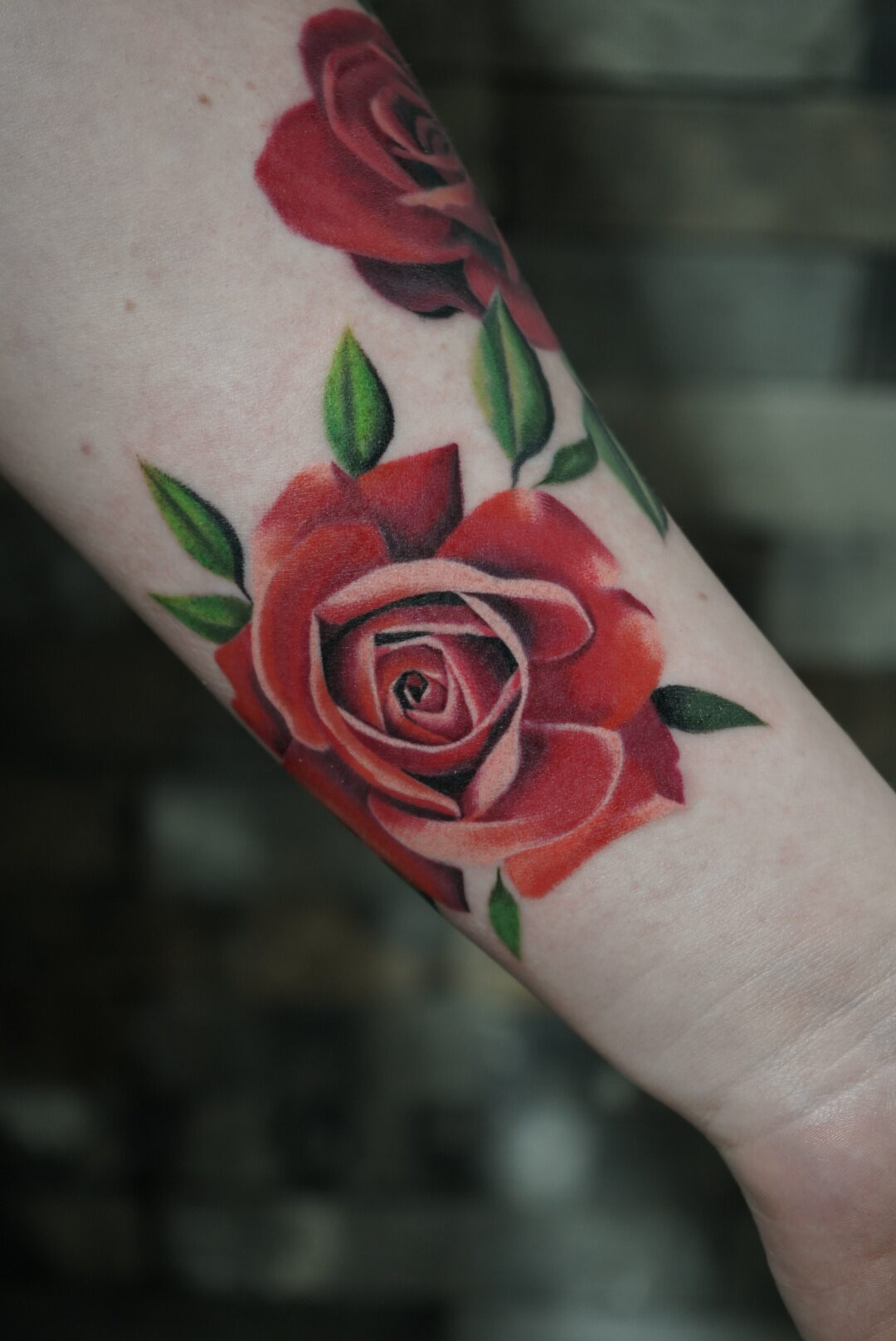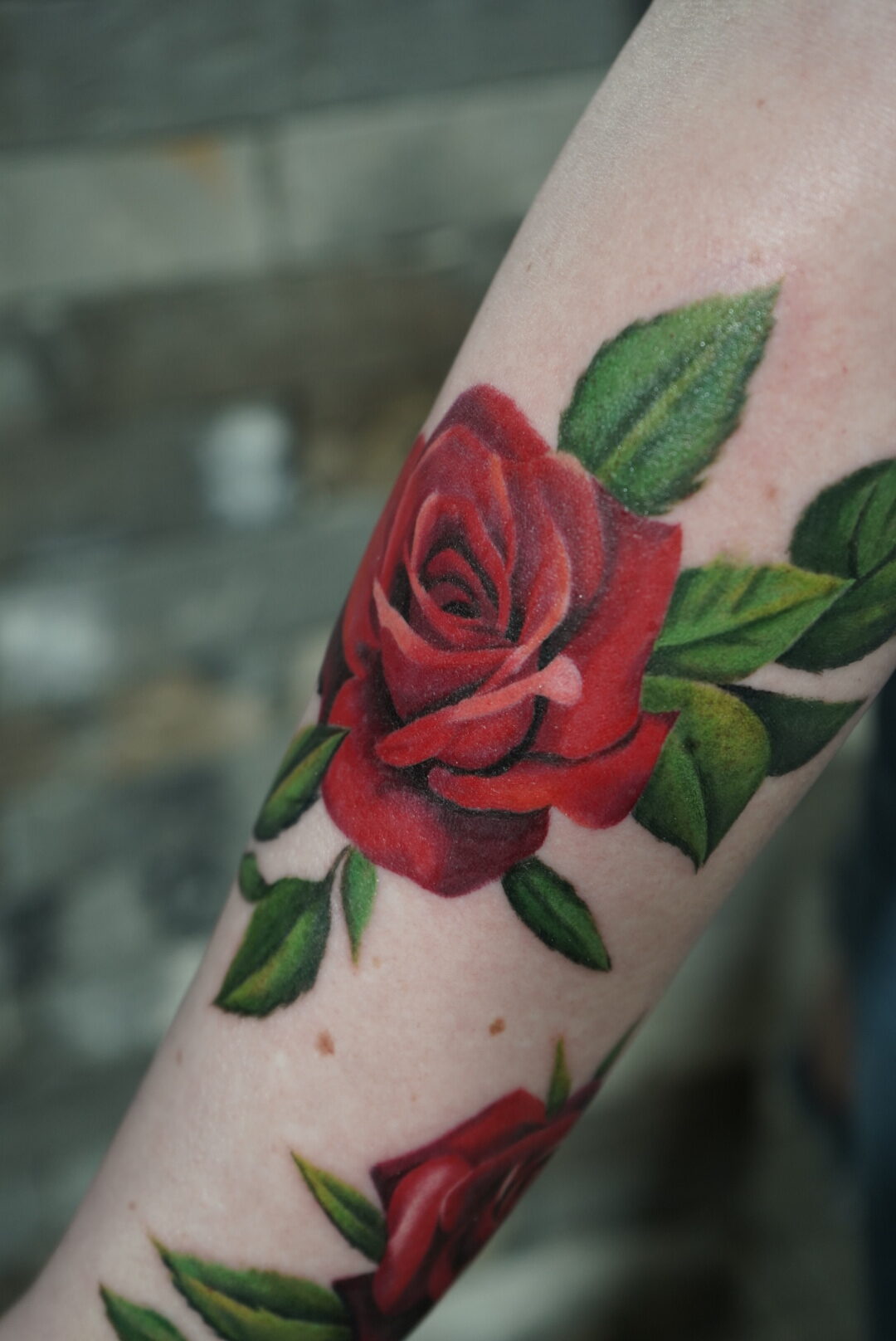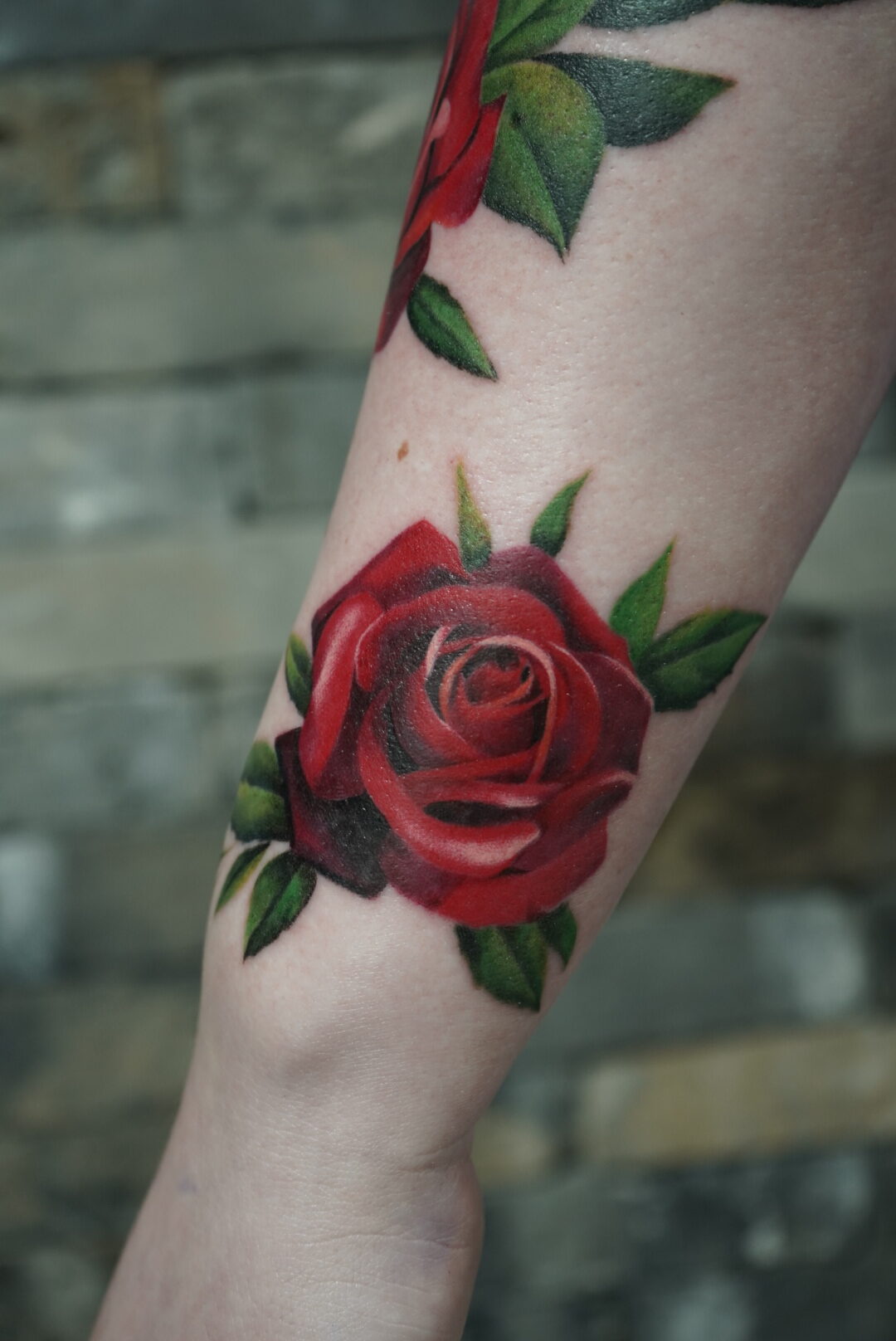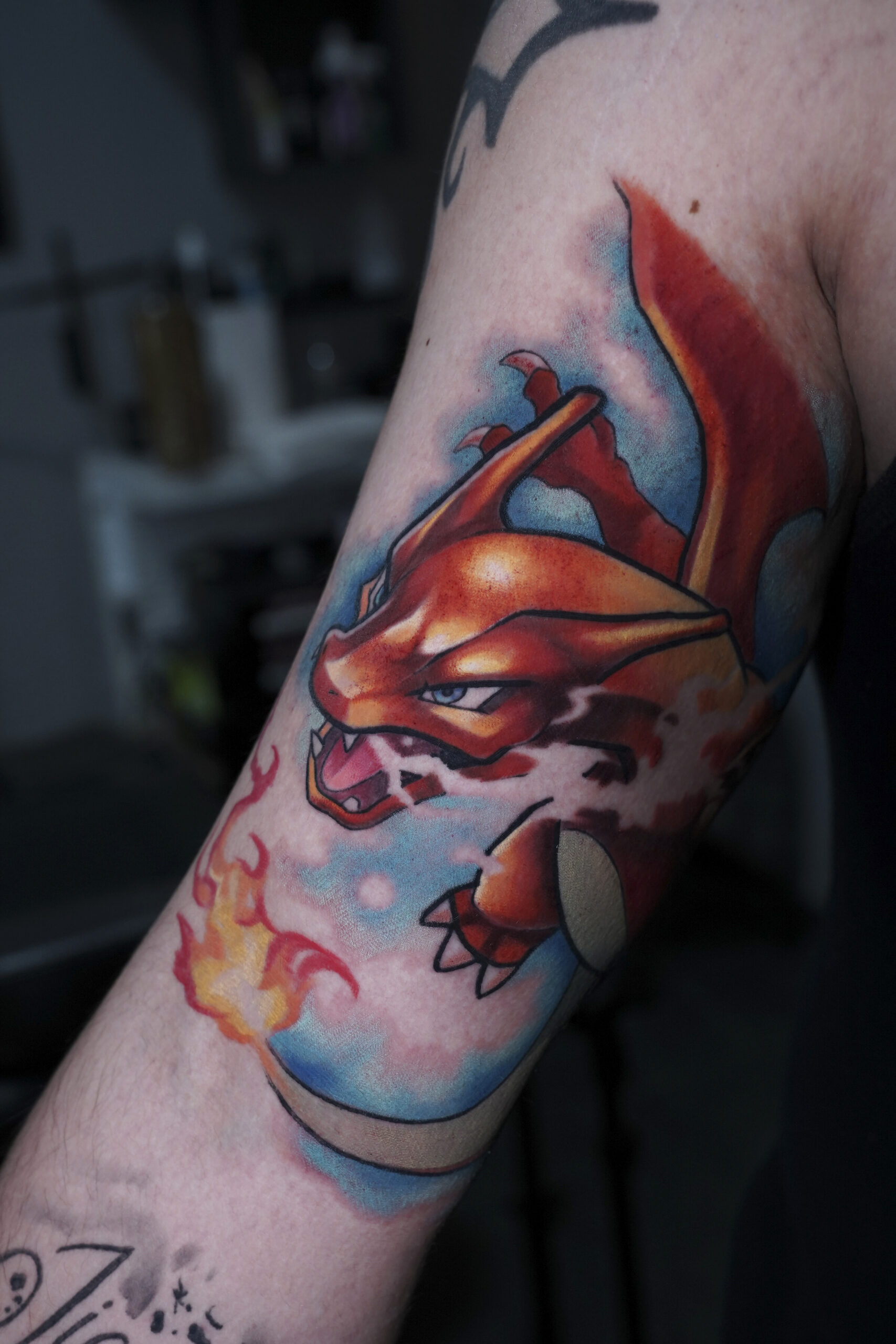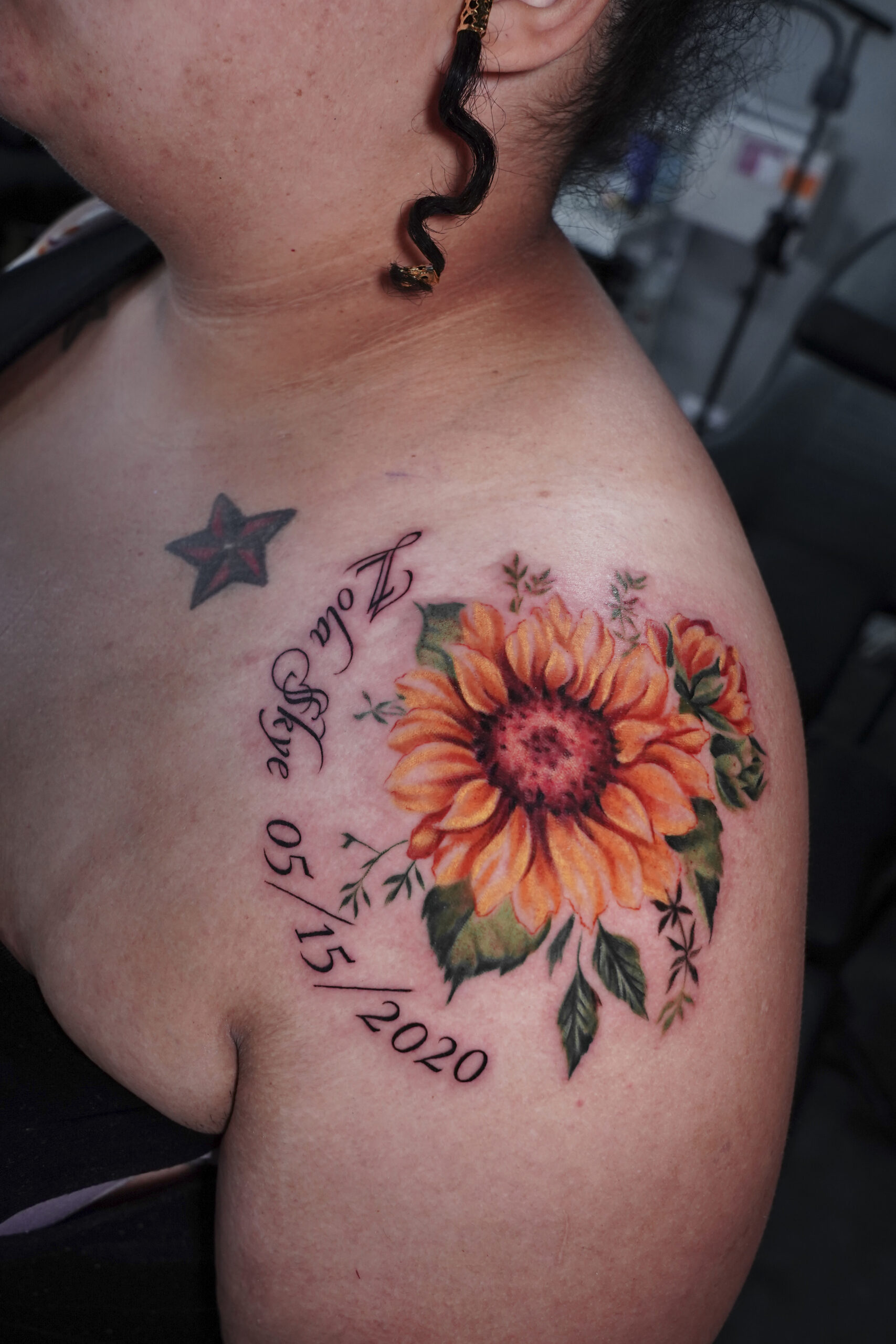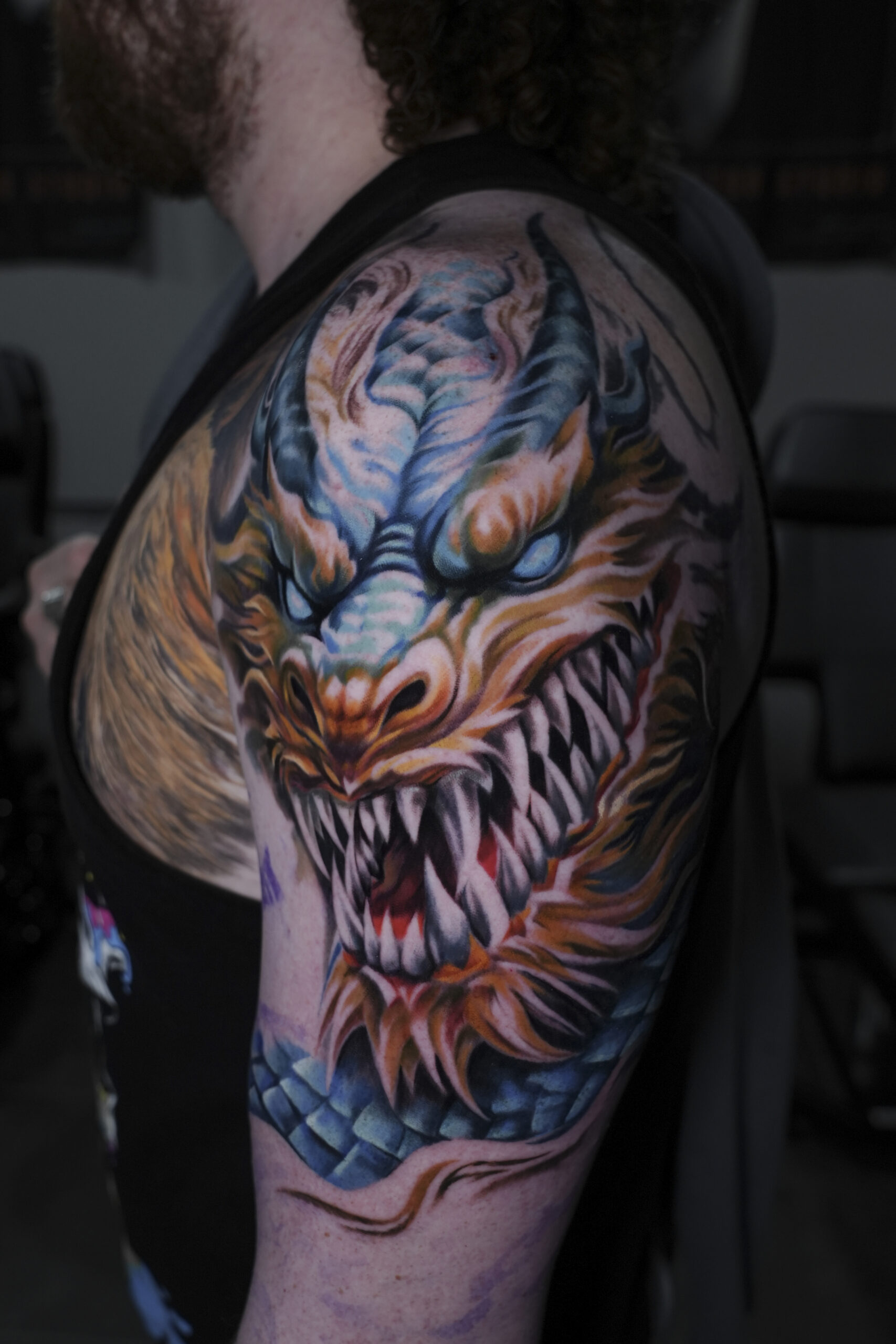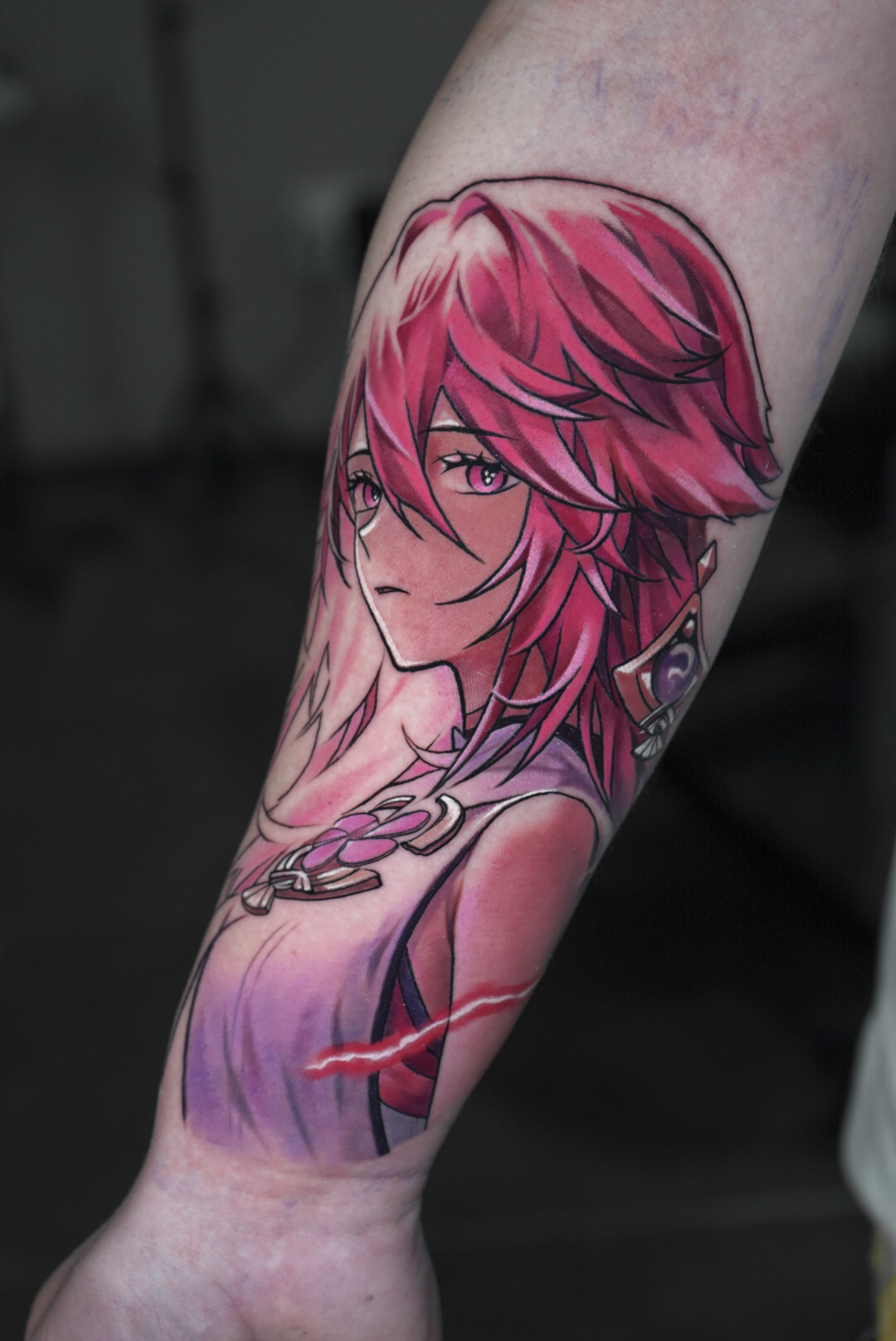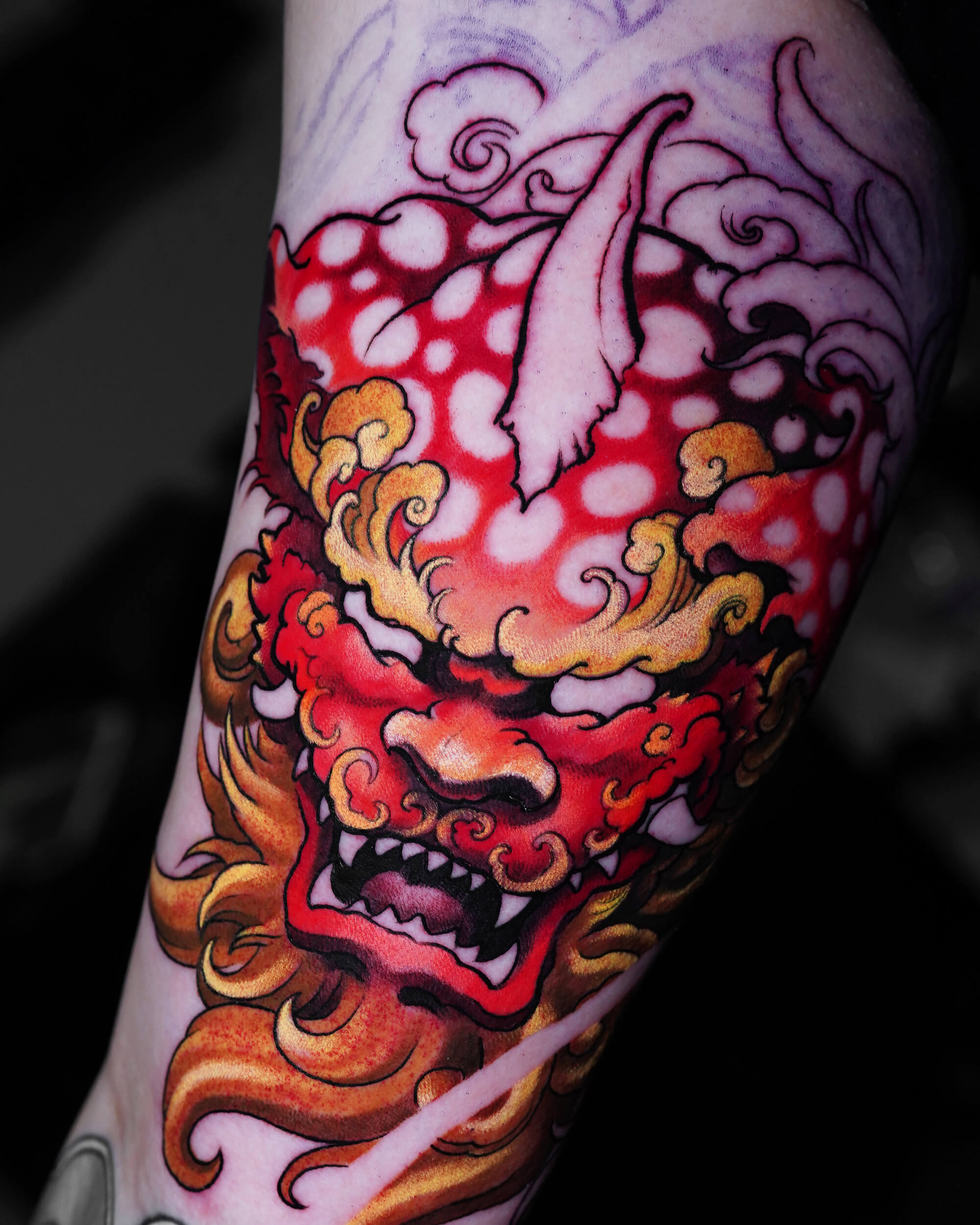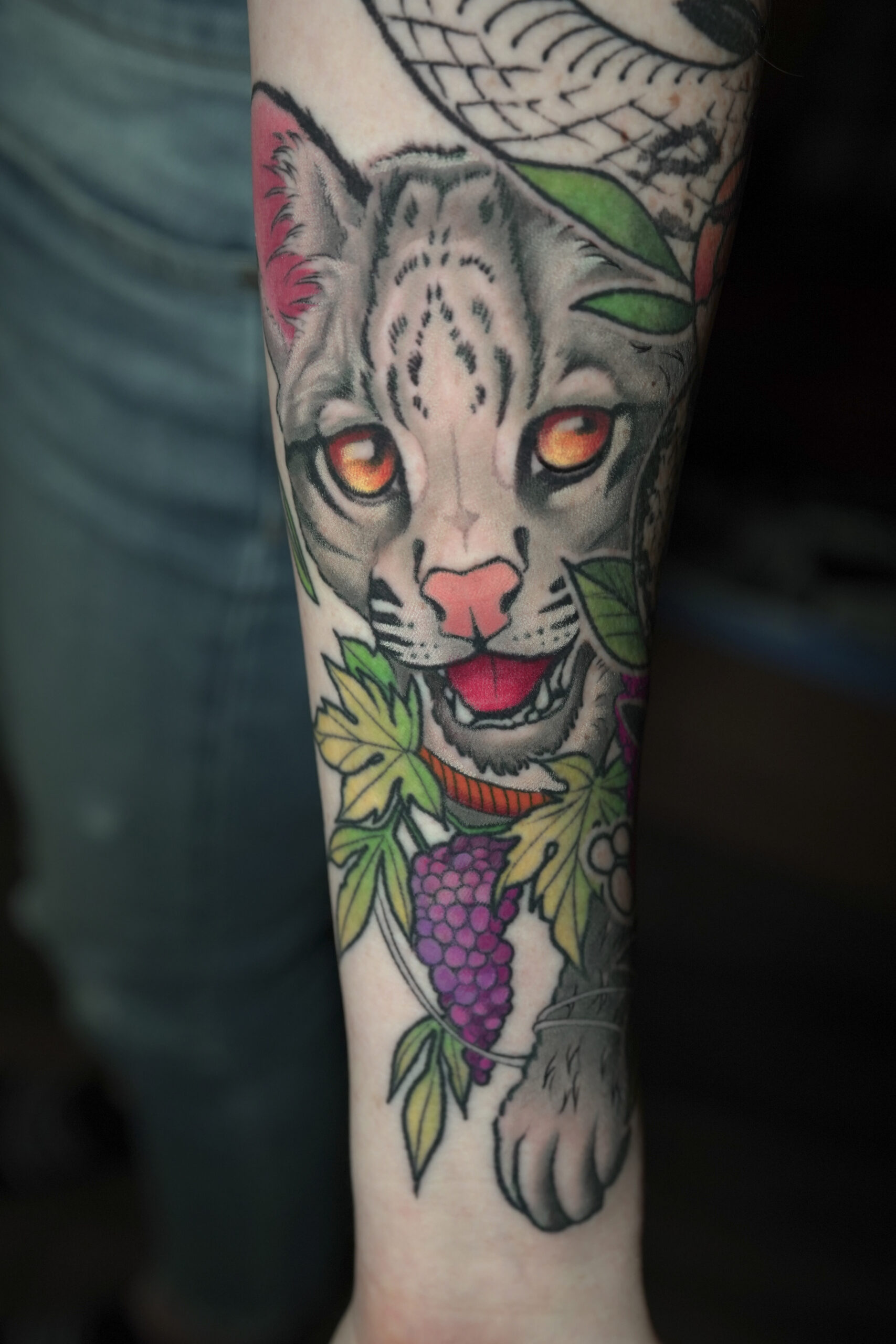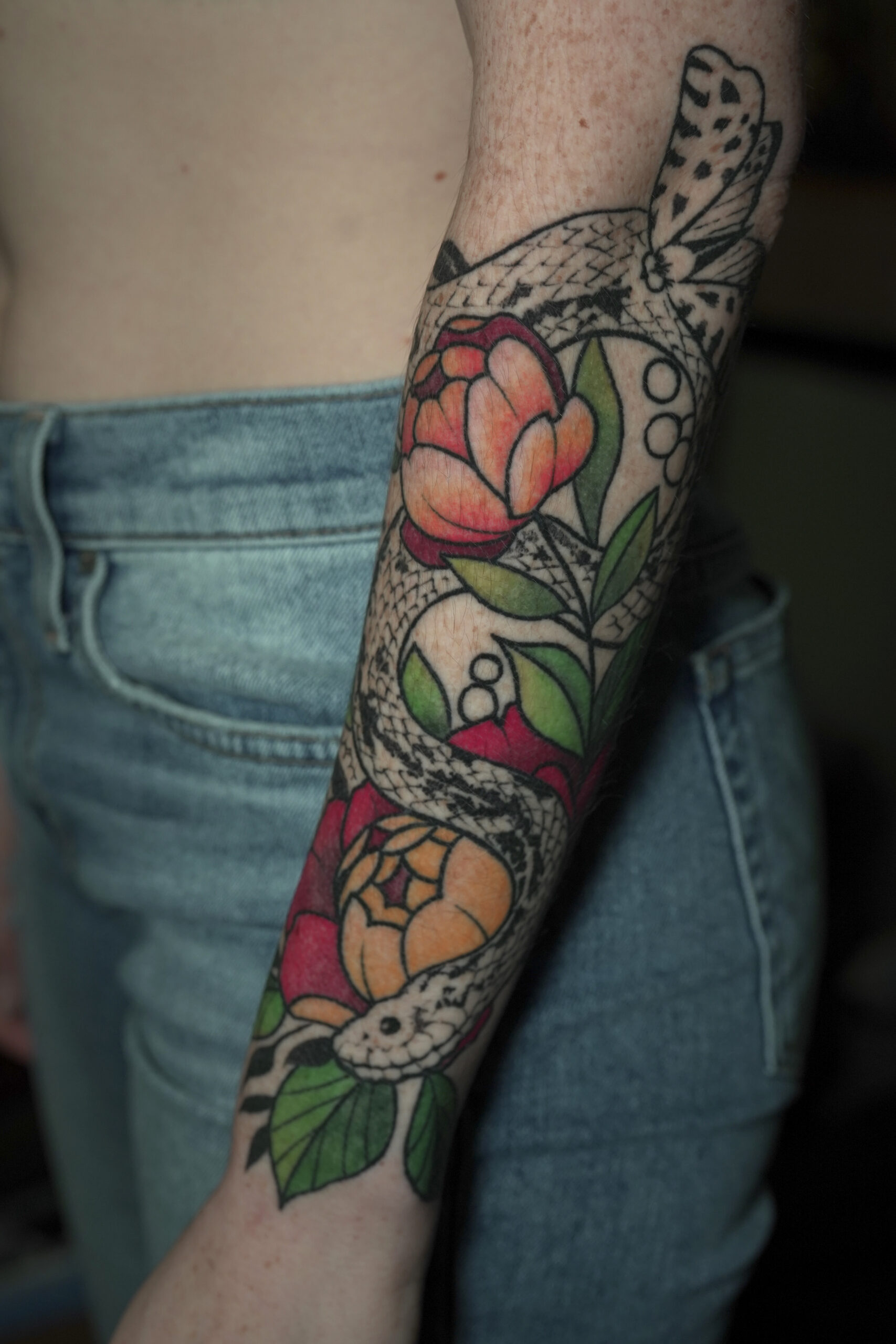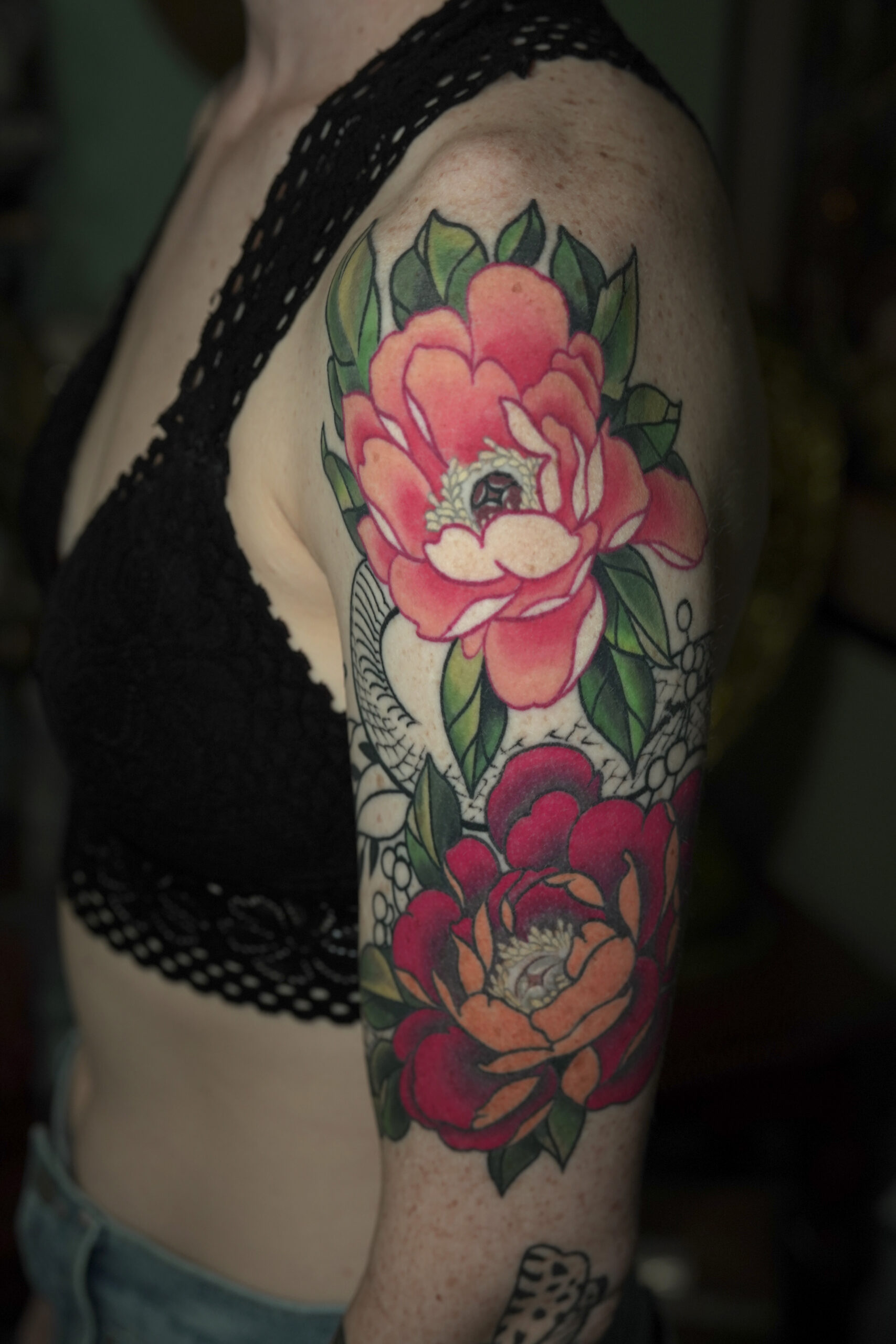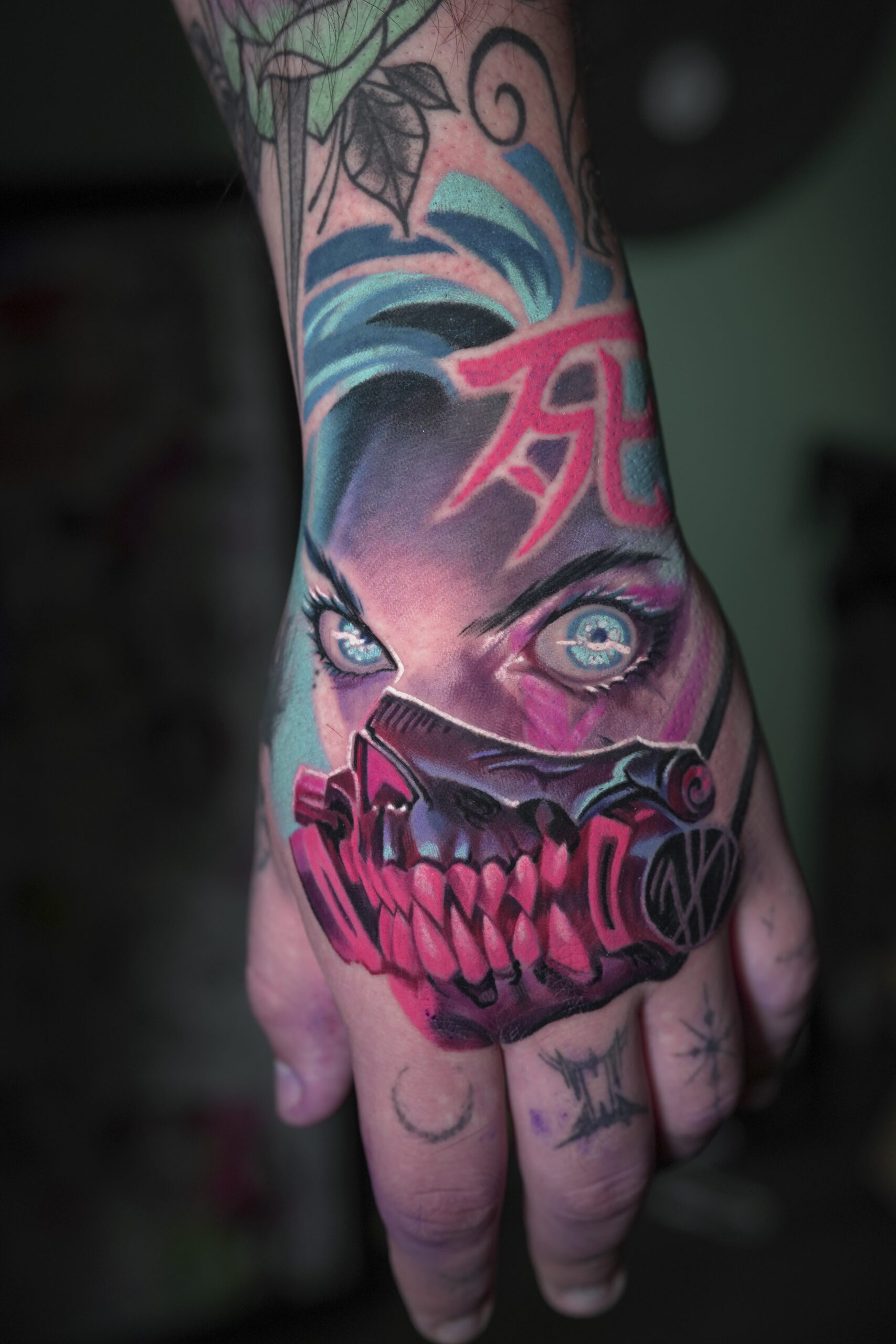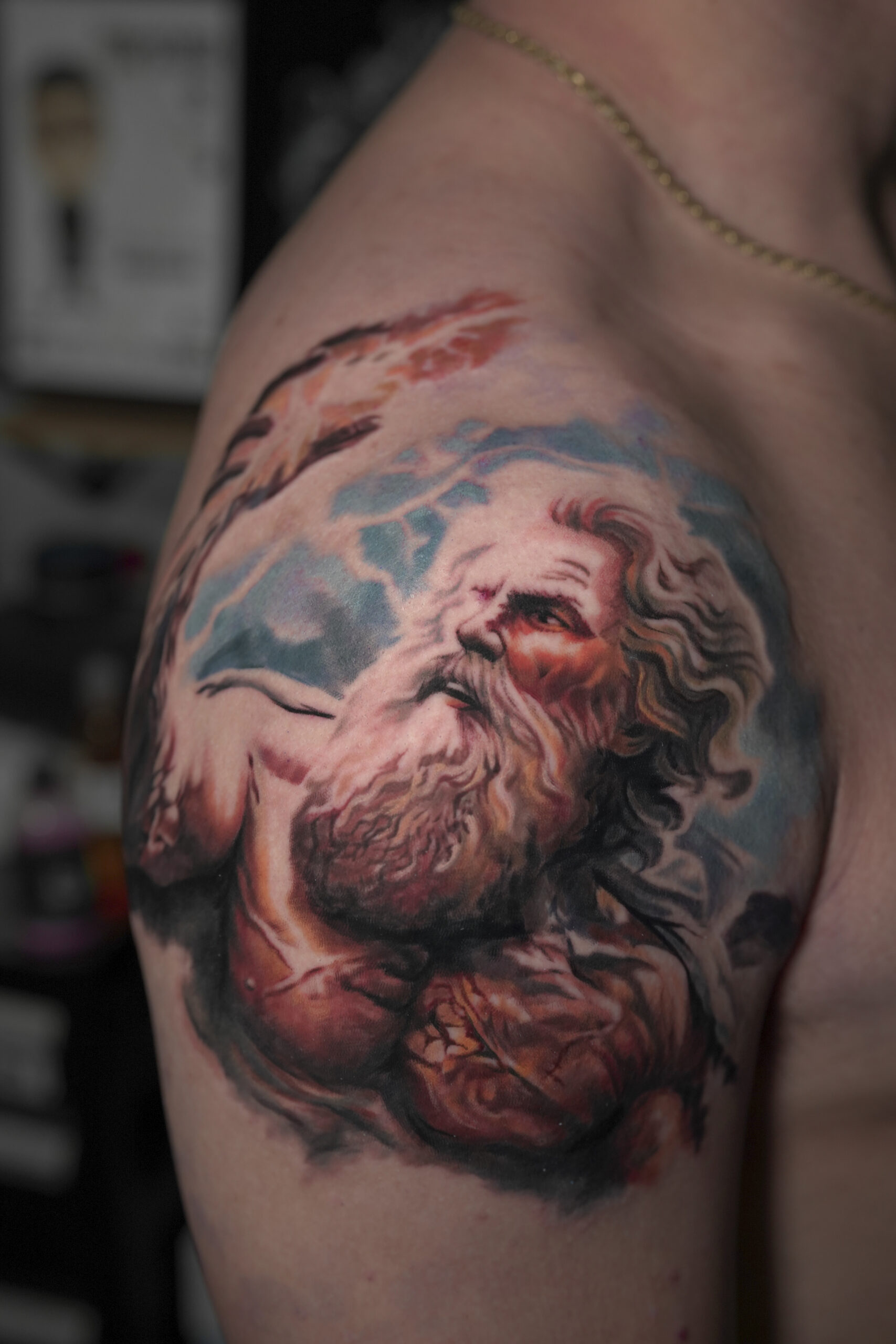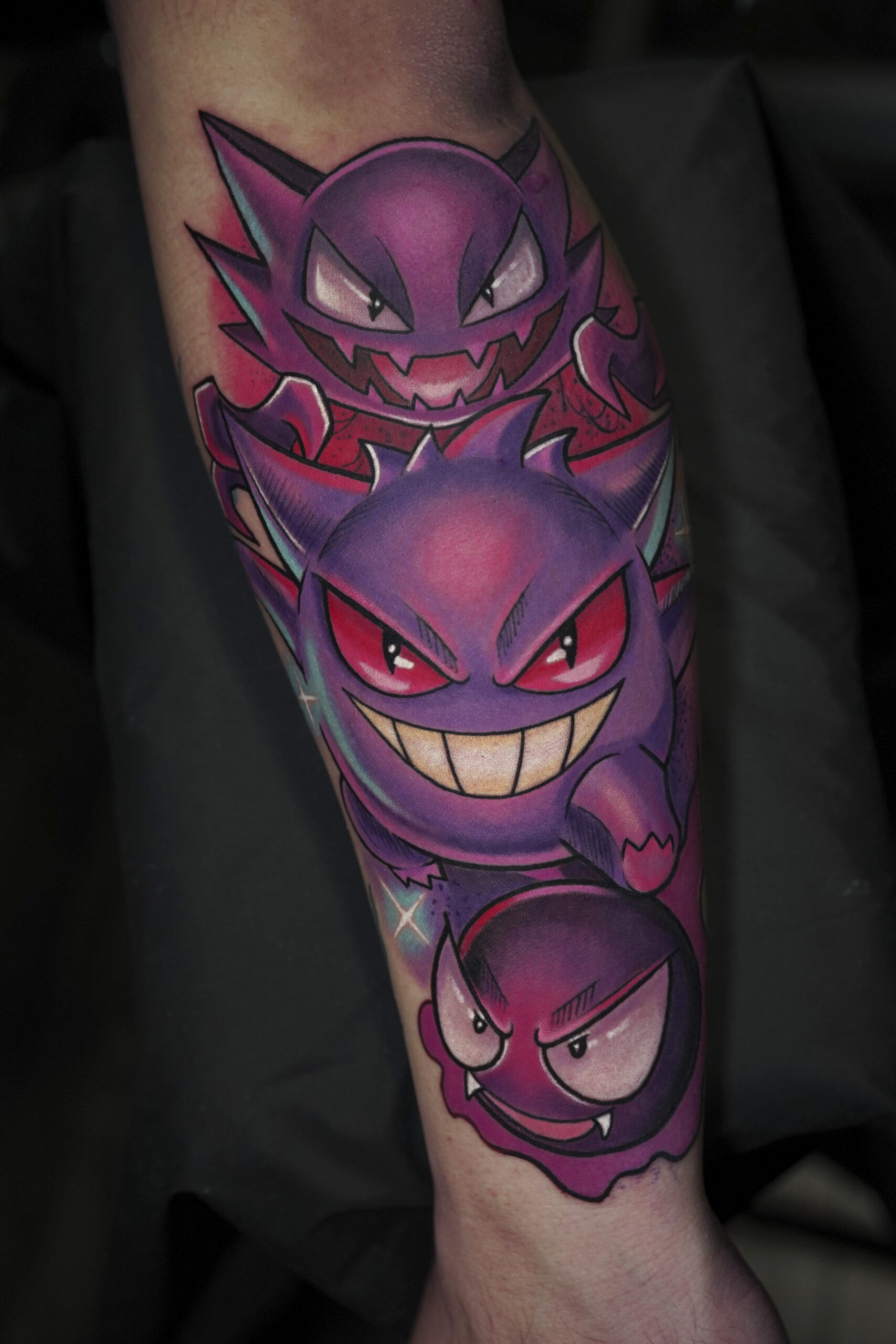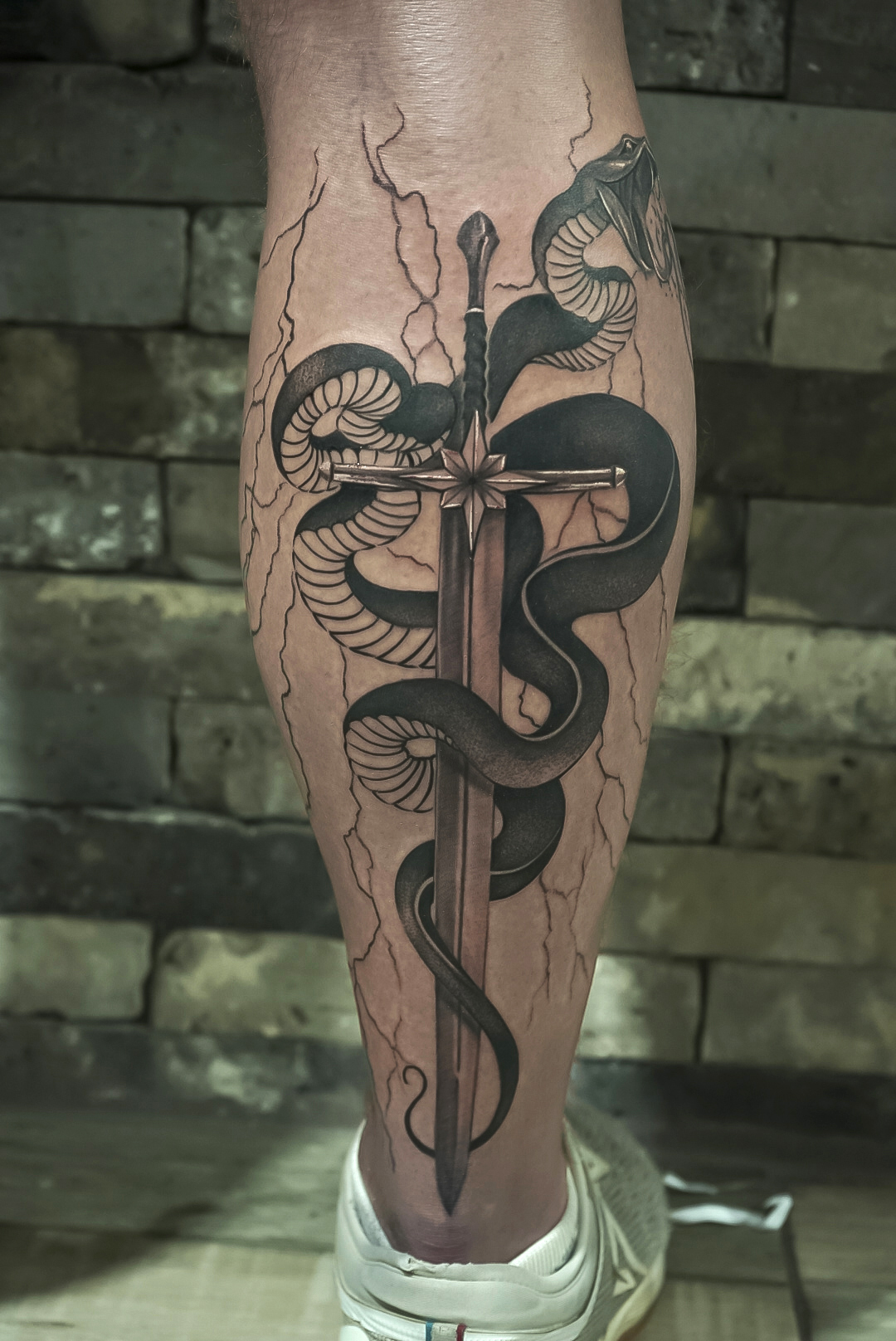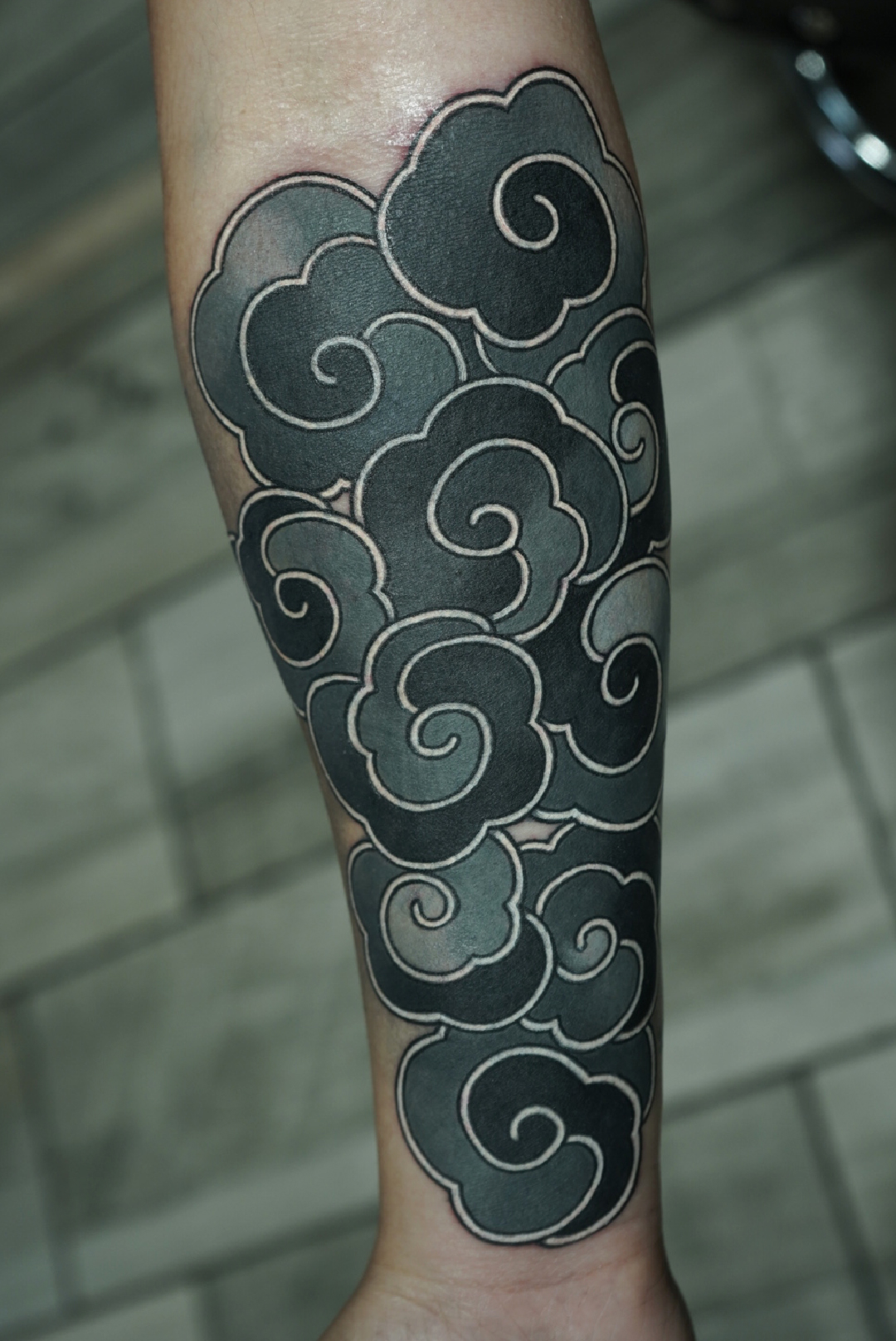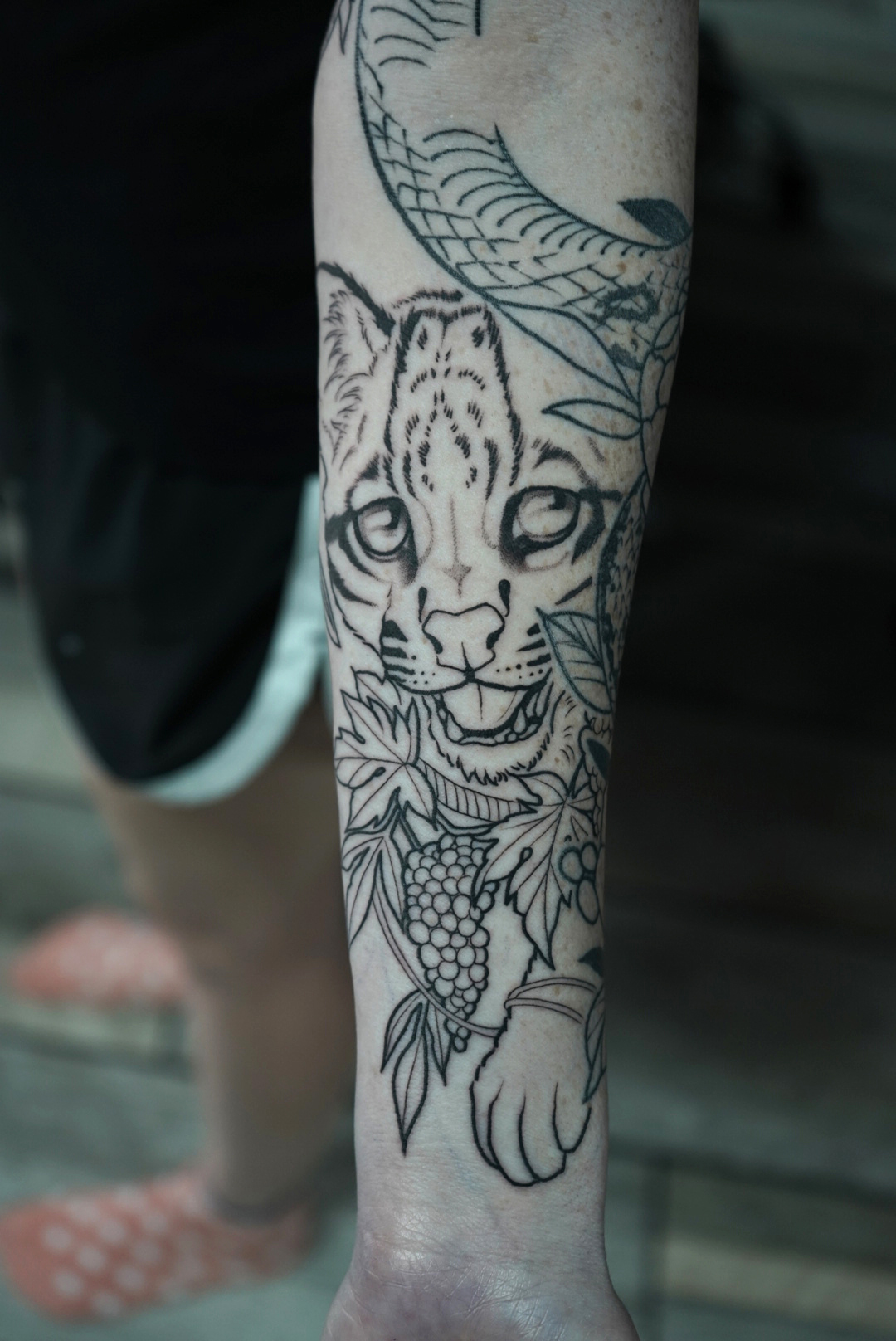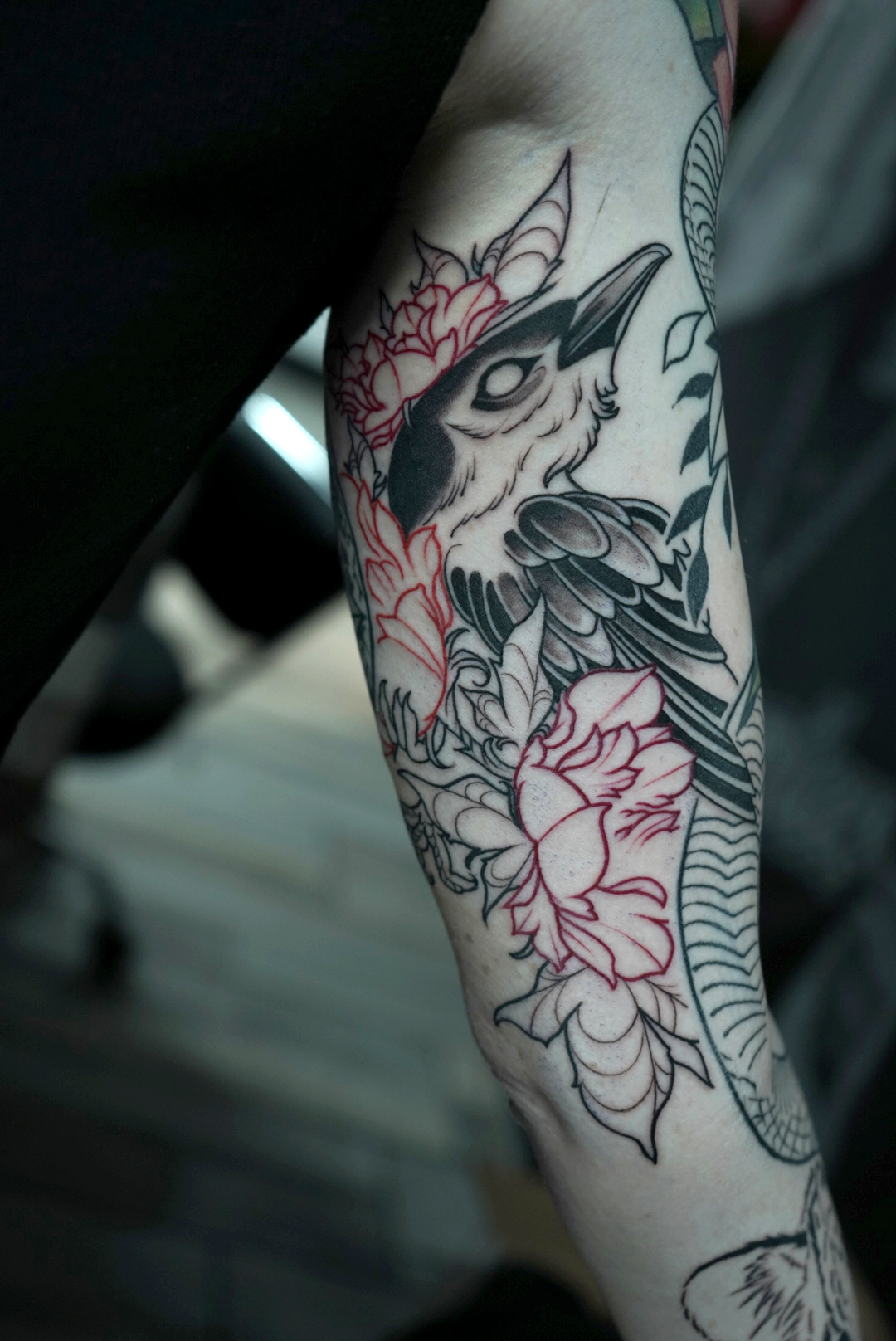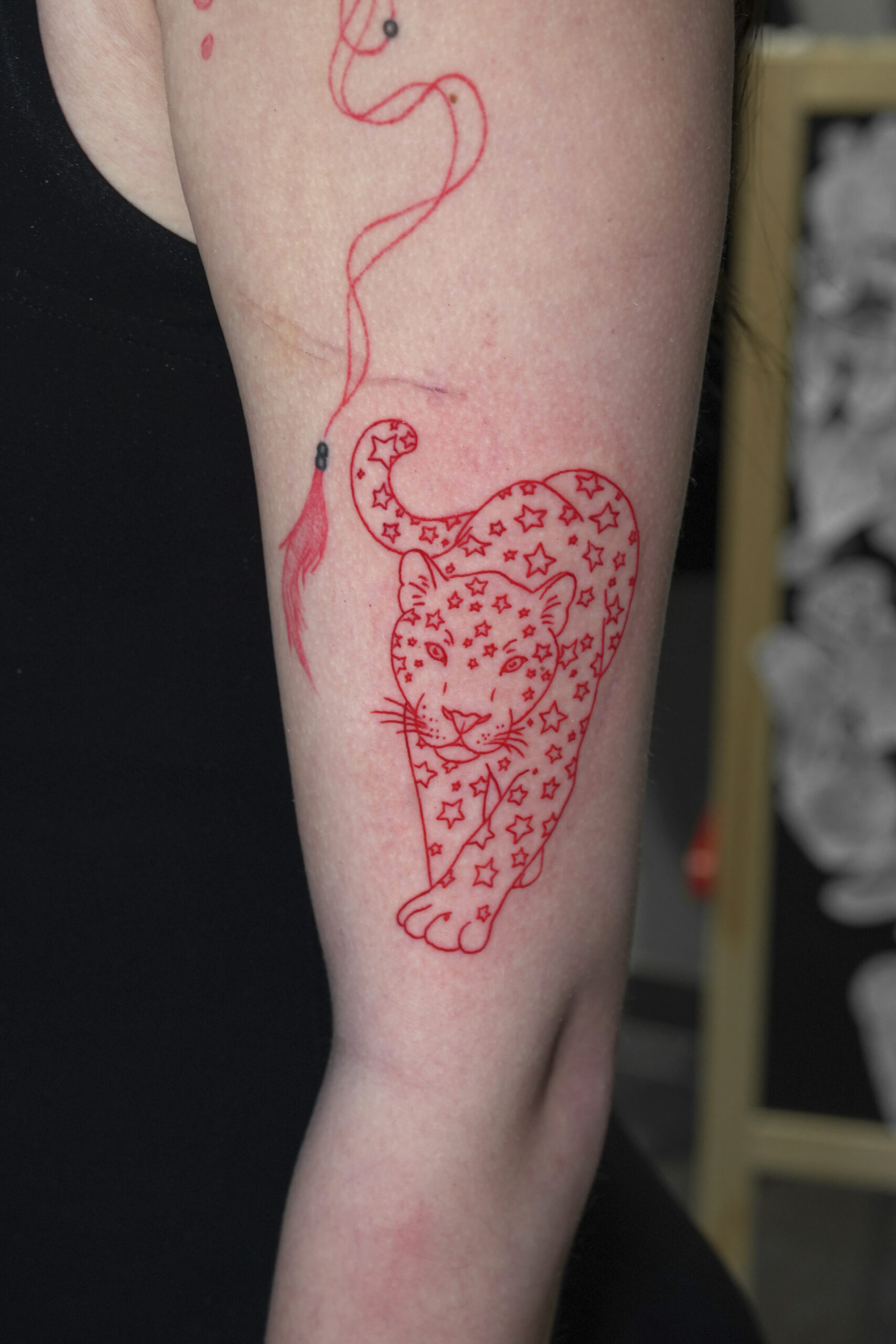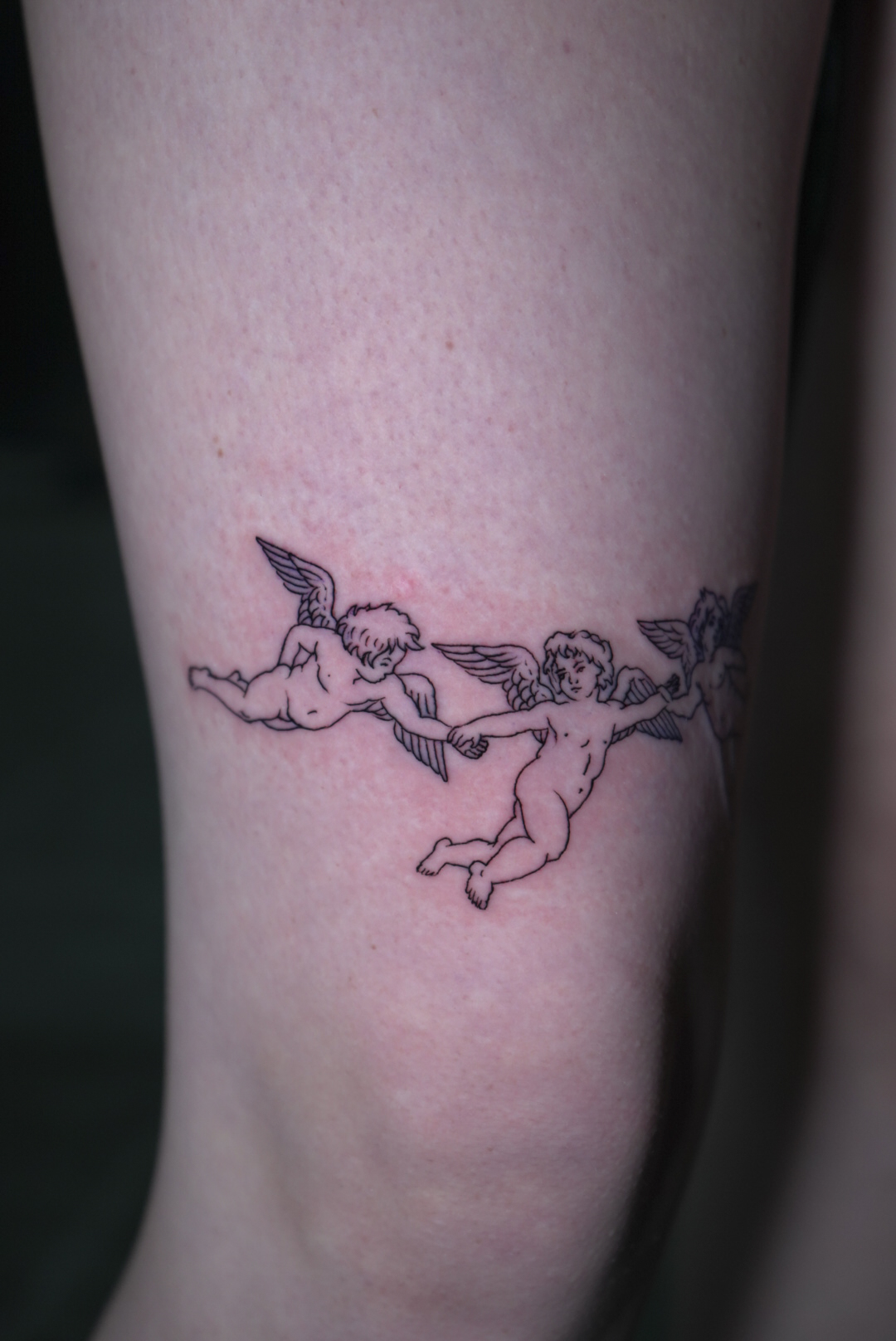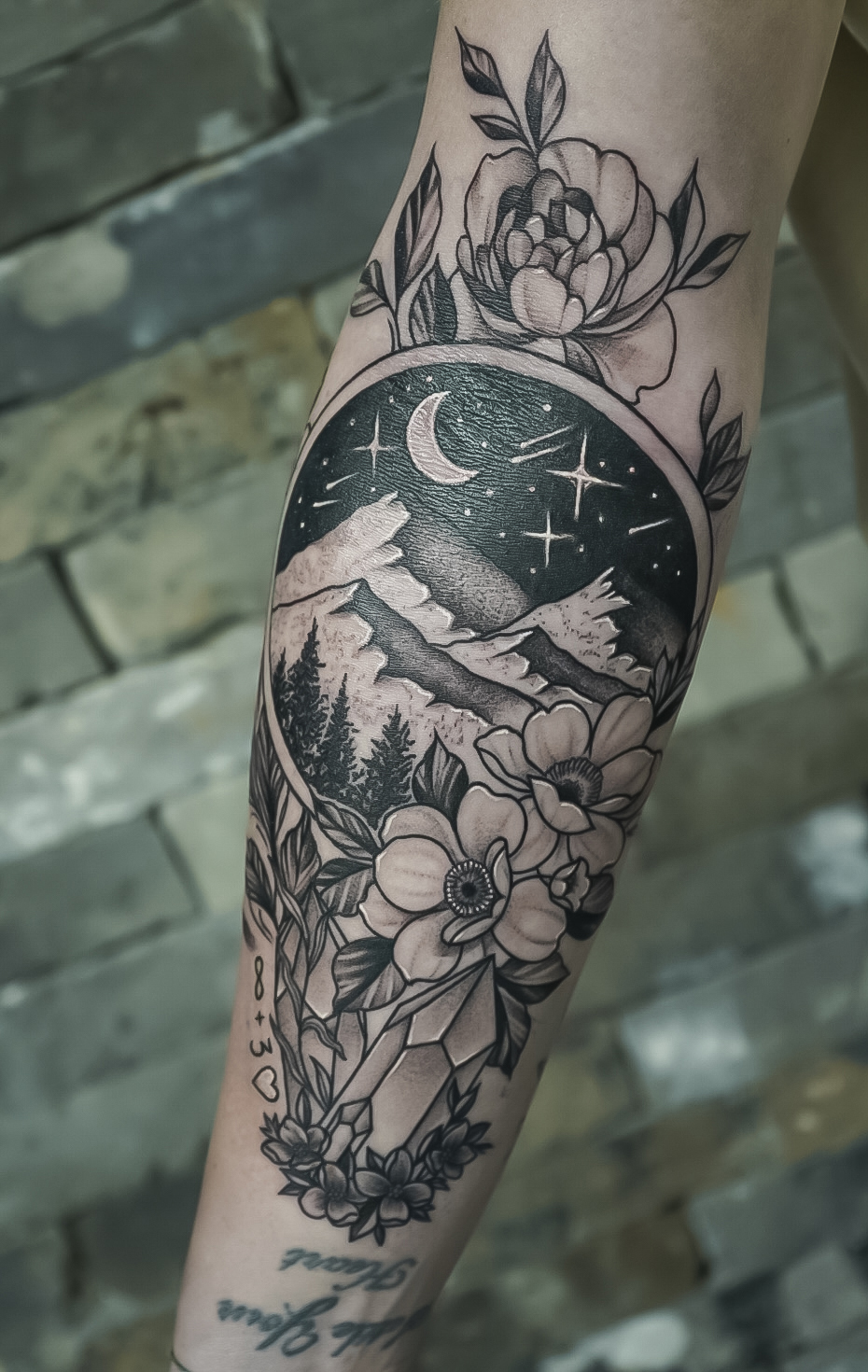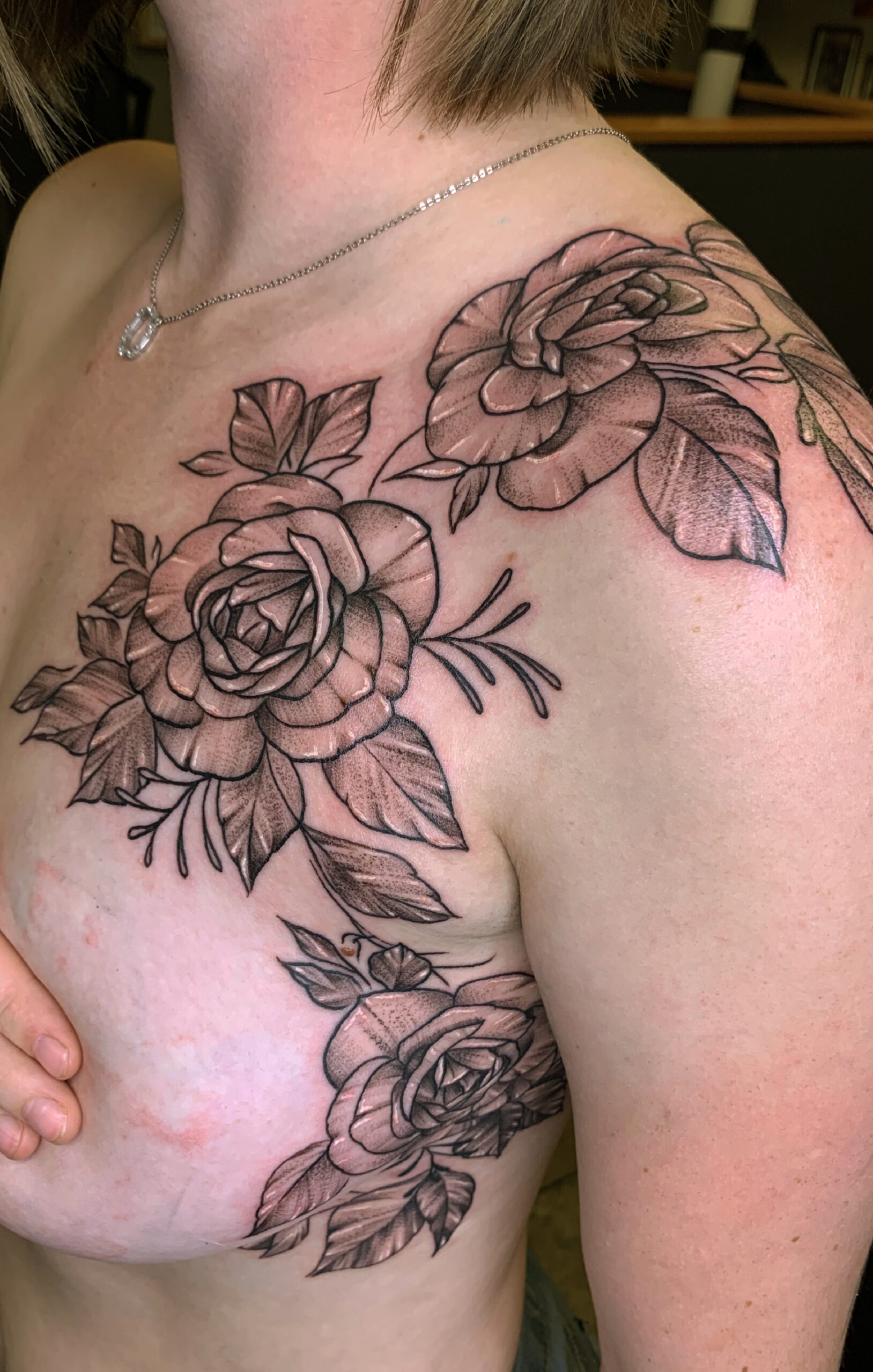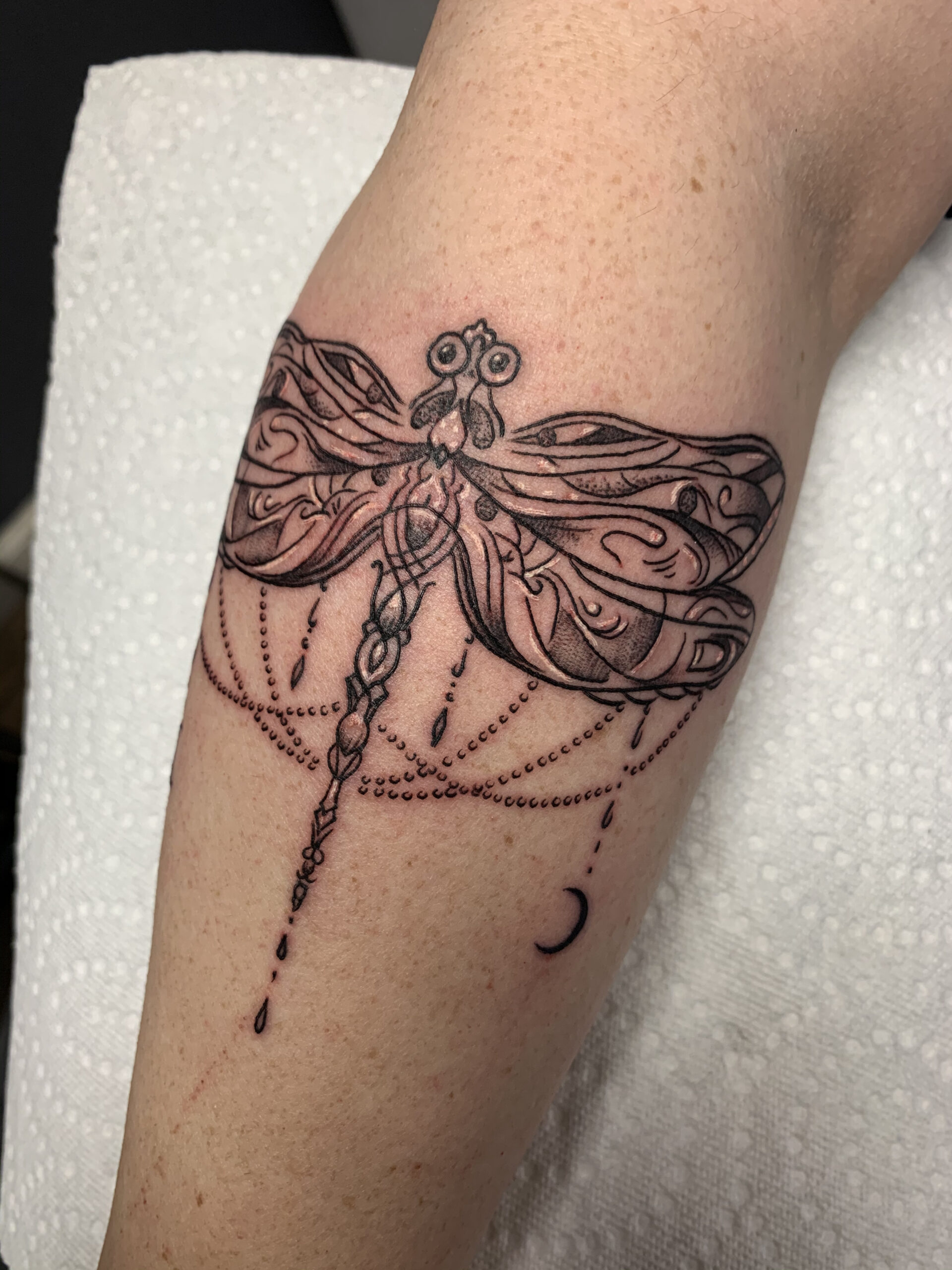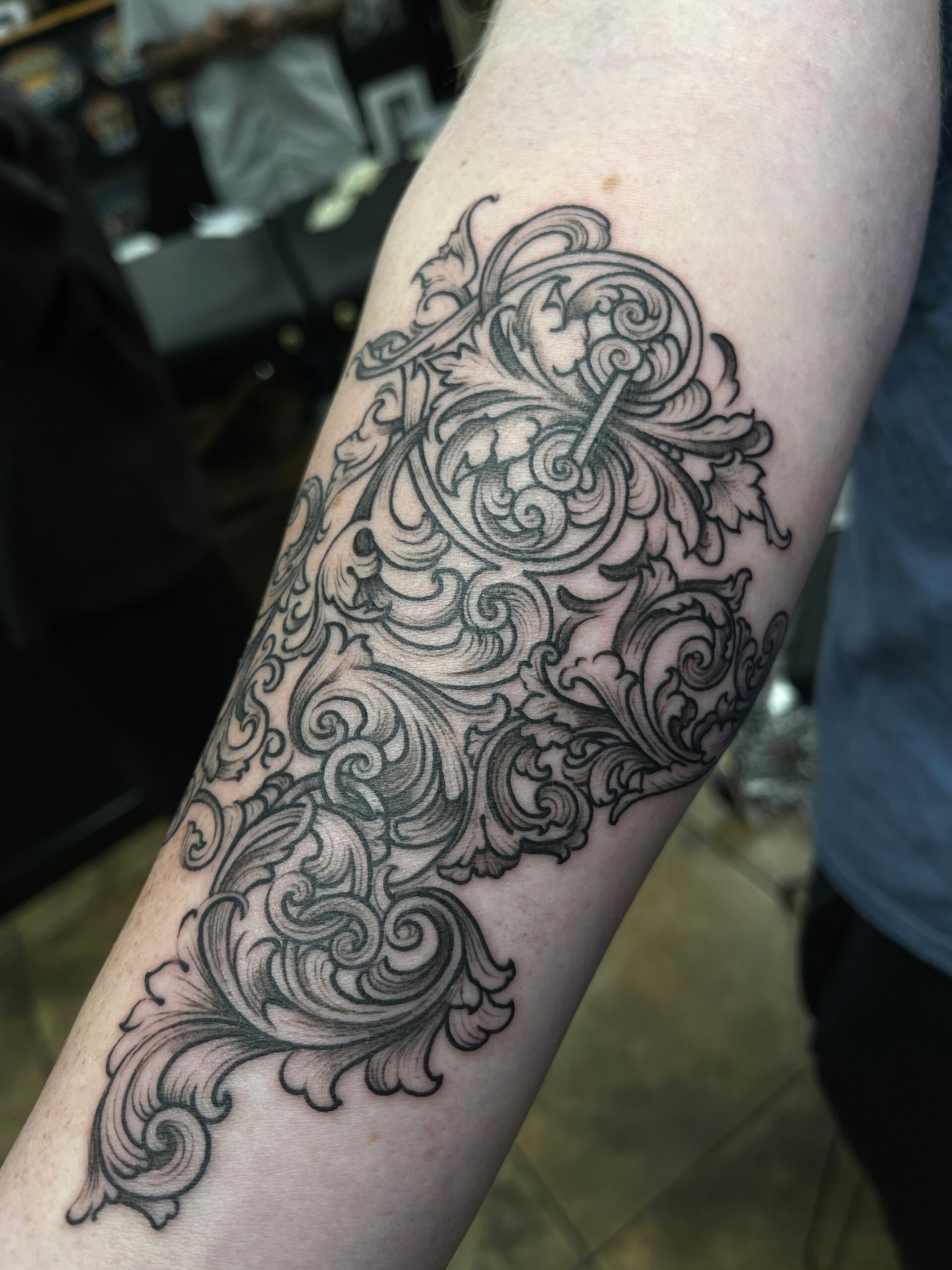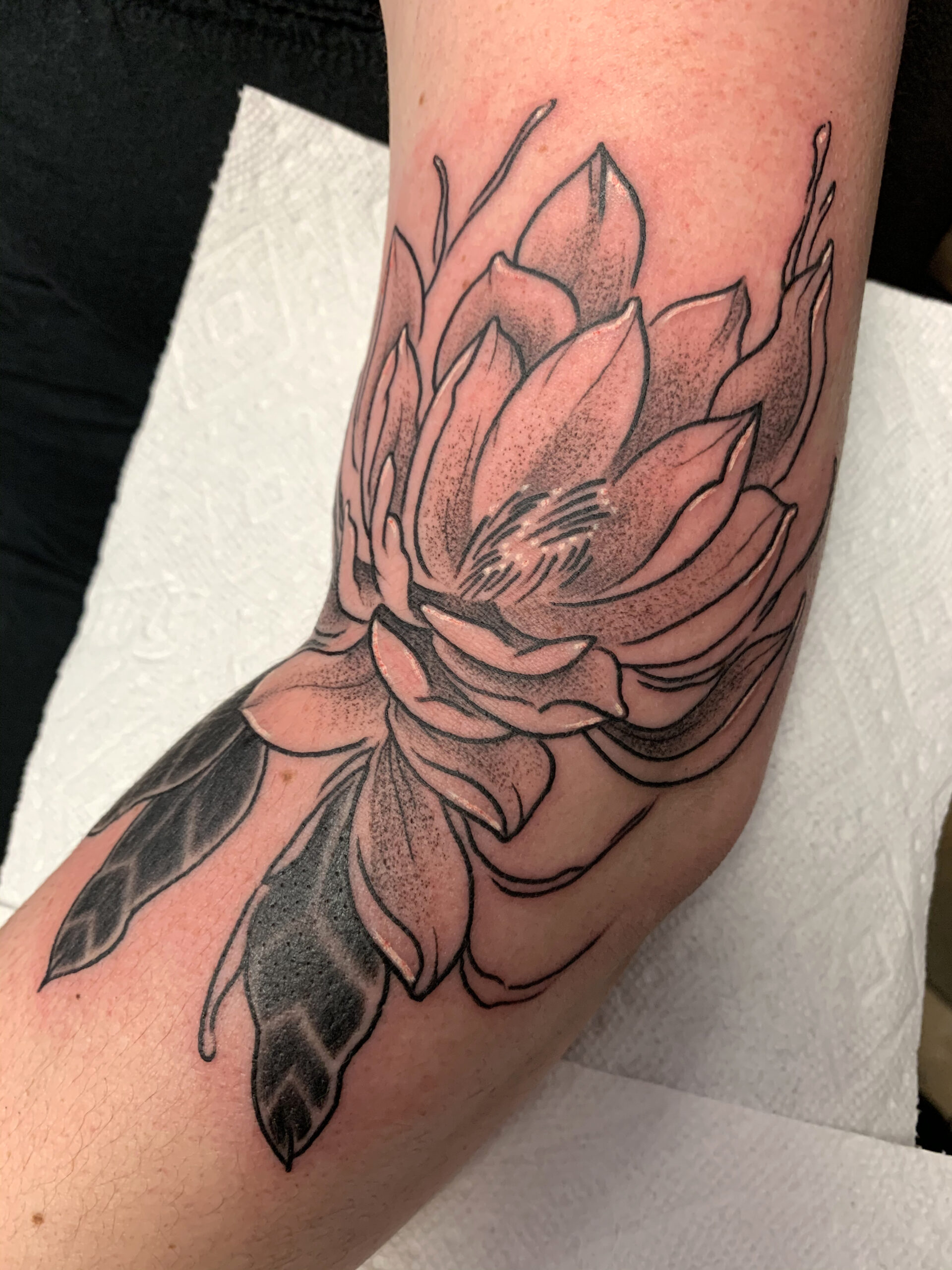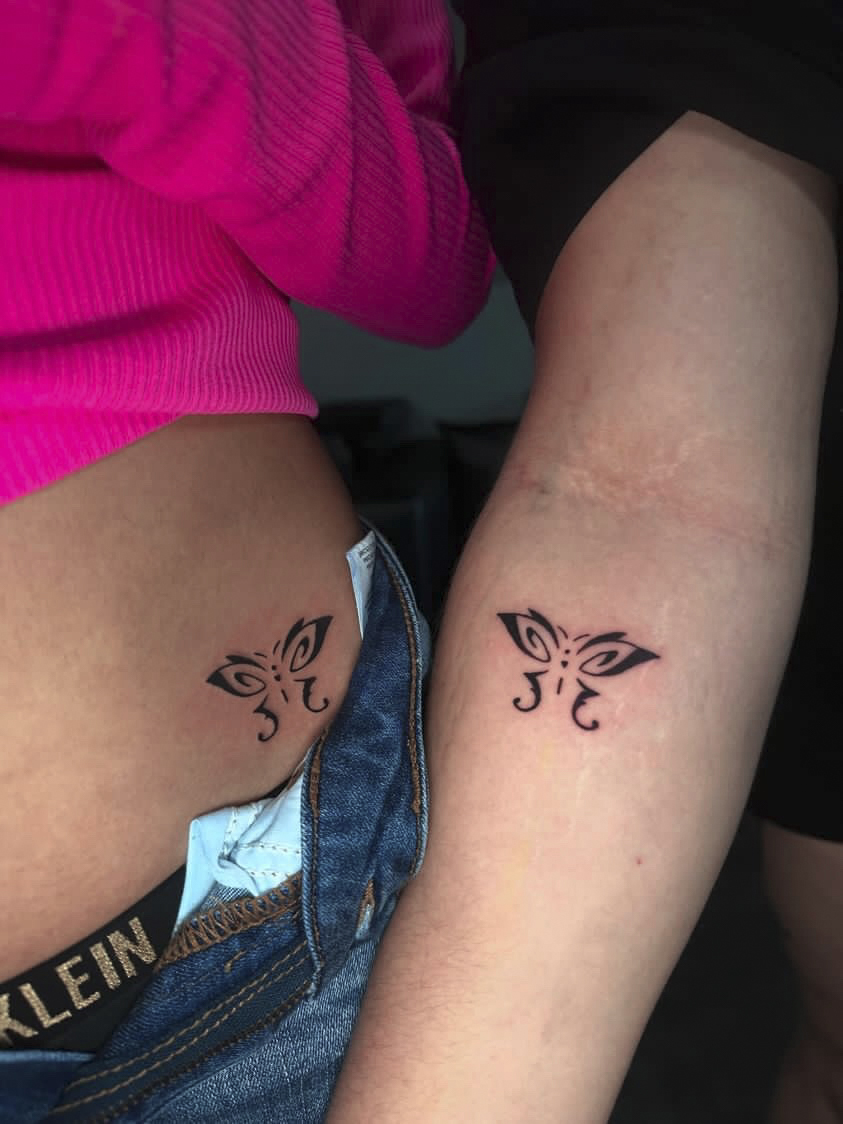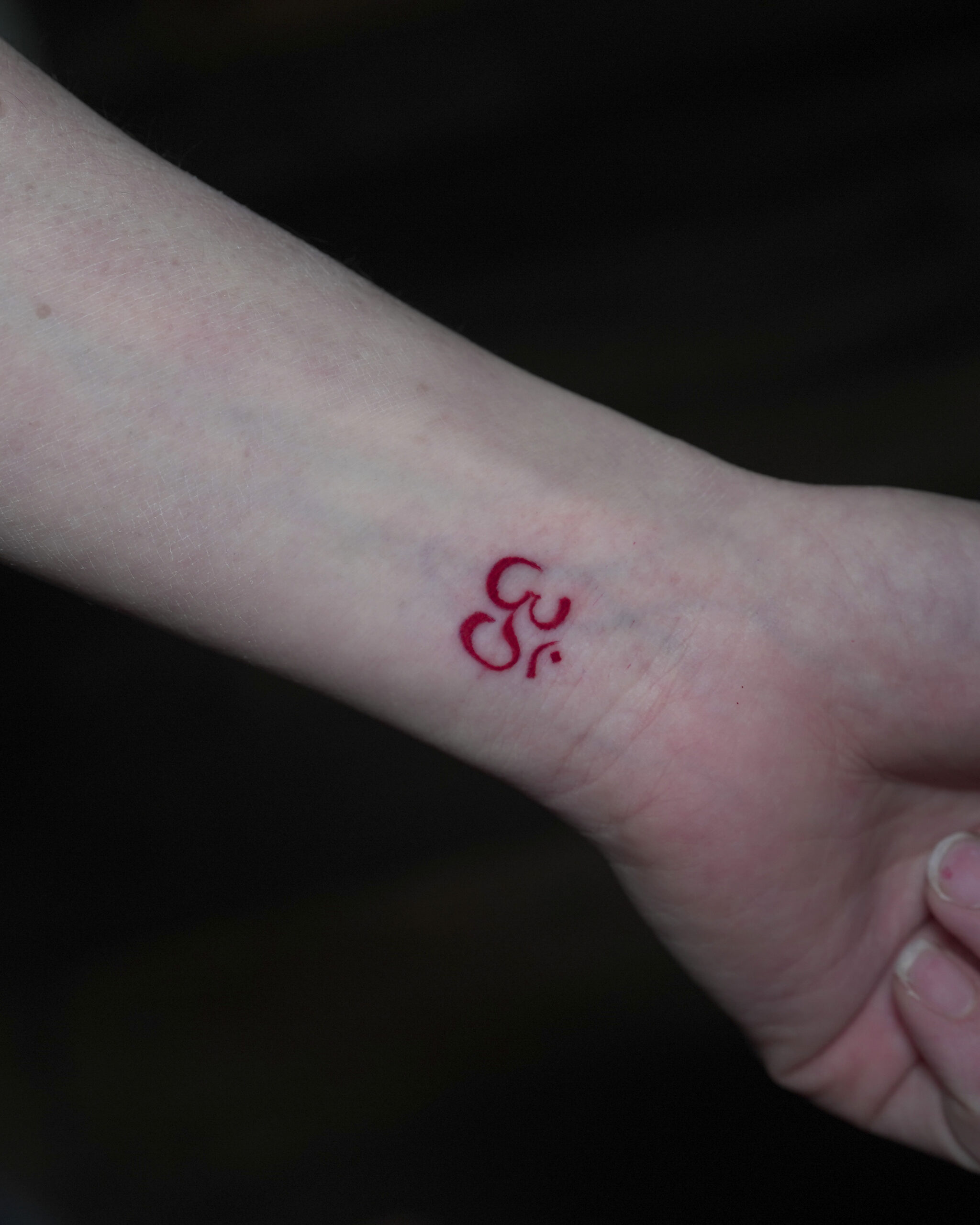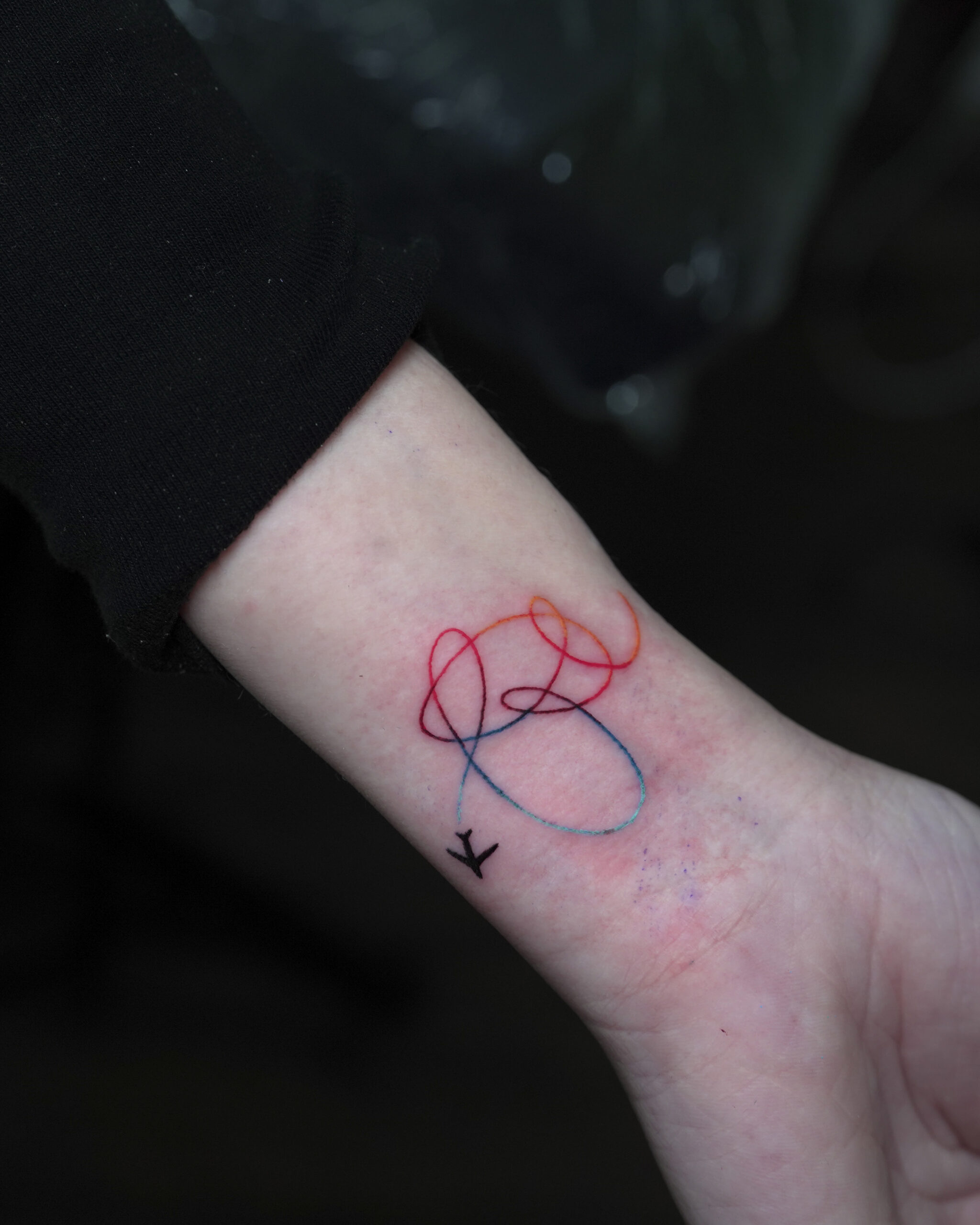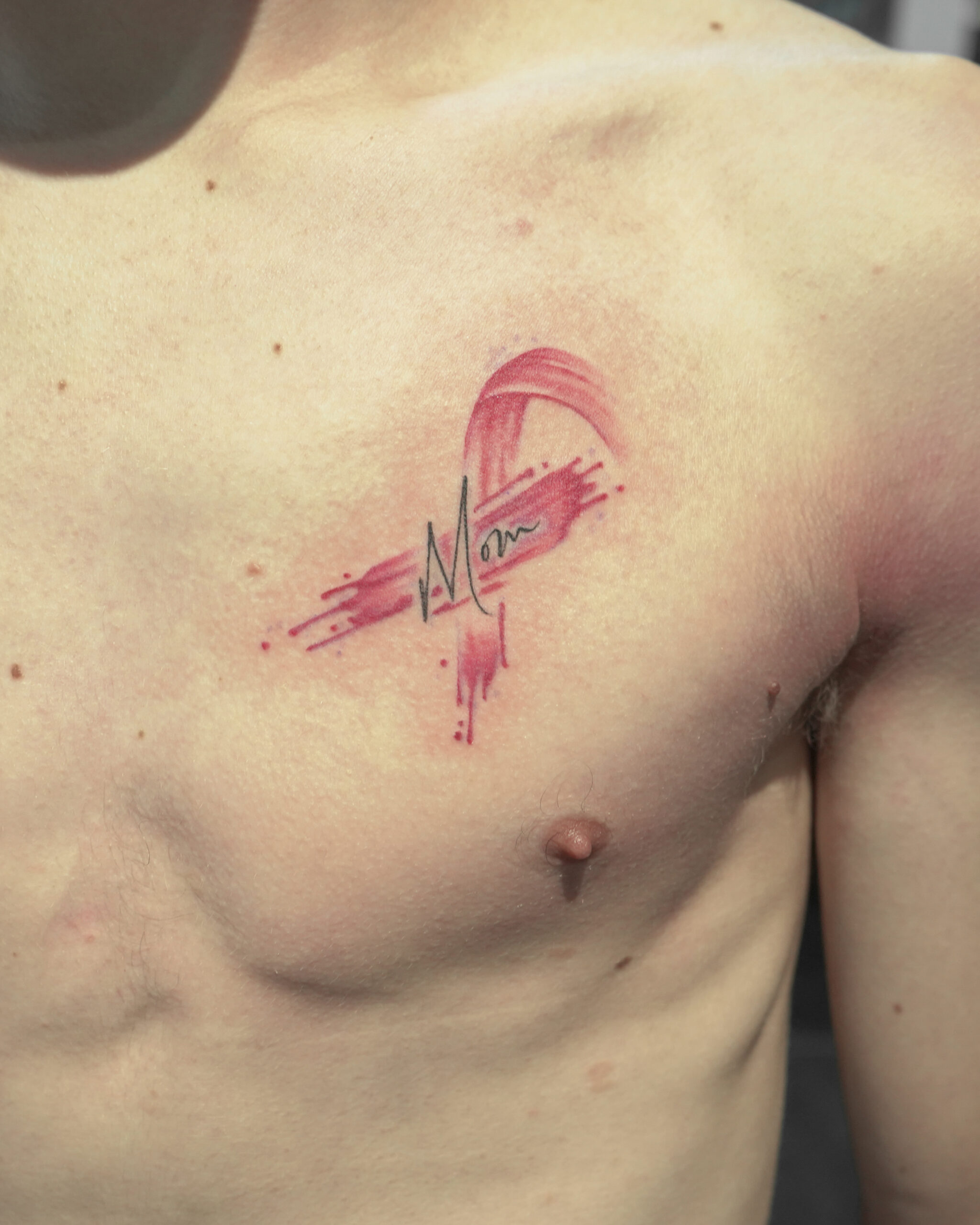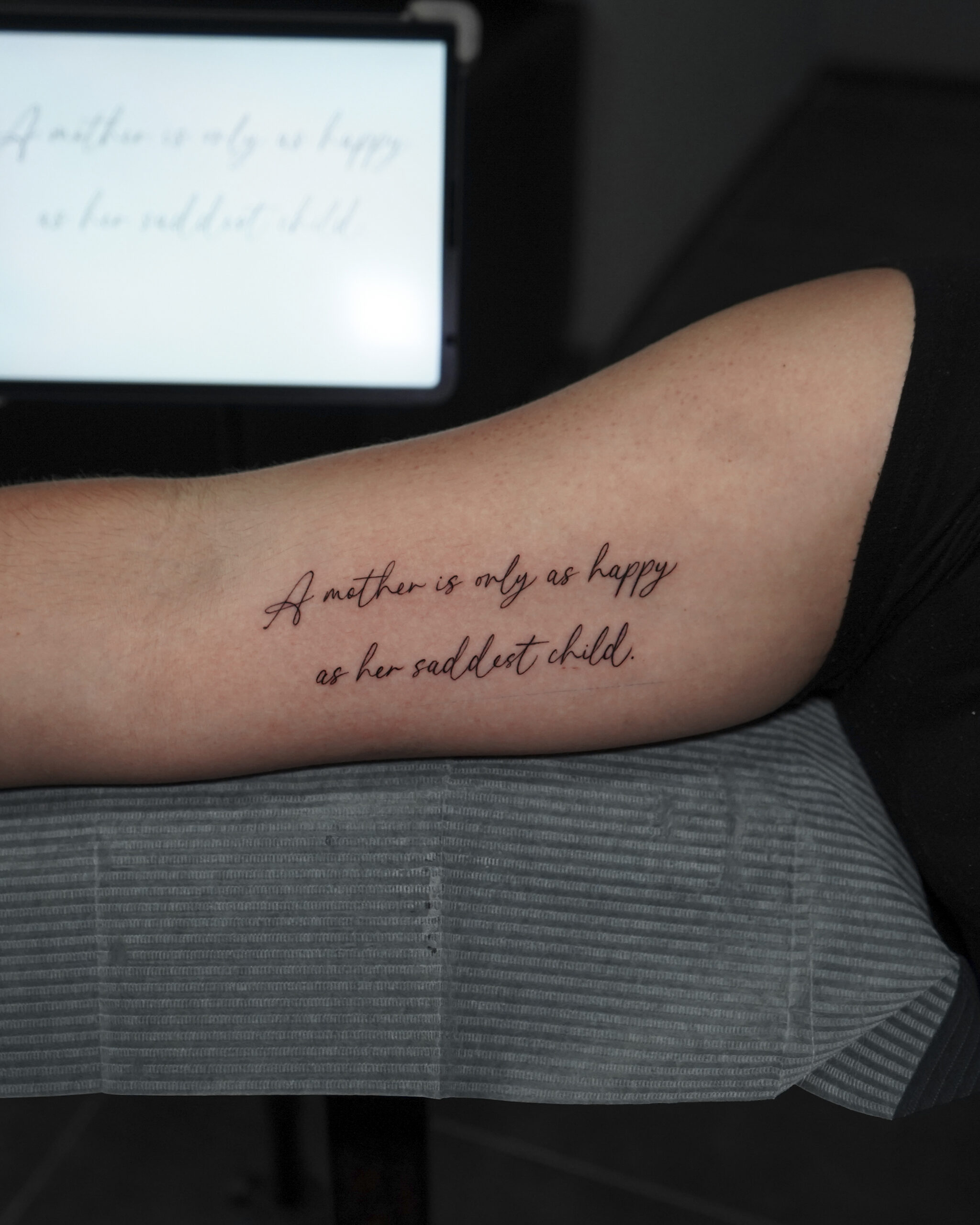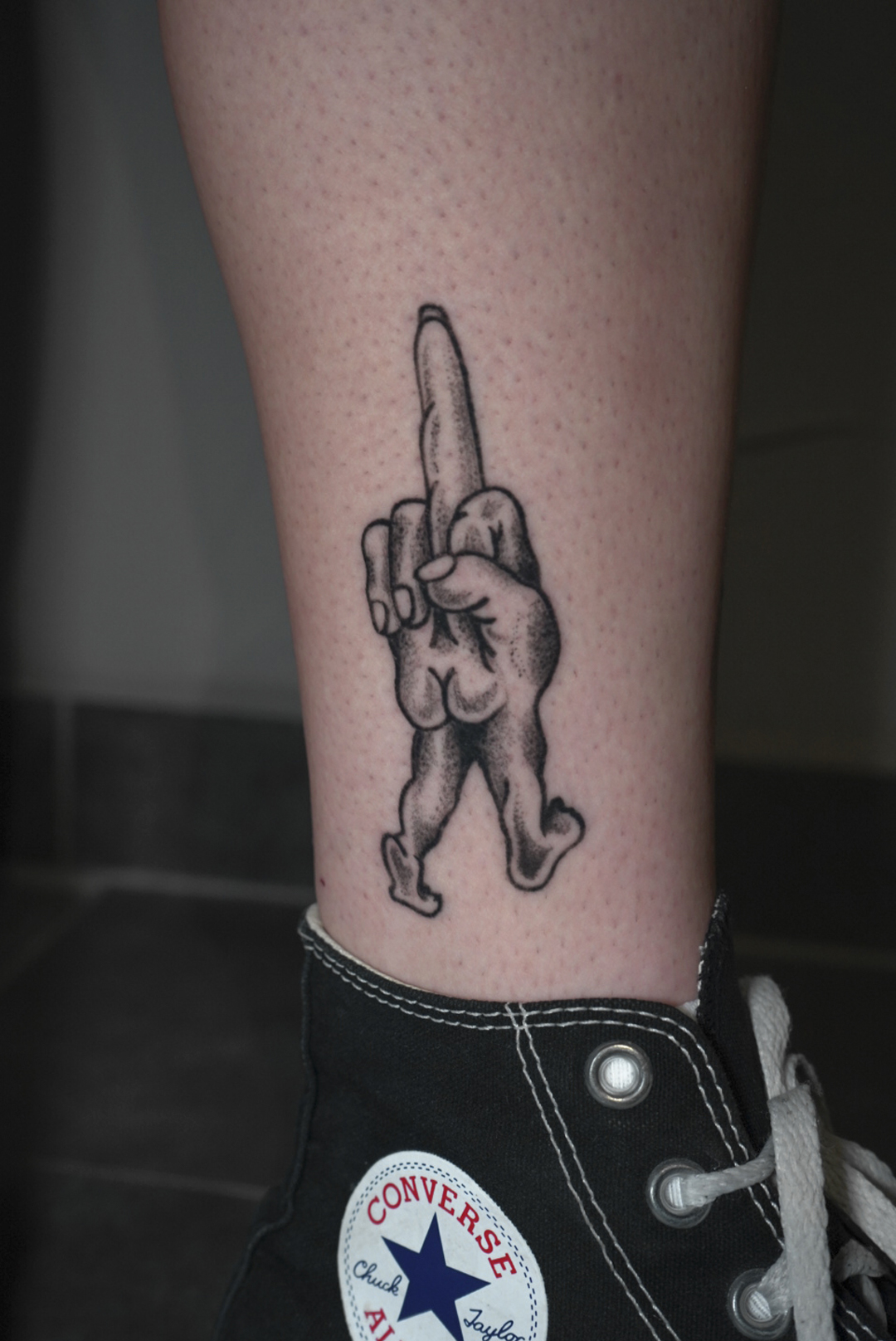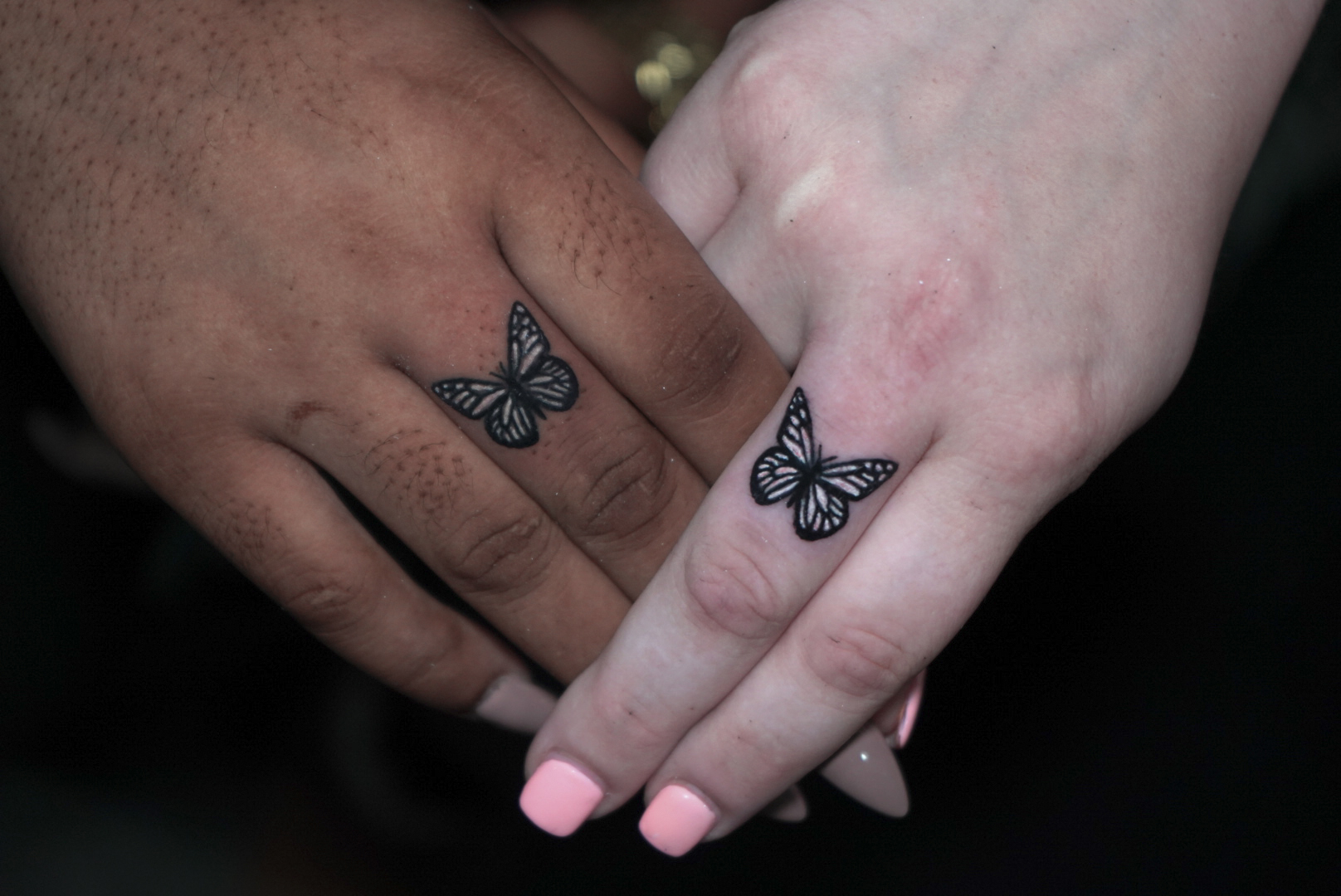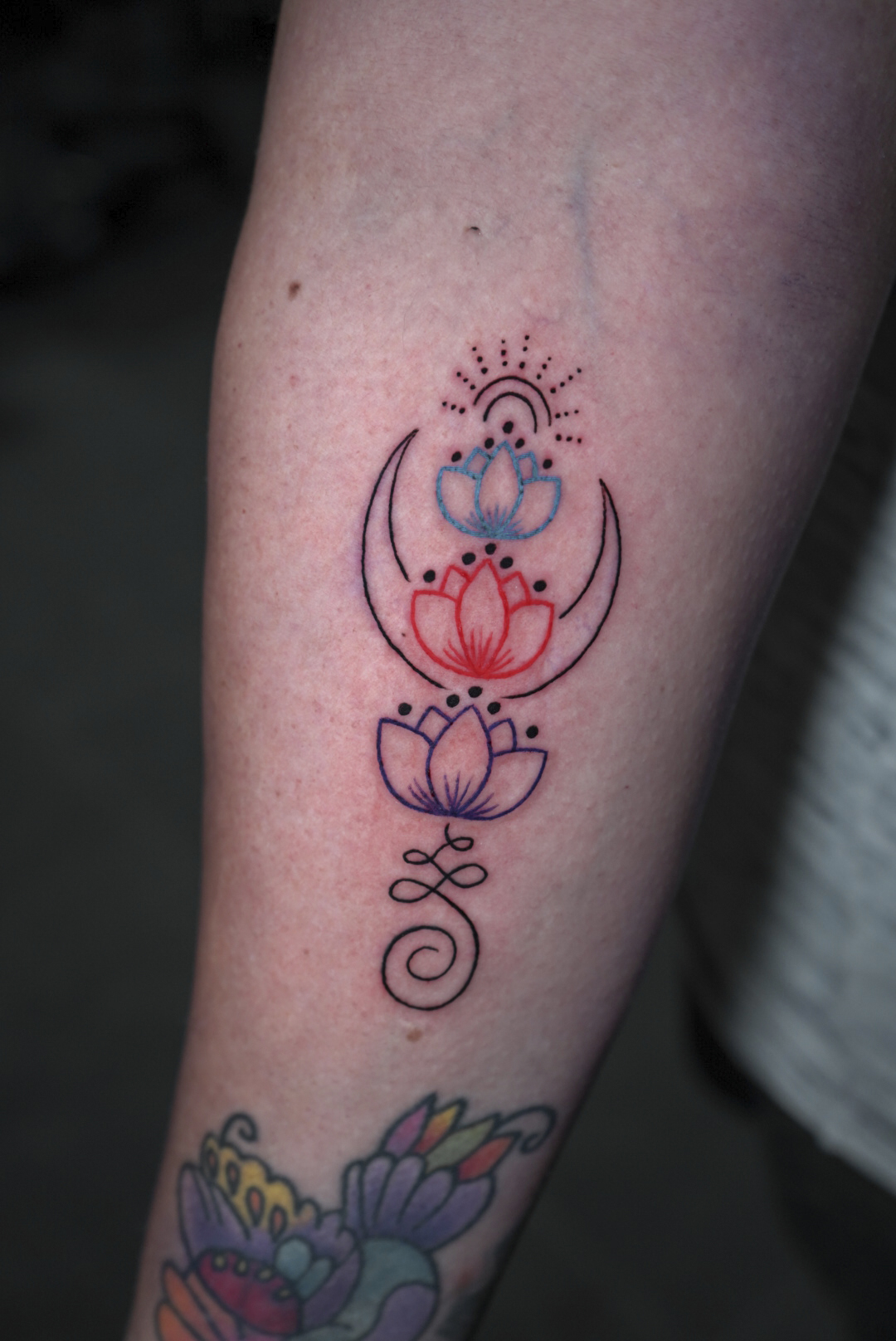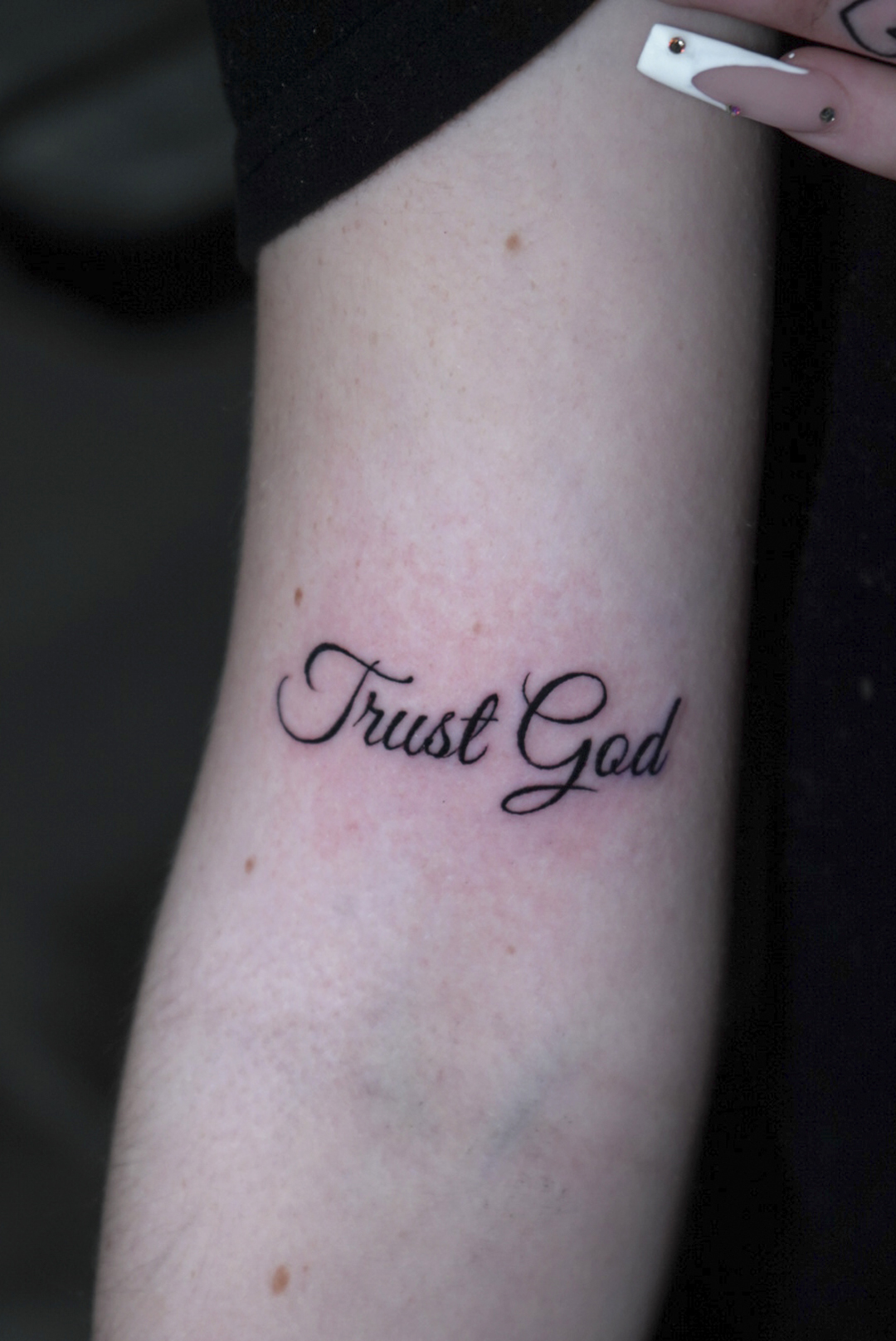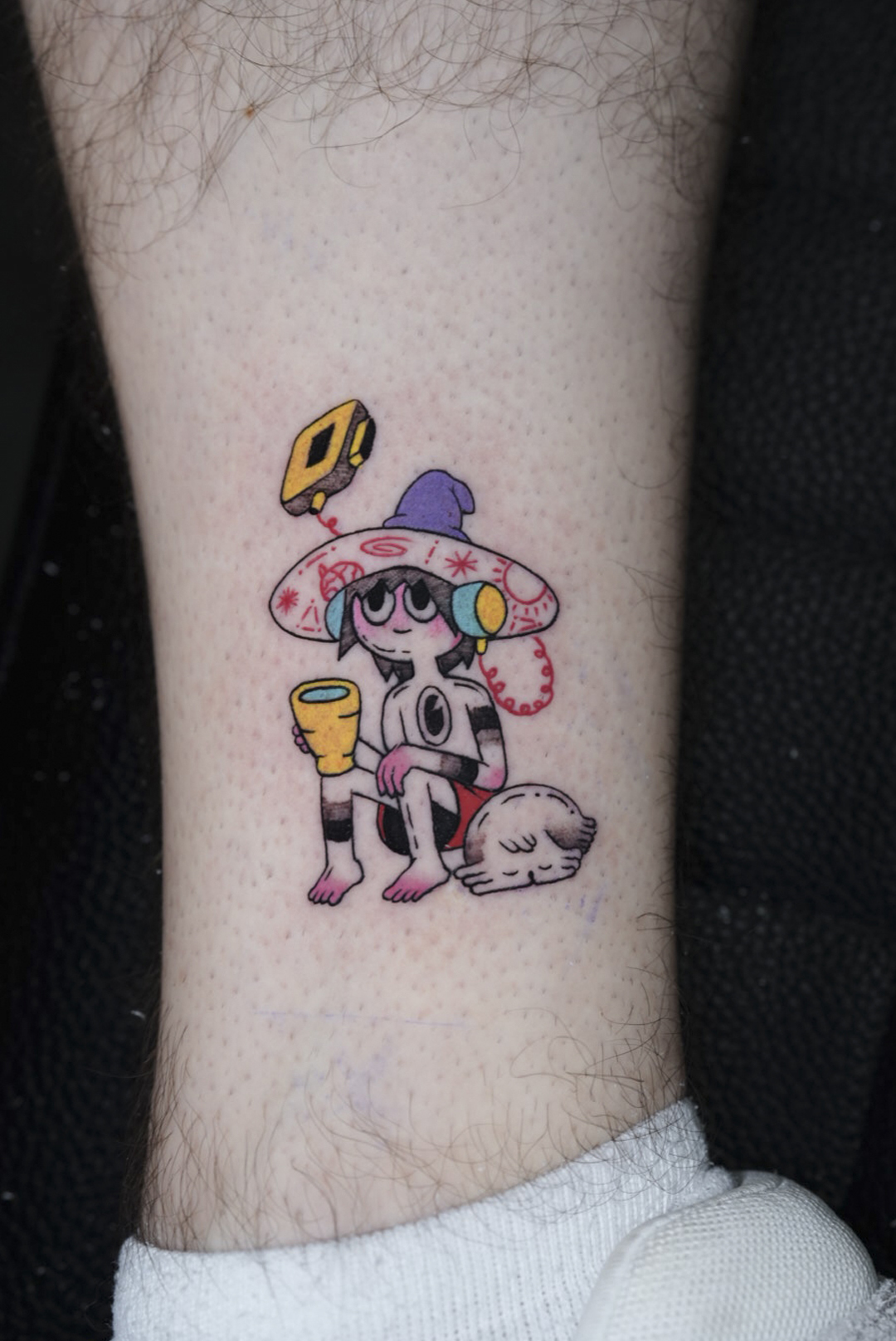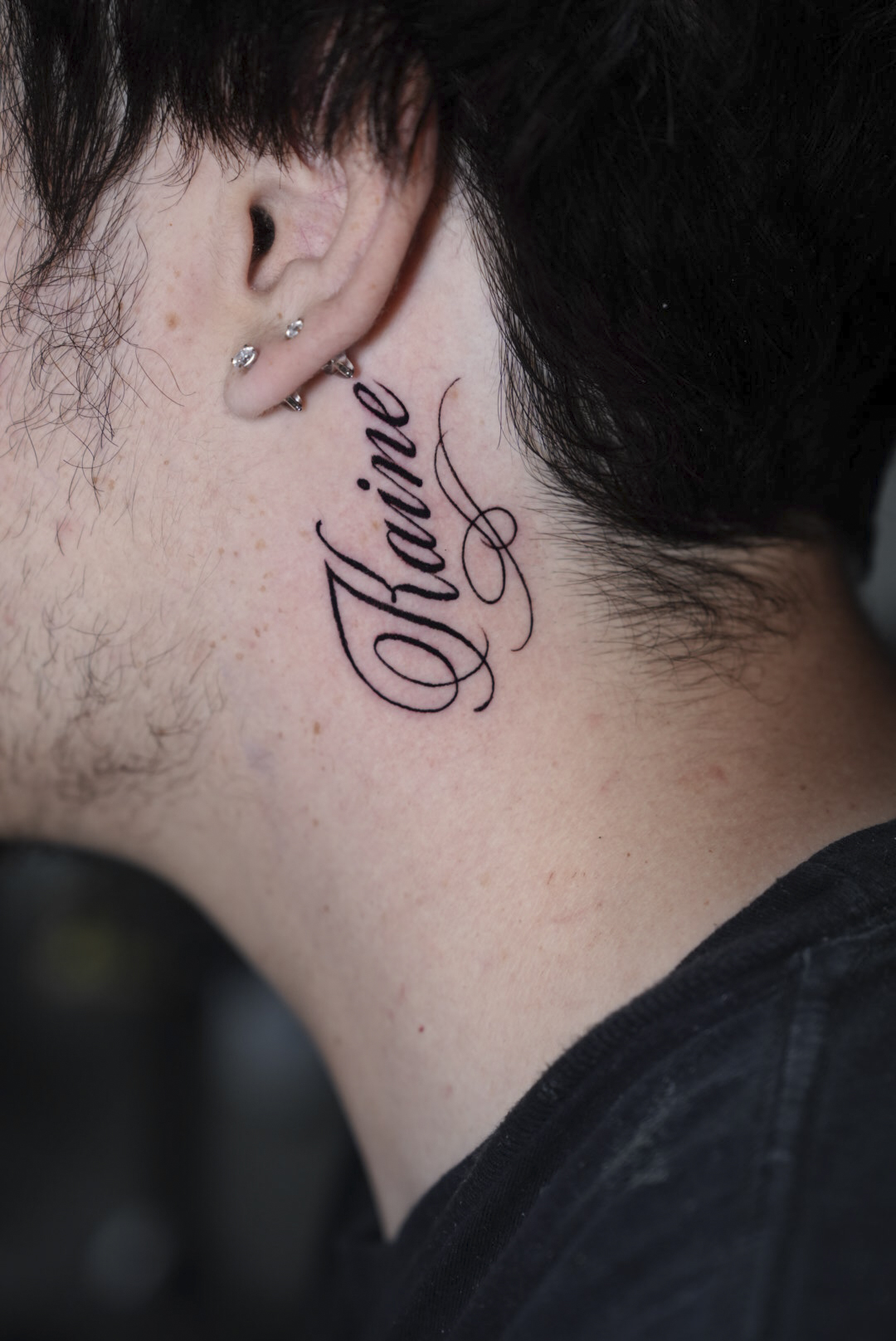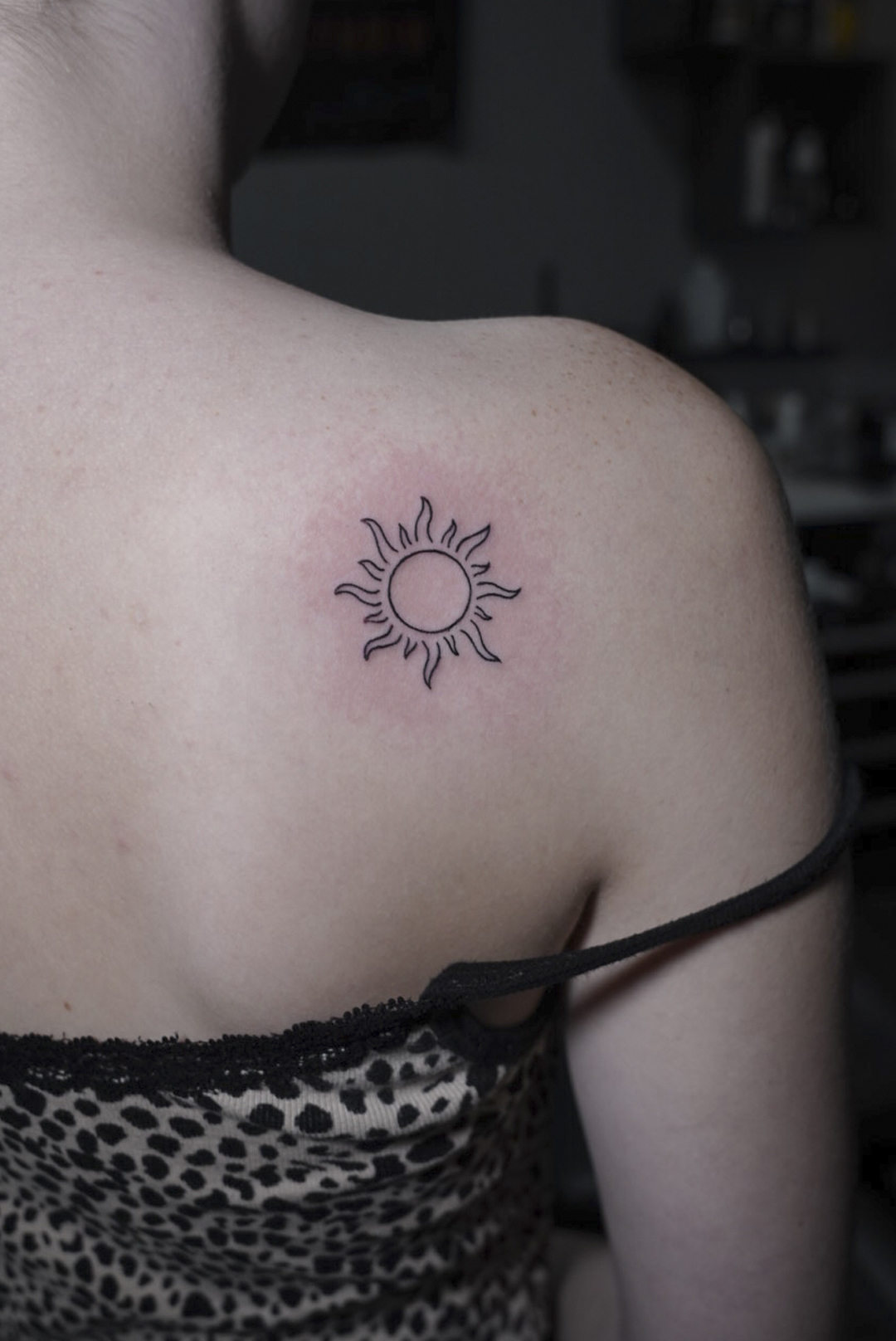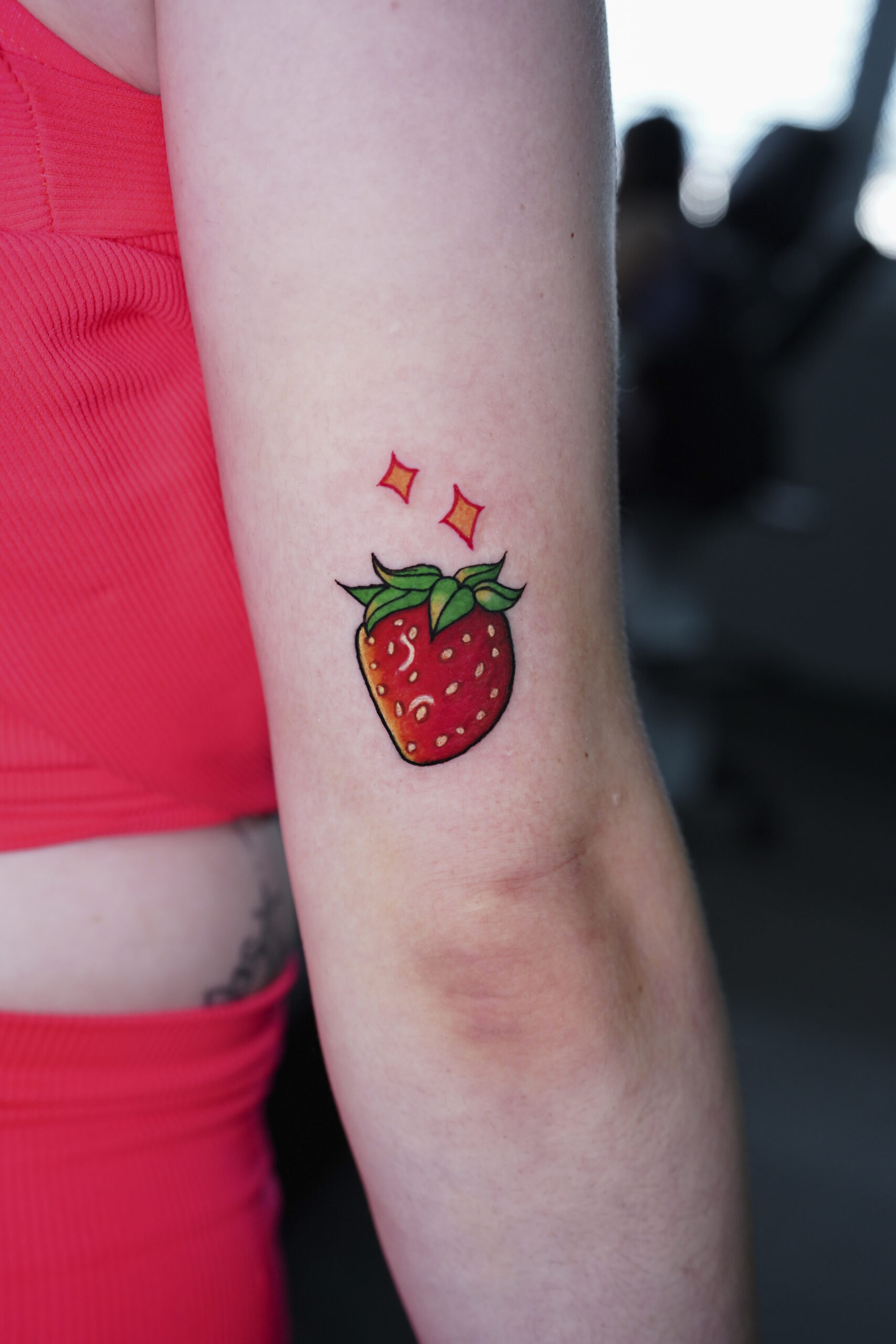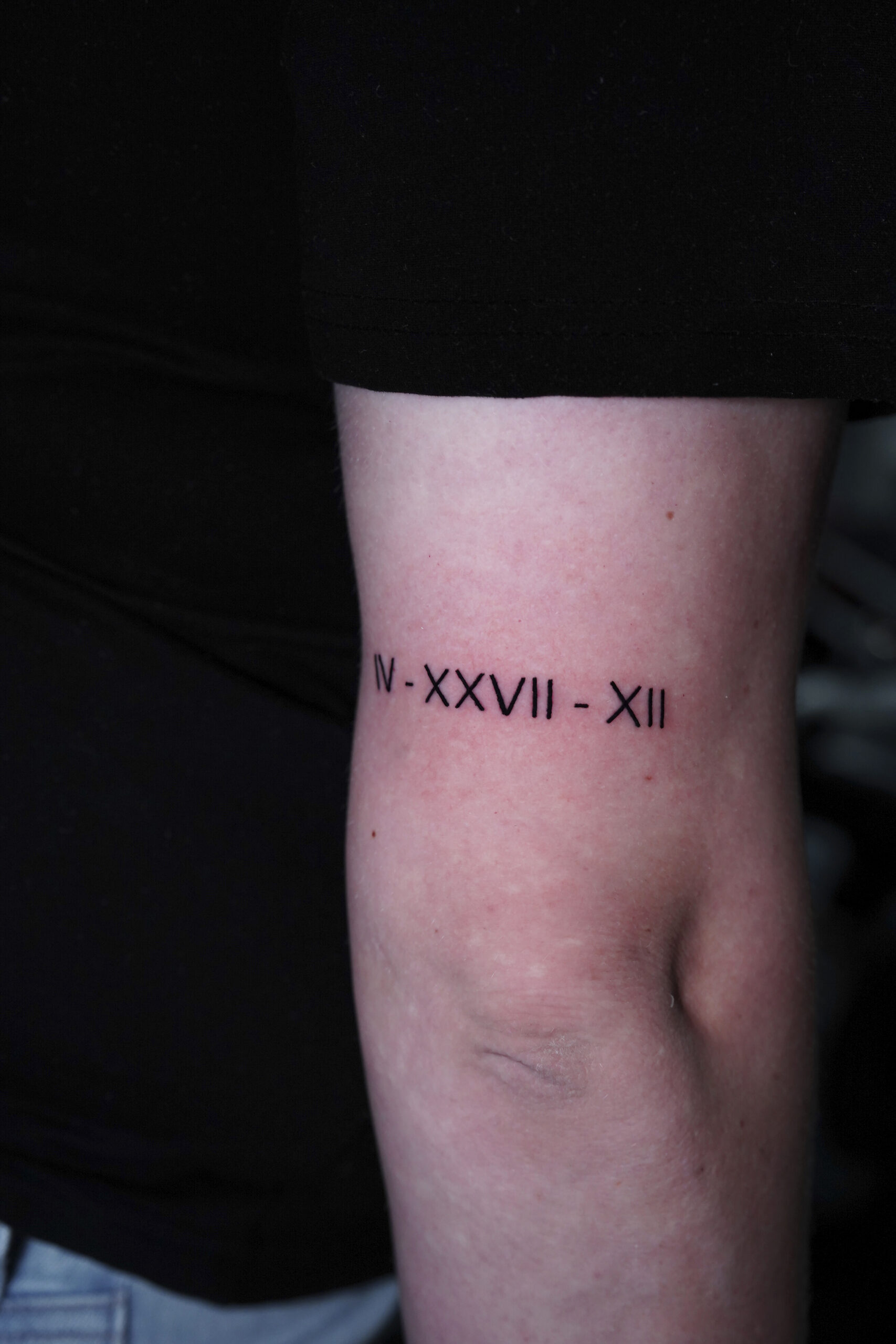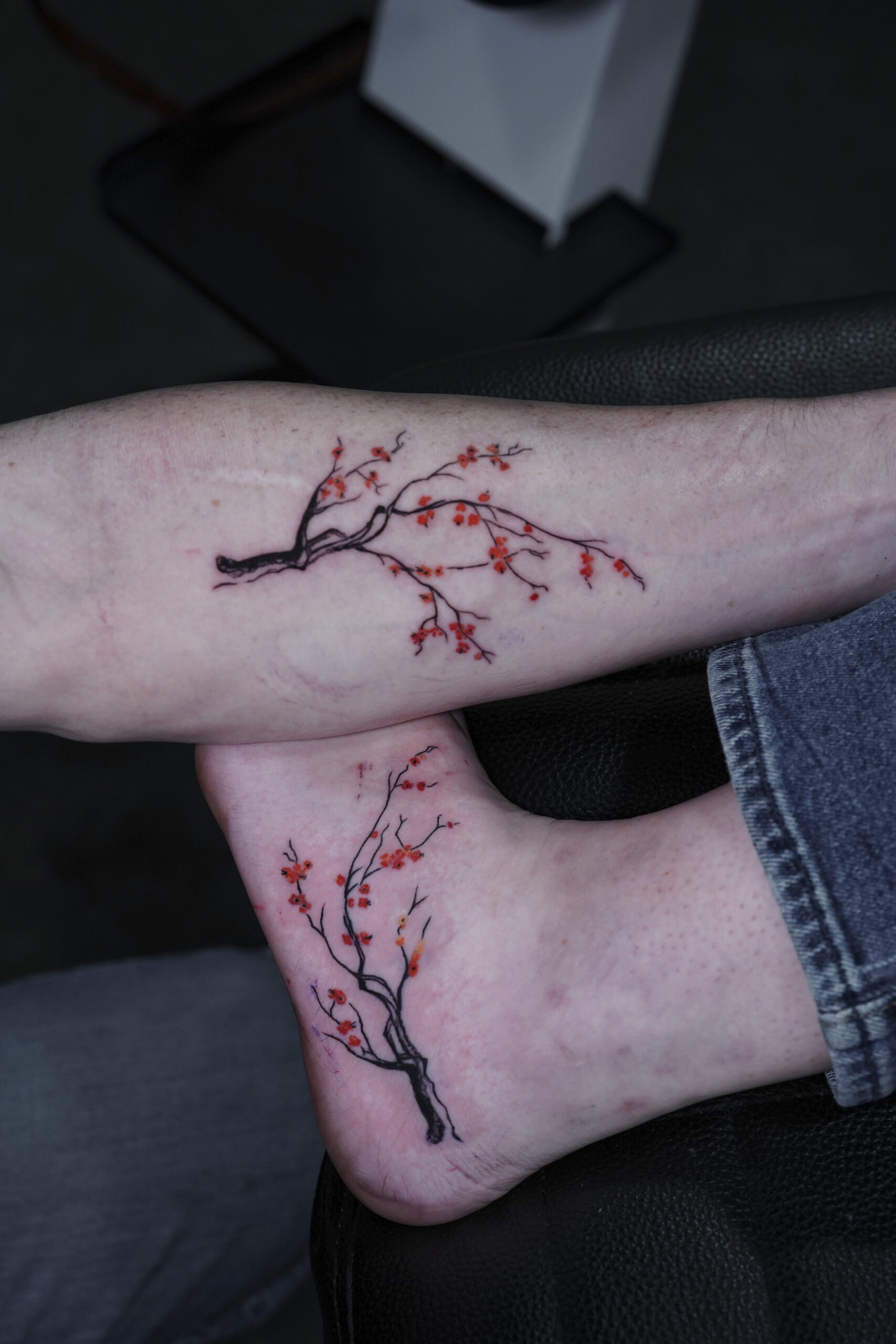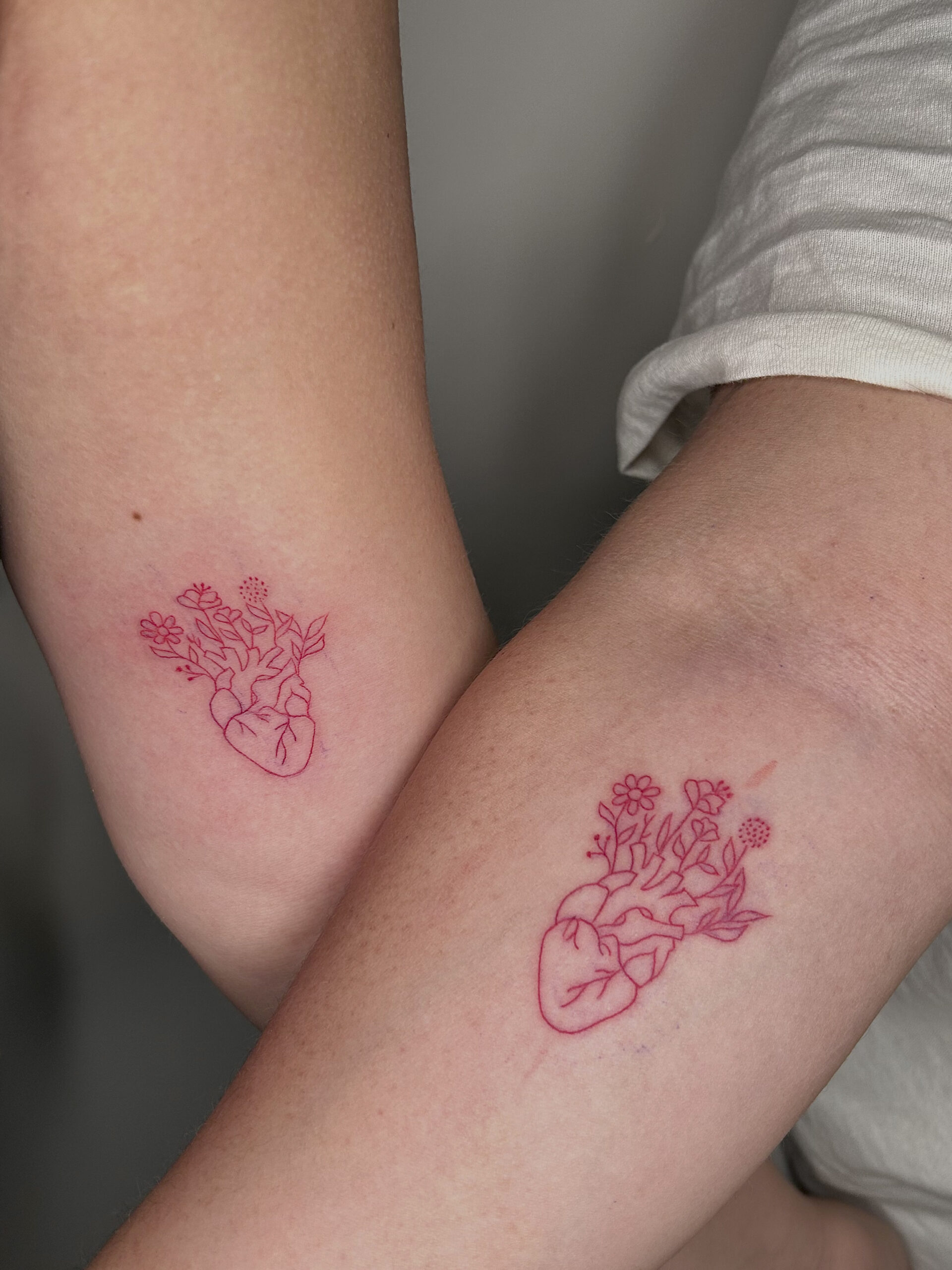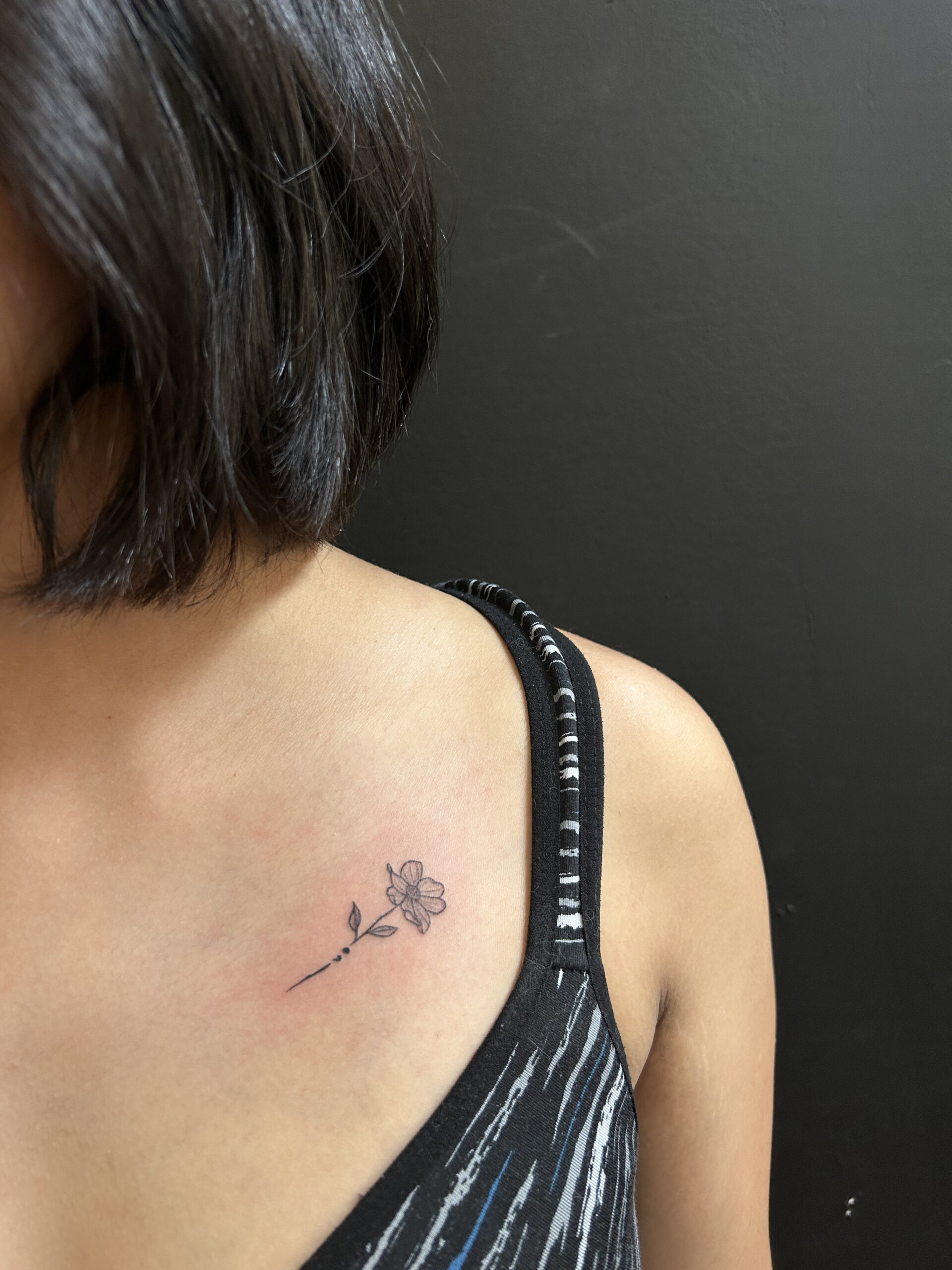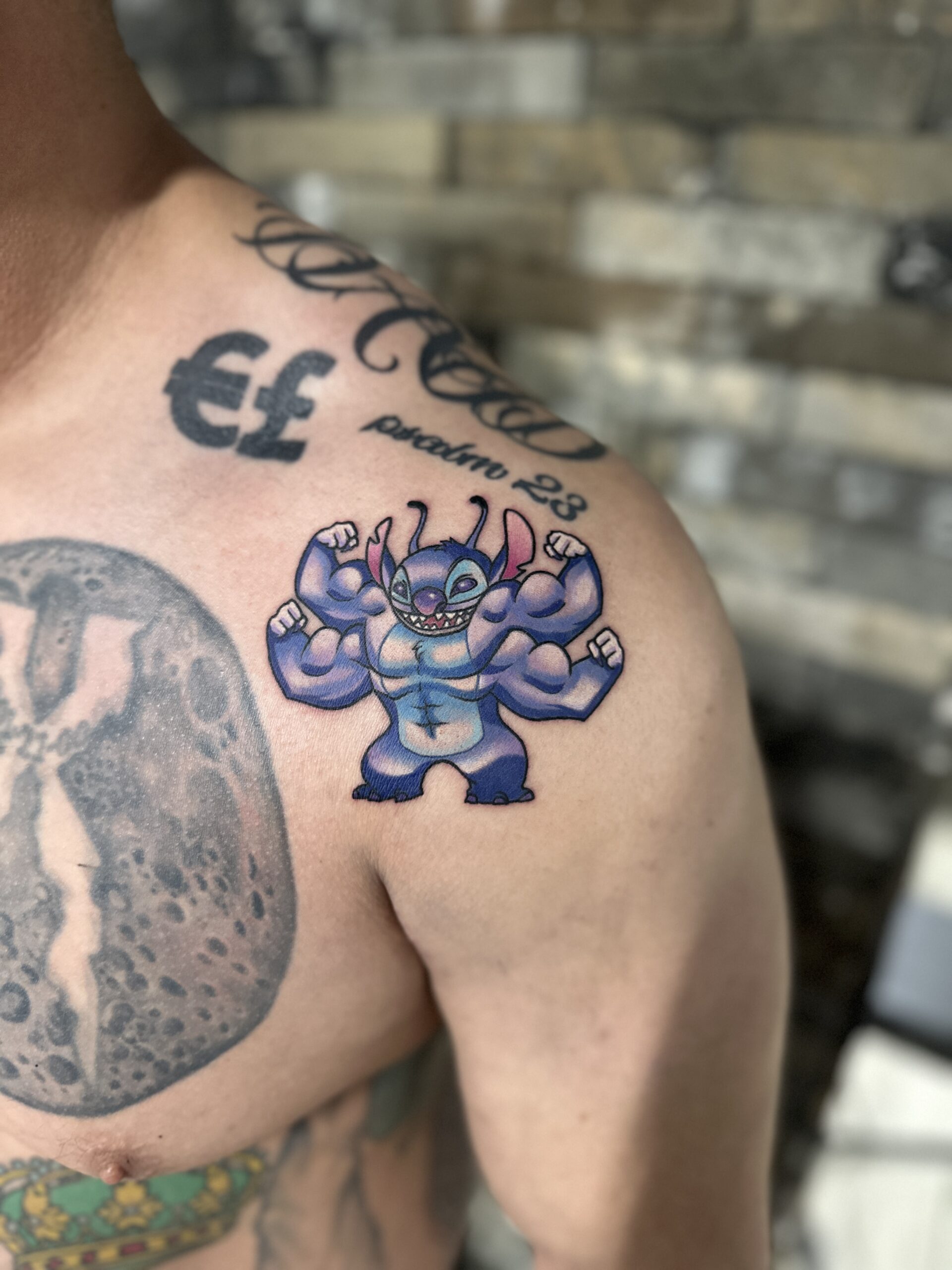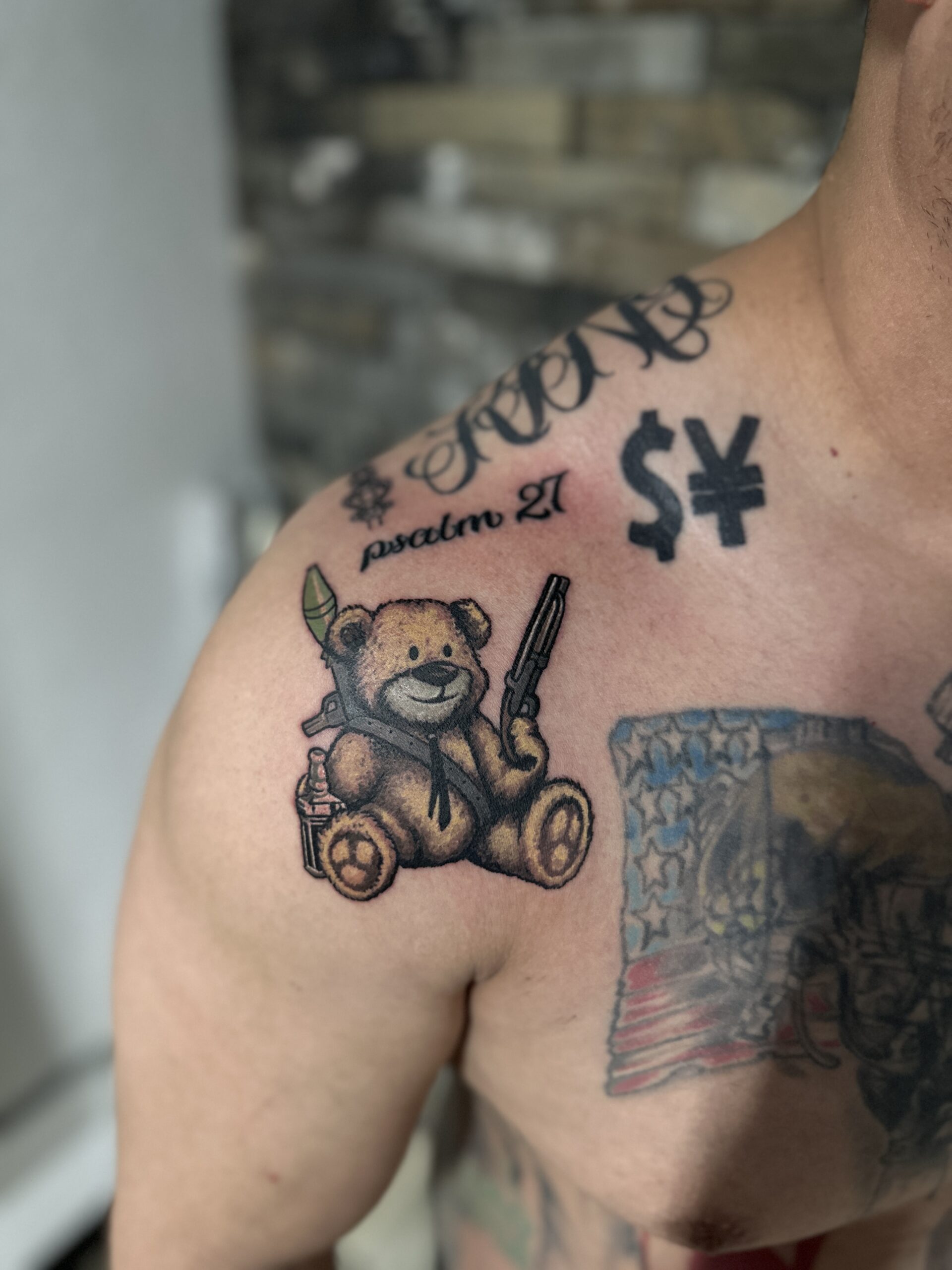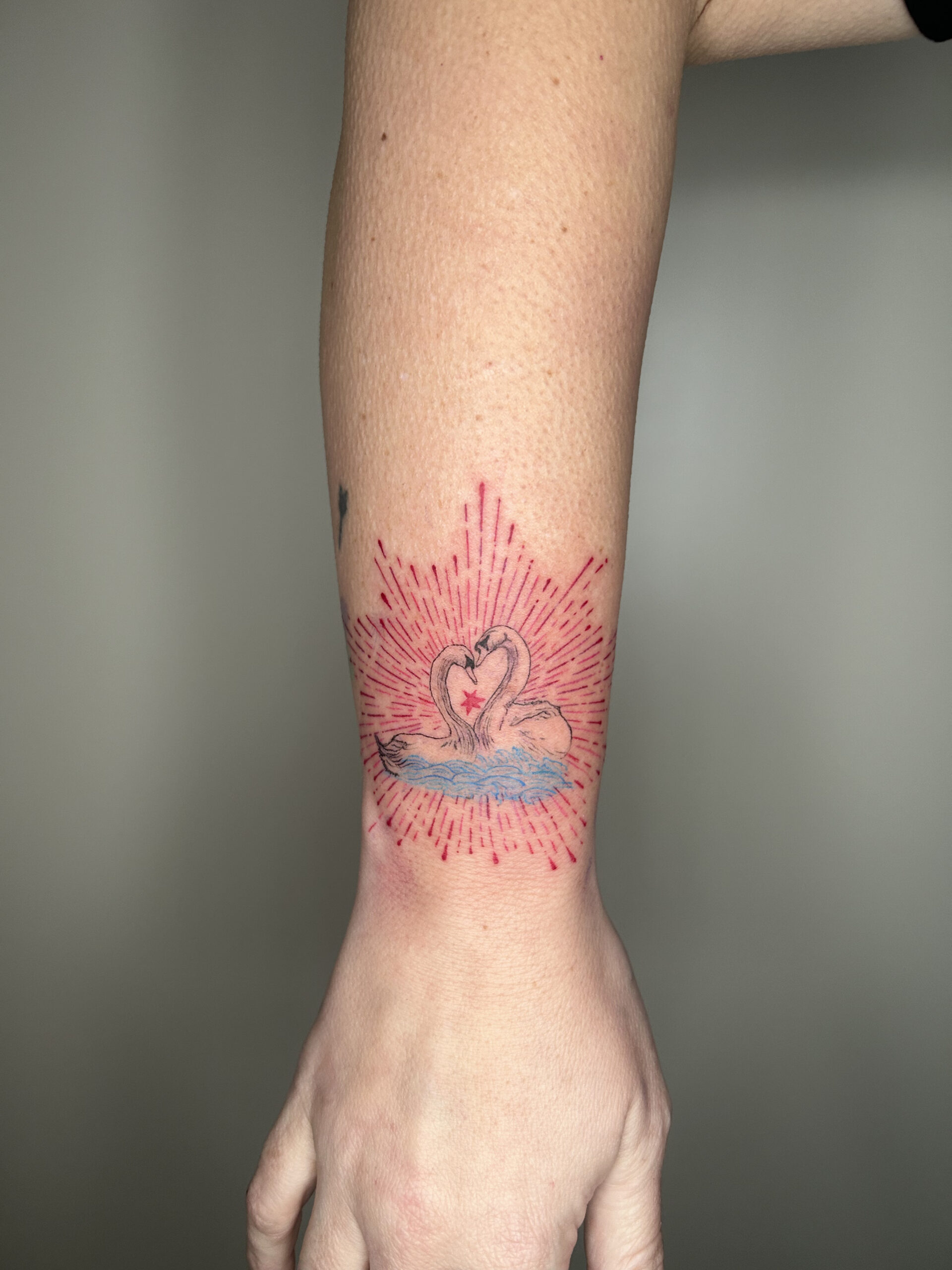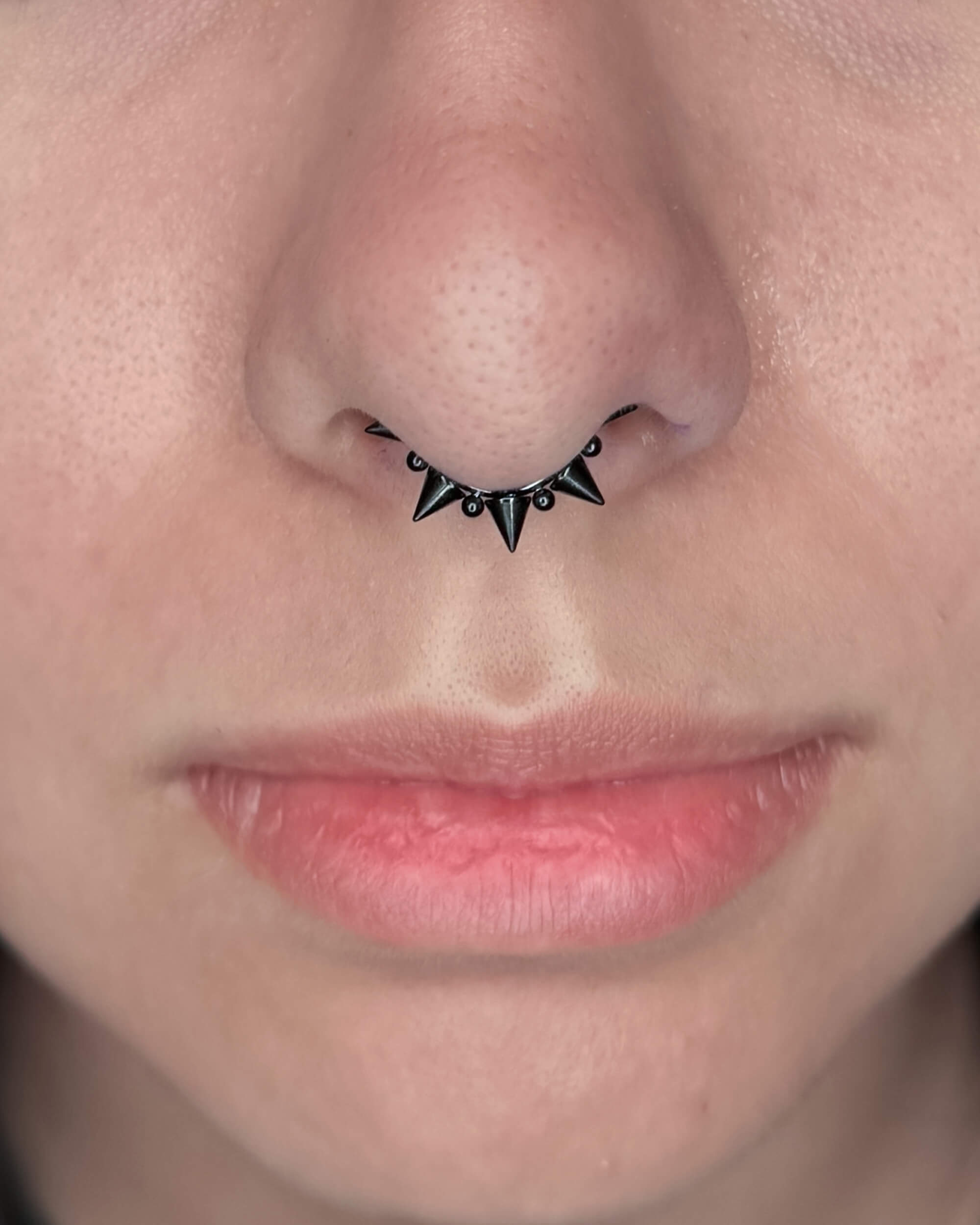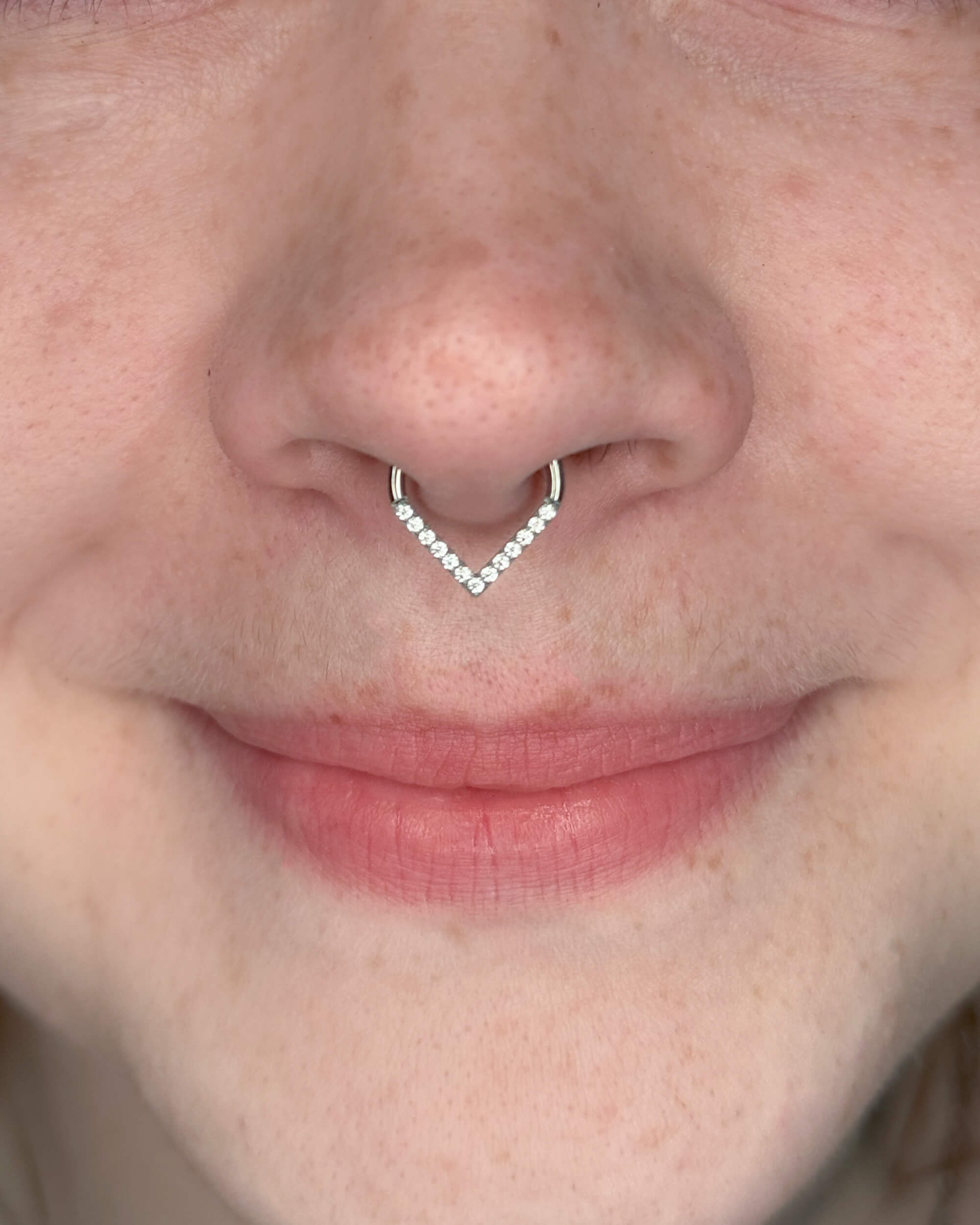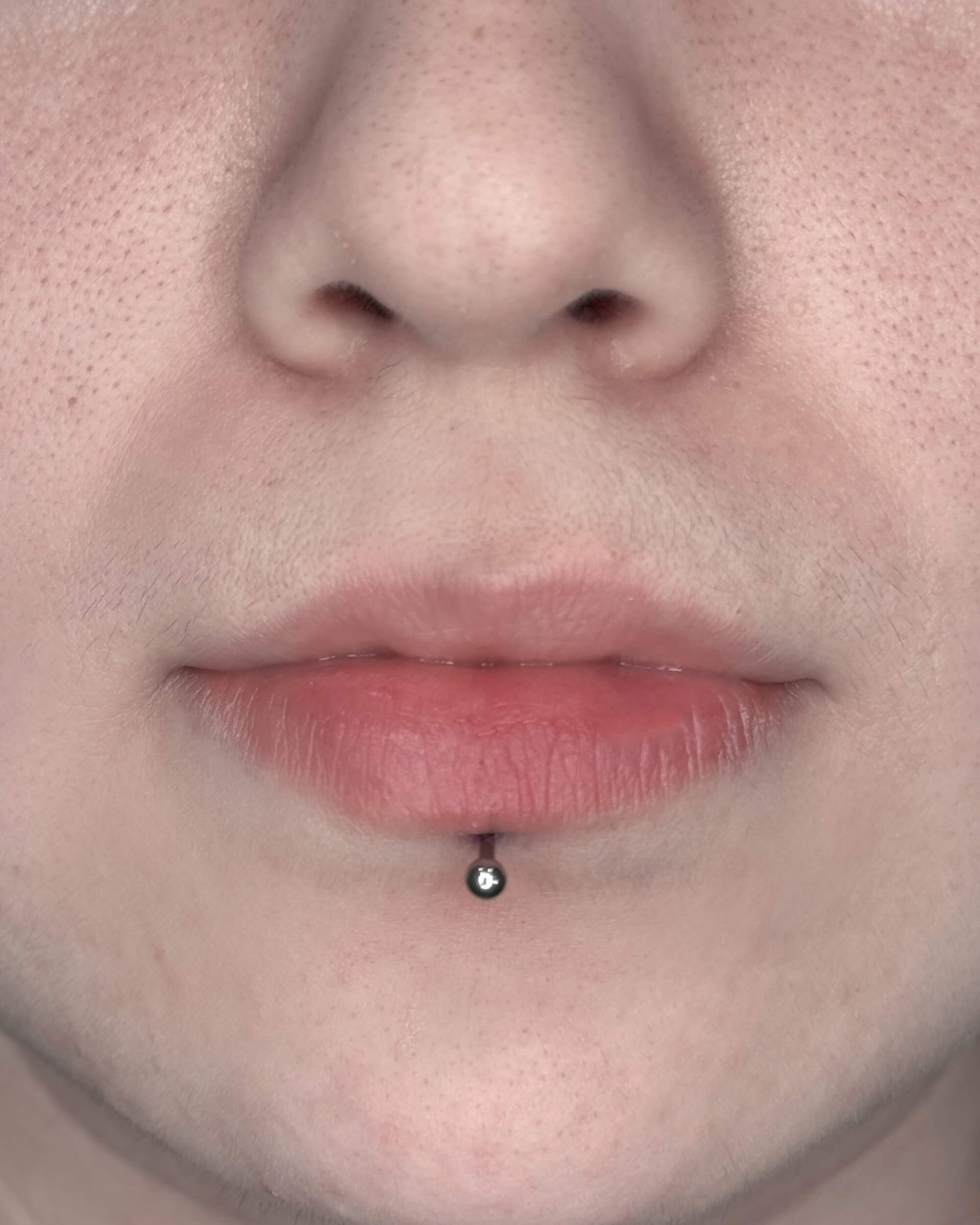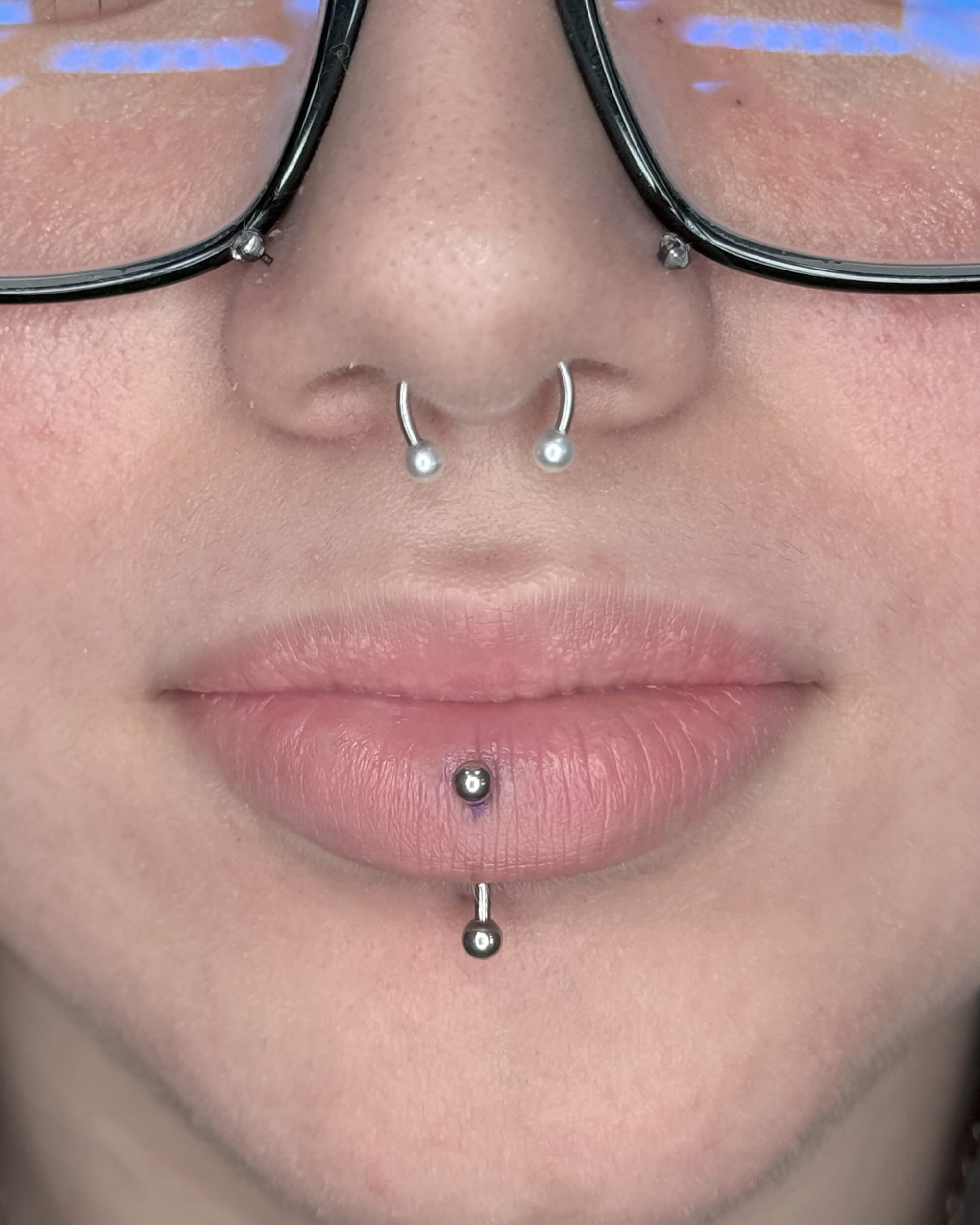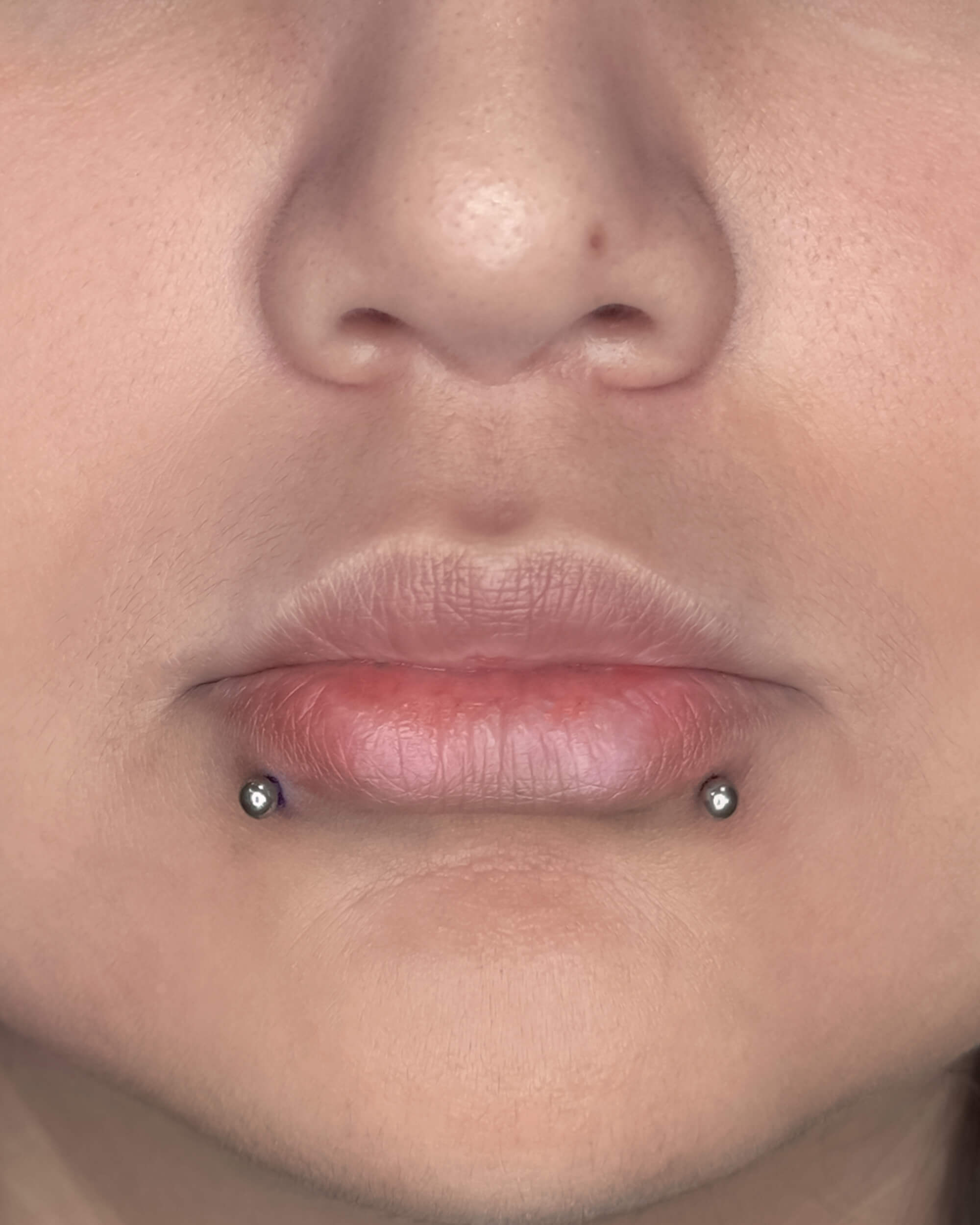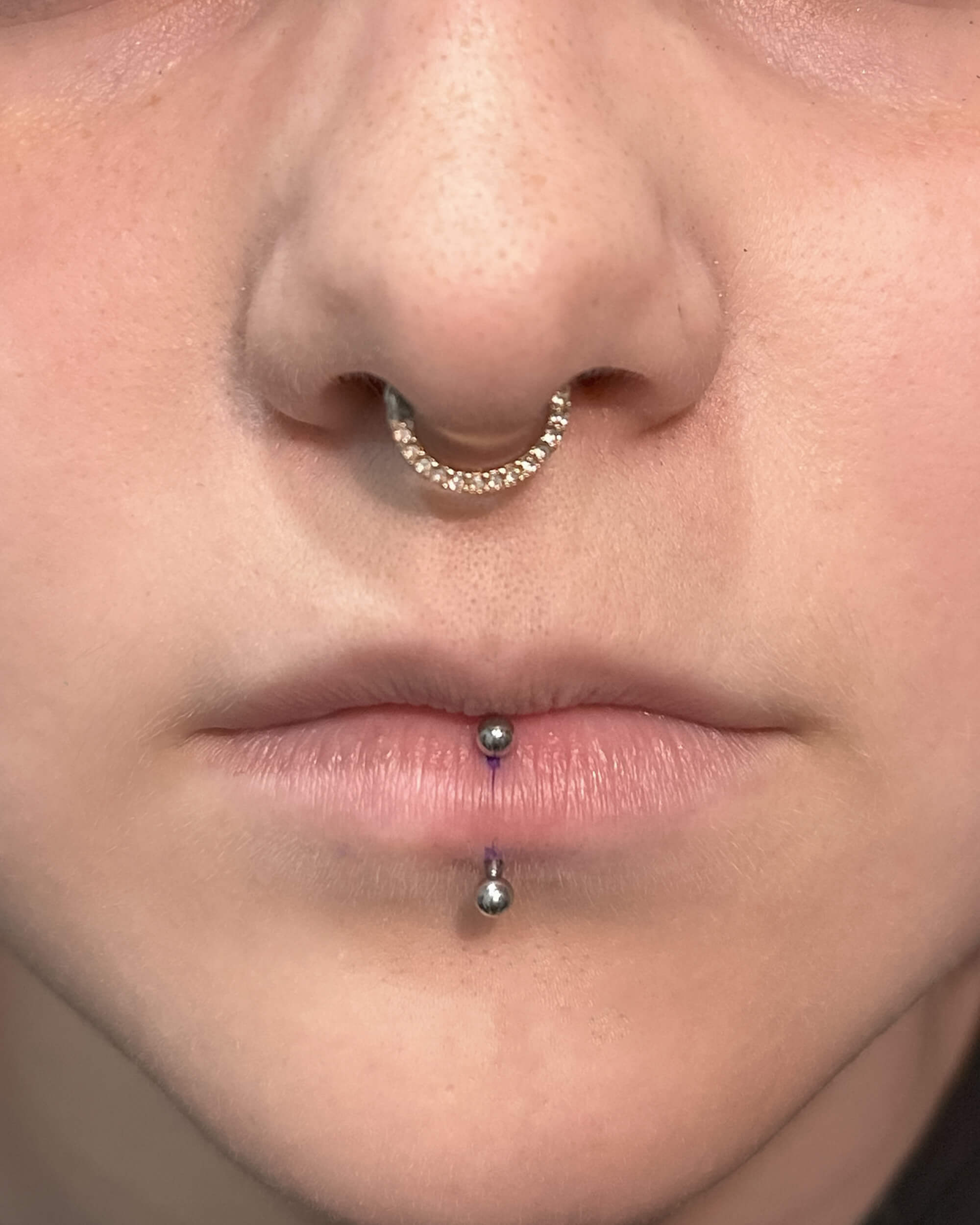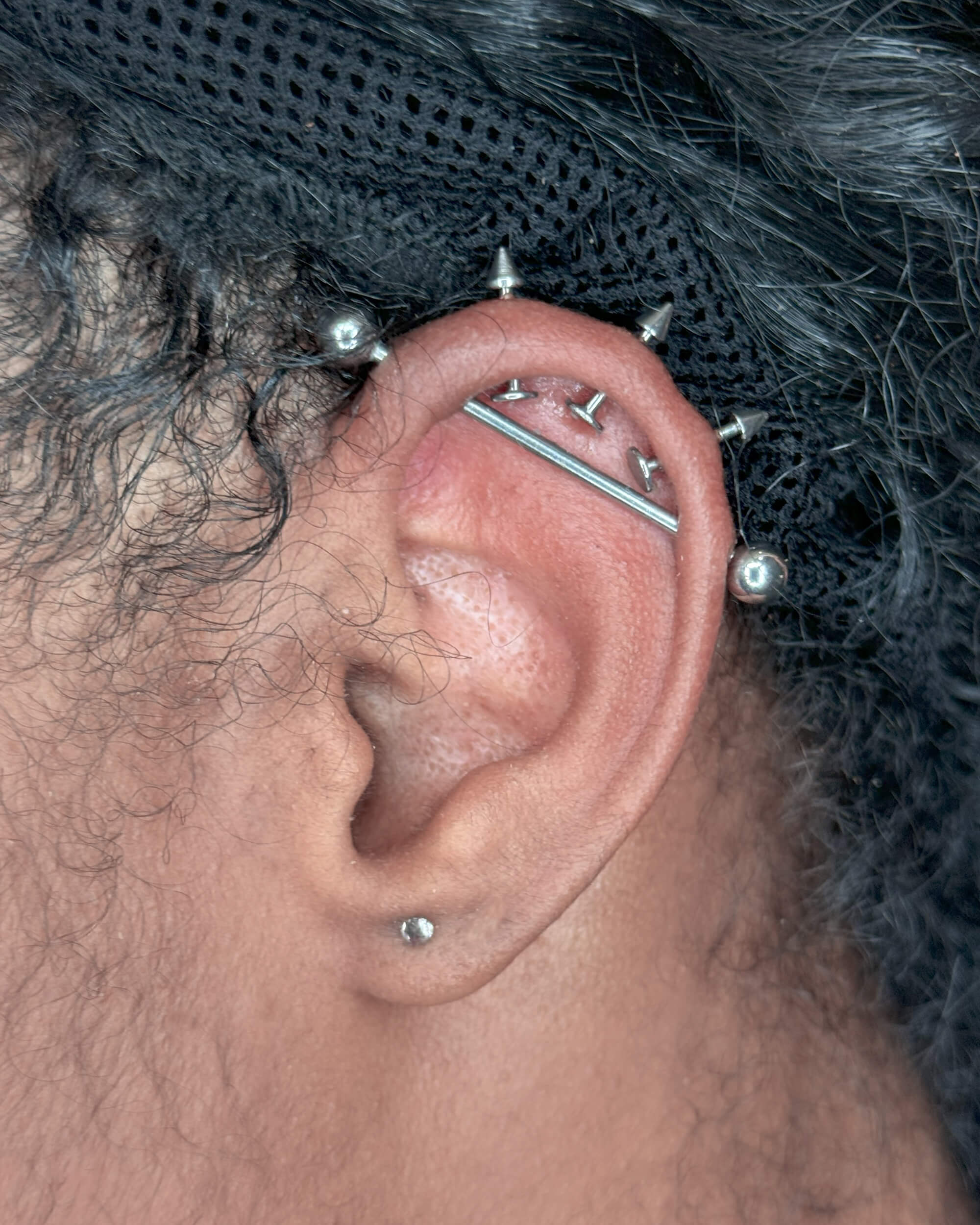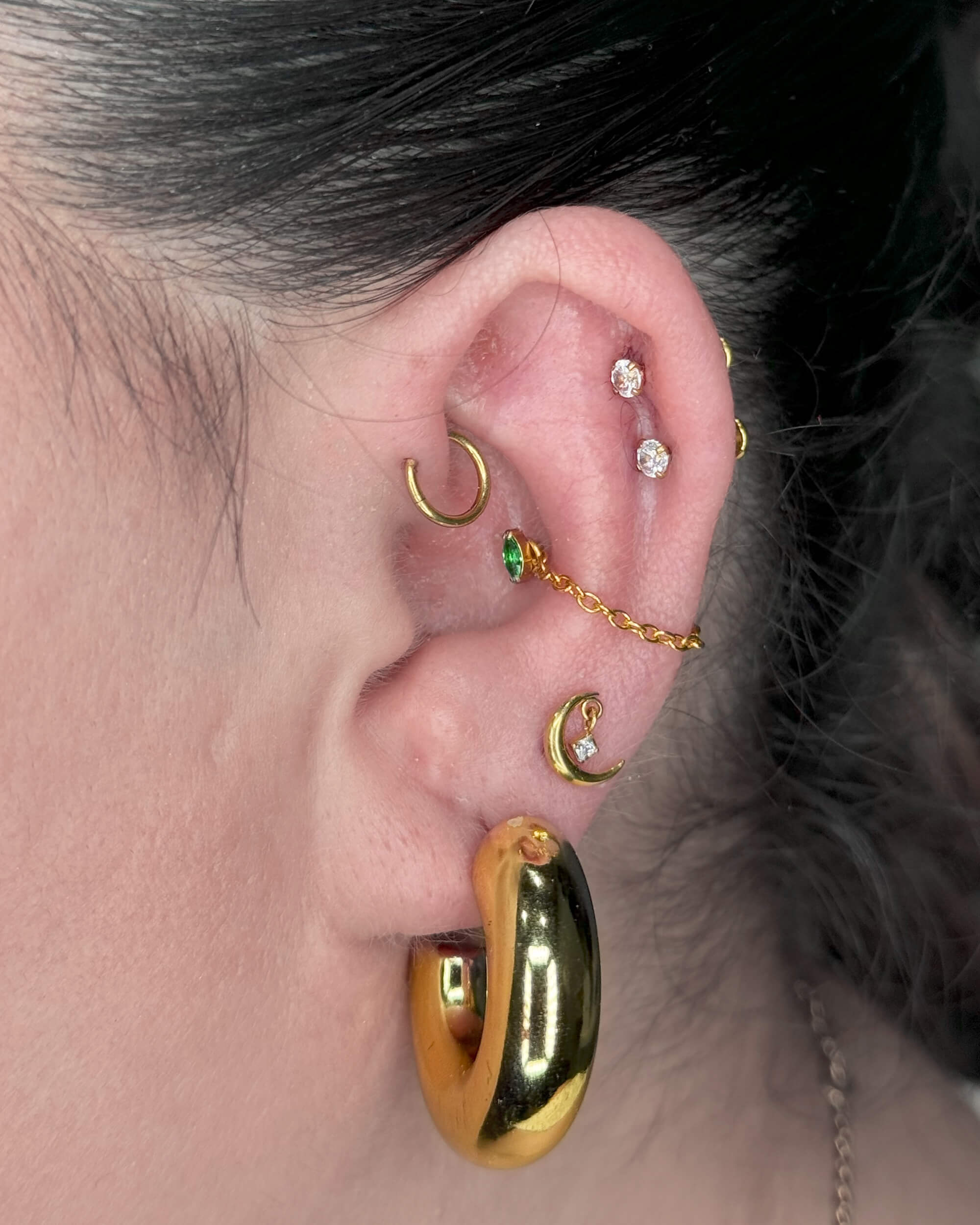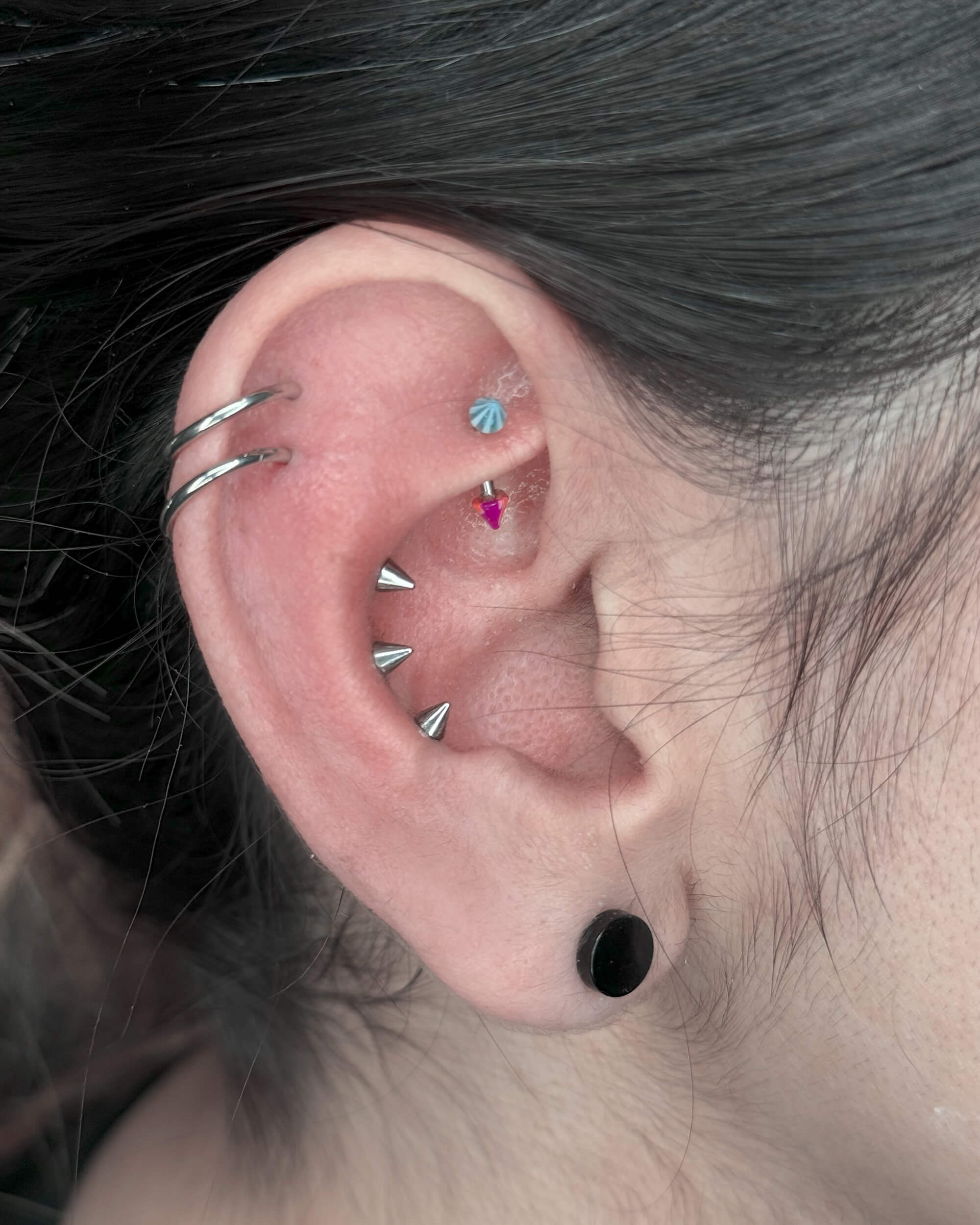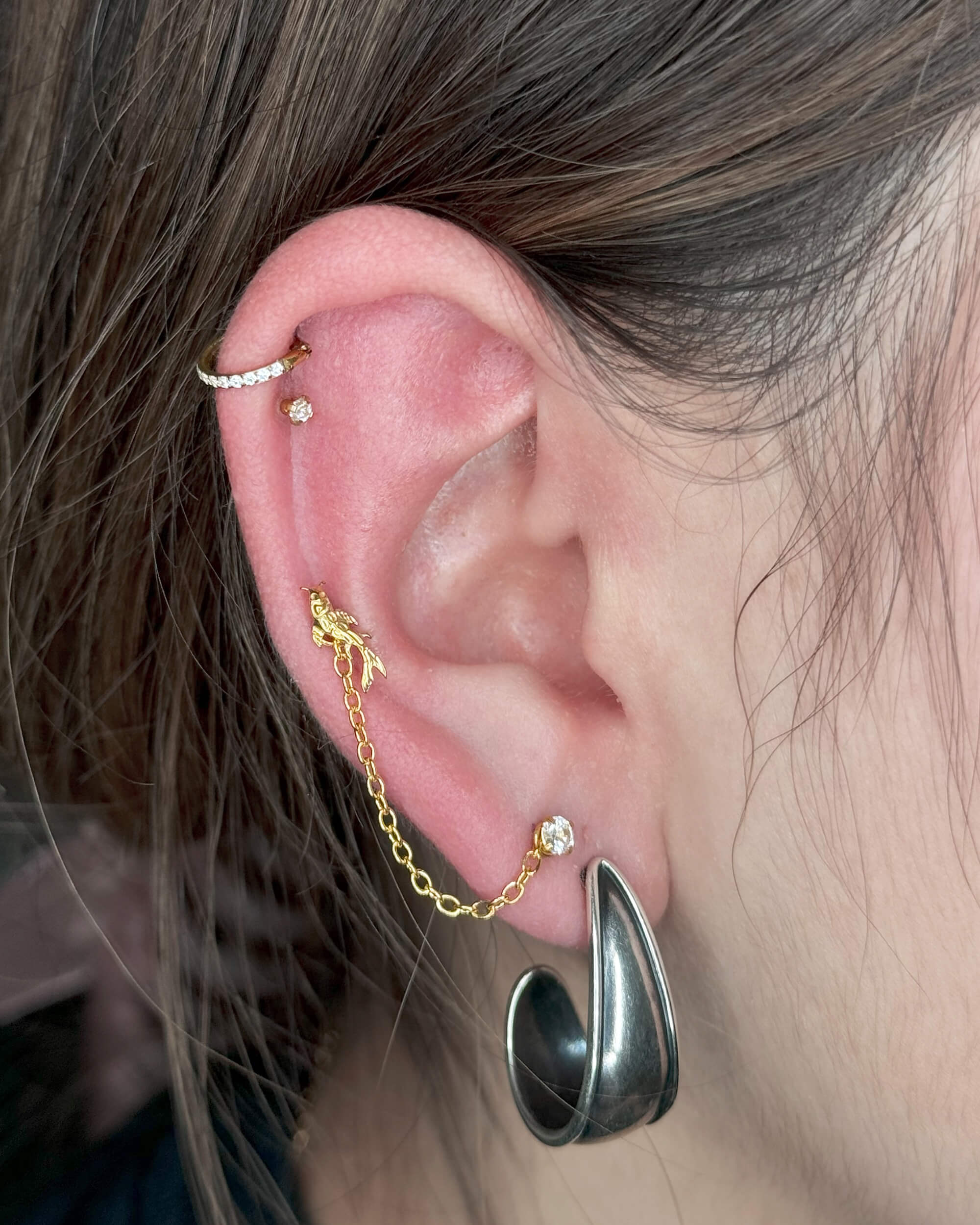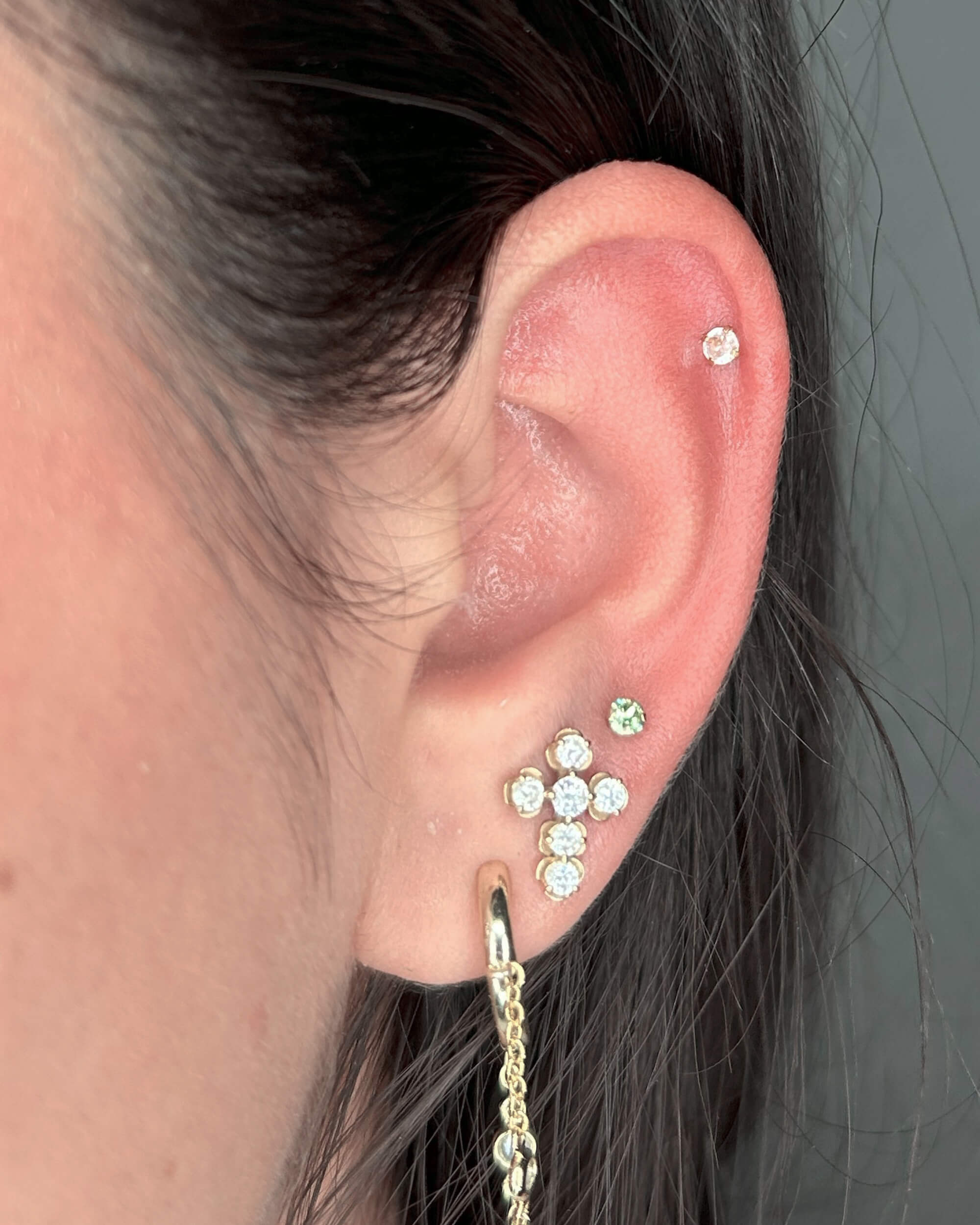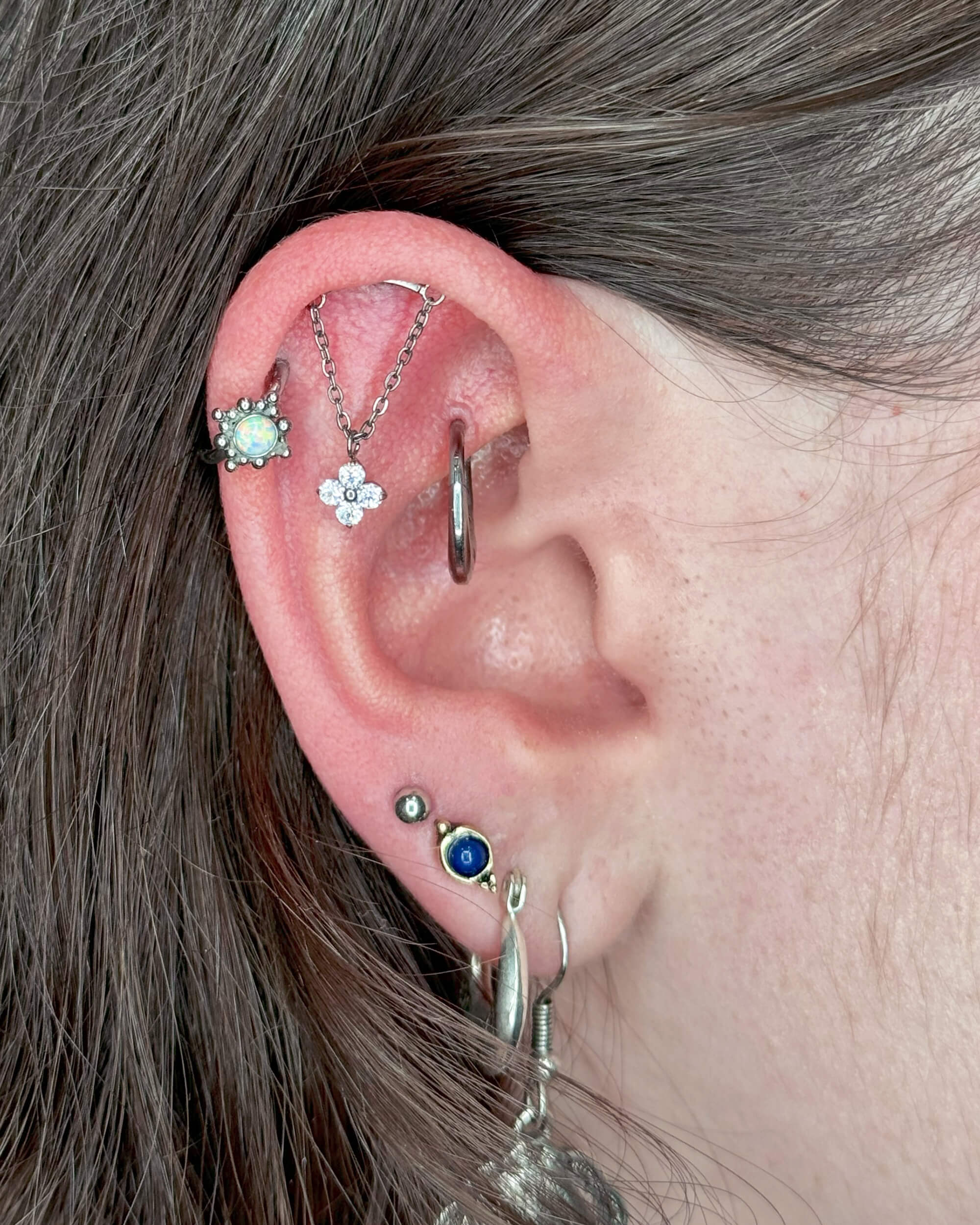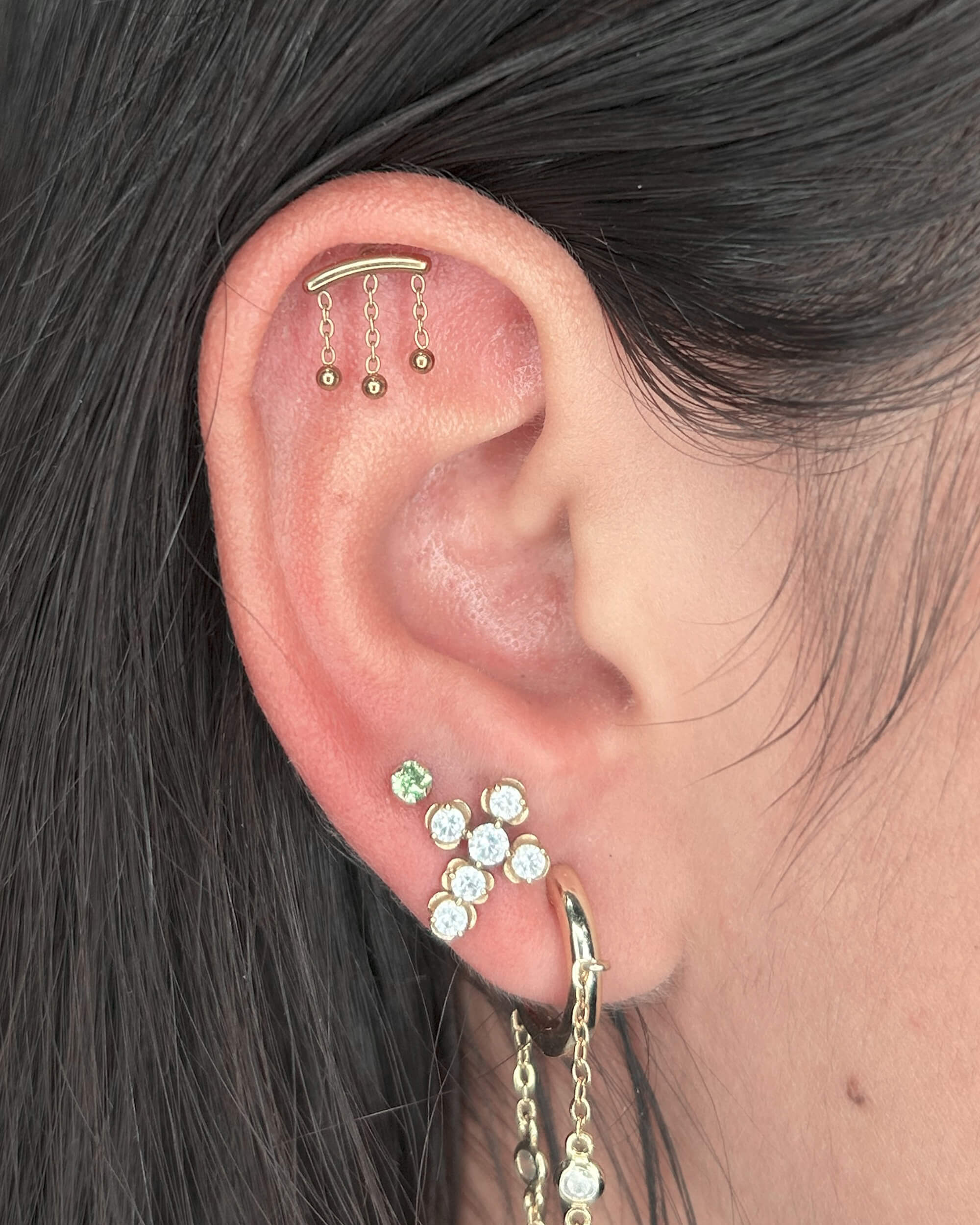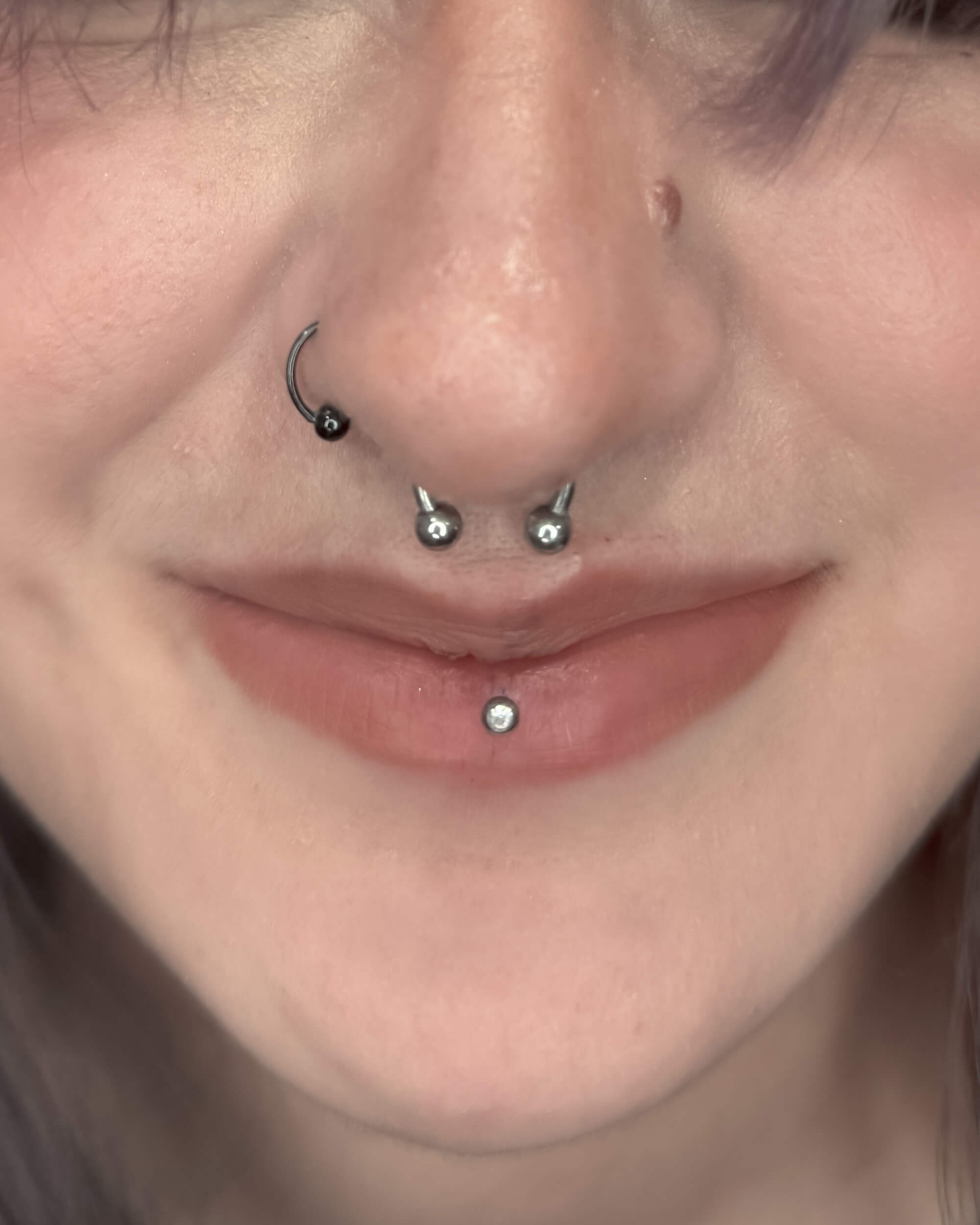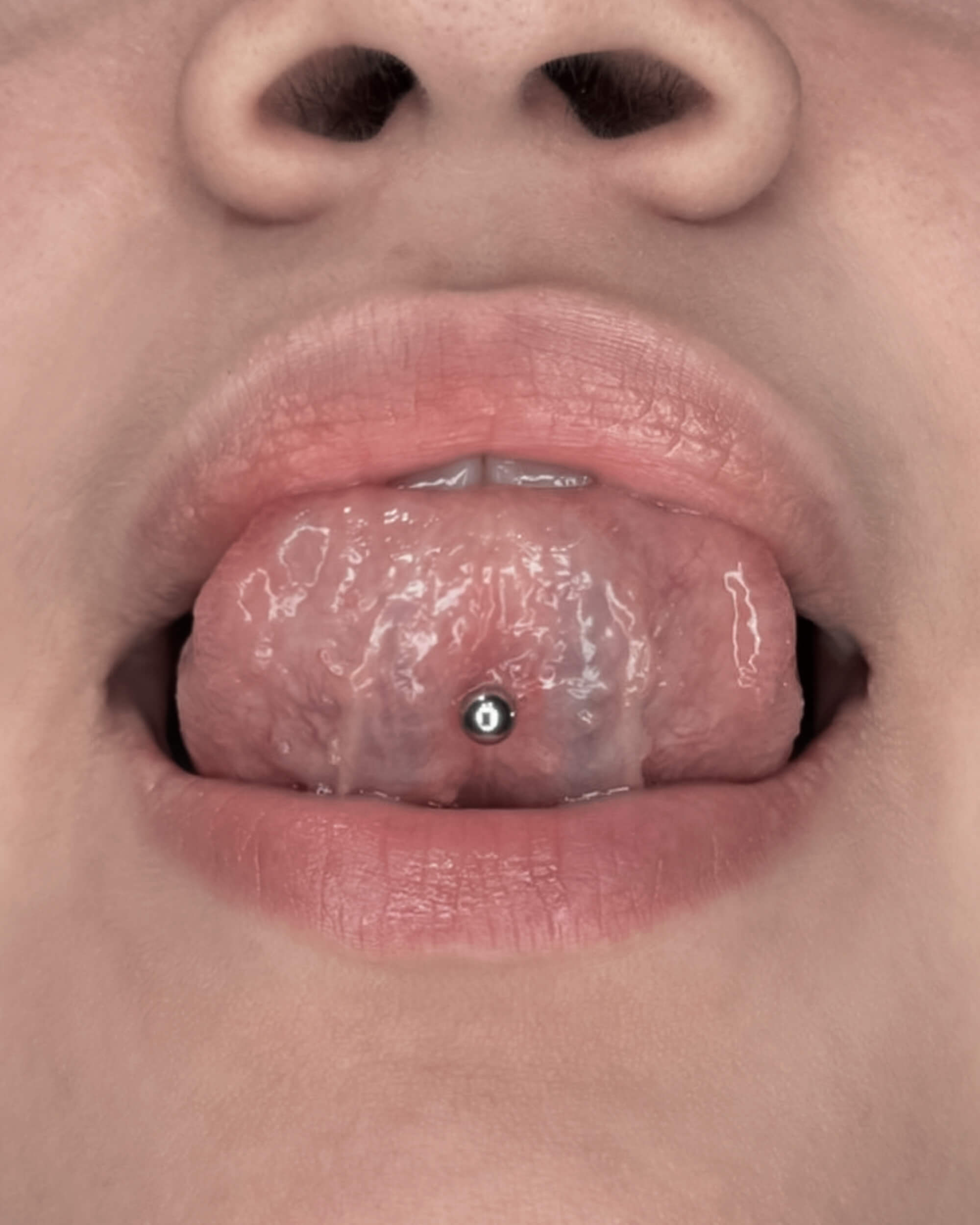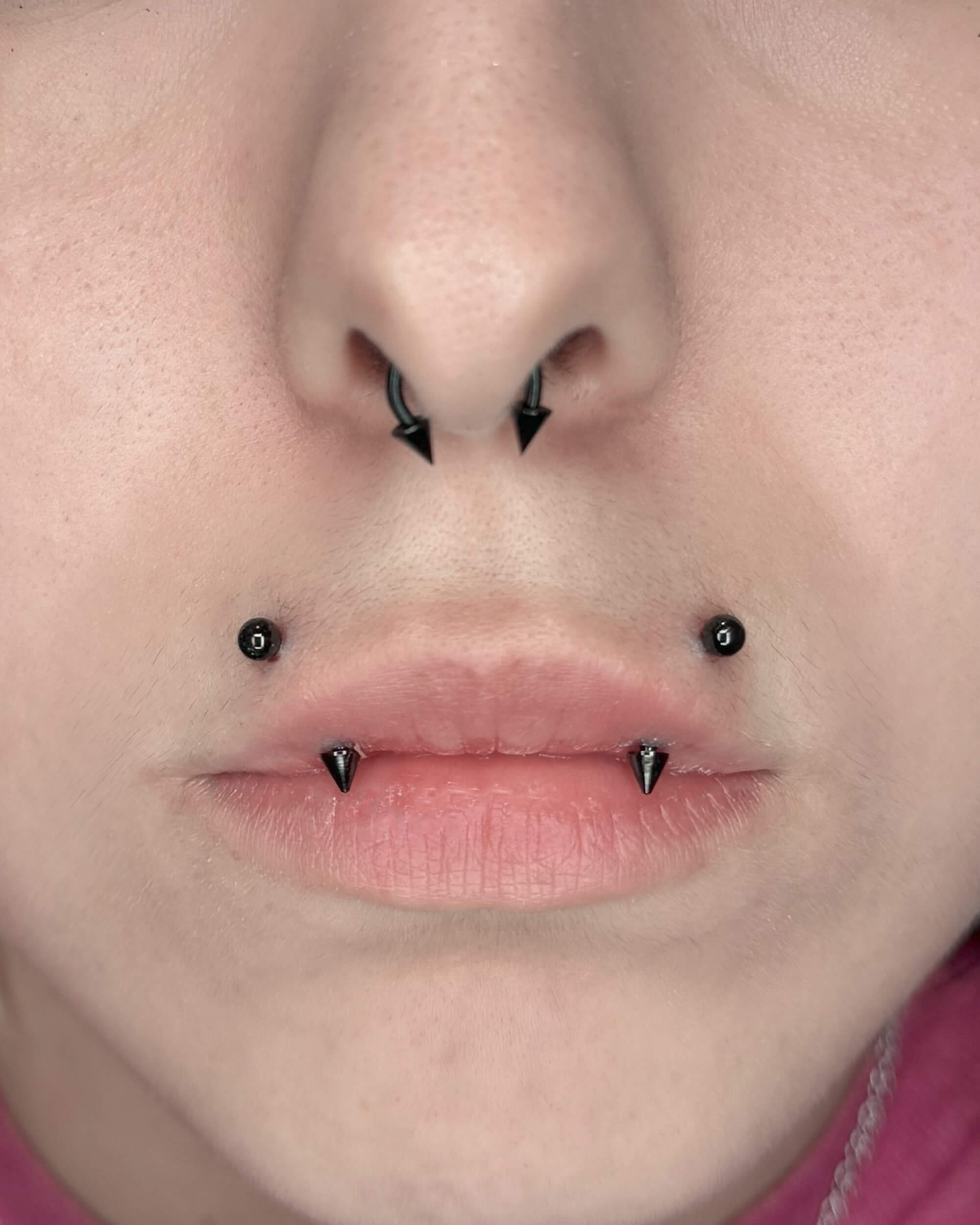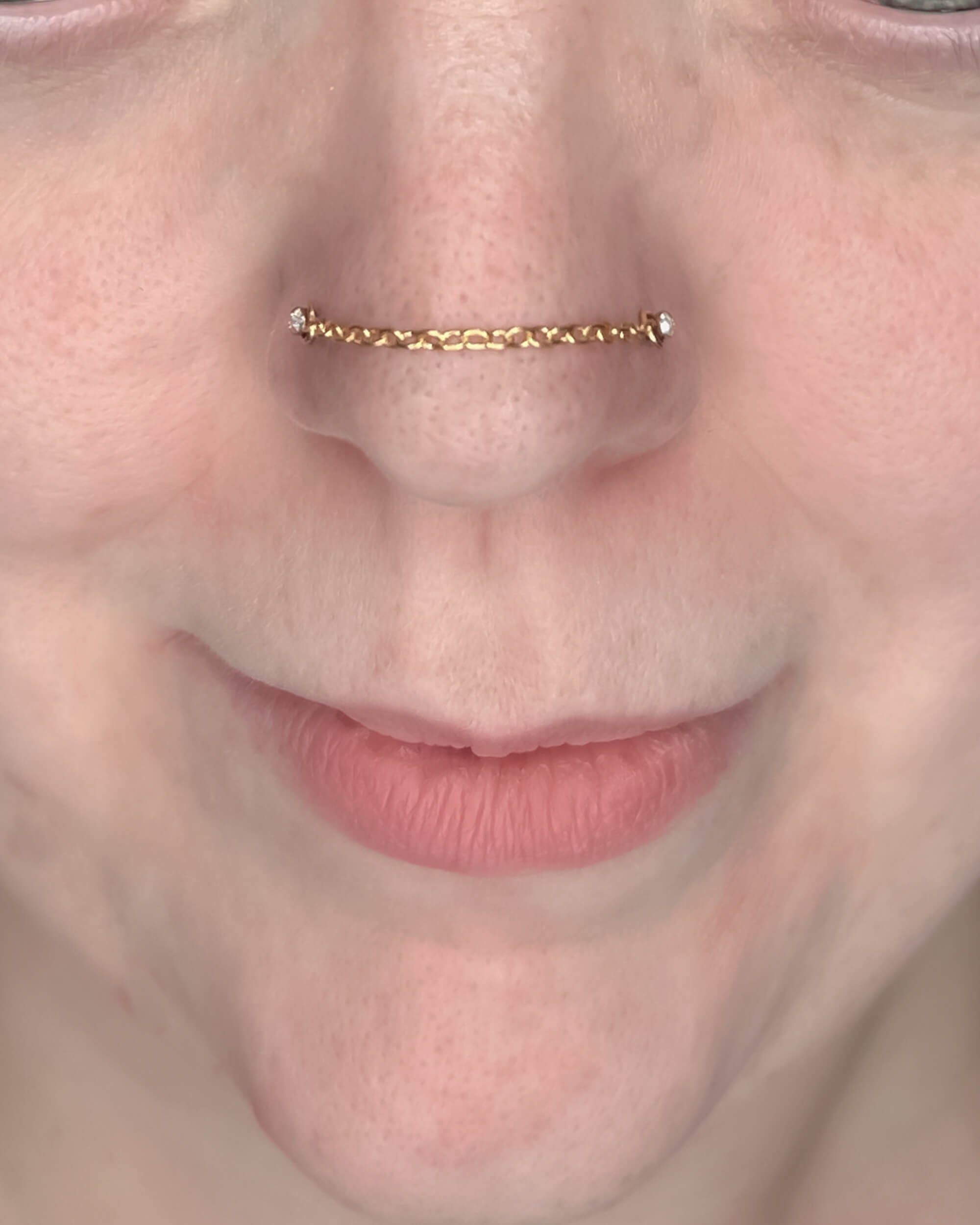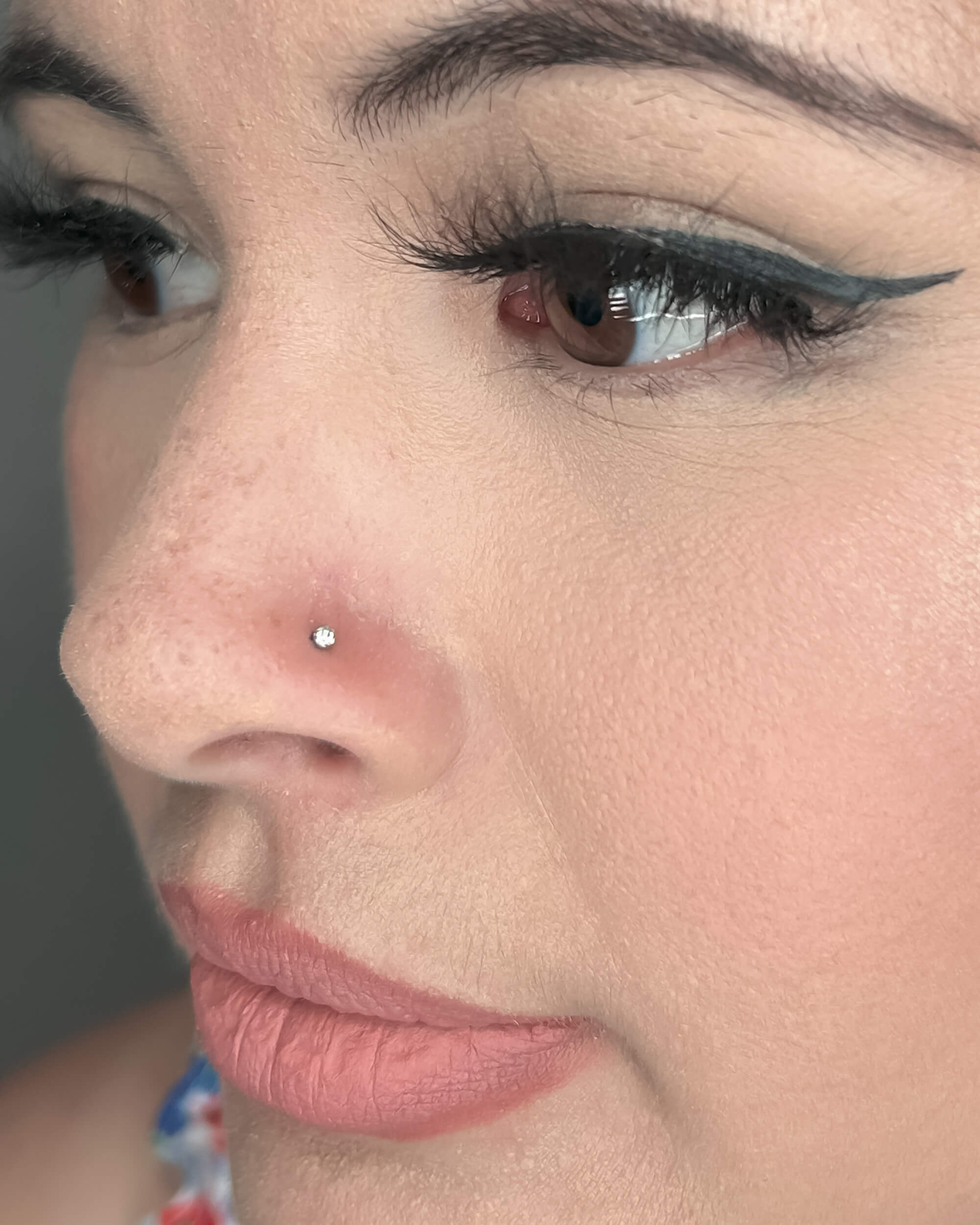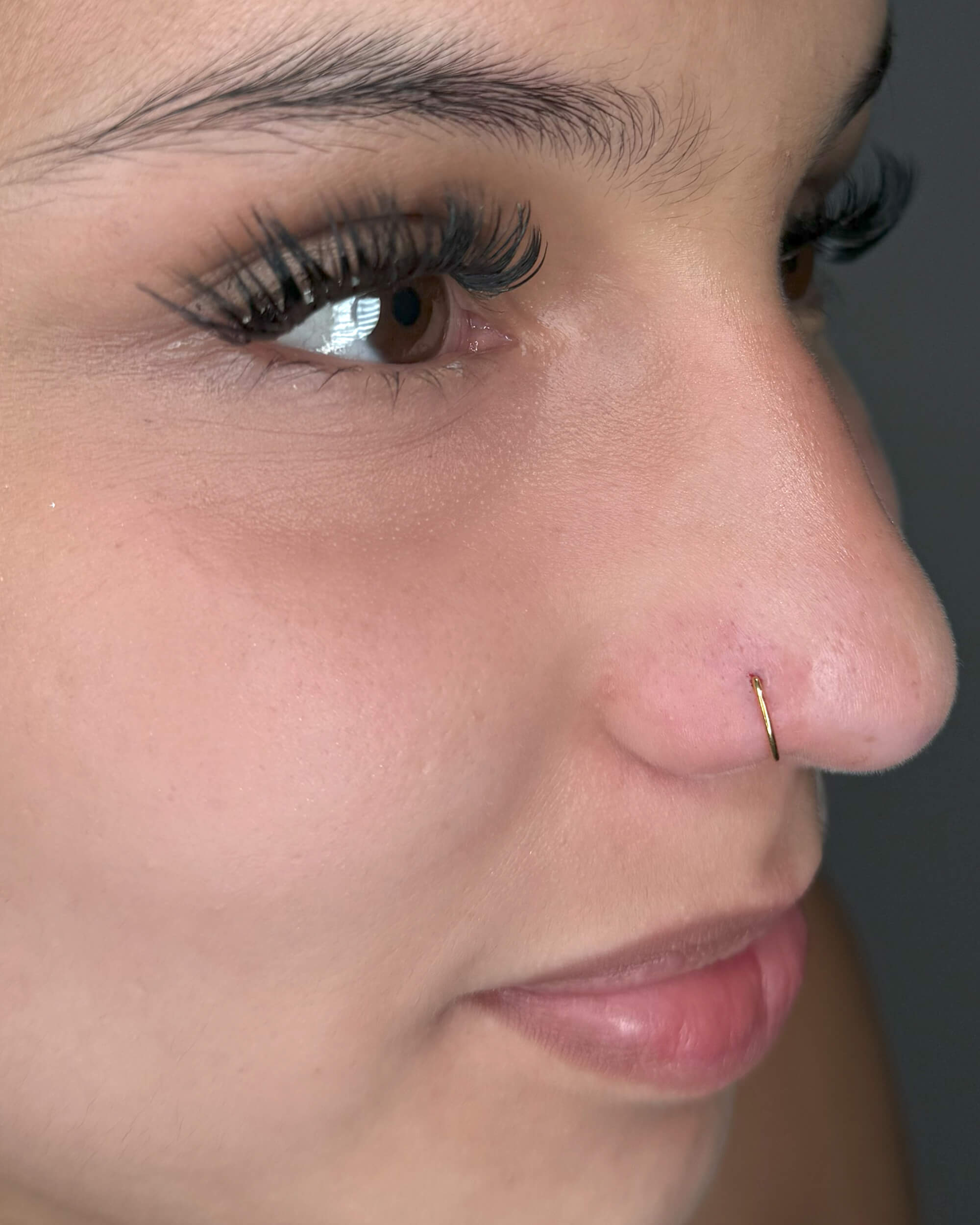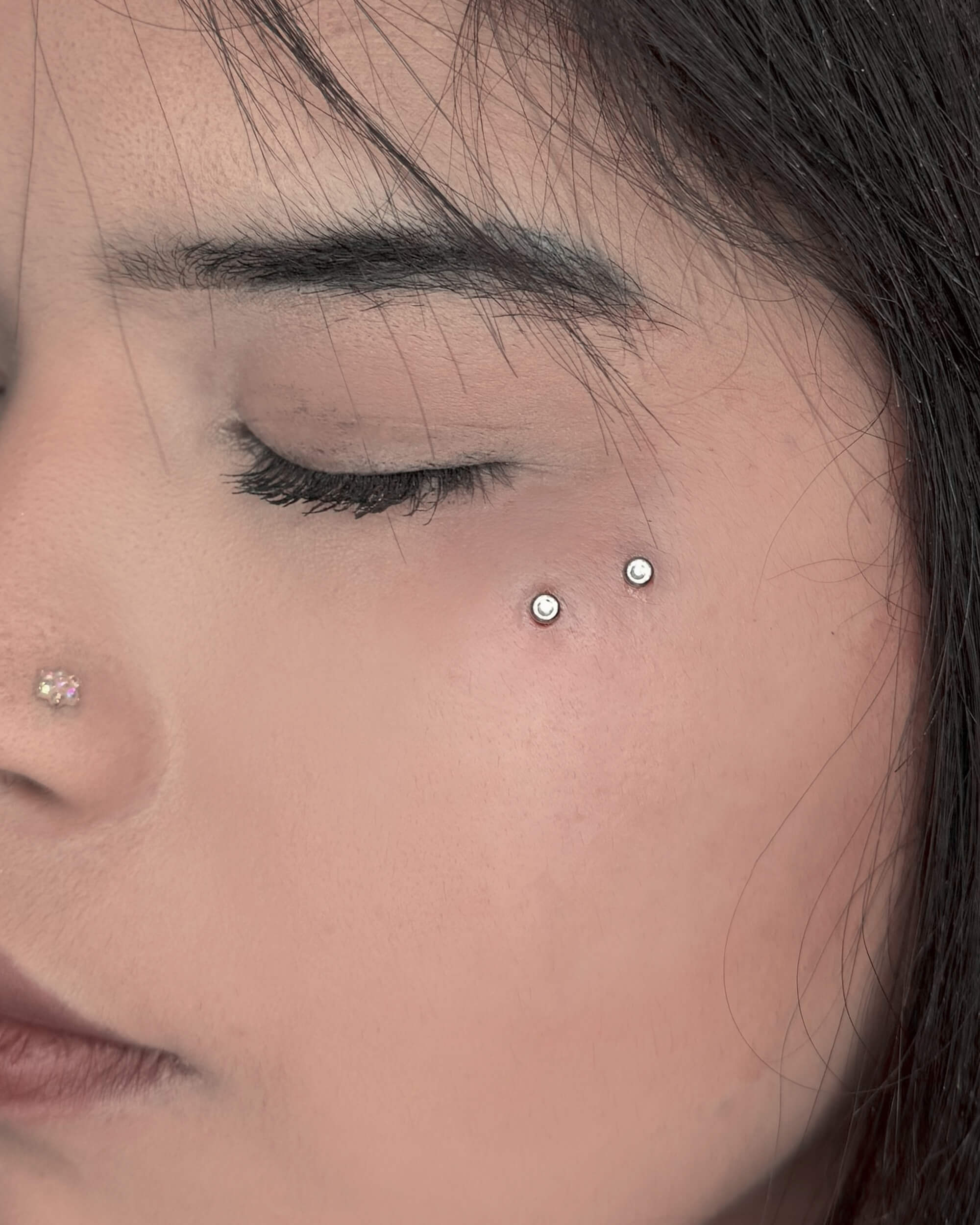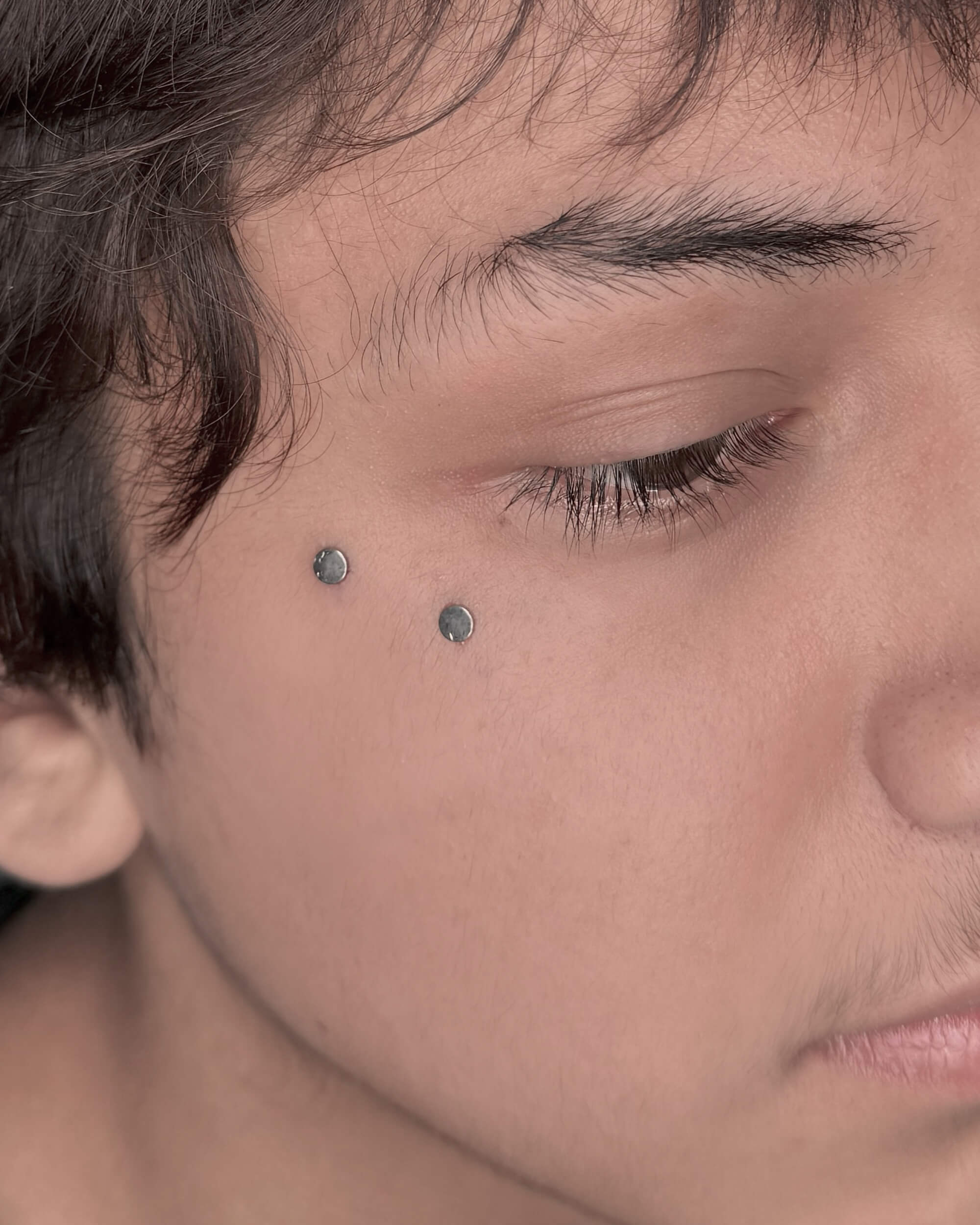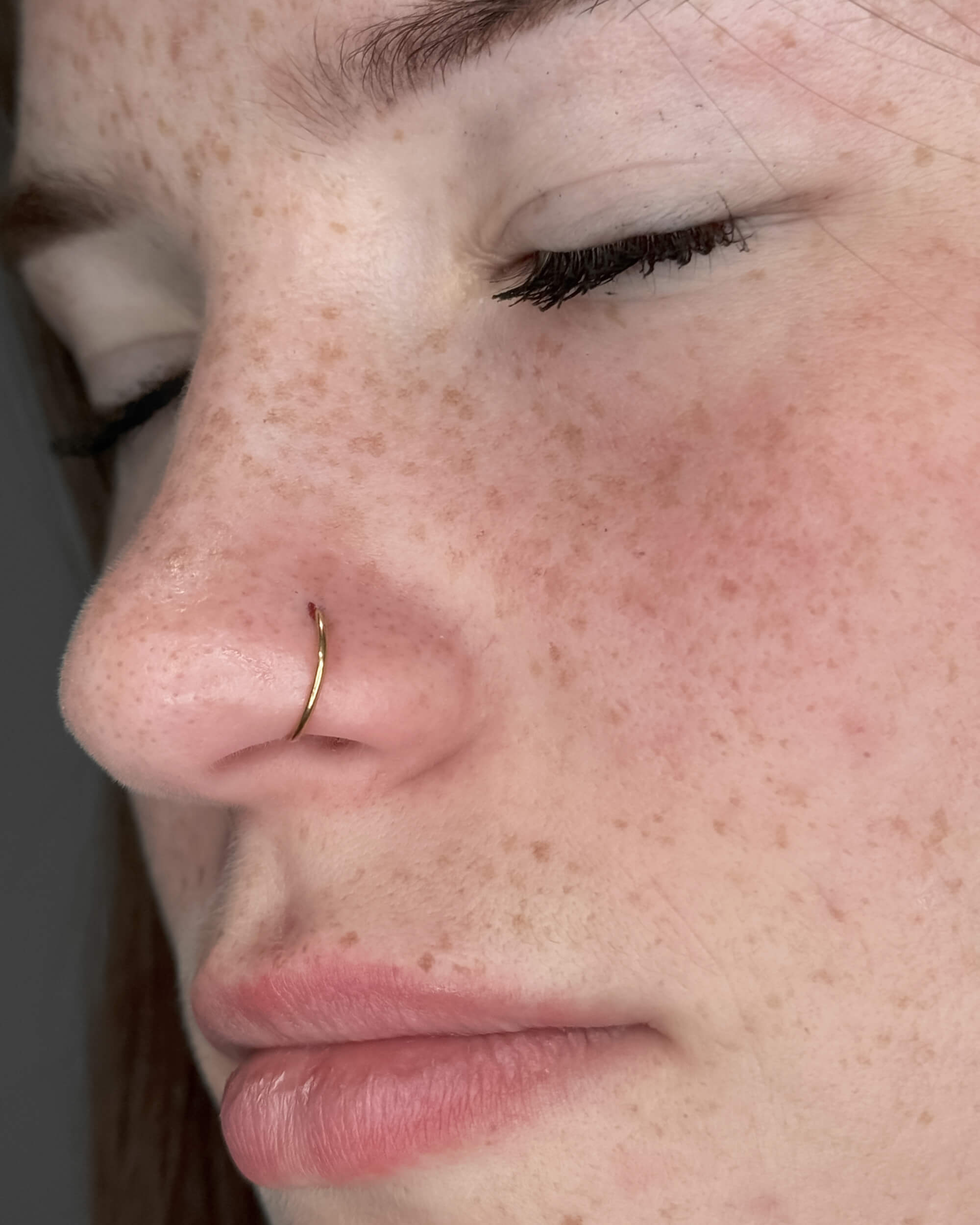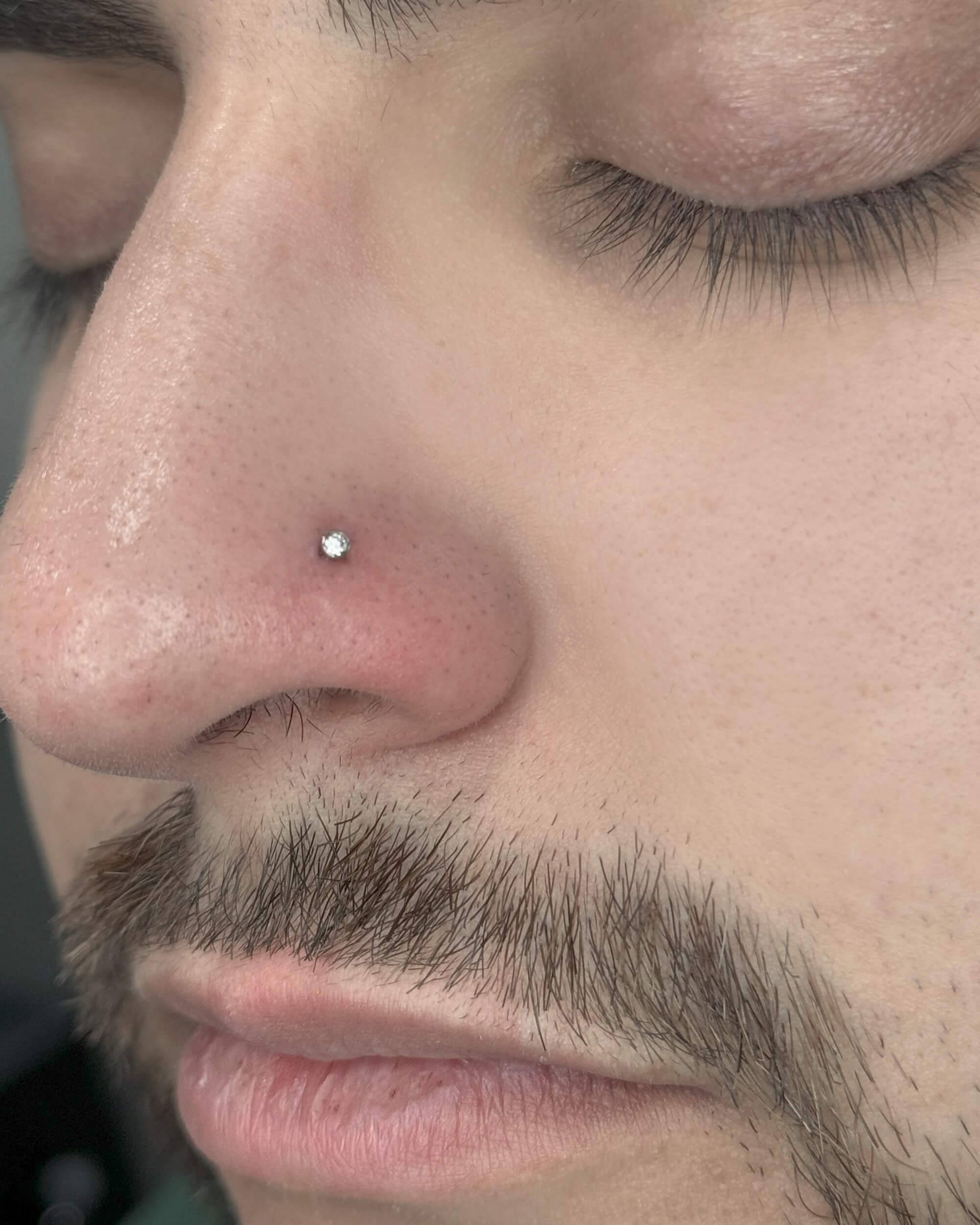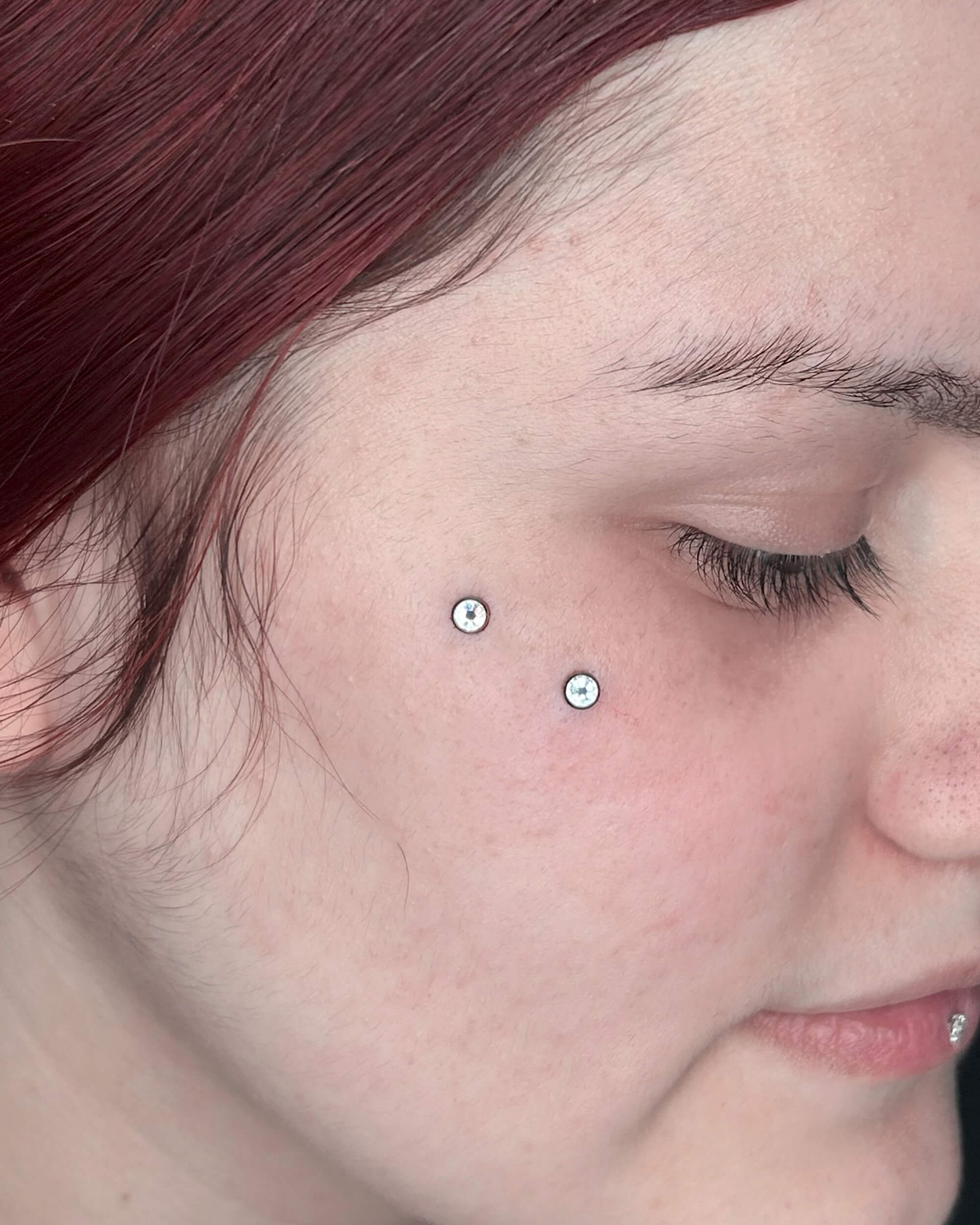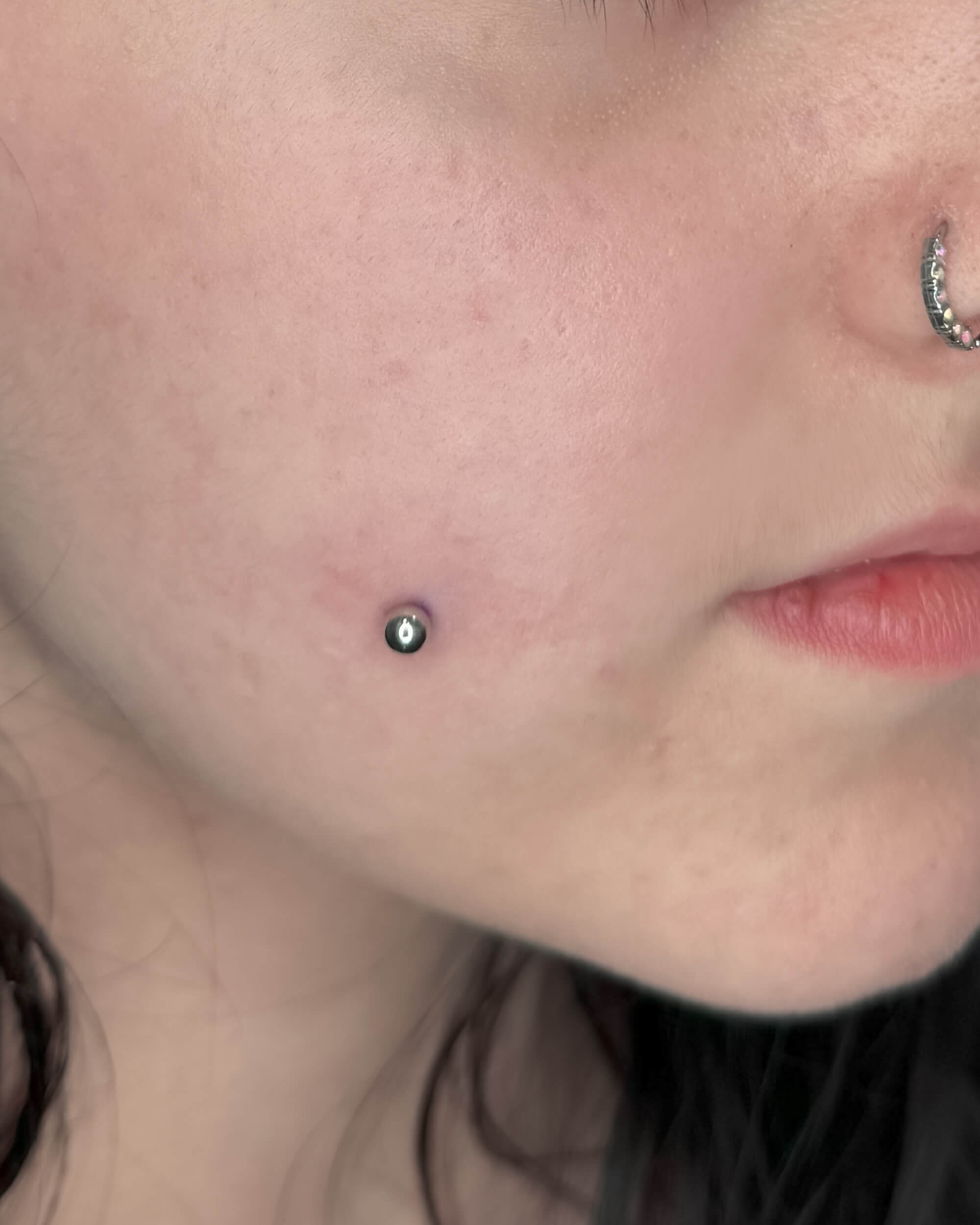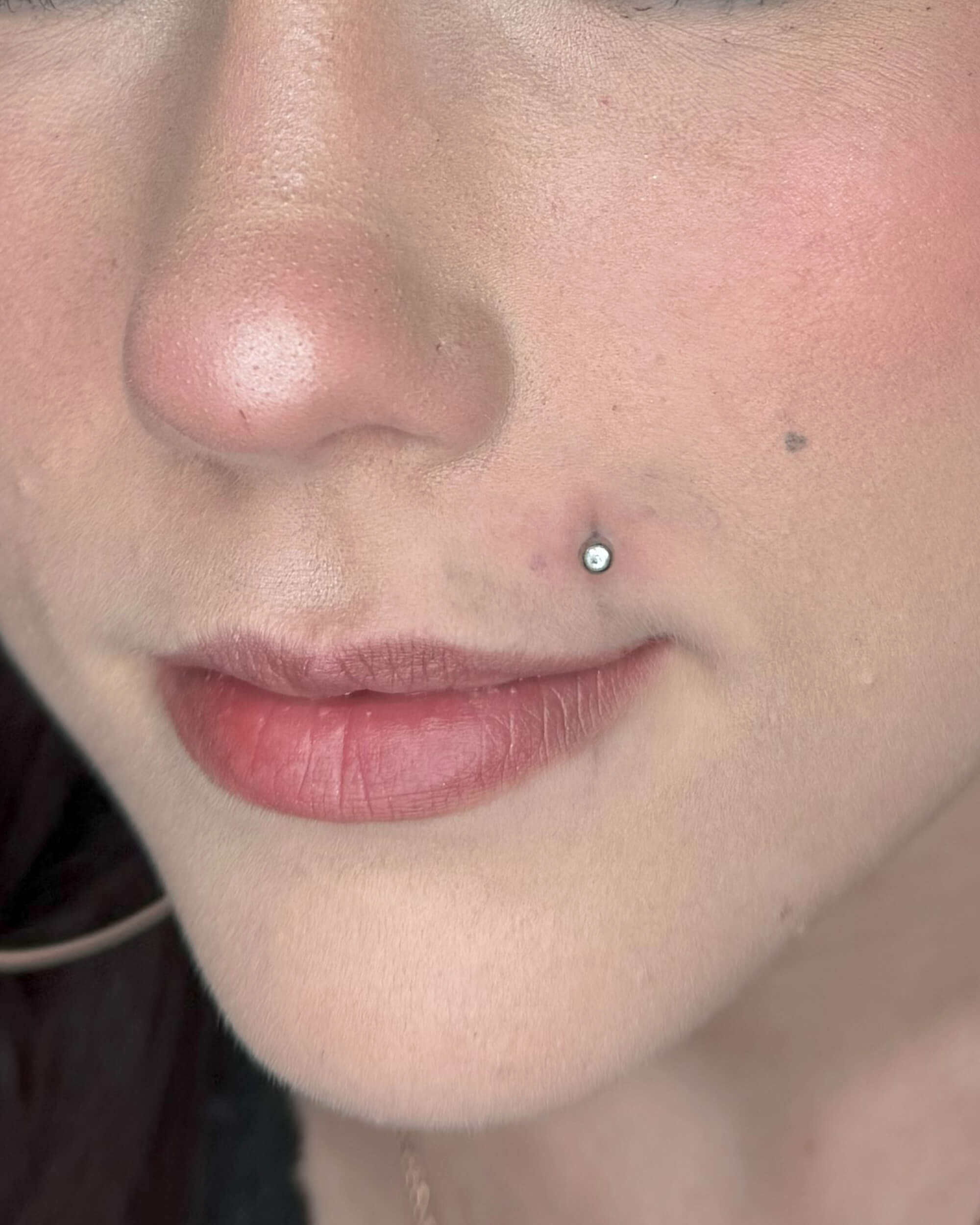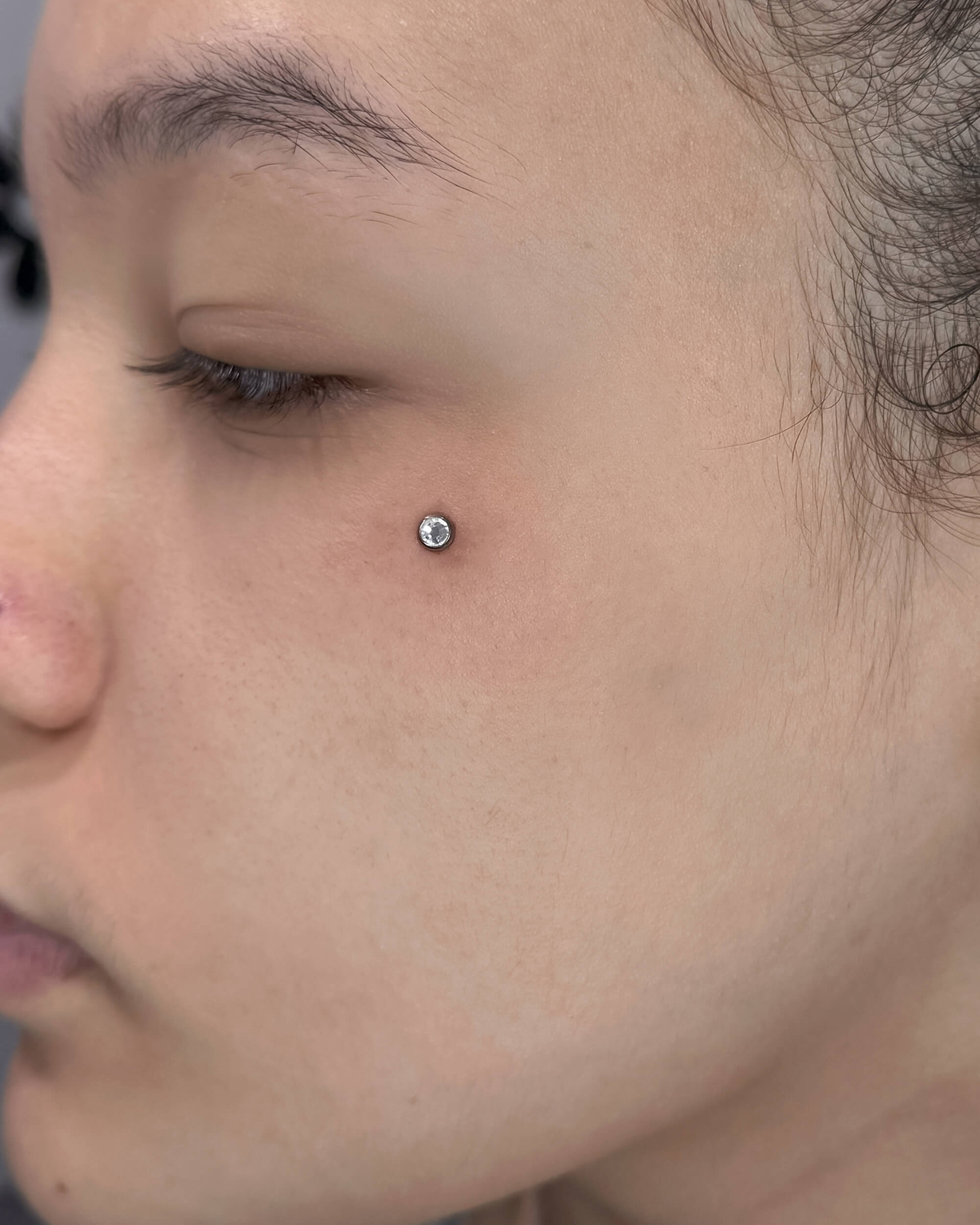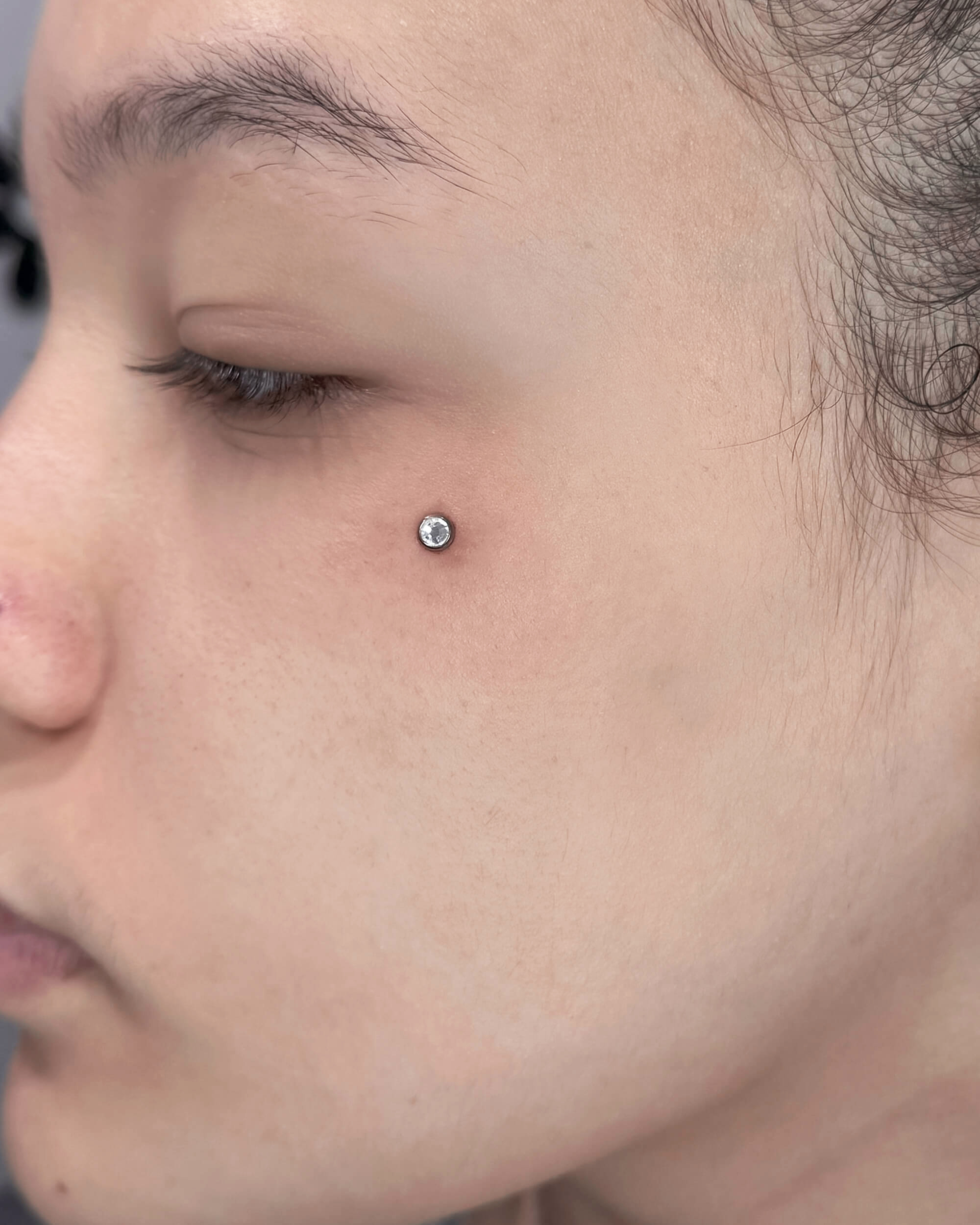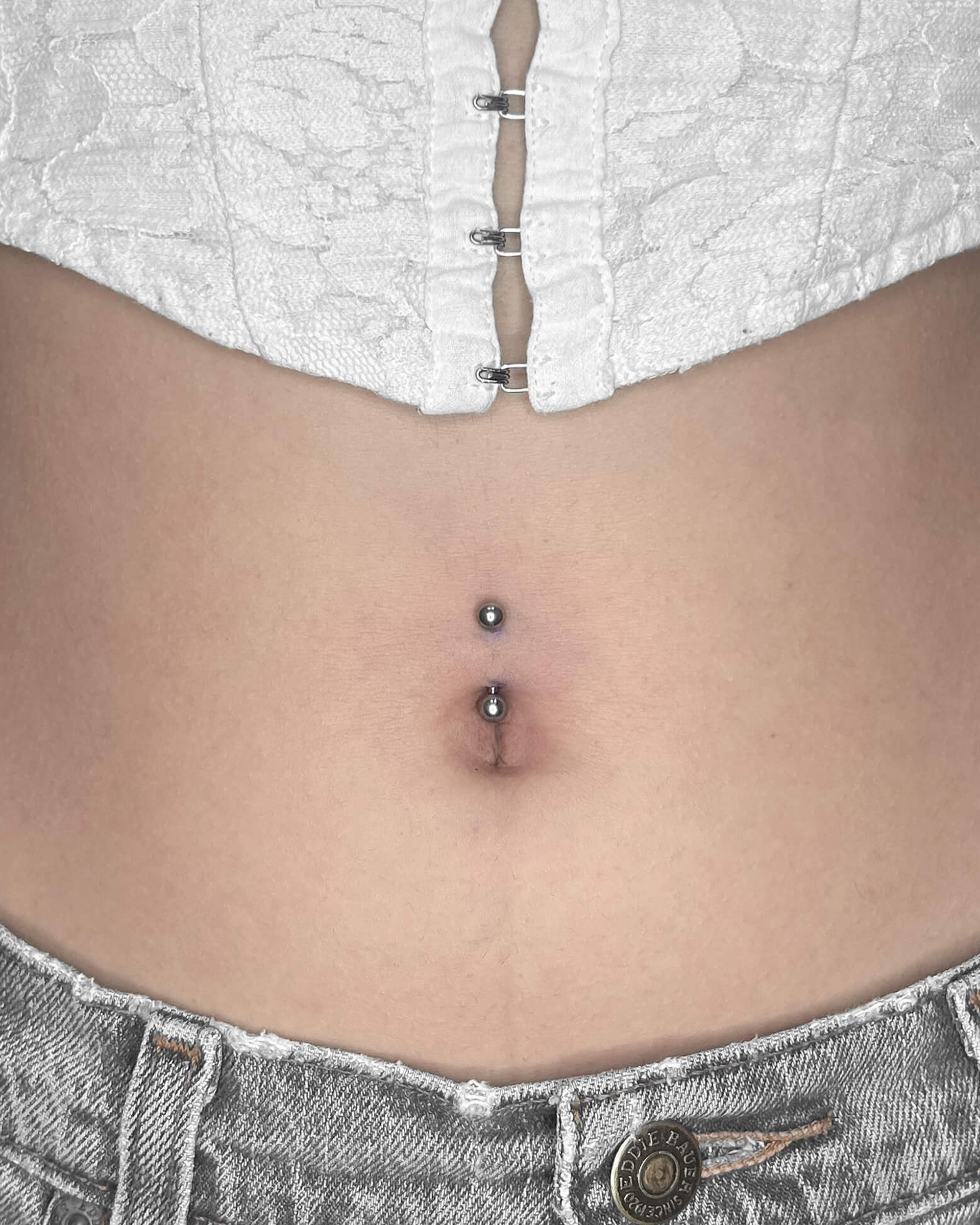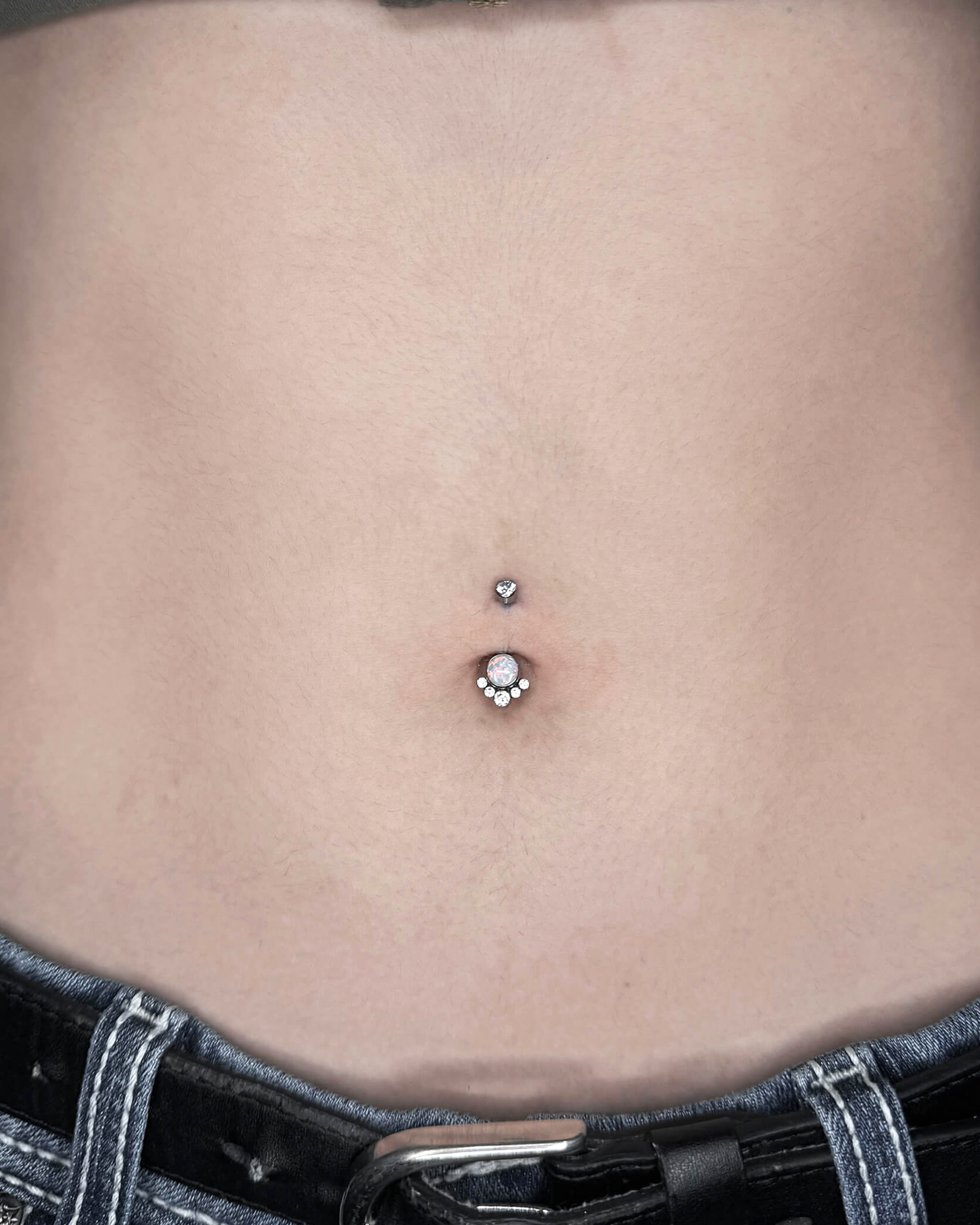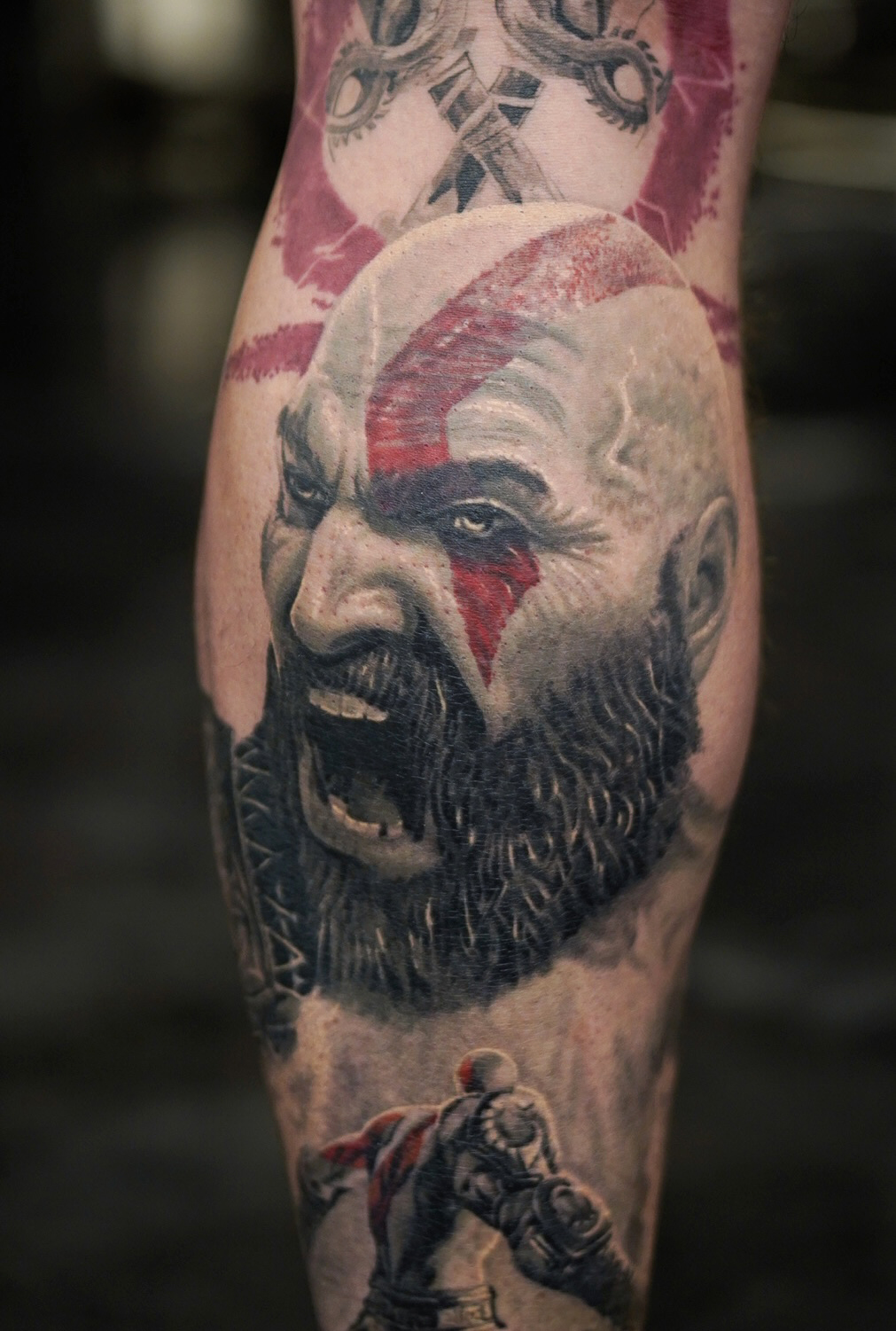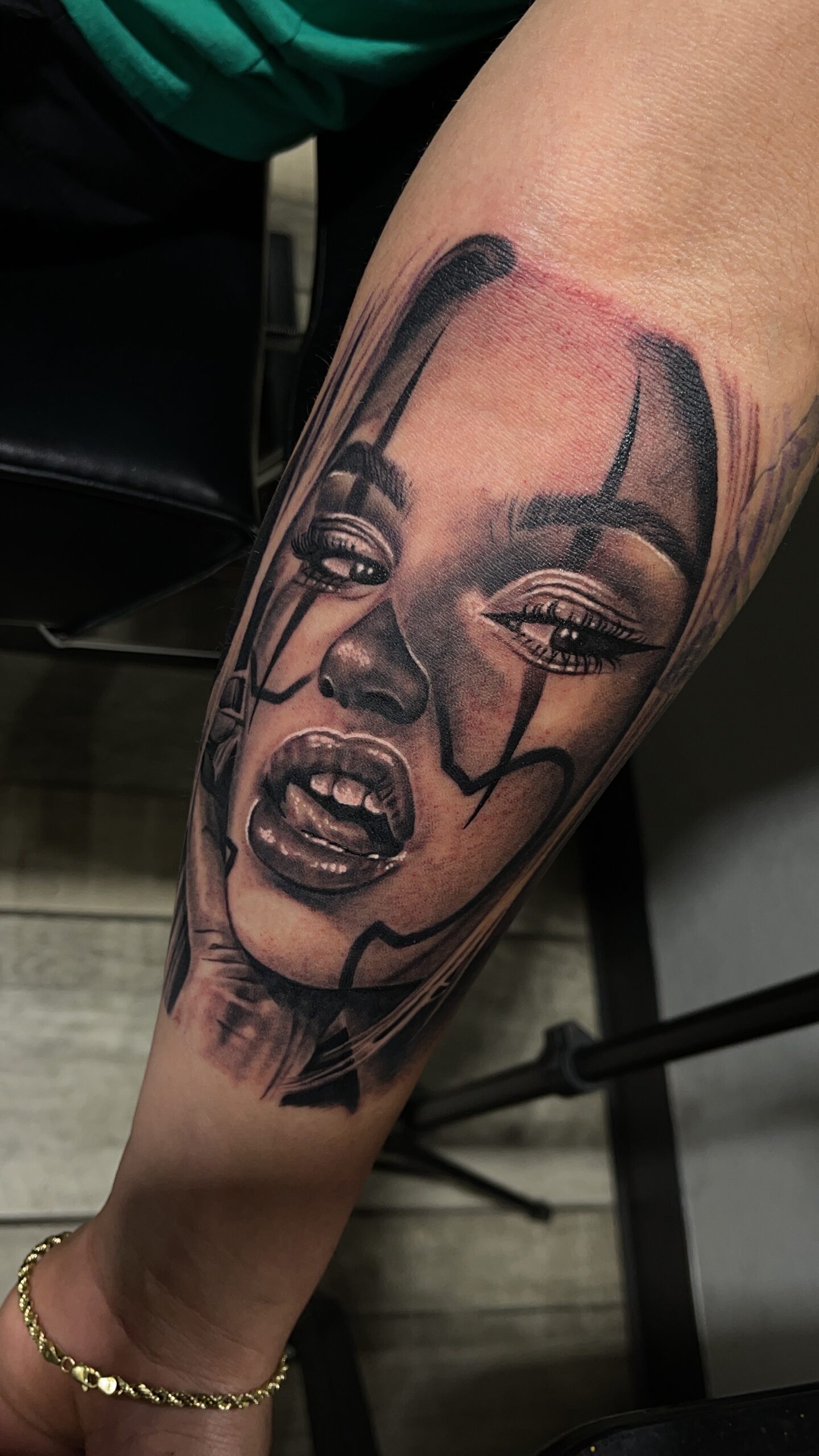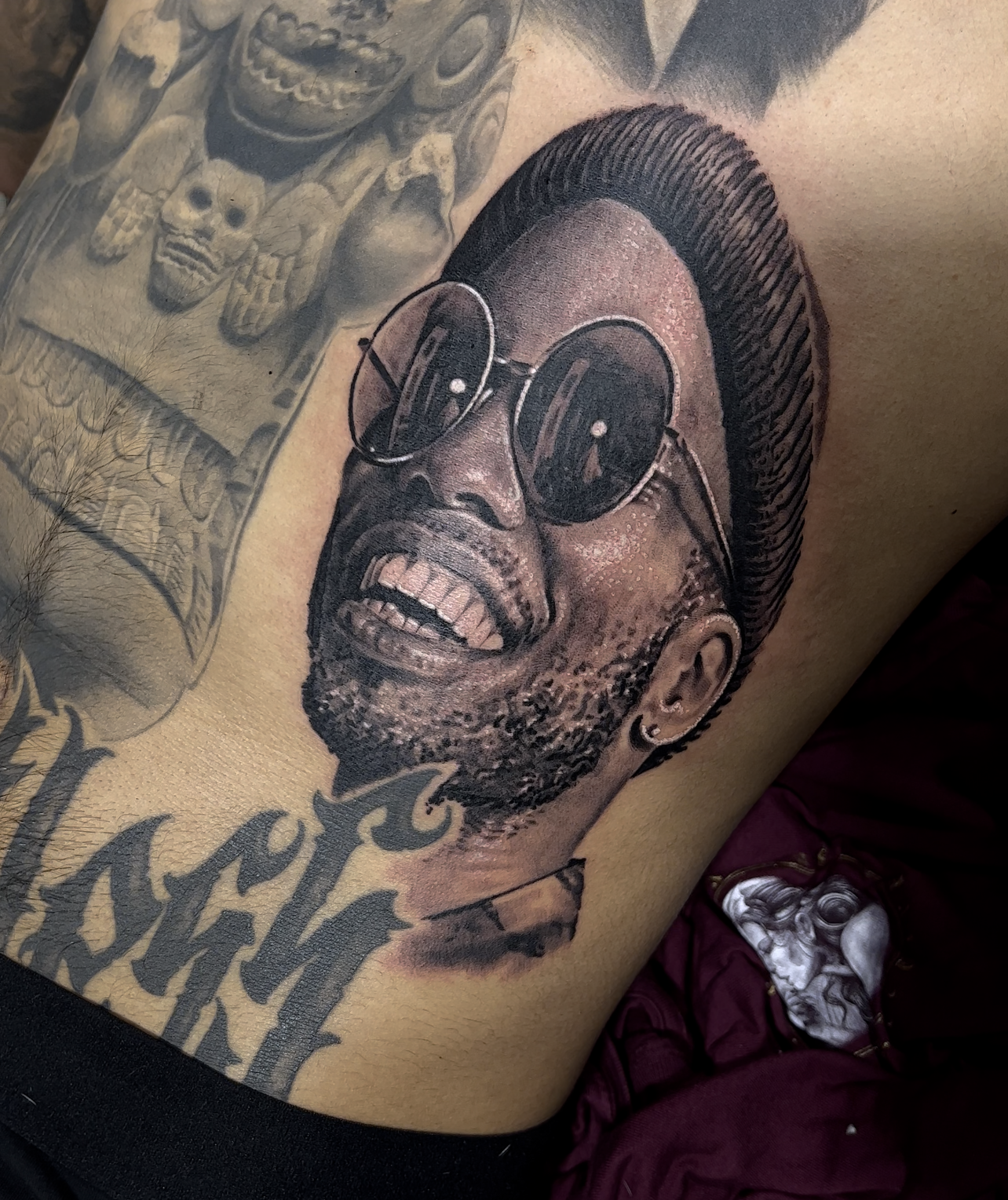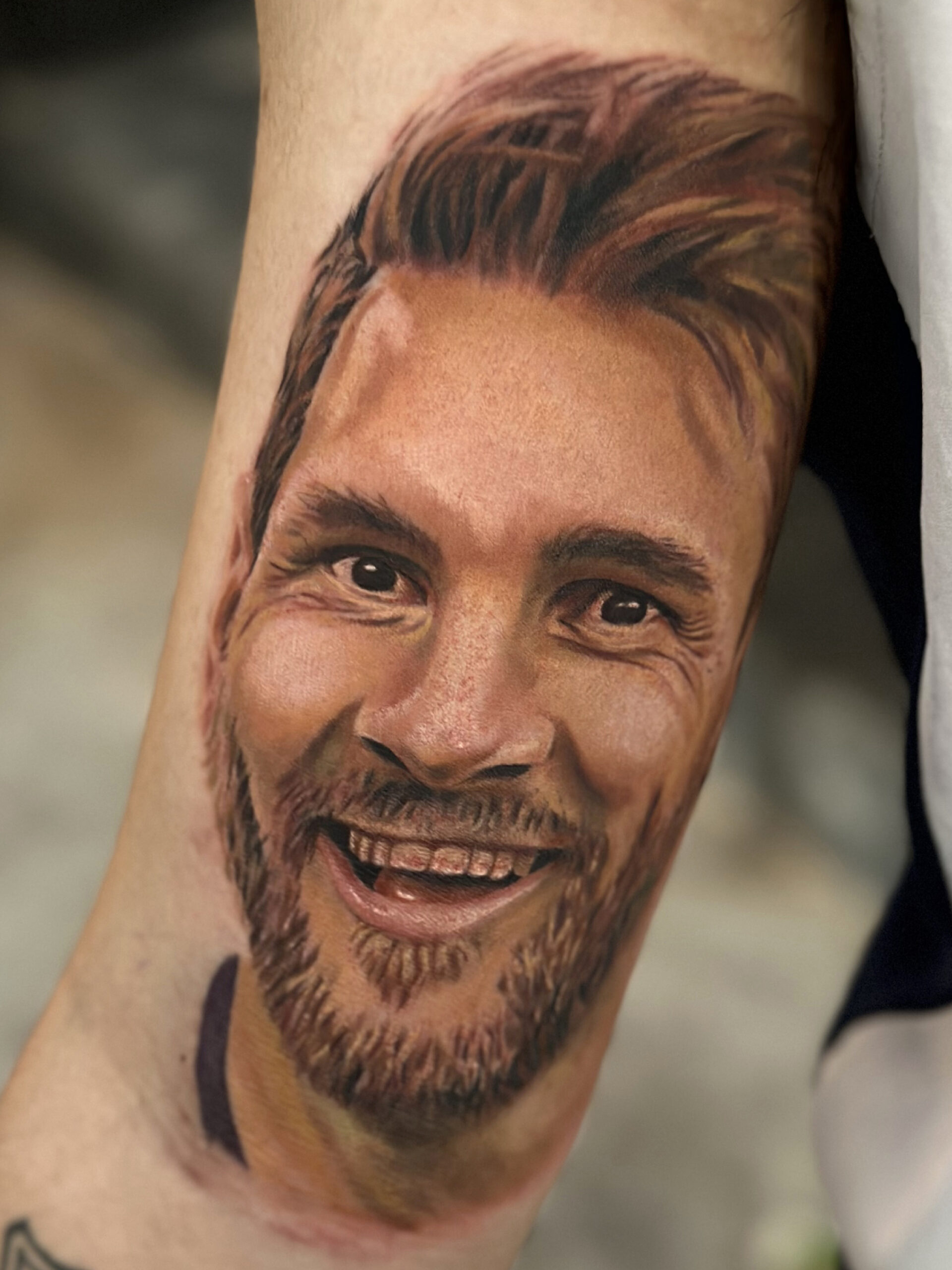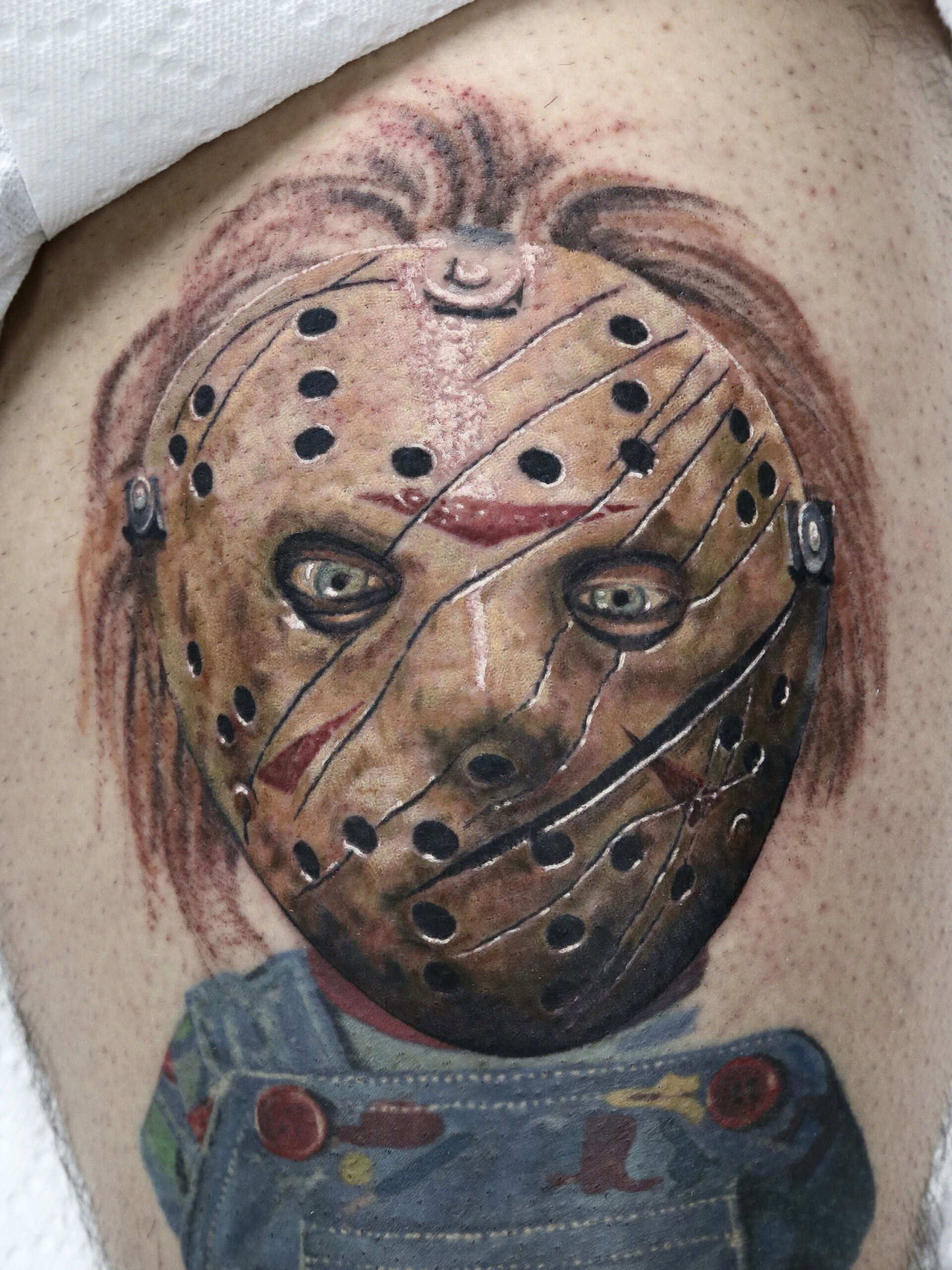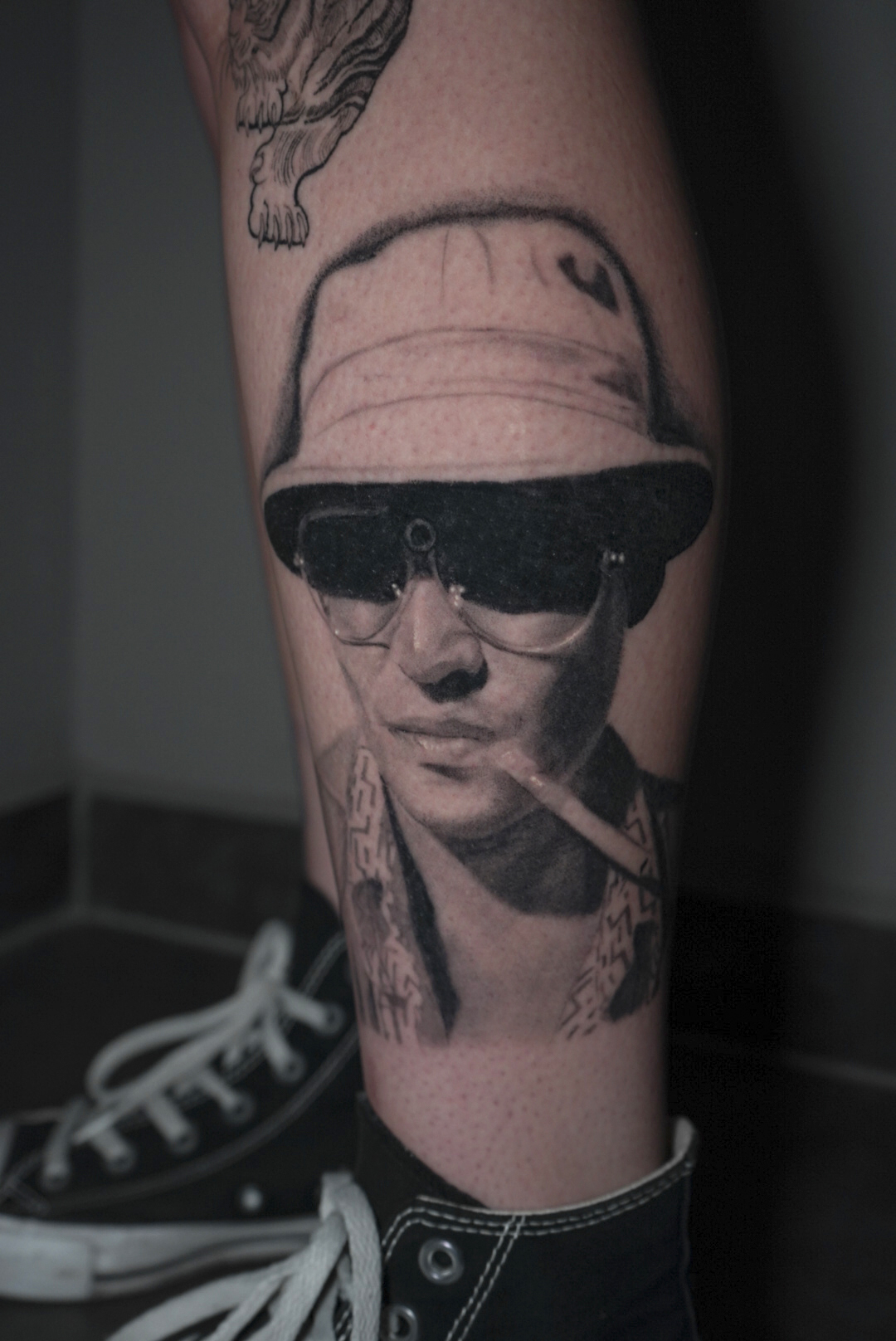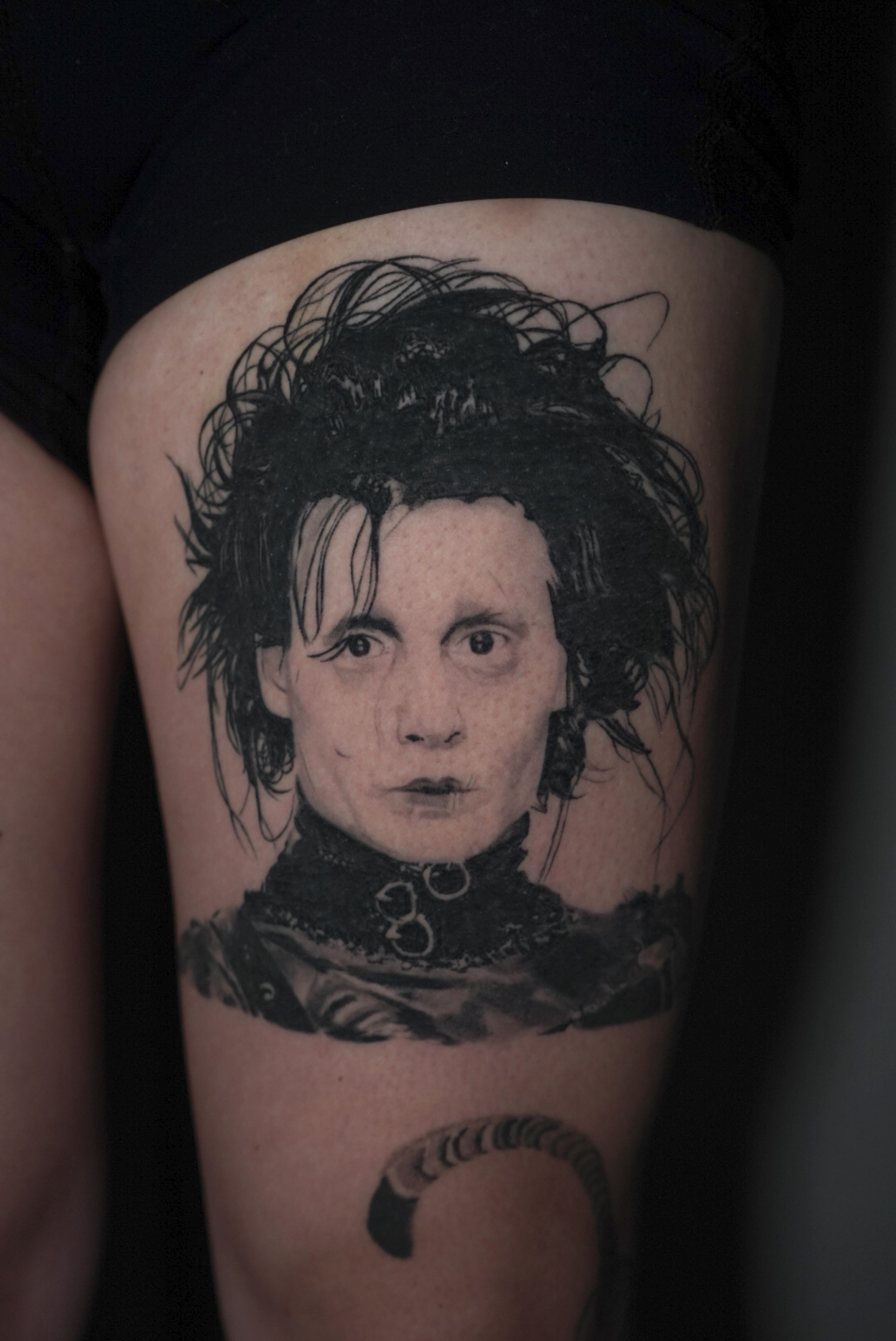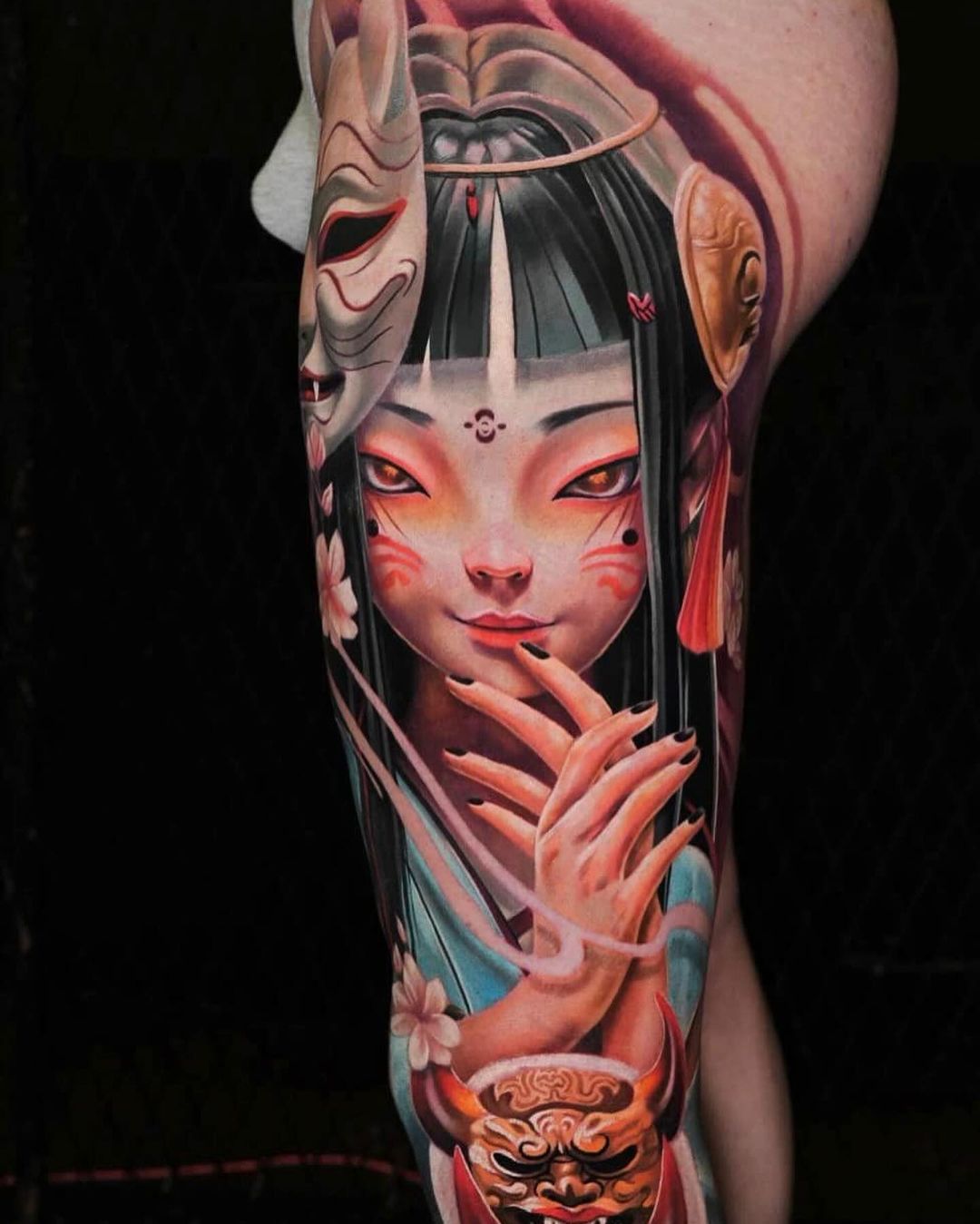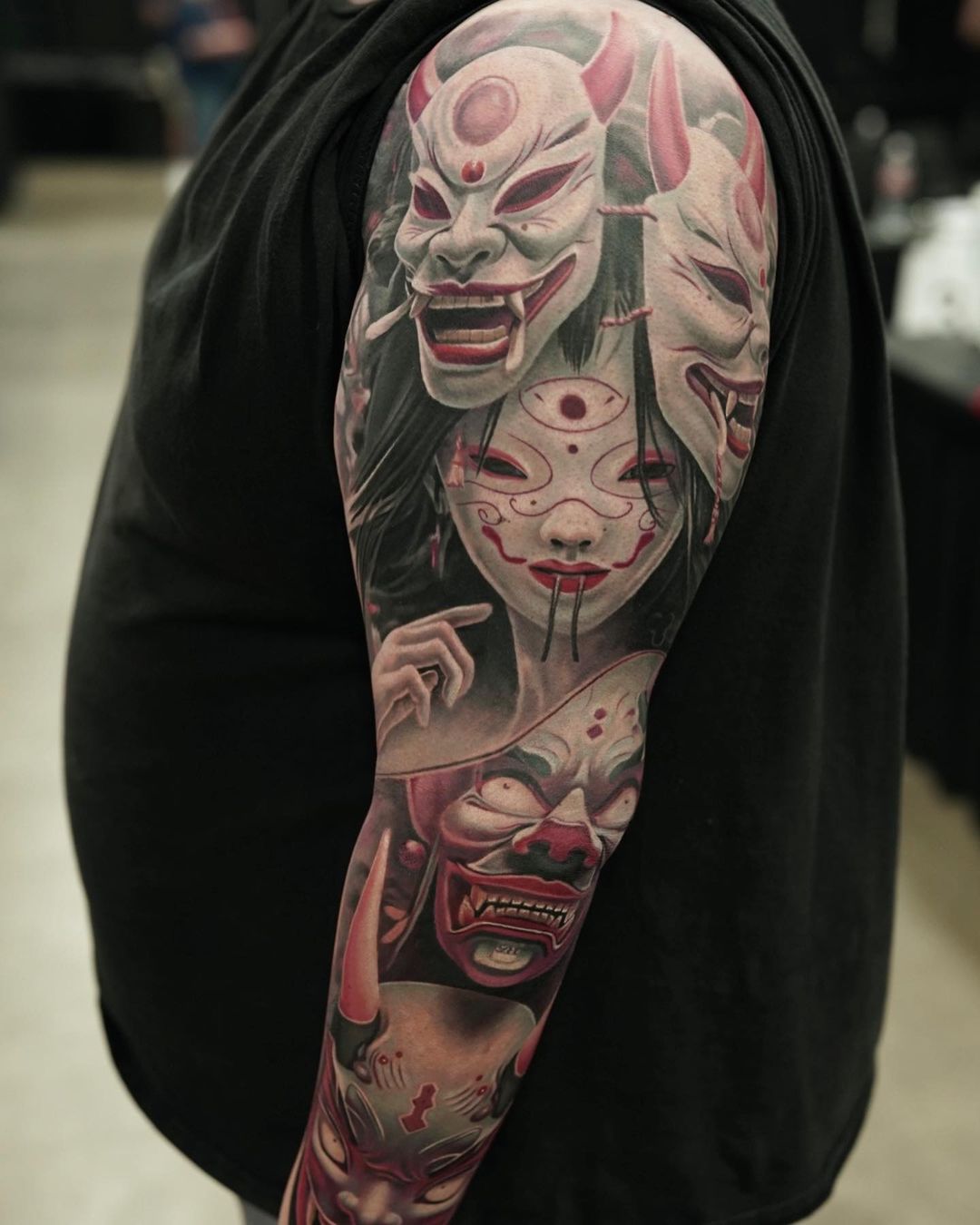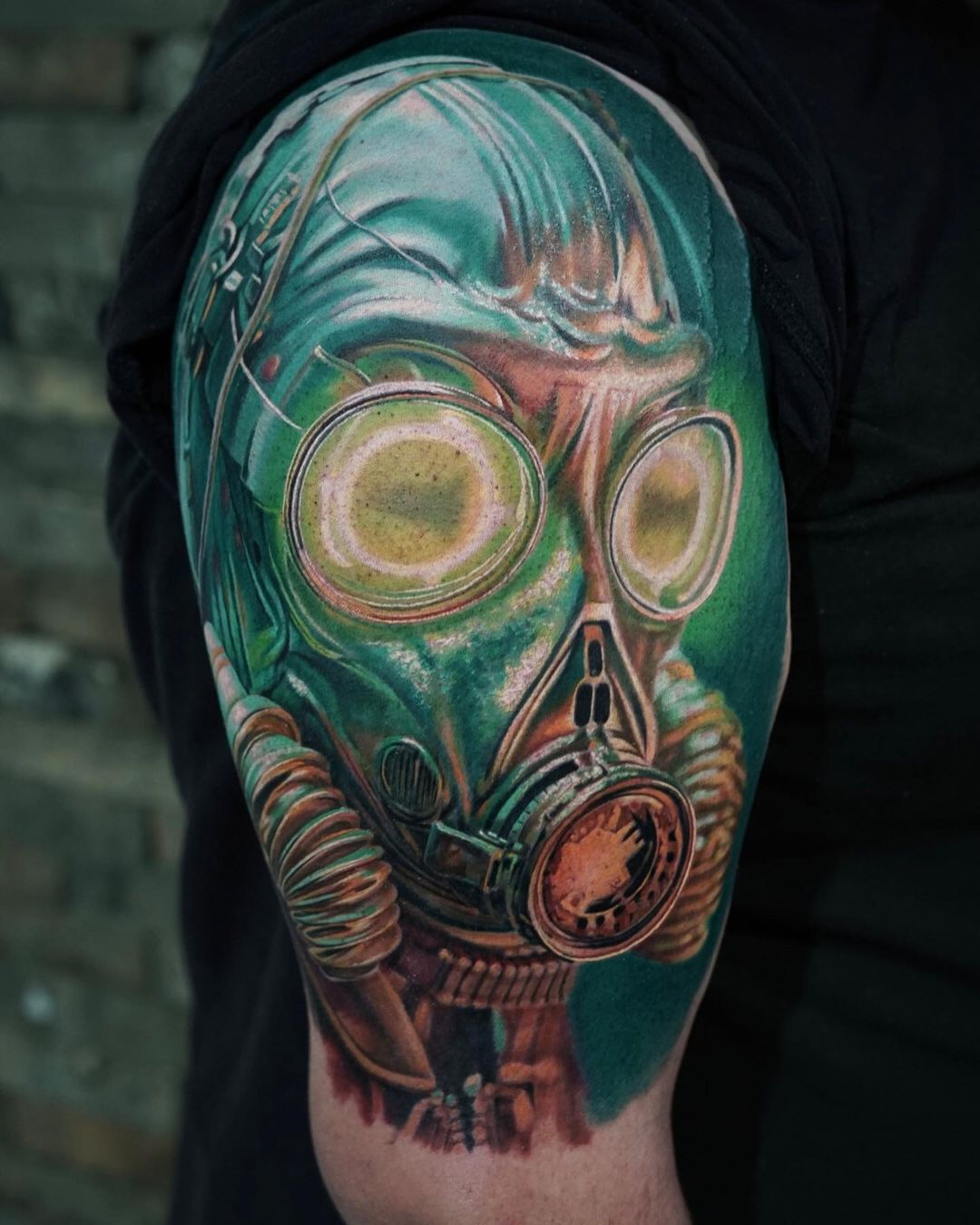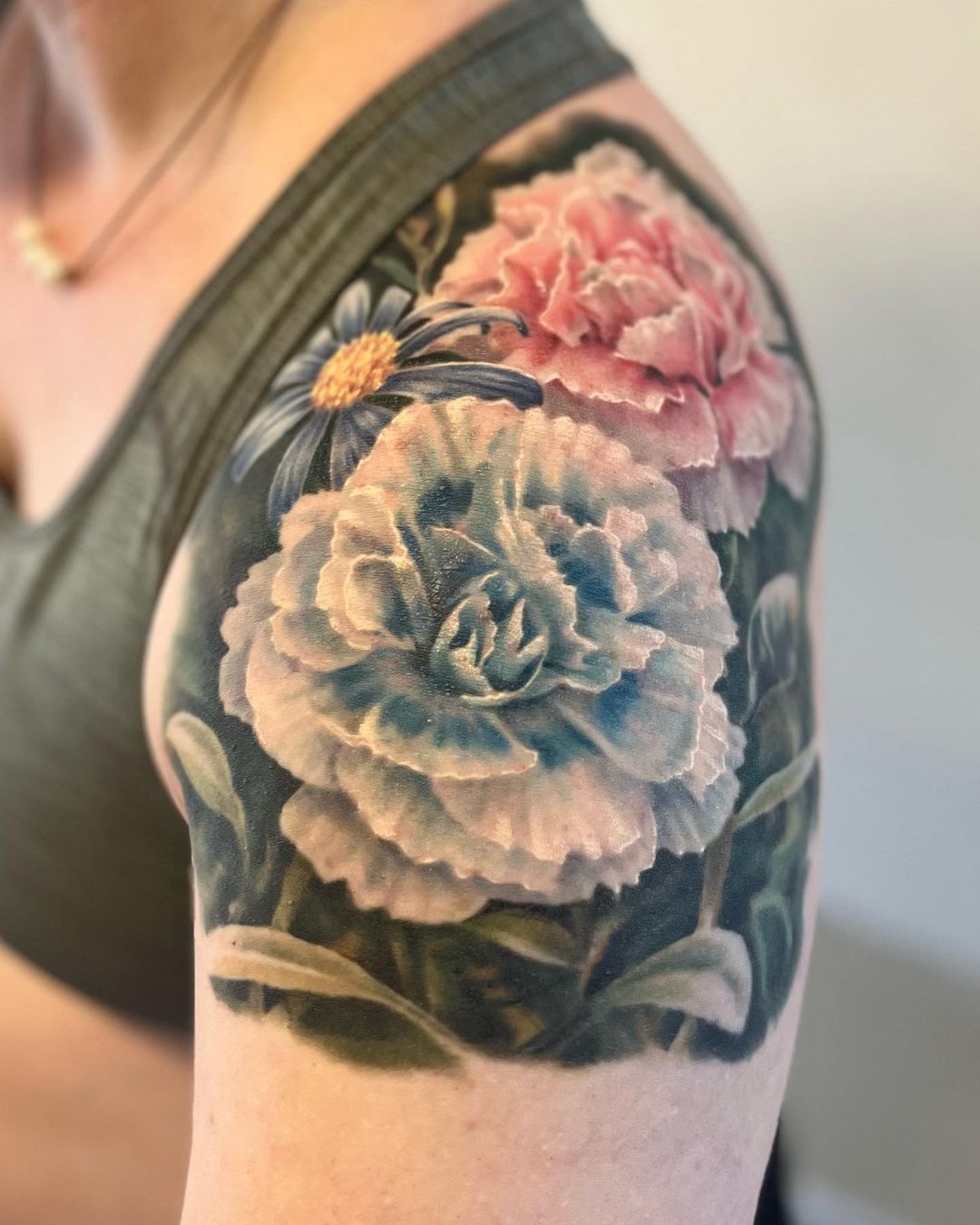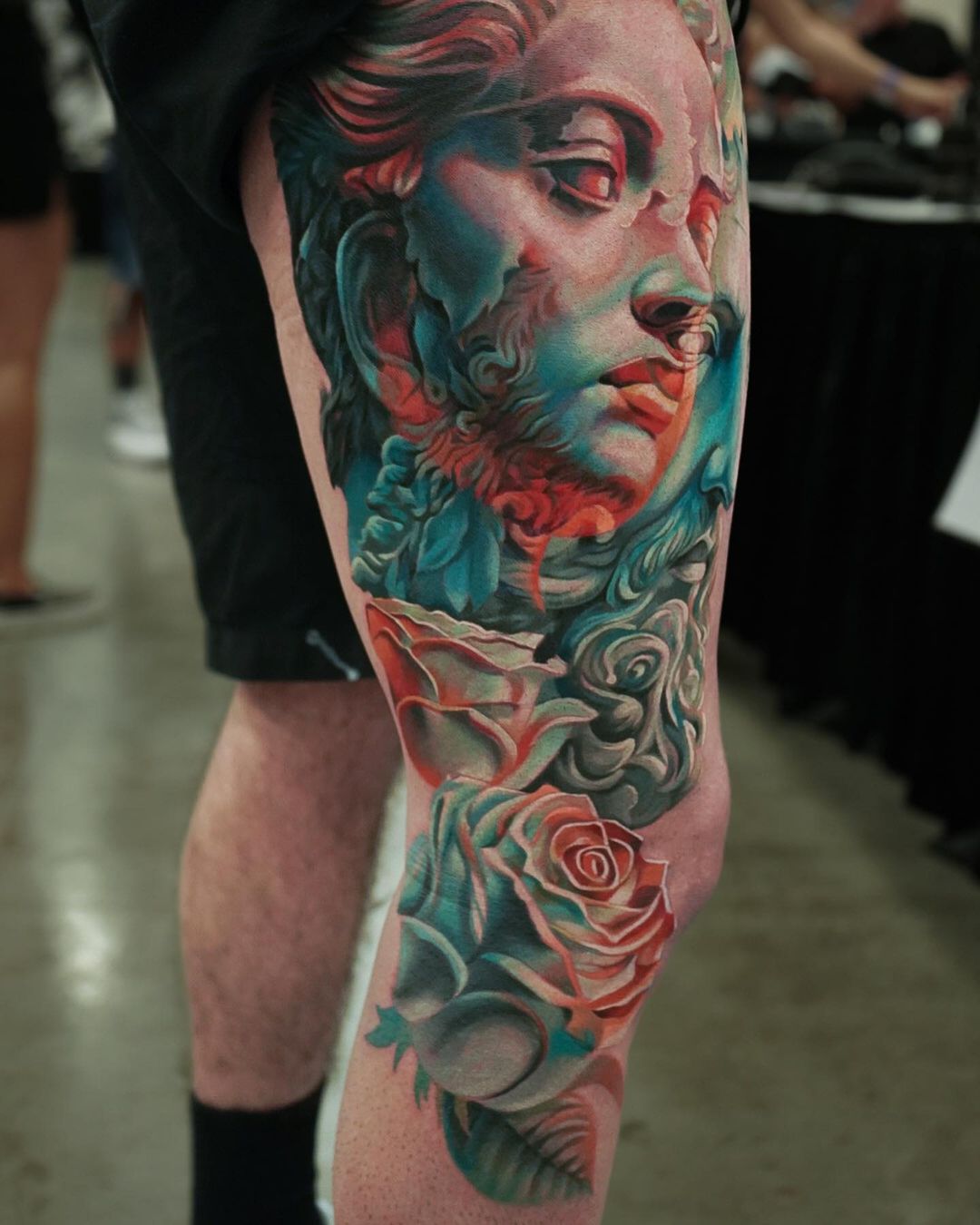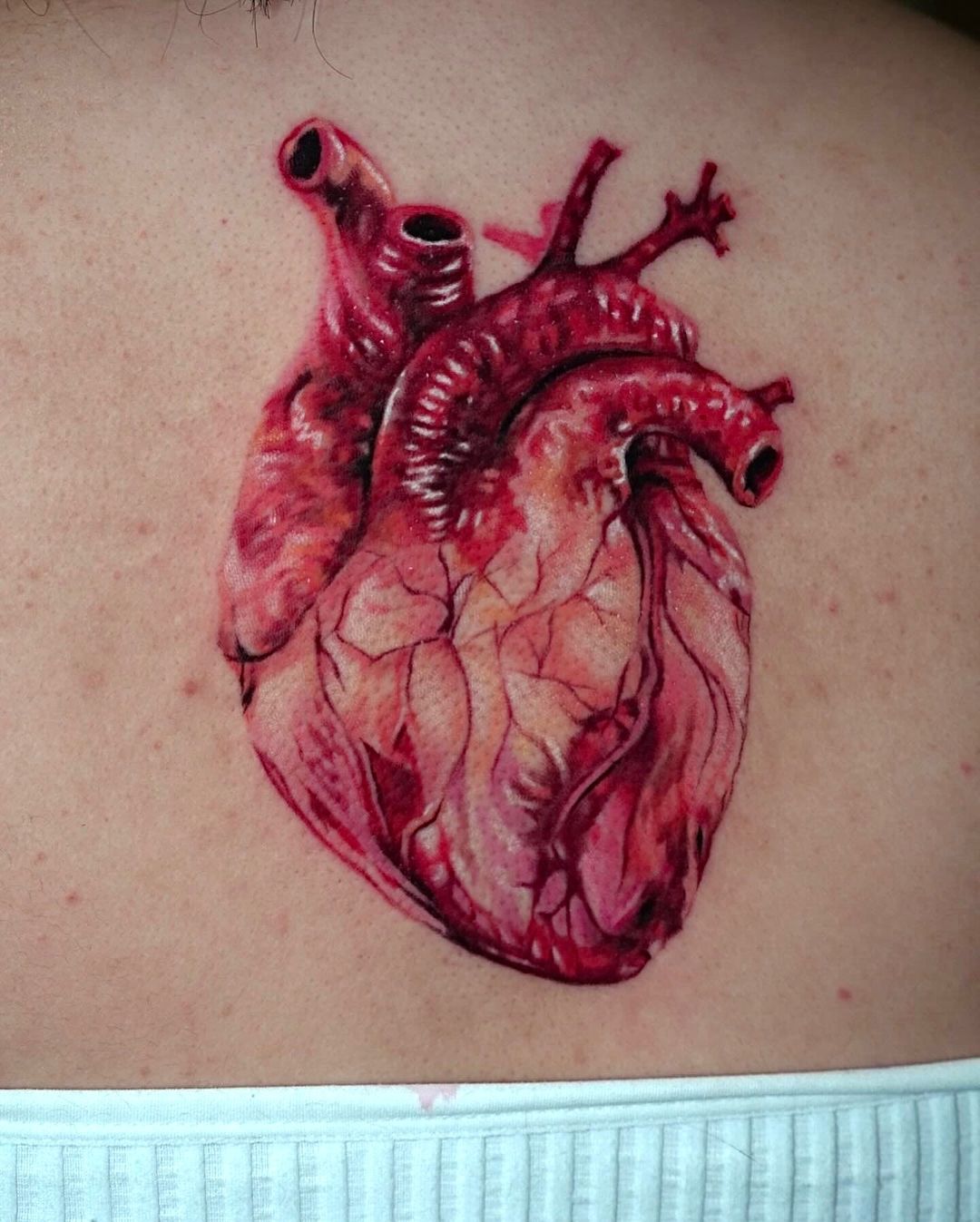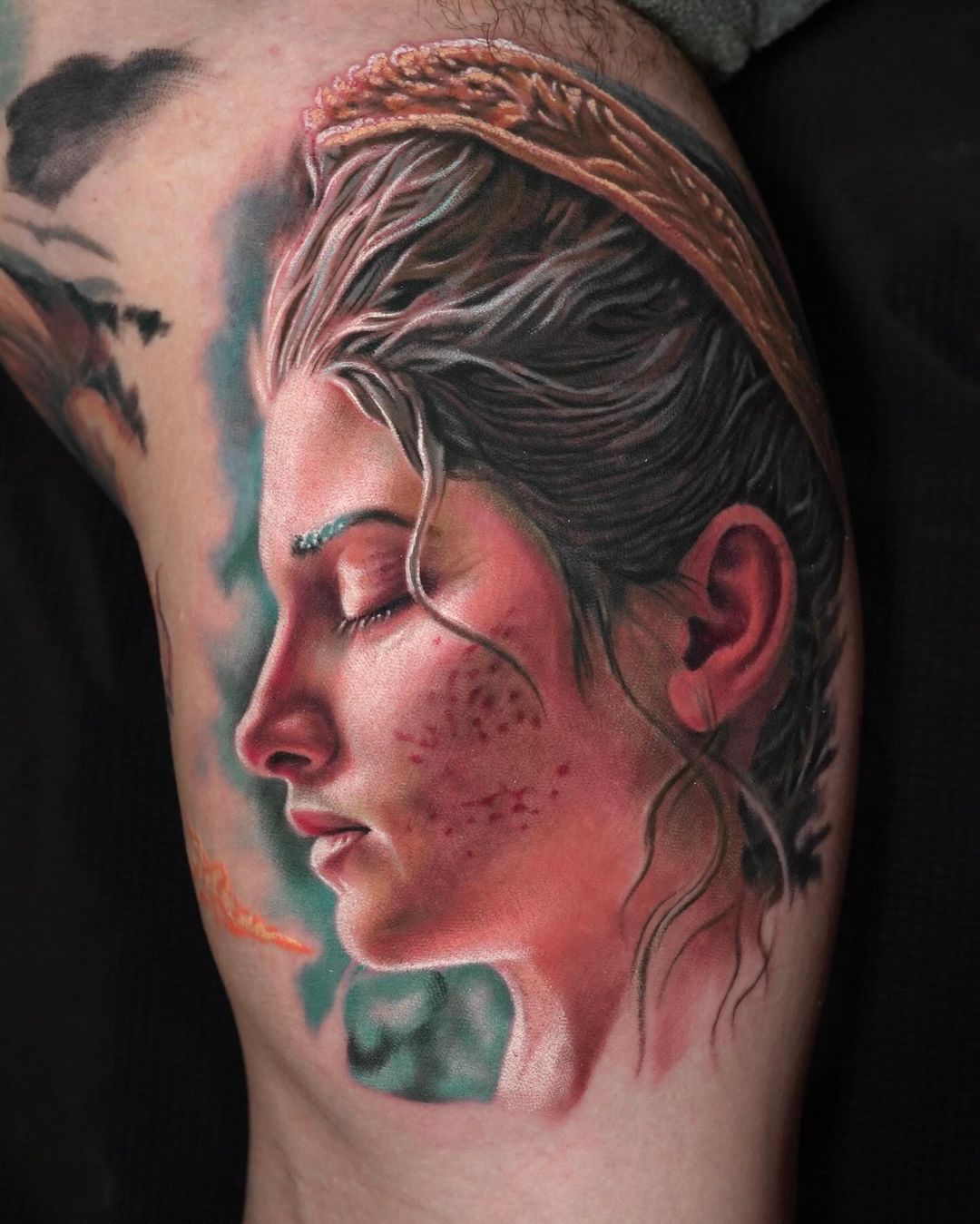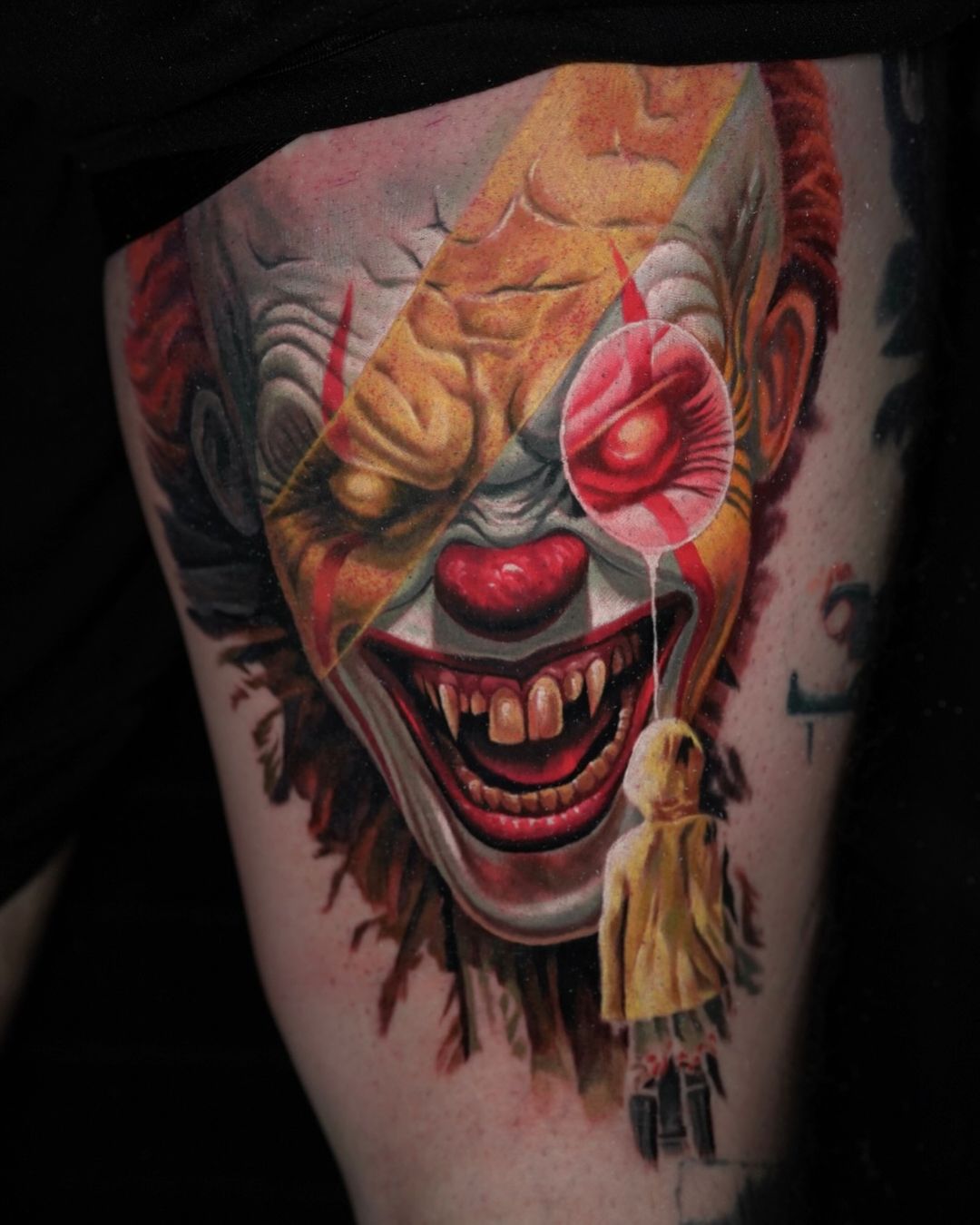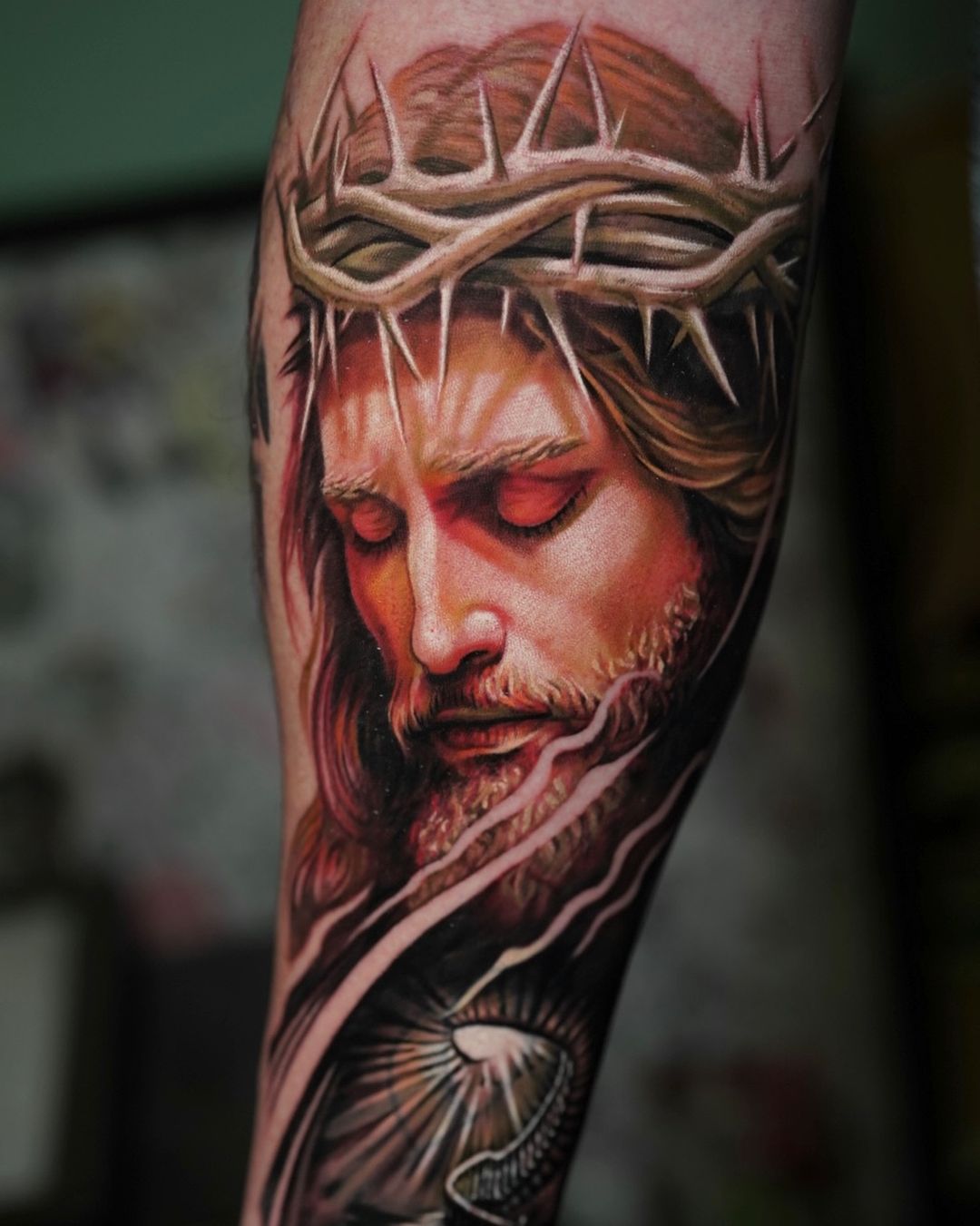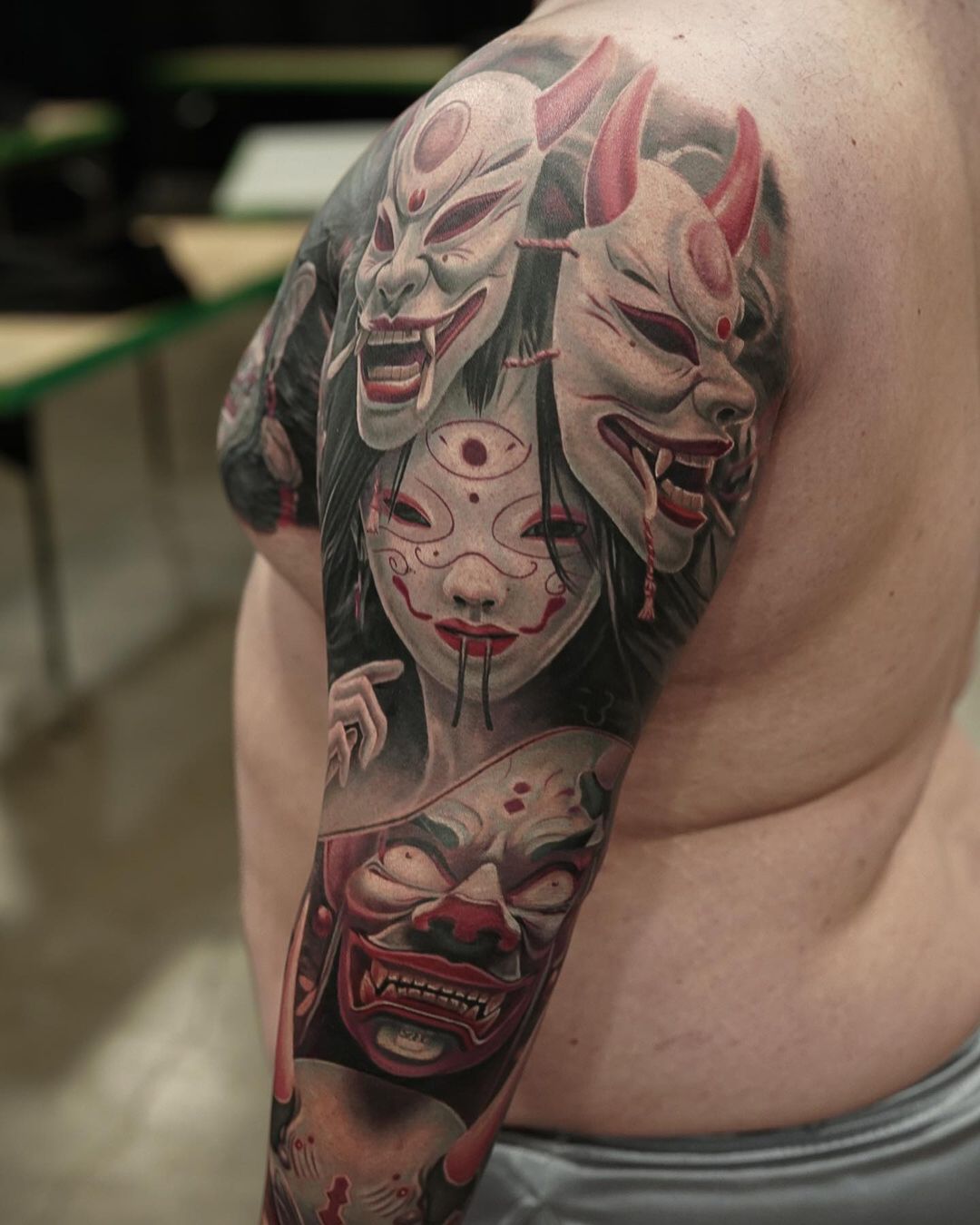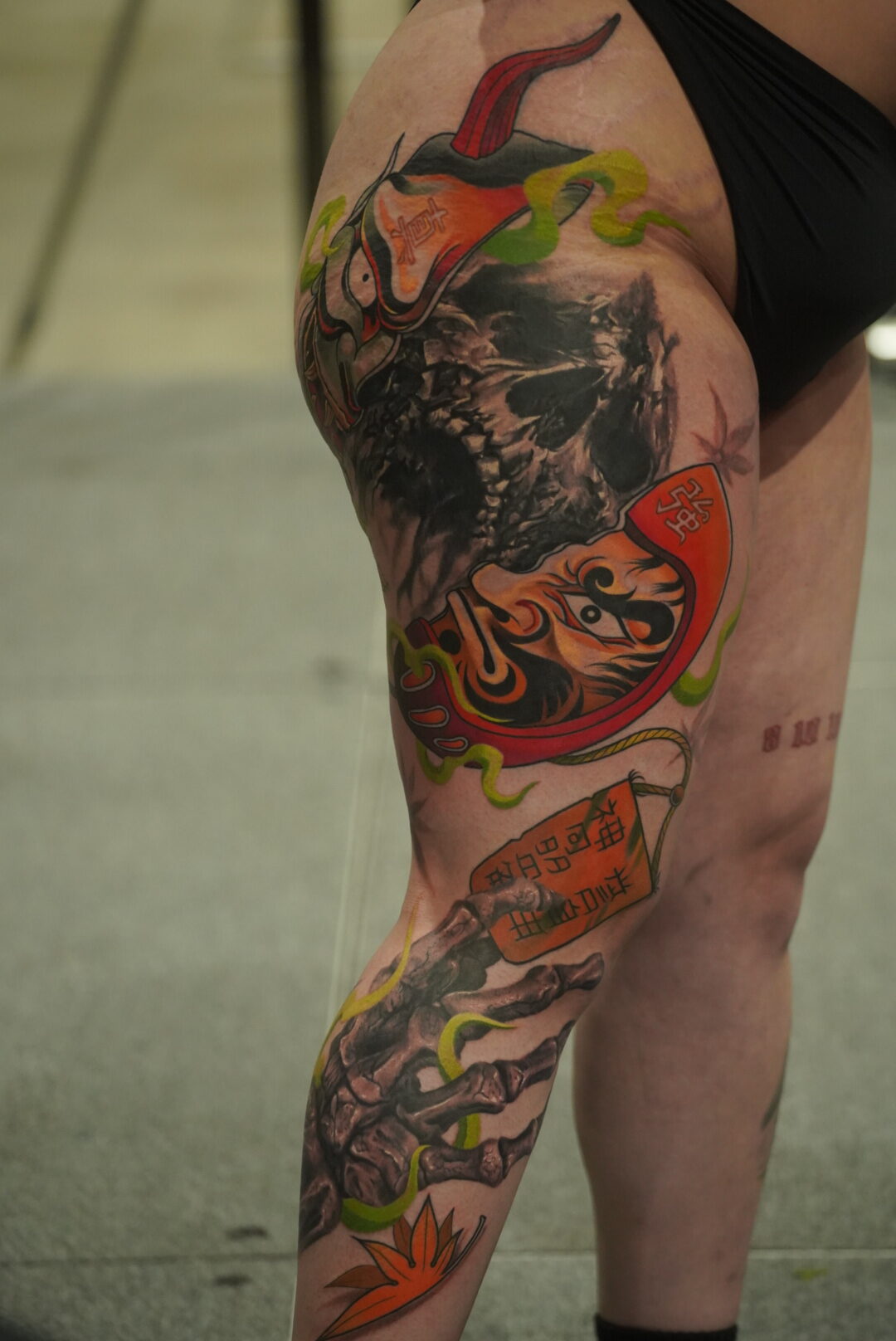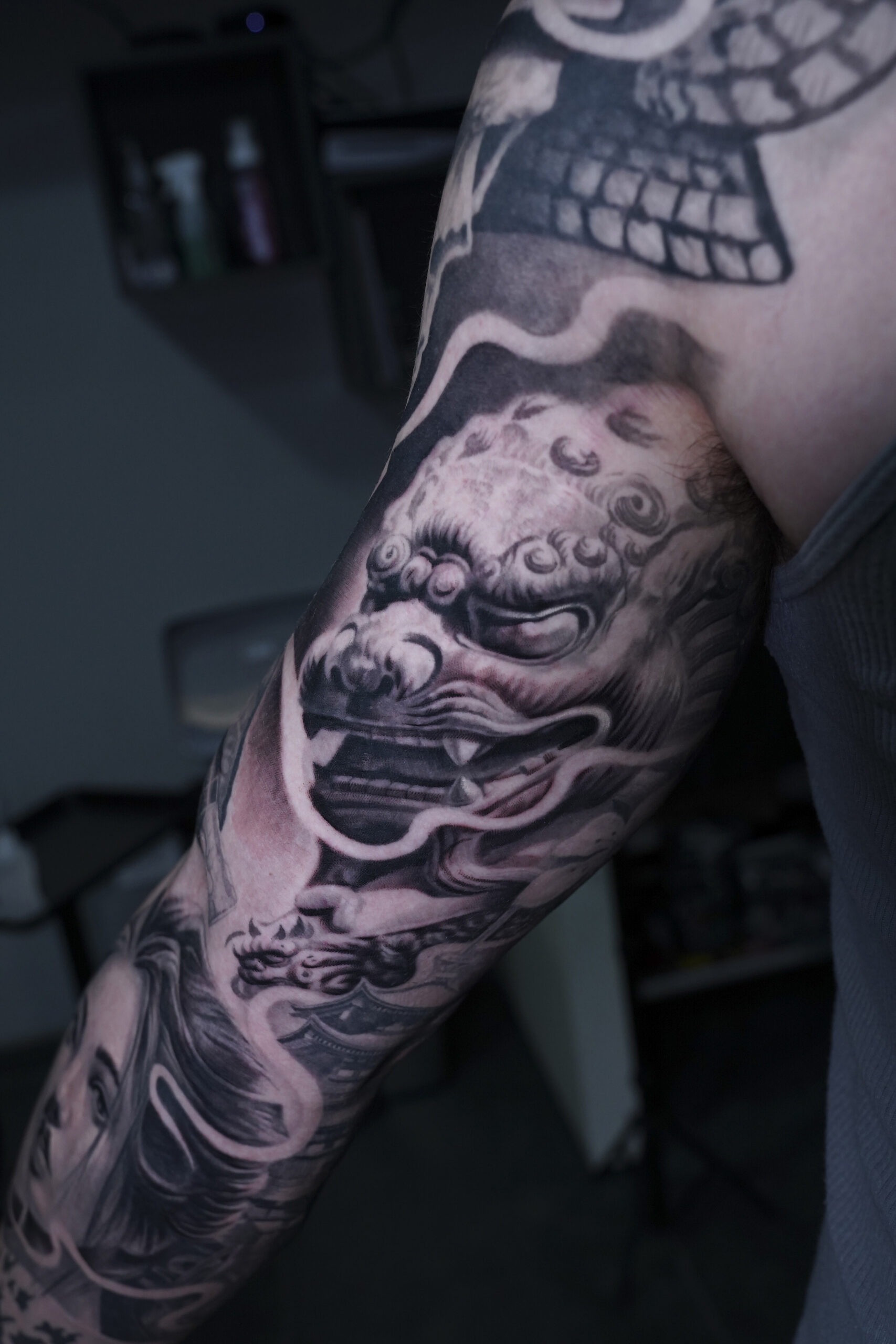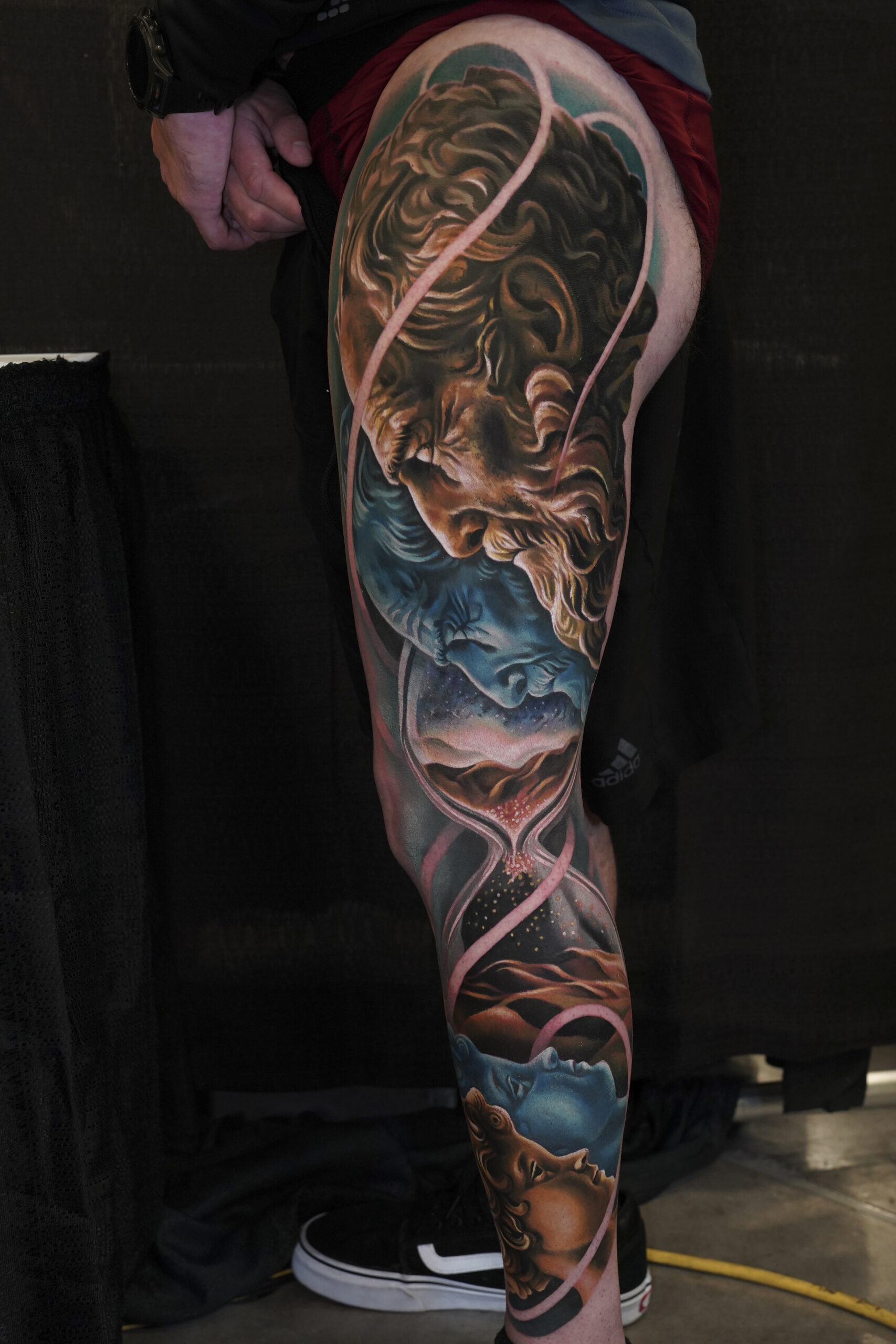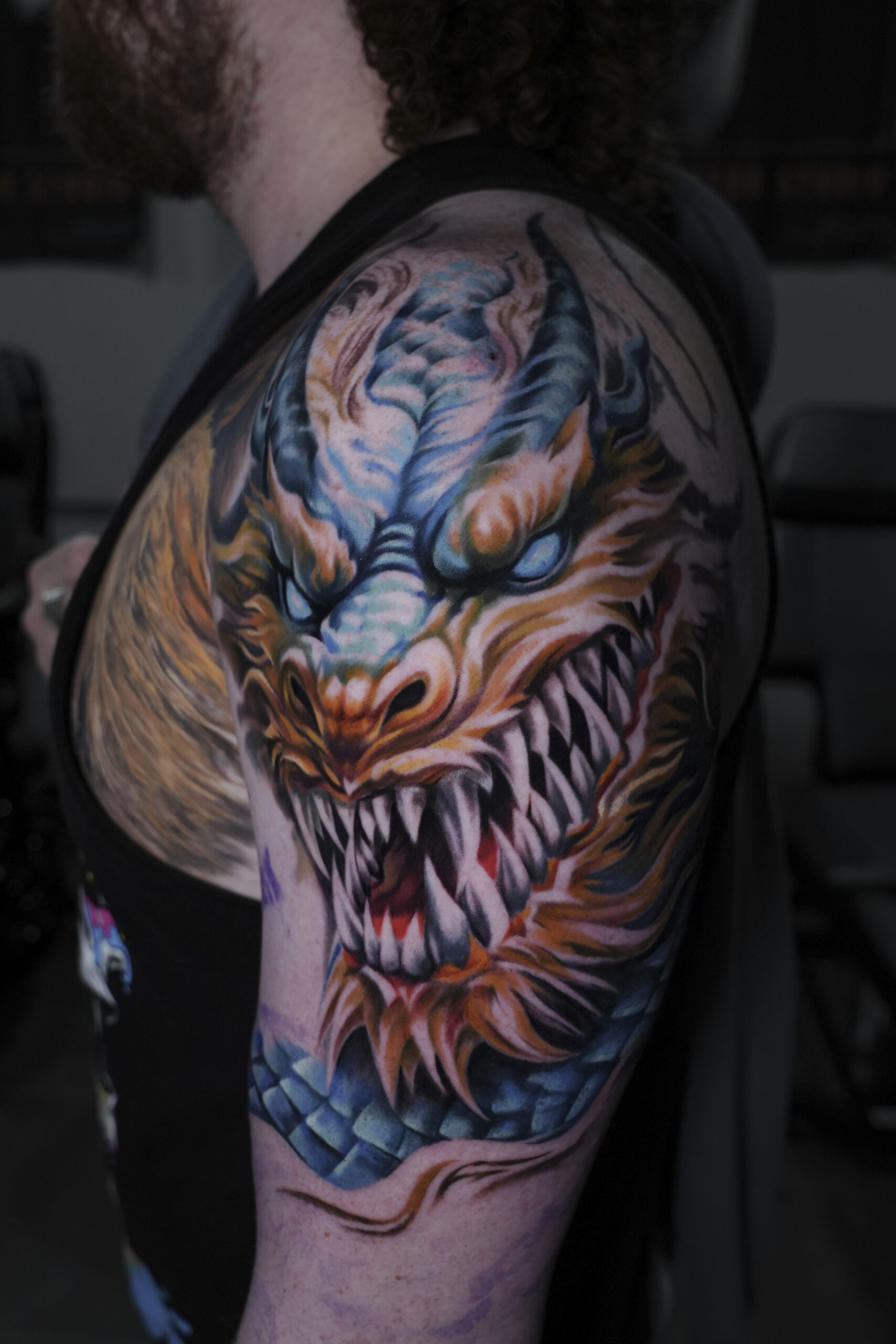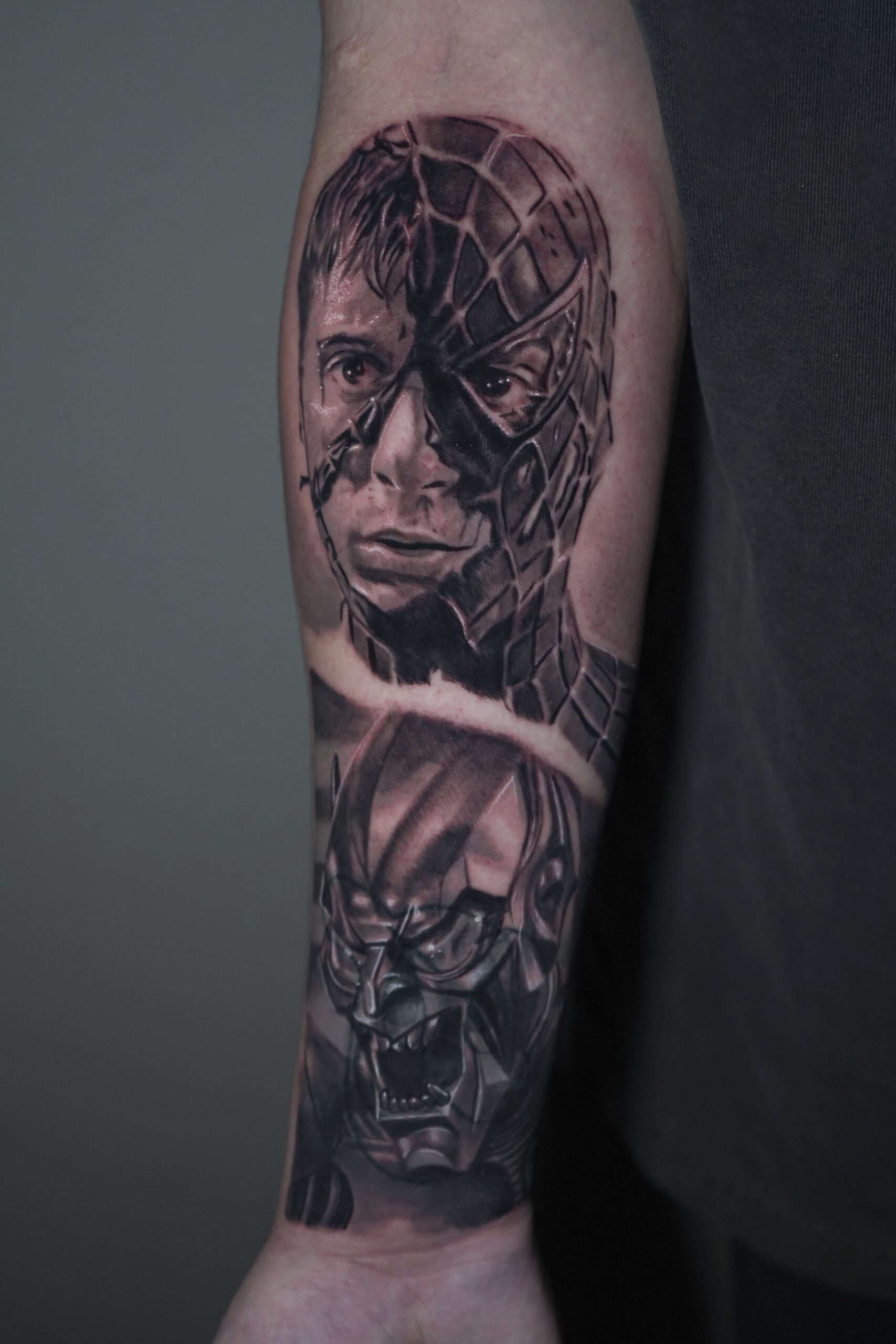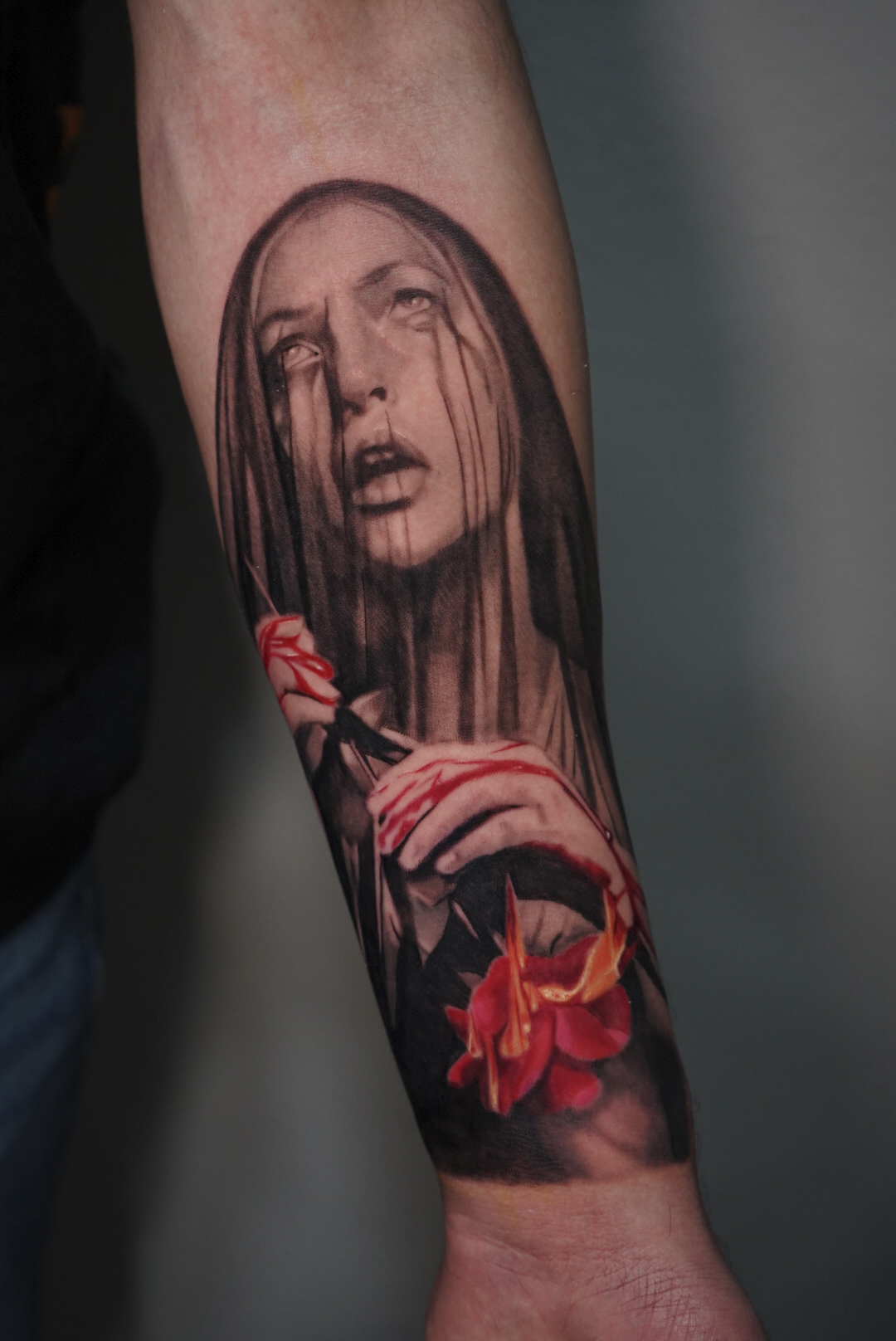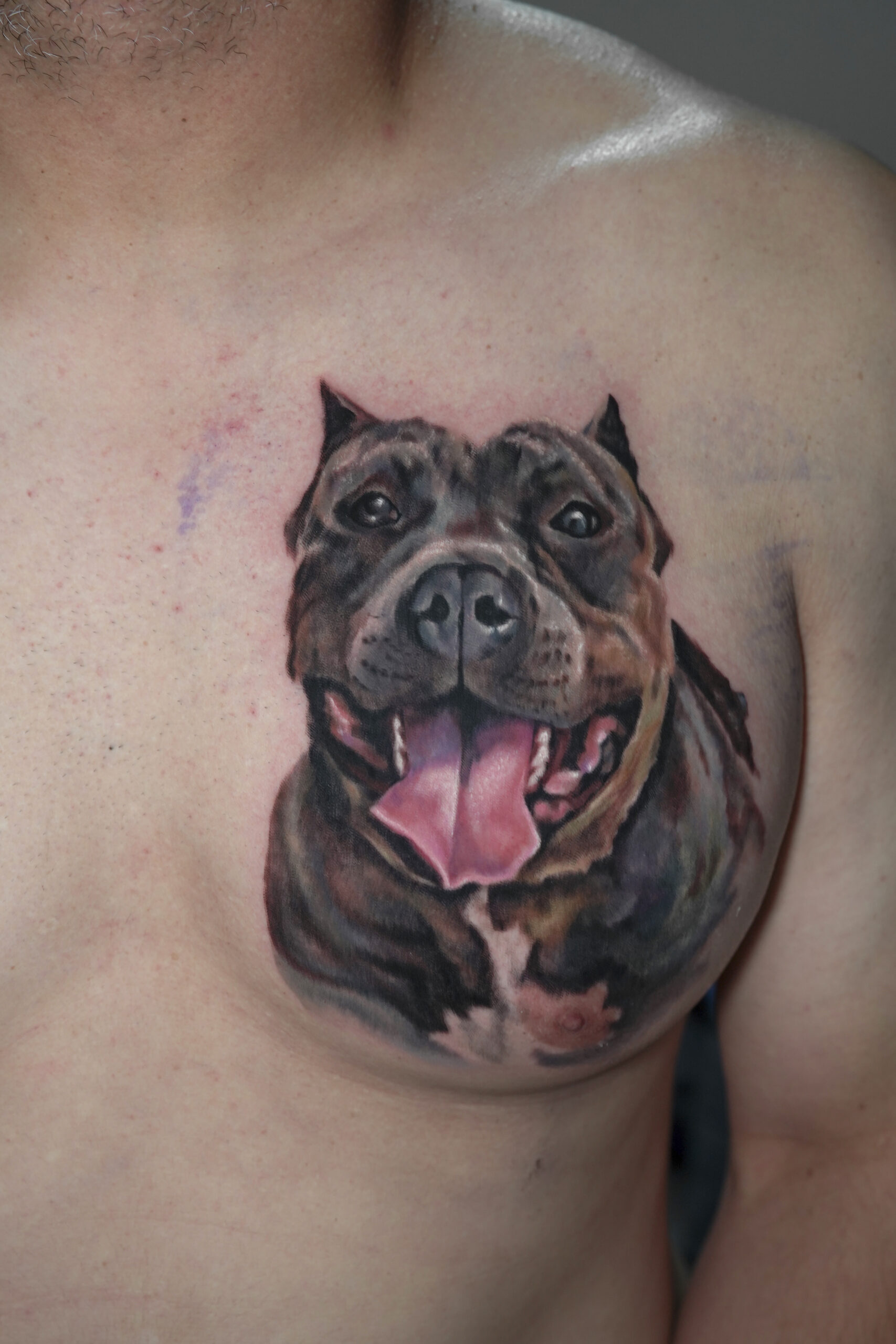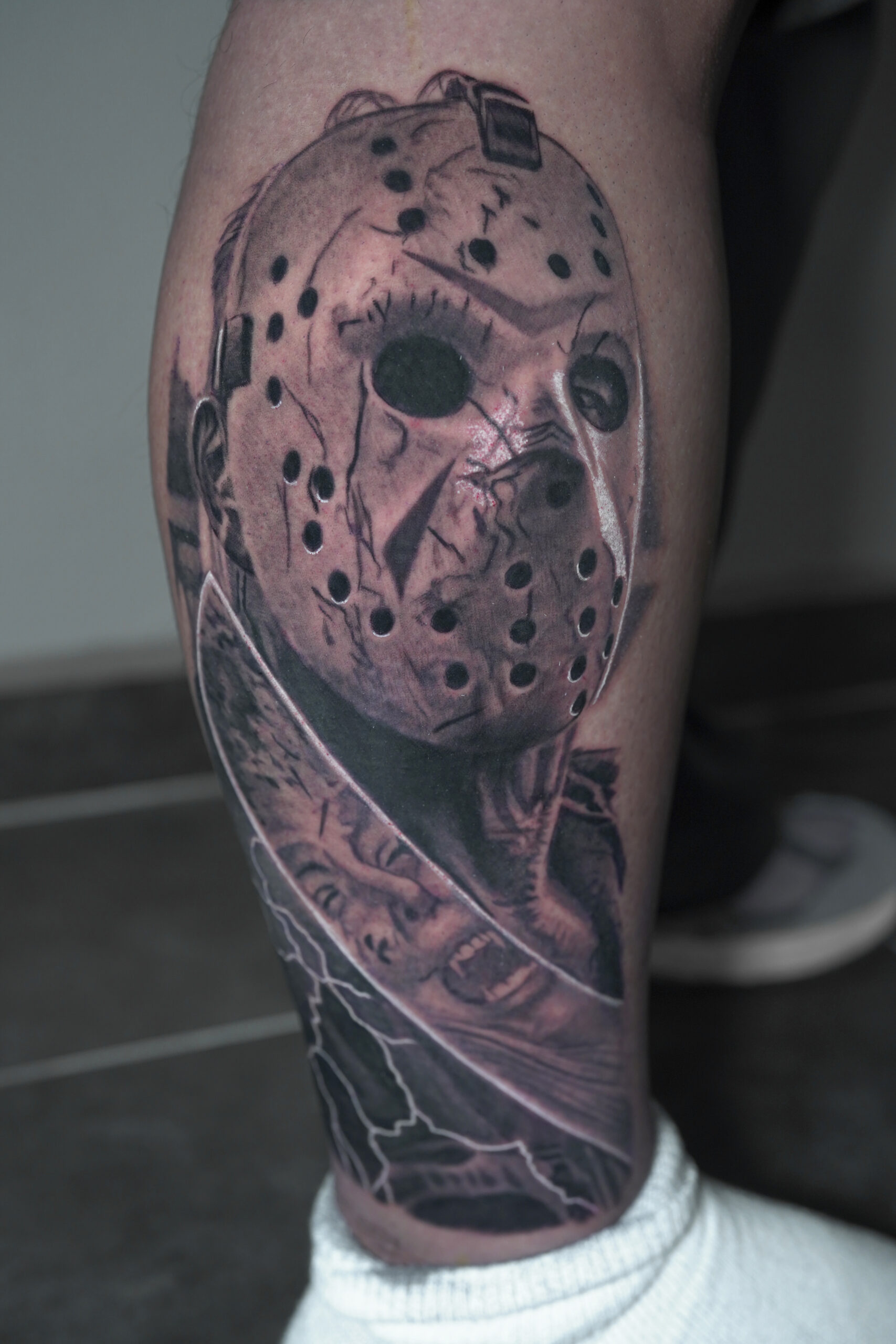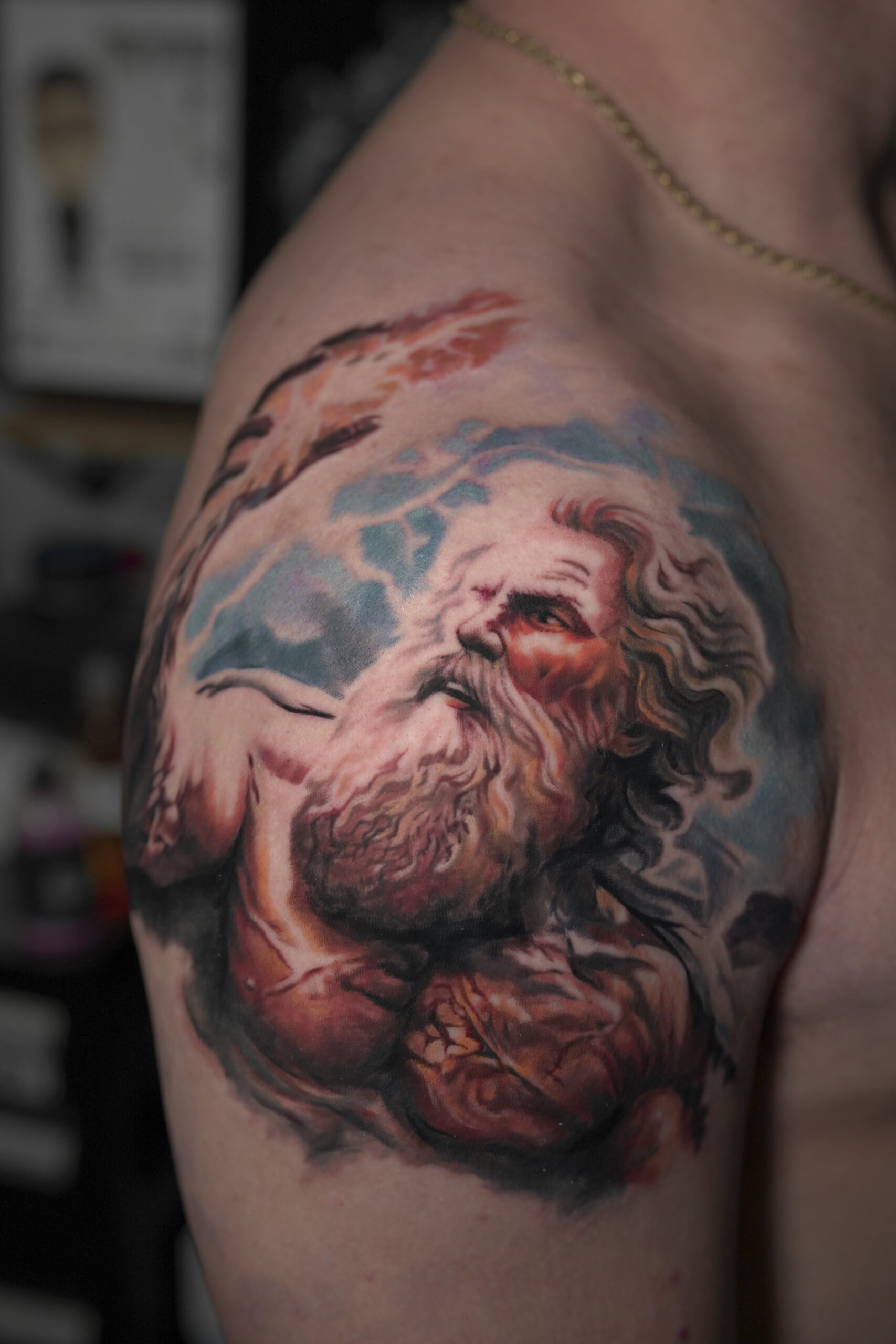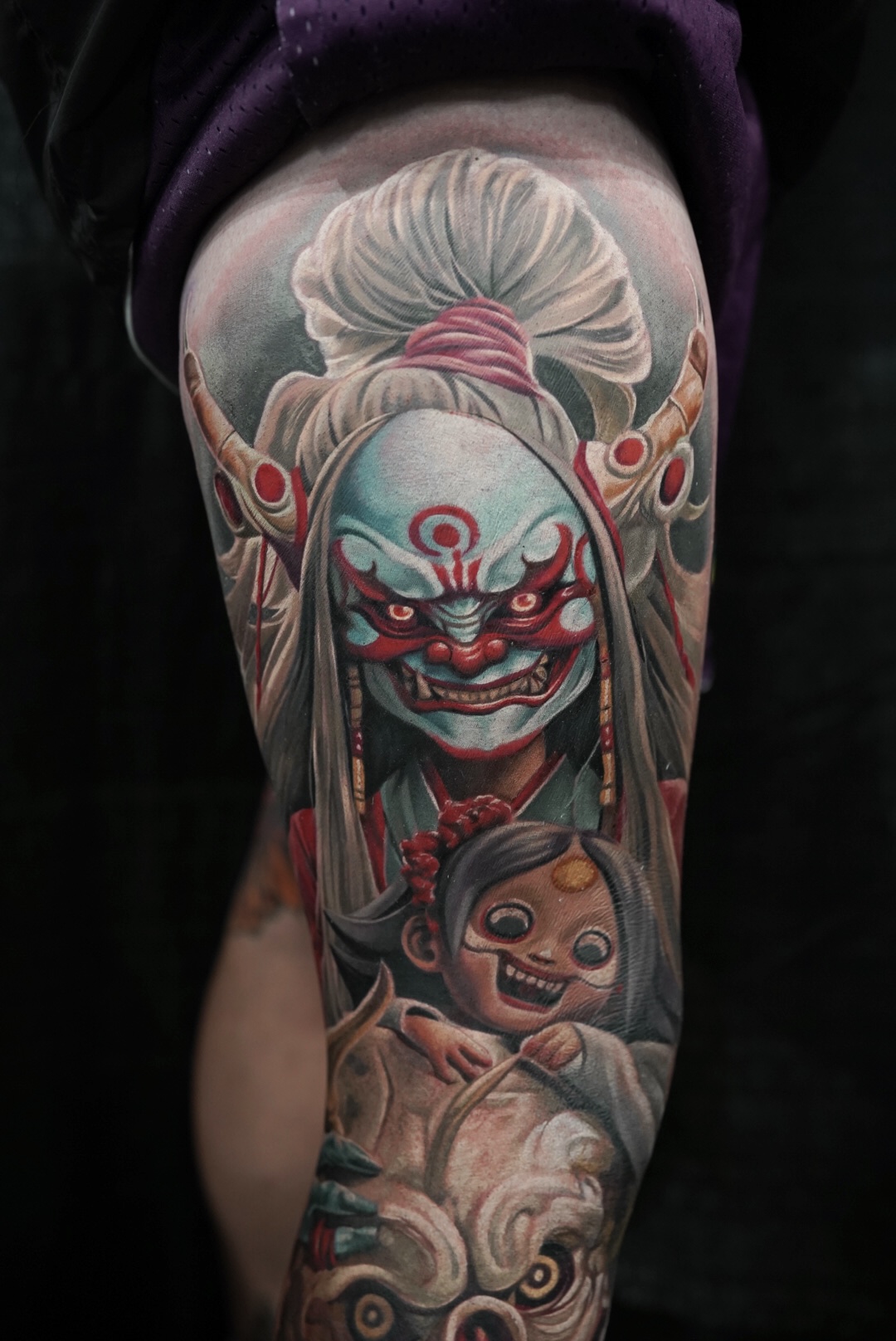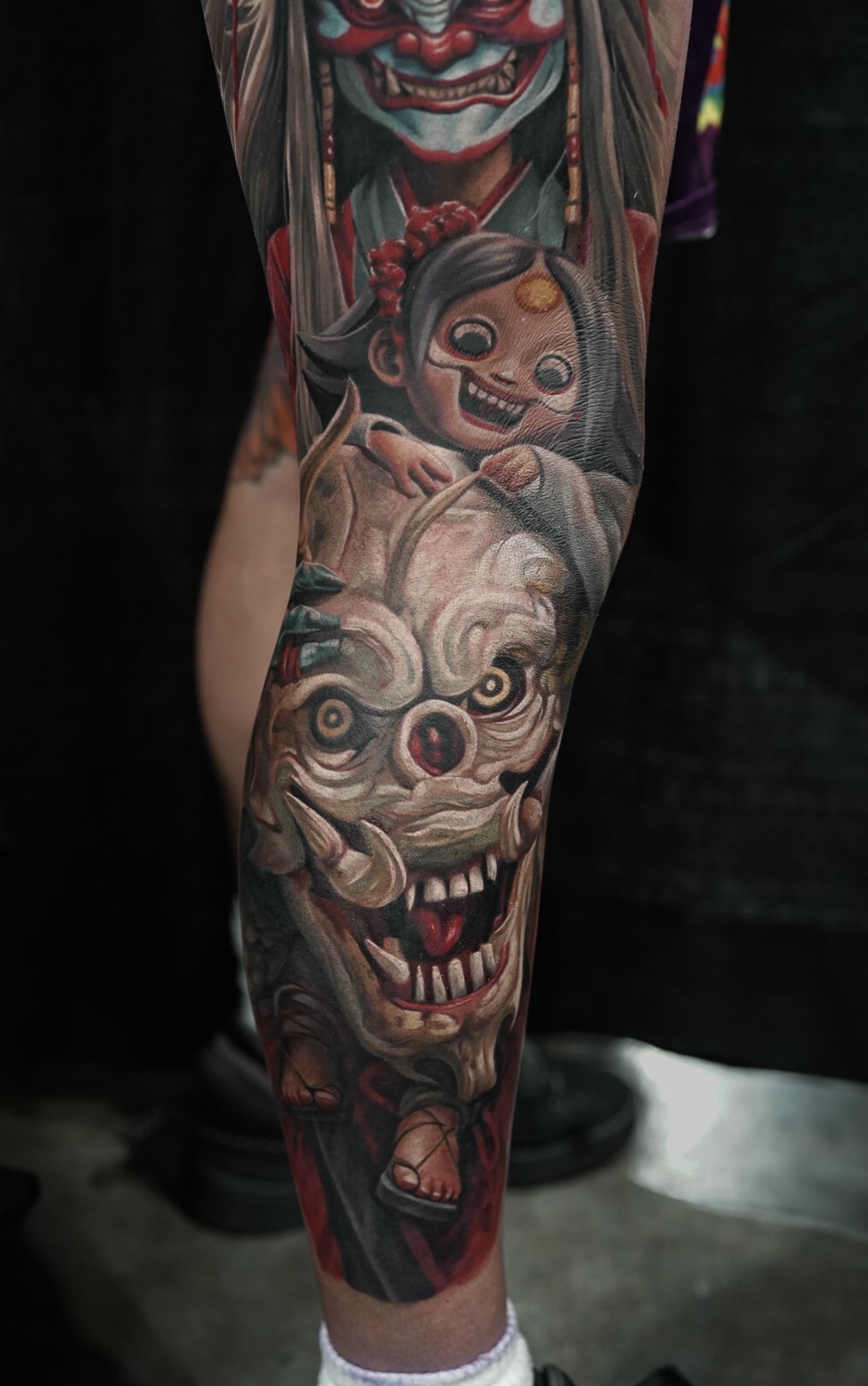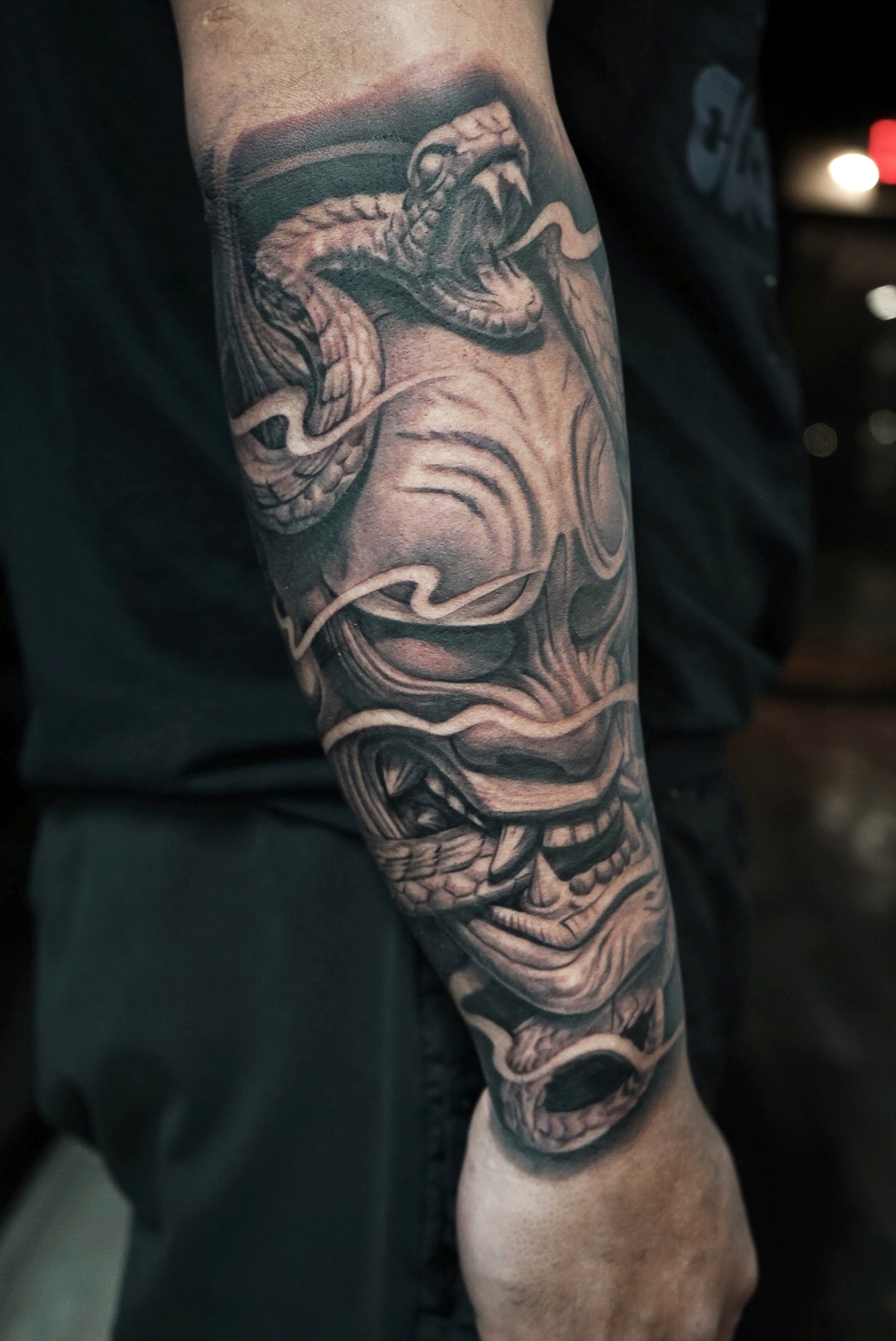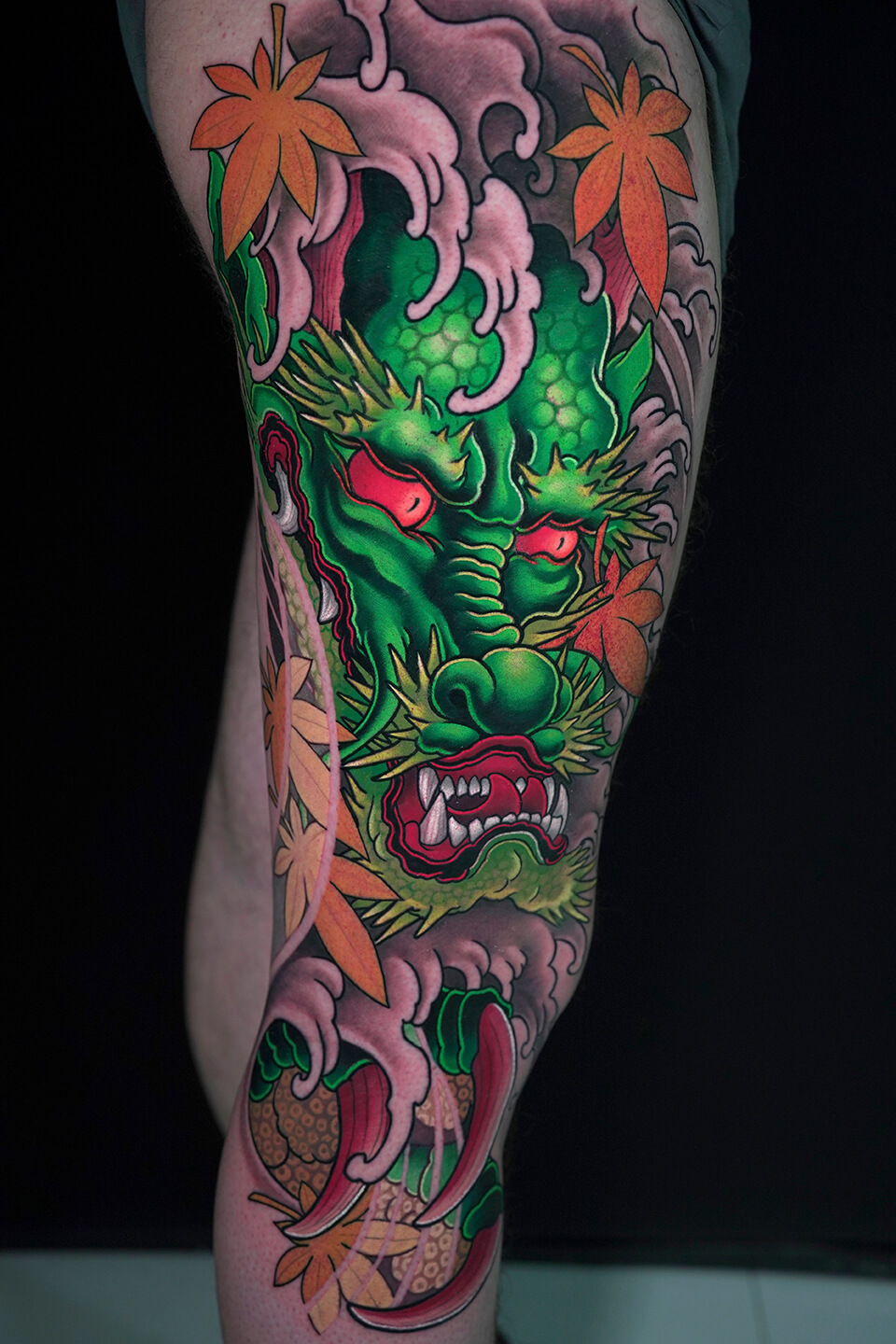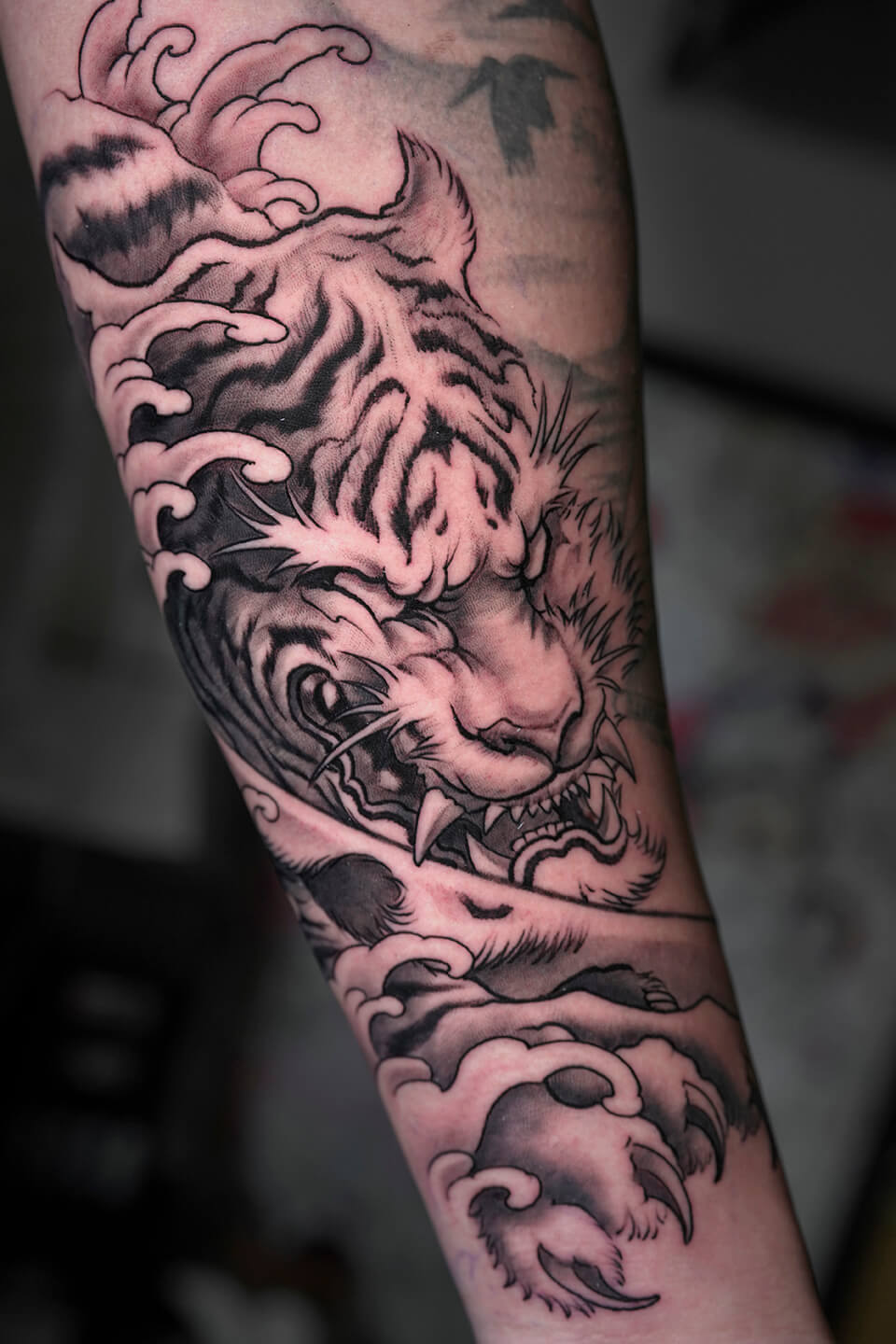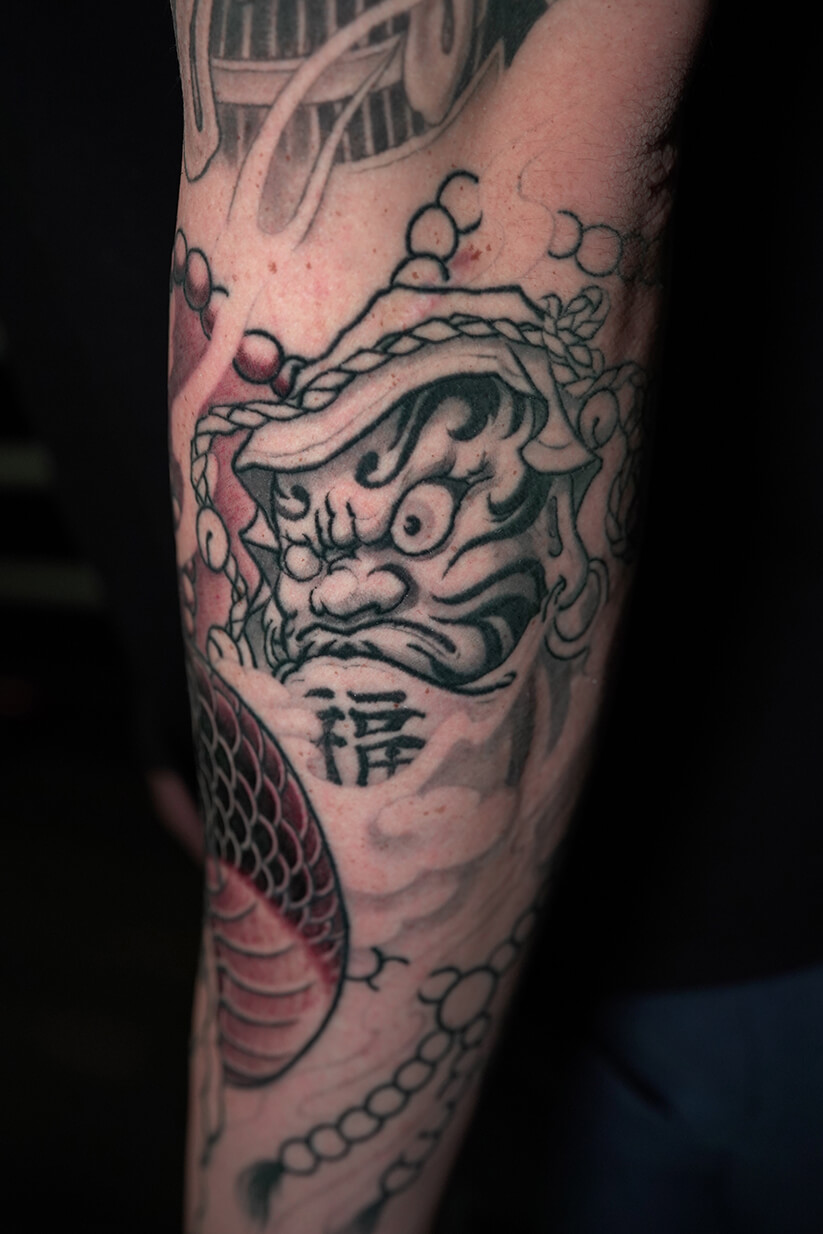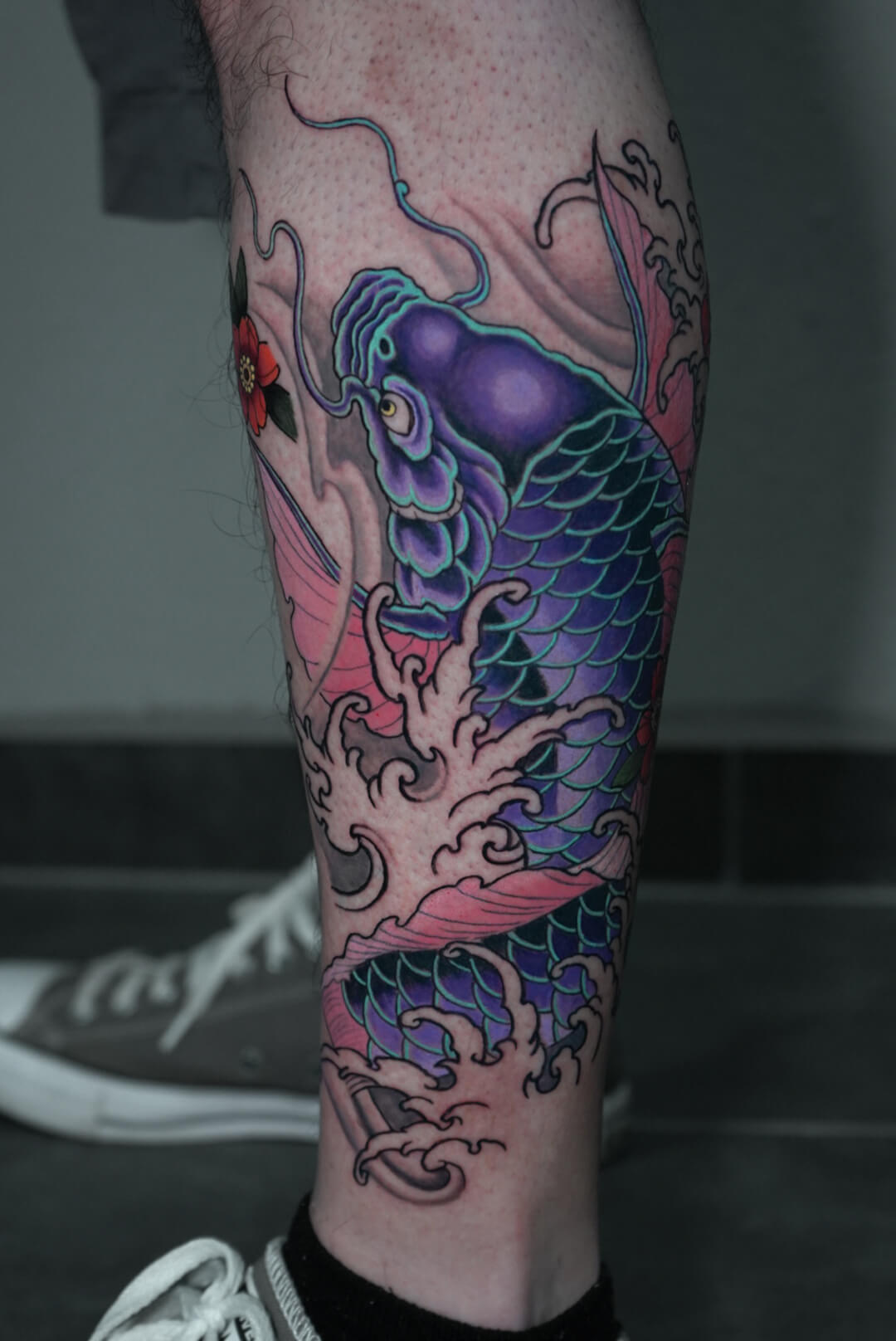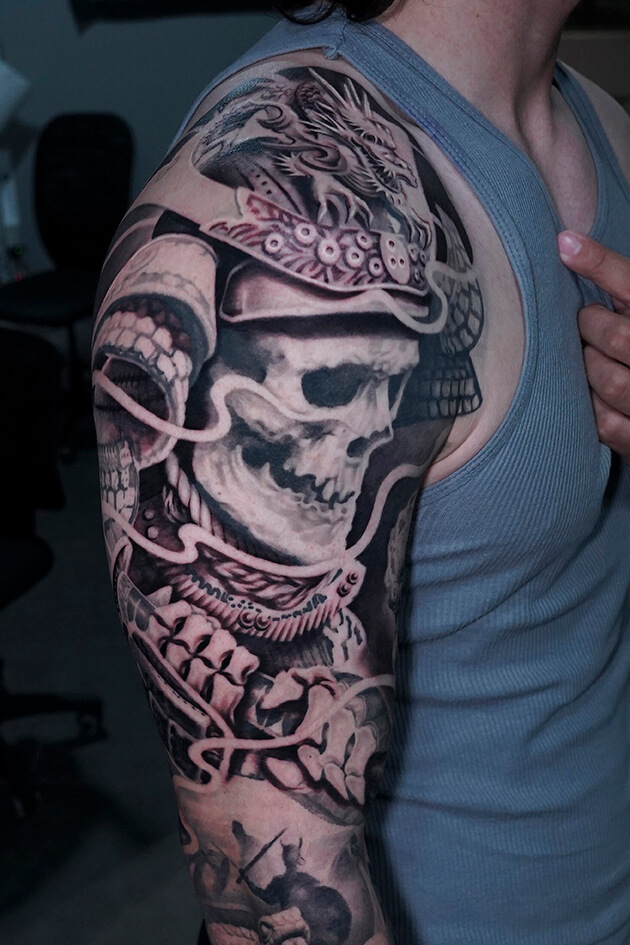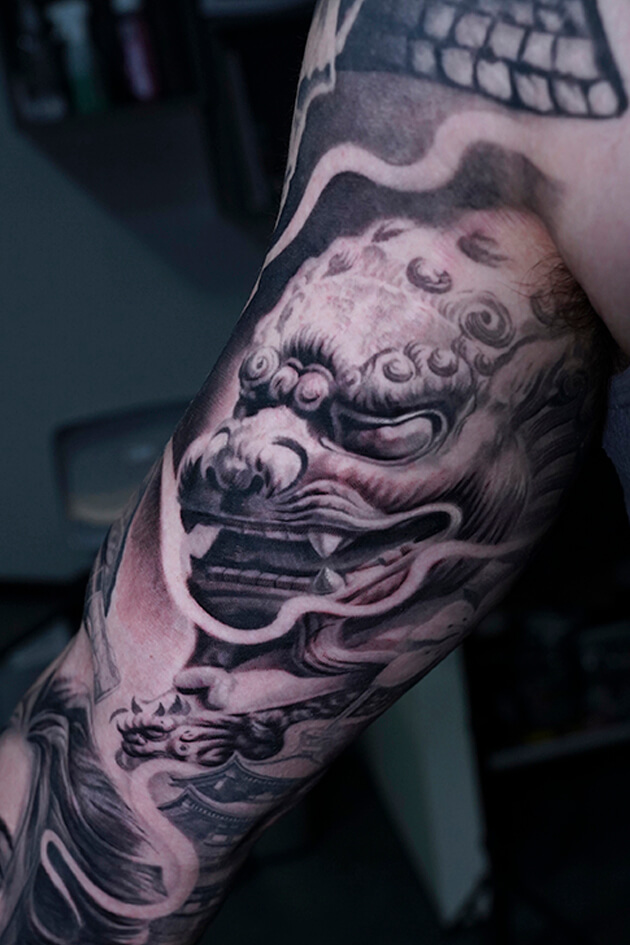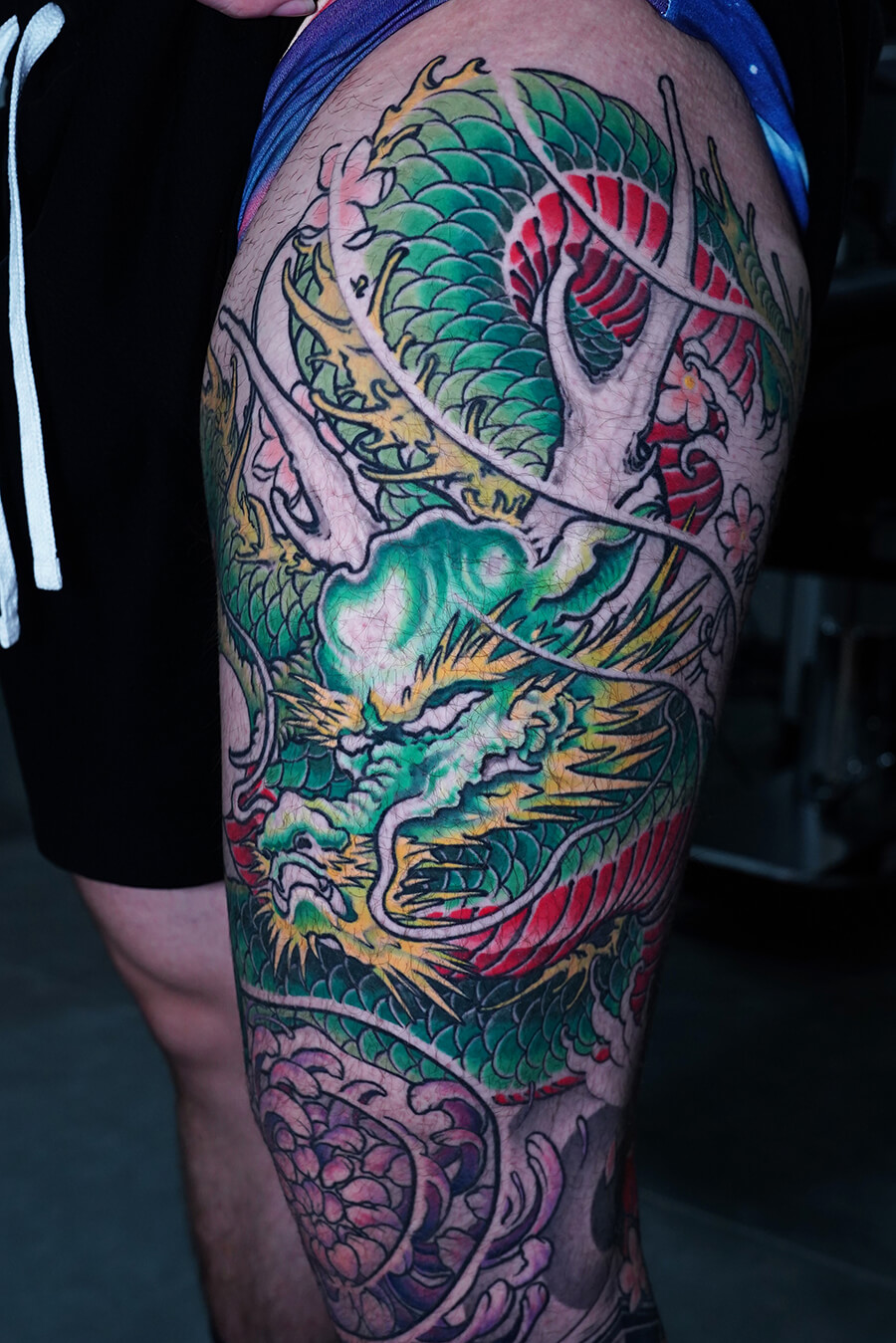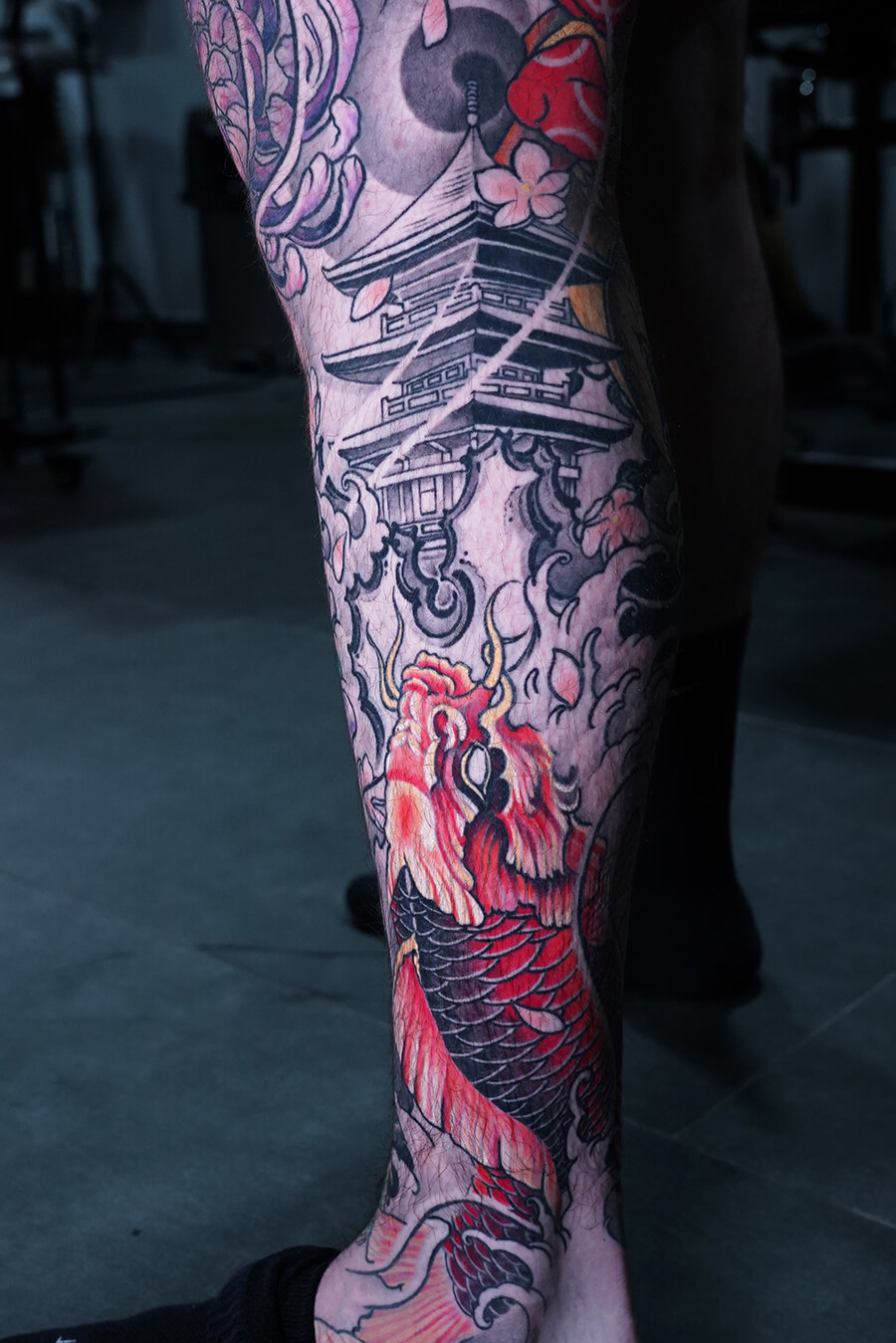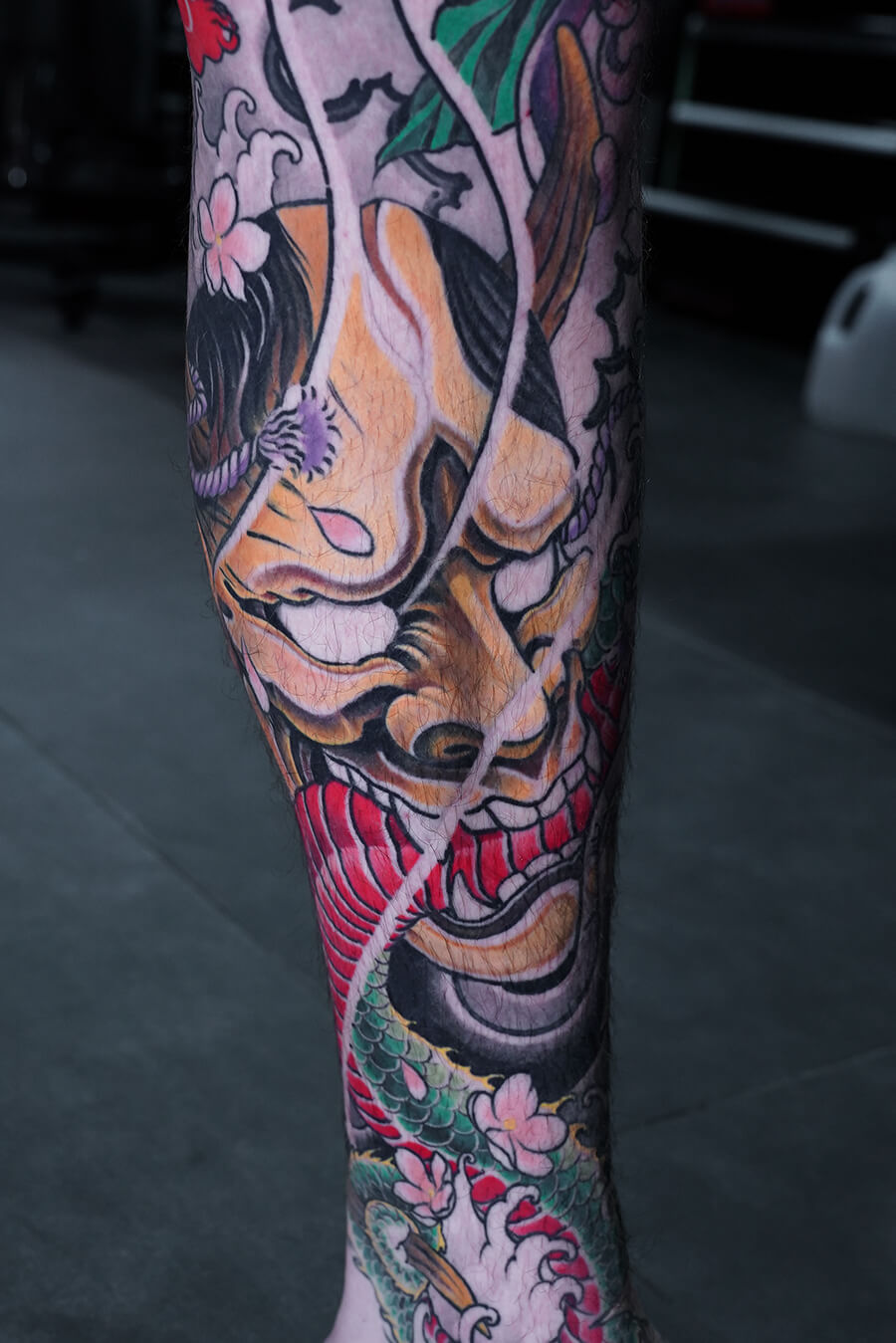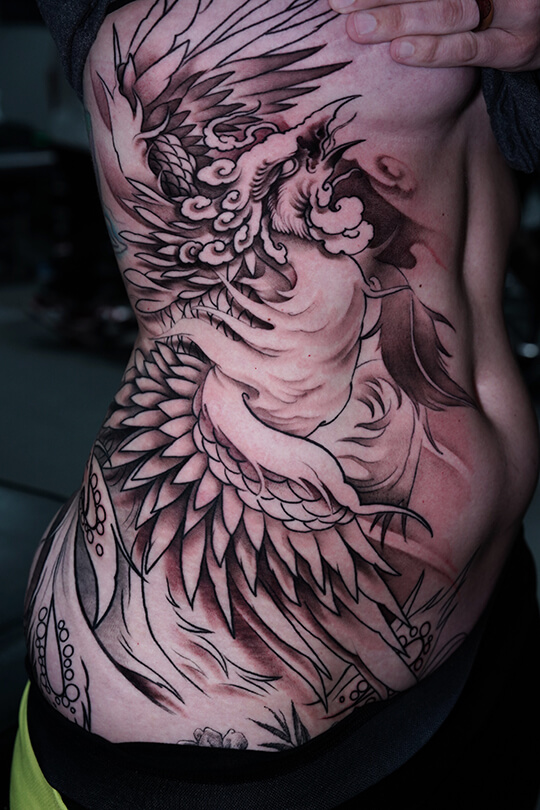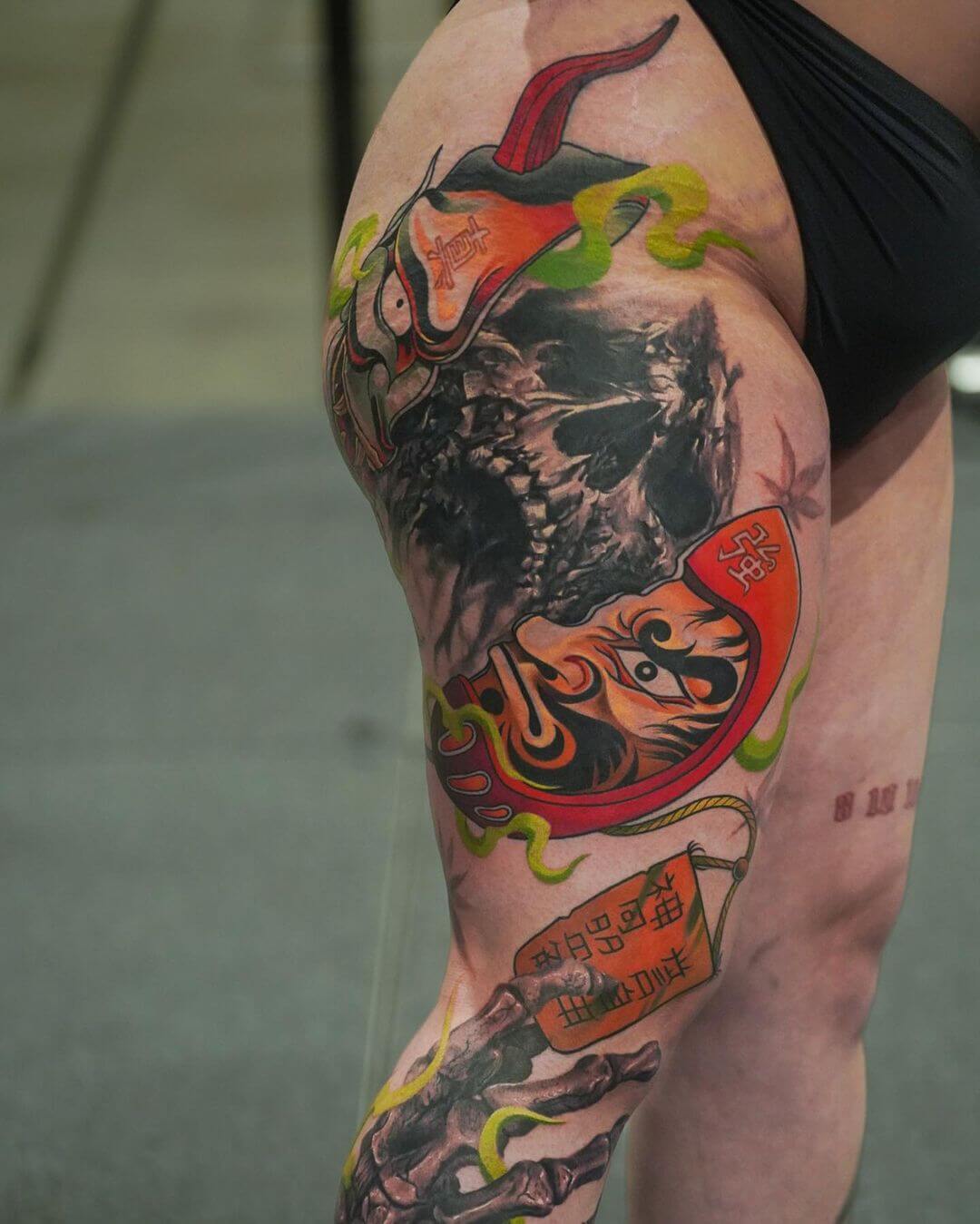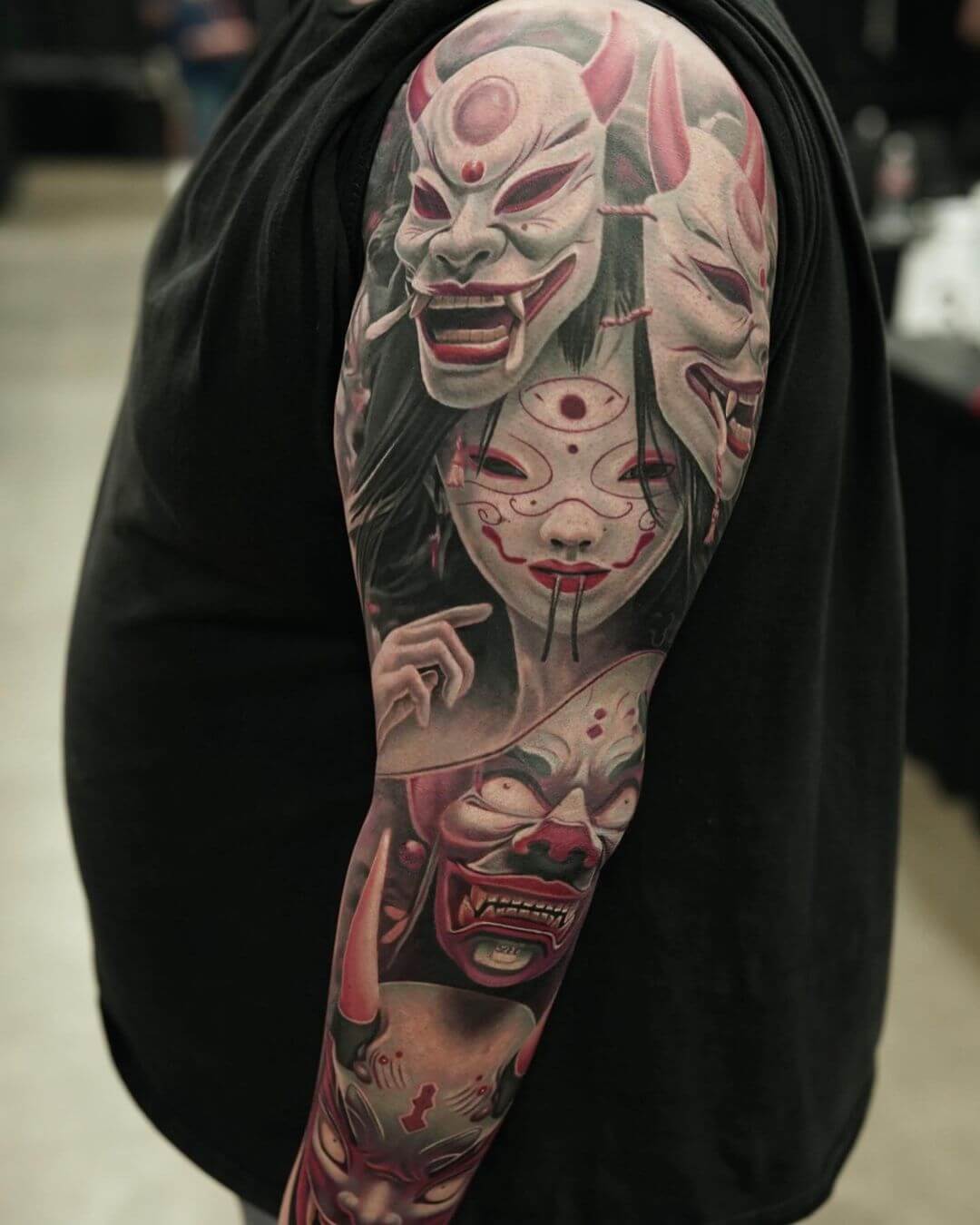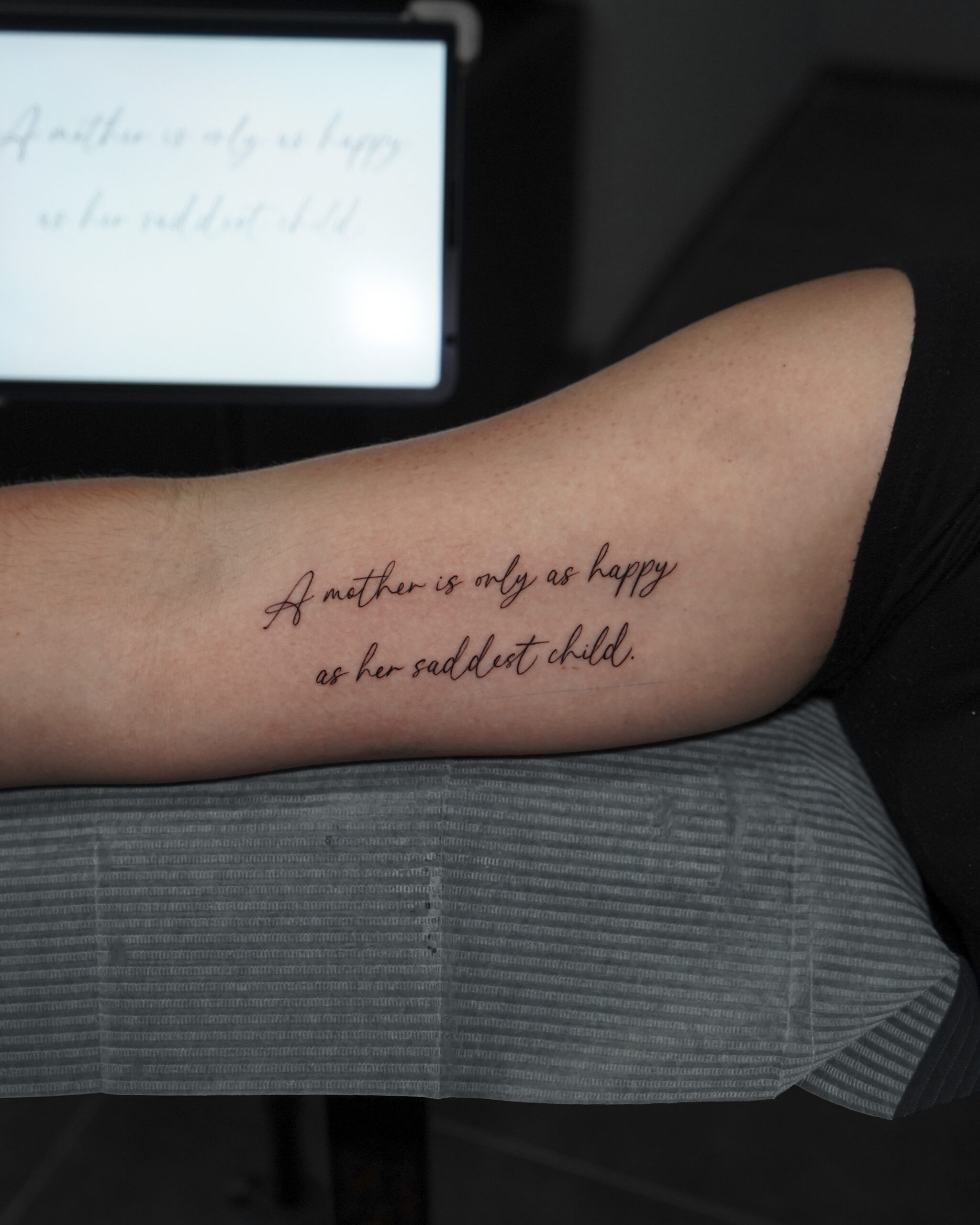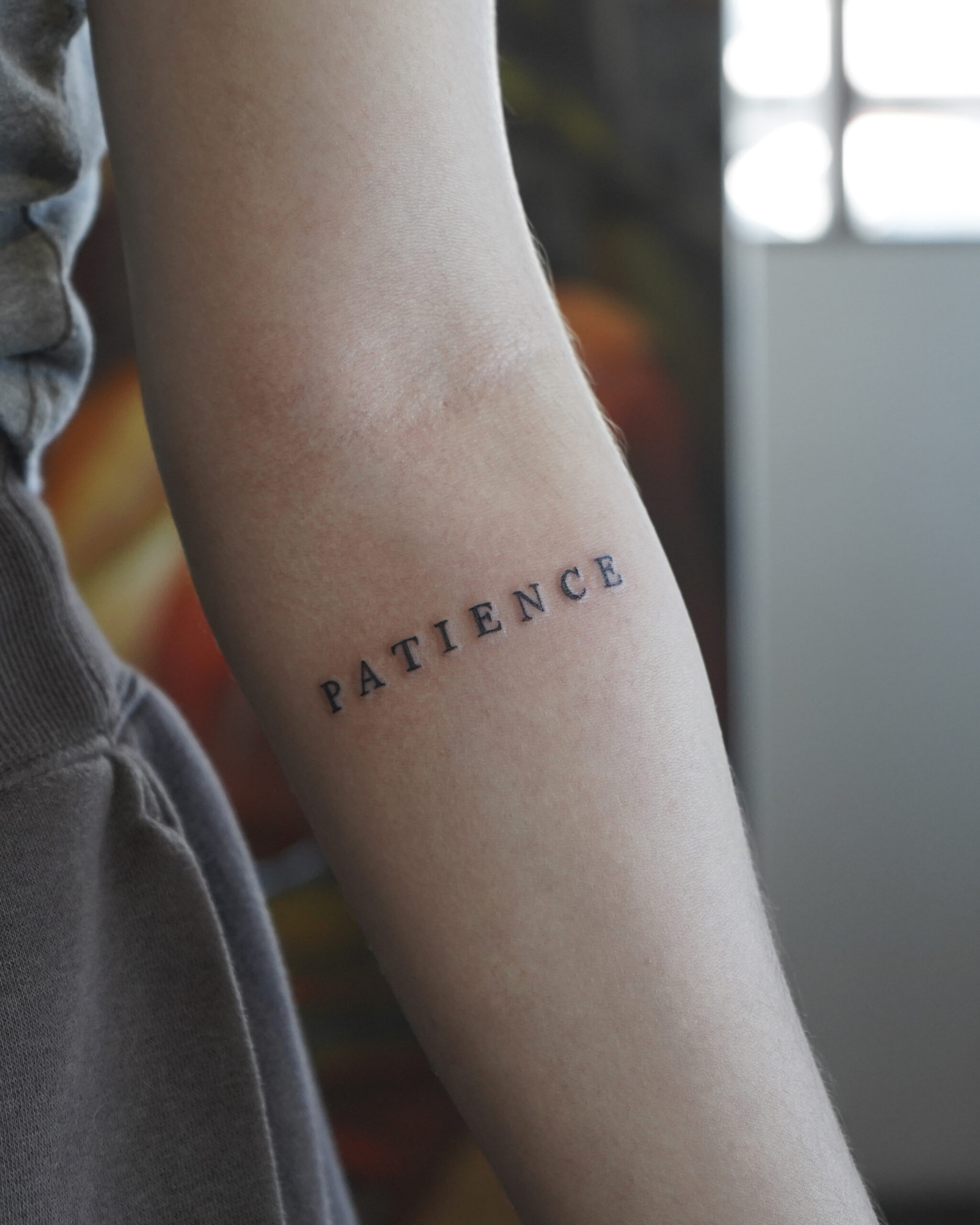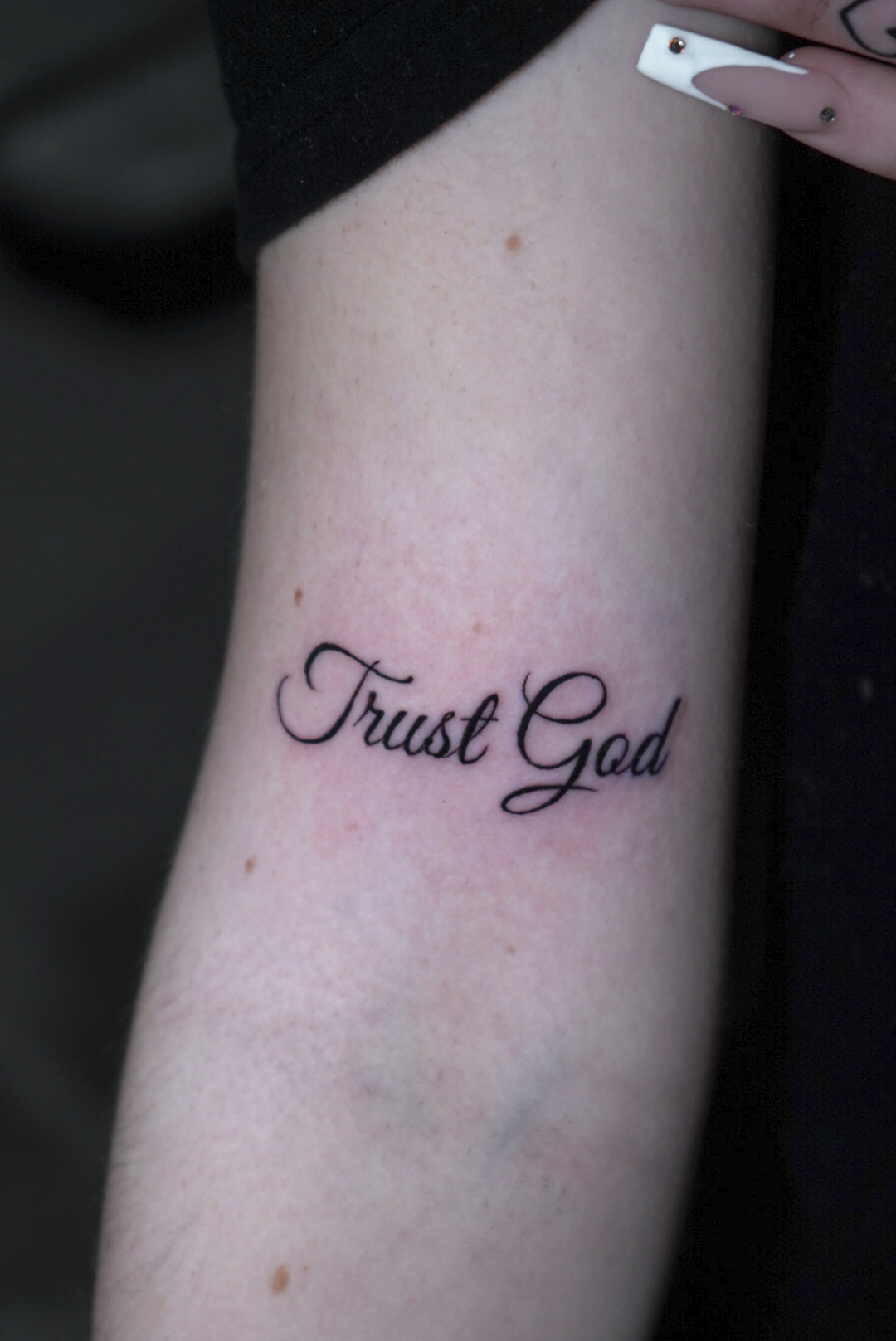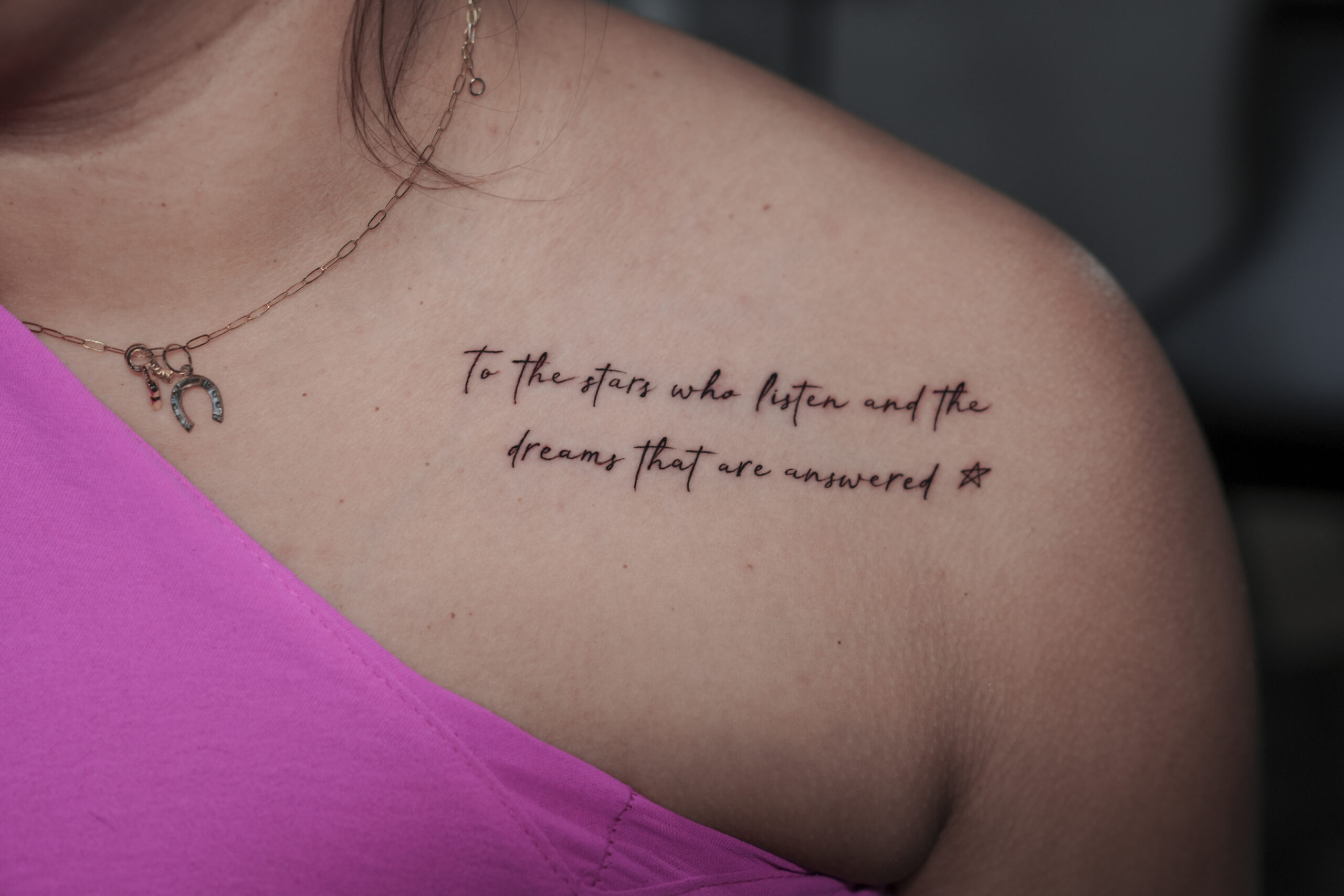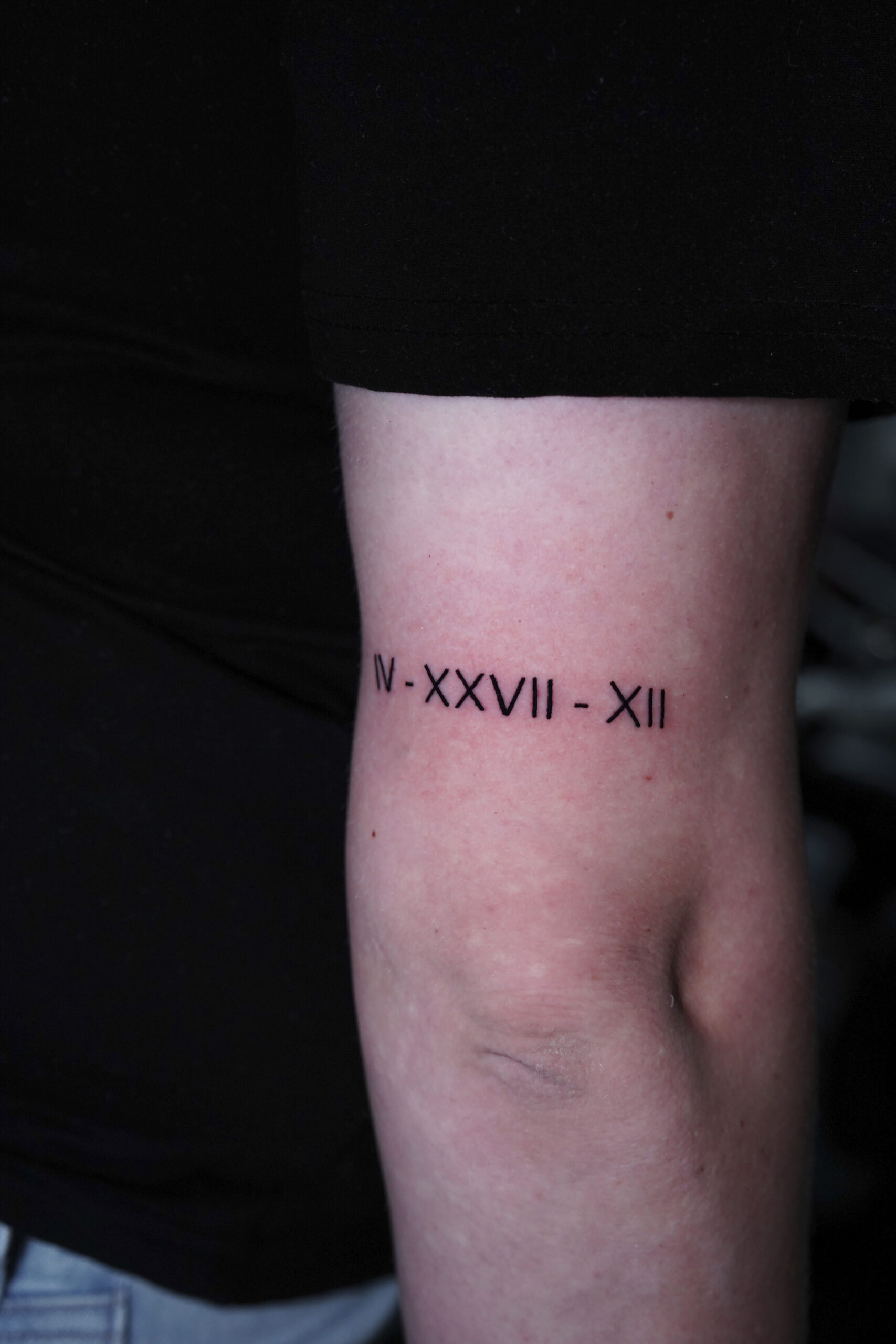Getting inked can take anywhere from less than an hour for a simple design to many hours spread over multiple sessions for elaborate artwork. This article will demystify the entire process for you. We’ll delve into the crucial factors that dictate how long your tattoo will actually take, covering everything from size, placement, and design complexity to color, artist experience, and even your own pain tolerance. Plus, we’ll clarify what contributes to your total appointment time beyond just needlework and answer common questions about tattoo durations, so you can head to your session well-informed and with realistic expectations.
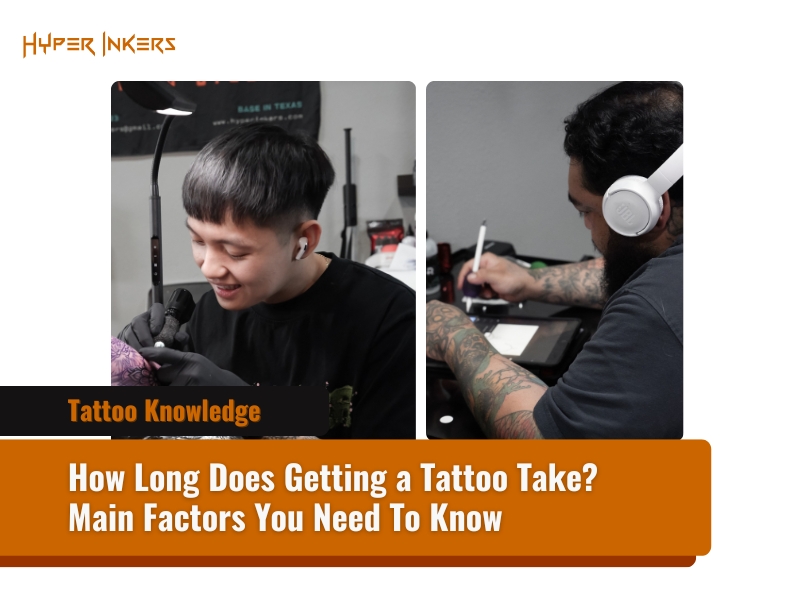
How Long Does Getting a Tattoo Take?
Getting a tattoo can take anywhere from under an hour of actual tattooing for a small, simple design to over 20 to 30 hours (often across multiple sessions) for large, complex pieces. However, your total appointment time will be longer than just the needlework. This extra time includes necessary preparations like stencil creation, skin preparation, and supply setup, as well as any breaks needed (especially for larger pieces) and the final cleaning and bandaging process. Beyond these procedural aspects, the primary factors determining the actual tattoo duration are its size, design complexity, body placement, use of color versus black and gray, and your artist’s specific working pace.
Understanding process of getting a tattoo helps you plan your schedule accordingly and prevents any surprises during your appointment. Continue reading to explore these key influences in detail.
What are the key factors that determine how long getting a tattoo takes?
Several crucial elements dictate the time commitment for getting a tattoo include the tattoo’s size, the intricacy of its design, its placement on your body, whether it’s in color or black and gray, your personal pain tolerance, the artist’s skill, and even the quality of materials used.
Tattoo size
Tattoo size is a primary determinant of time. A tiny symbol, perhaps 1 to 2 inches, might take just 30 minutes to 1 hour. A more substantial palm-sized tattoo could range from 2-5 hours, depending on its density. It’s intuitive that larger tattoos covering more skin, like a full back piece or sleeve, take significantly longer, often accumulating 20 to 40 hours or even more, spread across multiple sessions. The density of the design within that size also matters; a large but sparsely filled outline will be quicker than a densely packed, similarly sized piece.
Learn more: Tattoo size chart can help you visualize how different dimensions translate to actual skin coverage and anticipated time requirements.
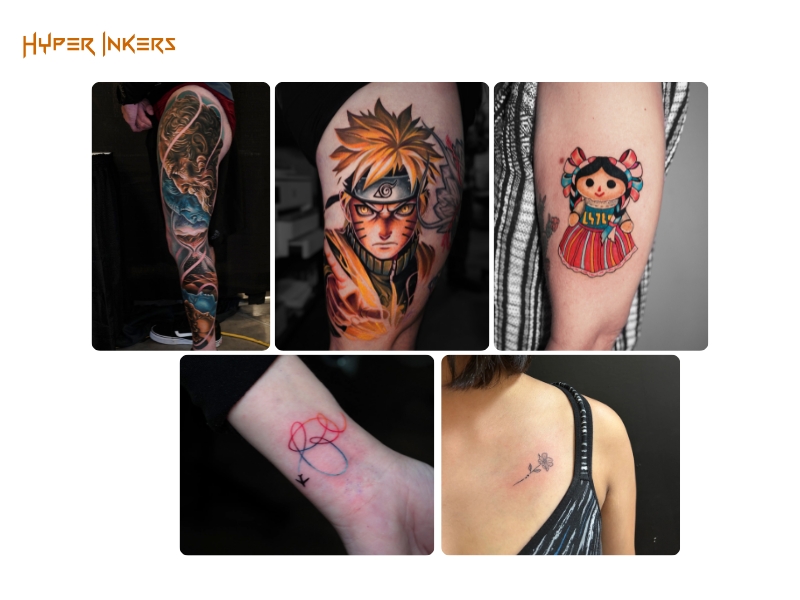
Placement on the body
Placement significantly influences tattooing time, easier-to-access, flatter areas with taut skin like an outer arm may allow for quicker work. Conversely, areas like ribs, sternum, feet, or spine are not only more painful but also more challenging for the artist due to contours and skin elasticity. Working on these sensitive or tricky spots might add an estimated 25 to 50% more time compared to an equivalent tattoo on a less challenging placement, as it necessitates a slower, more careful pace and potentially more breaks for your comfort. Understanding the tattoo pain chart can help you anticipate which areas might require longer sessions due to increased sensitivity and the need for more frequent breaks.
Color vs. black and gray tattoos
Color tattoos typically demand more time than black and gray. Achieving full, even saturation with colored inks, meticulously blending hues, and managing a wider palette often means a color tattoo can take approximately 25 to 75% longer than the same design executed in black and gray. For example, a piece that takes 4 hours in black and gray might require 5-7 hours if done in color, due to the careful layering and precision needed to make the colors vibrant and prevent muddiness. The choice between different tattoo styles also impacts timing, as some styles inherently require more detailed work regardless of color choice.
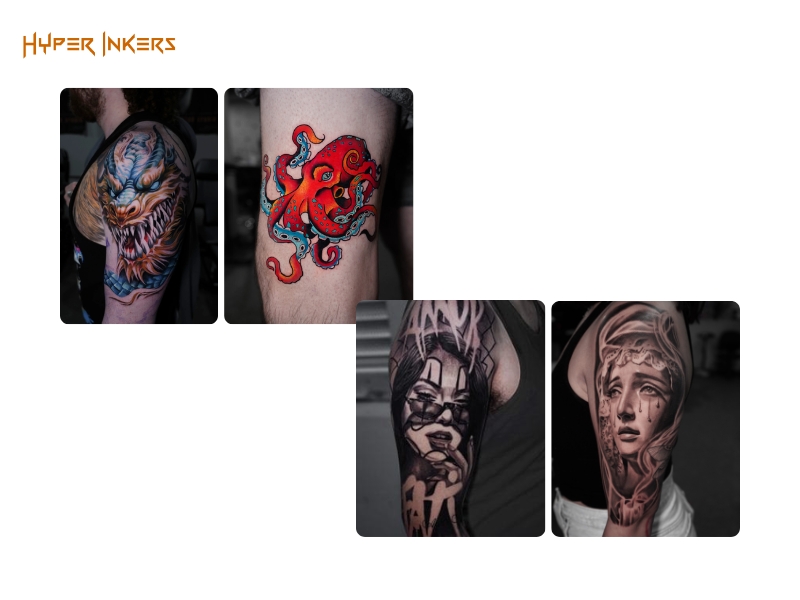
Complexity of the design
Design complexity is a major time factor, a simple, linework-only design of a few inches might be completed in 1-2 hours. However, if that same size is rendered as a photorealistic portrait, an intricate mandala, or a design with extensive fine lines and detailed shading, the time can easily extend to 4-8 hours or more. Highly detailed work demands immense precision, concentration, and often multiple needle configurations, each element adding to the artist’s meticulous effort.
Length of each tattoo session
For larger tattoos requiring, for instance, 10 total hours of needle time, the work is typically broken into multiple sessions. Individual sessions usually last from 2 to 6 hours, considering artist fatigue, client pain tolerance, and skin trauma. This means the 10-hour tattoo would likely be split into two 5-hour sessions or perhaps three shorter 3-4 hour sessions. With an essential healing time of at least 2-4 weeks between each appointment, the entire project might take 1-2 months to fully complete from the first sitting to the last.
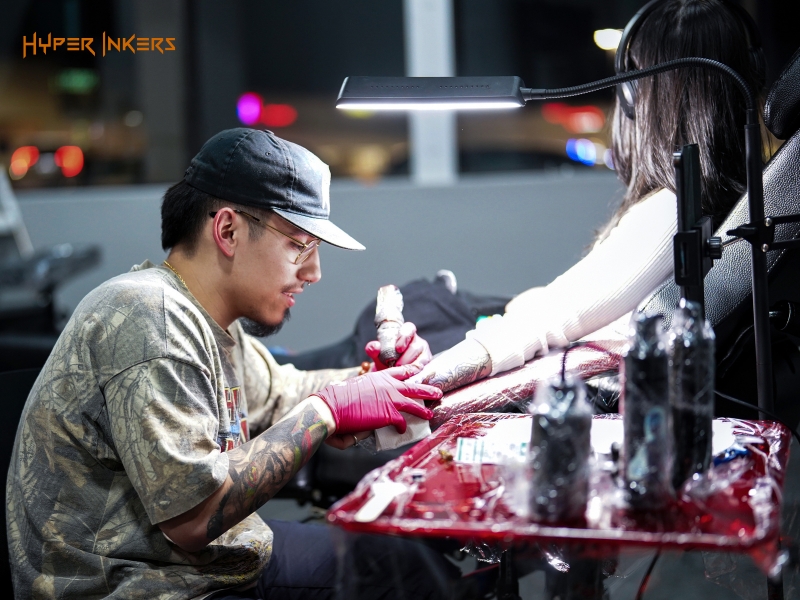
Number and length of touch-up sessions
The potential need for touch-ups can add another appointment to the total timeline. After initial healing (around 4-6 weeks), if any areas need perfecting, these sessions are usually shorter than the original. A touch-up might last anywhere from 30 minutes for minor adjustments to 1-2 hours for more extensive finessing, depending on what’s needed to ensure your tattoo looks its absolute best.
Pain tolerance and endurance
Your individual pain tolerance significantly influences active tattooing time within a session. If you require frequent or longer breaks due to discomfort, this will naturally extend the overall appointment. For a session initially planned for, say, 3 hours of tattooing, needing an extra 10-15 minutes of break time per hour could add 30 minutes to an hour, or even more, to the total duration, or may lead to scheduling shorter individual sessions.
Quality of ink and tattooing technology
While the impact can be subtle, high-quality inks and modern tattooing machines can improve efficiency. Premium inks might saturate the skin more effectively with fewer passes, and advanced machines can offer greater precision. For a skilled artist, these elements could contribute to a potential 5-15% efficiency gain, possibly shaving 15-30 minutes off a multi-hour session by enabling smoother, faster work. However, an artist’s skill remains the dominant factor.
Tattoo artist’s skill and experience
The artist’s skill and experience are paramount; a seasoned professional, due to years of practice, often works with greater speed, confidence, and precision. For example, an experienced artist might complete a moderately complex design in 3-4 hours. The same piece undertaken by a less experienced artist could take 5-7 hours or longer, reflecting differences in workflow efficiency, decision-making speed, and technical execution.
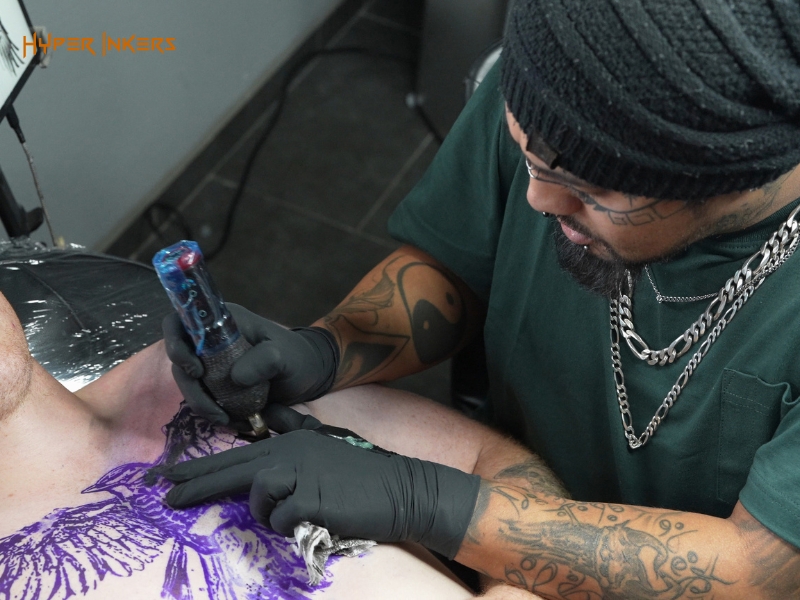
Why should you choose Hyper Inkers for your tattoo?
Hyper Inkers is the best tattoo shop in San Antonio Texas. Our studio excels in creating masterful, meaningful designs, ensuring every client receives a beautiful piece of art in a comfortable and professional environment. Here are the key reasons why Hyper Inkers is the trusted destination for your next tattoo:
- Award-Winning & Seasoned Talent: You can place your trust in a team with over 15 years of collective experience. Our artists are masters of modern tattooing, blending unique styles with creativity and expertise to craft masterful designs. This commitment to excellence is proven by an impressive collection of over 20 world convention awards and 40+ trophies.
- Unwavering Commitment to Safety & Hygiene: Your health is paramount. Hyper Inkers adheres to high-quality sterilization techniques and maintains strict sanitation standards to provide a clean and safe environment for every client.
- Expert Consultations & Custom Artistry: The journey begins with a thorough consultation to develop a unique custom design just for you. We cater to a wide range of styles, including detailed Portrait Tattoos, classic Black and Gray, Traditional, Neo-Traditional, and even Cosmetic tattoos.
- Your Trusted San Antonio Studio: If you’re looking for a high-quality, safe tattoo experience with top artists in San Antonio, Hyper Inkers is your definitive answer. Connect with us to discuss your vision at (210) 997-9737 or visit our website at hyperinkers.com
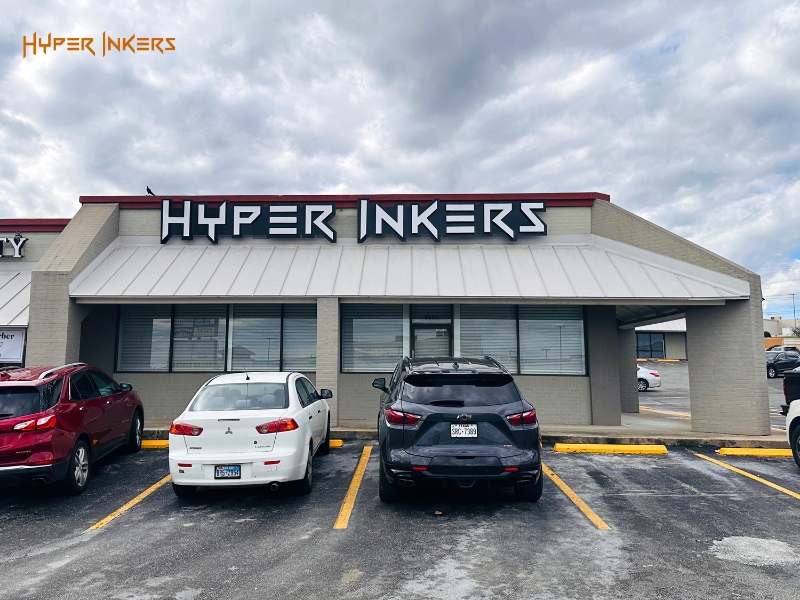
FAQ
How long does a small tattoo take?
A small, simple tattoo (e.g., a few inches, basic linework) can typically take anywhere from 30 minutes to 1 hour.
How long does a medium tattoo take?
A medium-sized tattoo (e.g., palm-sized with some shading) might take approximately 2 to 4 hours, depending on the complexity.
How long does it take for a 3-inch tattoo to heal?
The initial surface healing for a 3-inch tattoo typically takes about 2 to 4 weeks. However, the deeper layers of skin can take 3 to 6 months to fully heal.
Does the length of time it takes to get a tattoo affect the price?
Yes, the time required for a tattoo is often a major factor in its cost. Larger and more complex pieces that take more time will generally be priced higher.
Learn more: What is the price range of San Antonio tattoo shops?
Conclusion
The duration of a tattoo procedure is influenced by a confluence of factors, including design complexity, size, placement, color application, and the artist’s proficiency, alongside your personal pain threshold. A comprehensive understanding of these elements helps set realistic expectations for your appointment. While this guide details these key influences, a precise time estimate for your desired tattoo is best obtained through a direct consultation with a professional tattoo artist. This discussion allows for an accurate assessment and ensures a well-informed tattoo experience.











